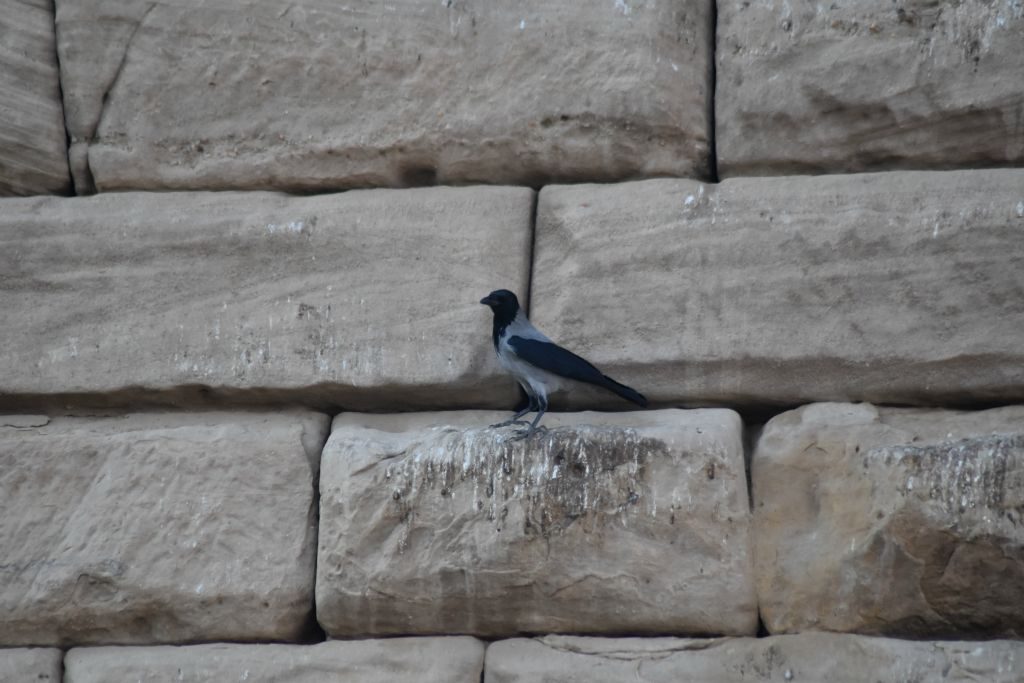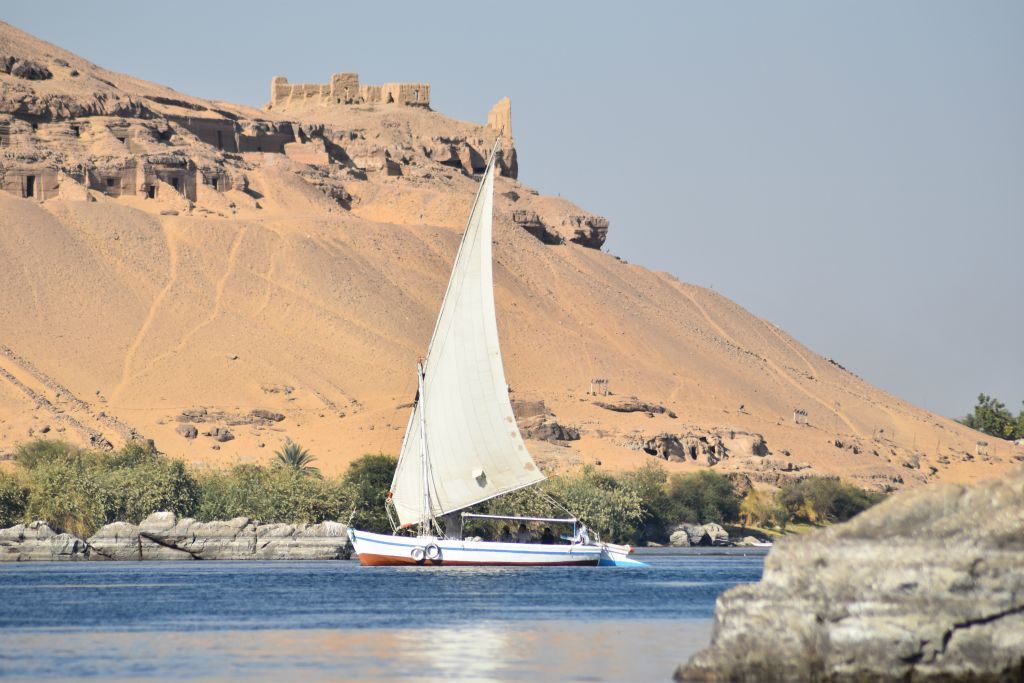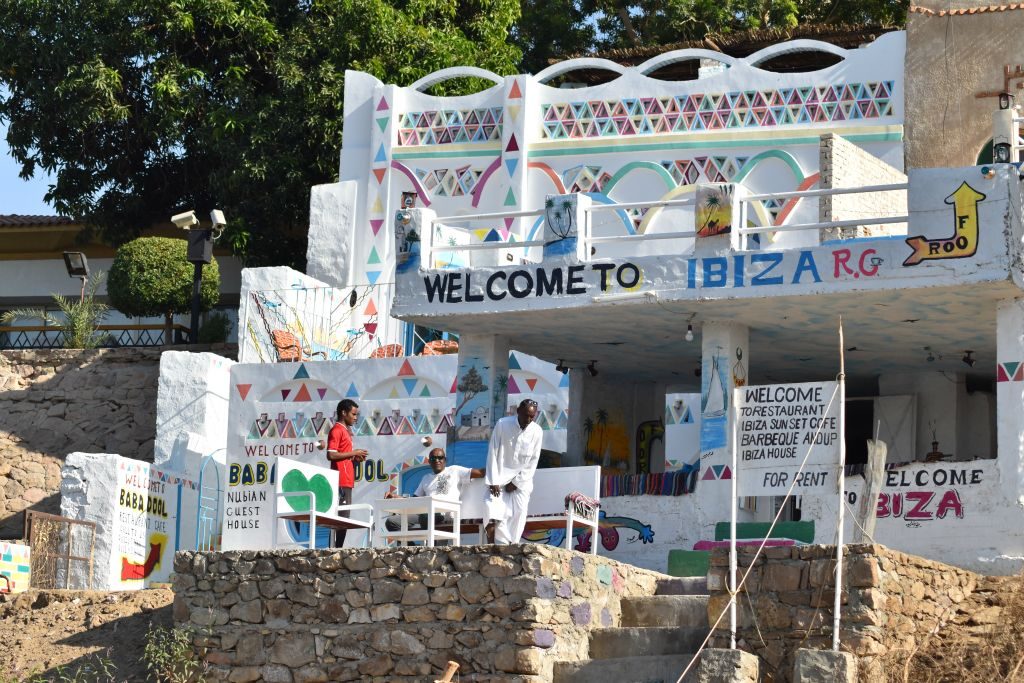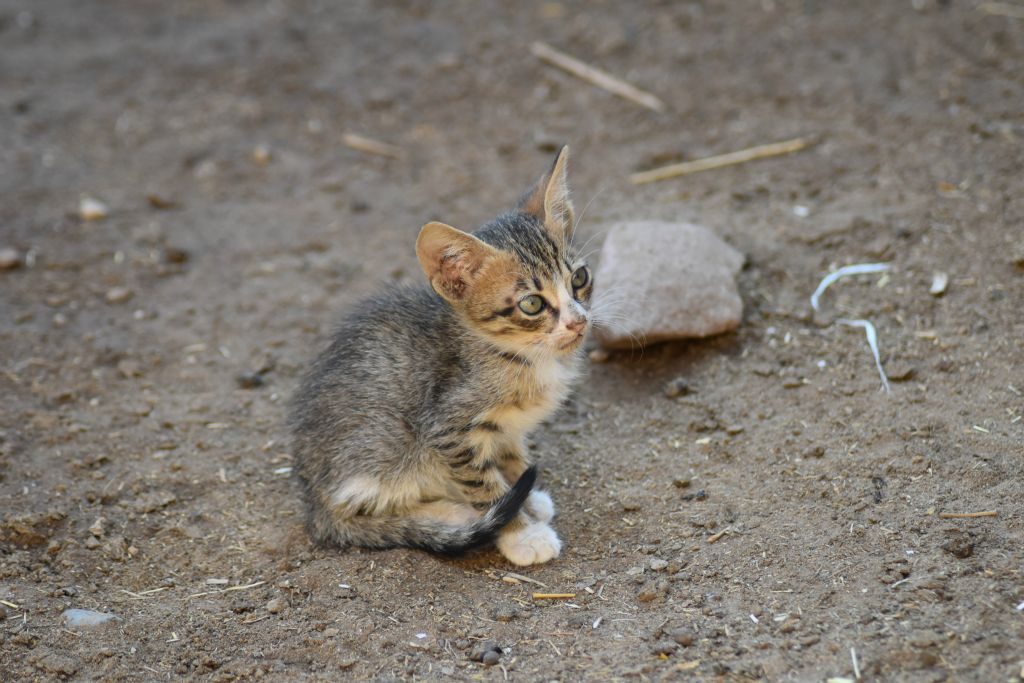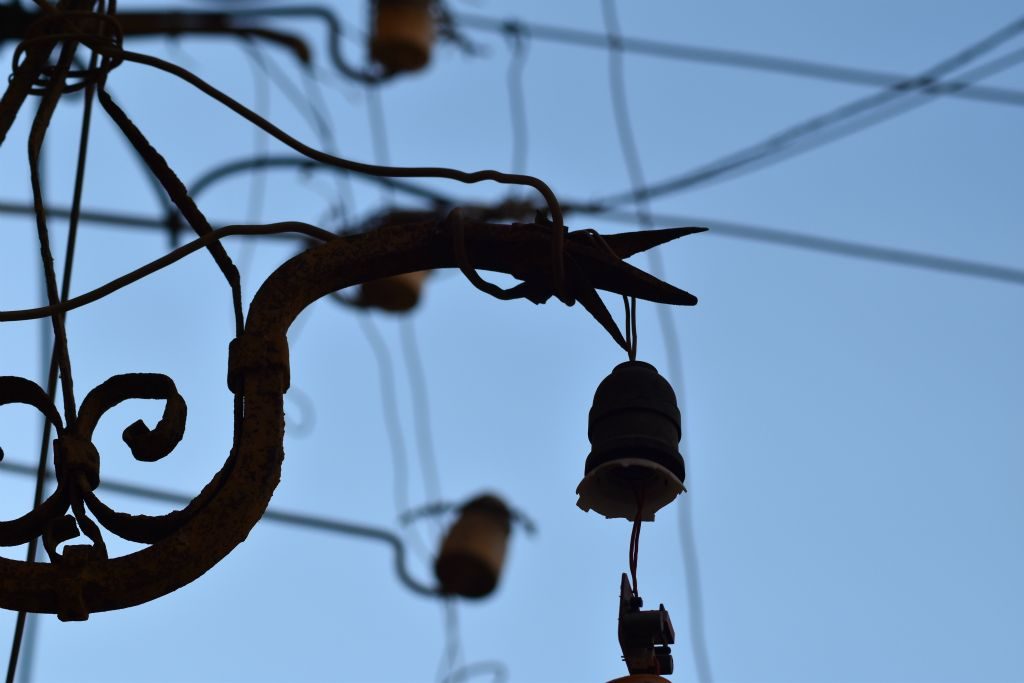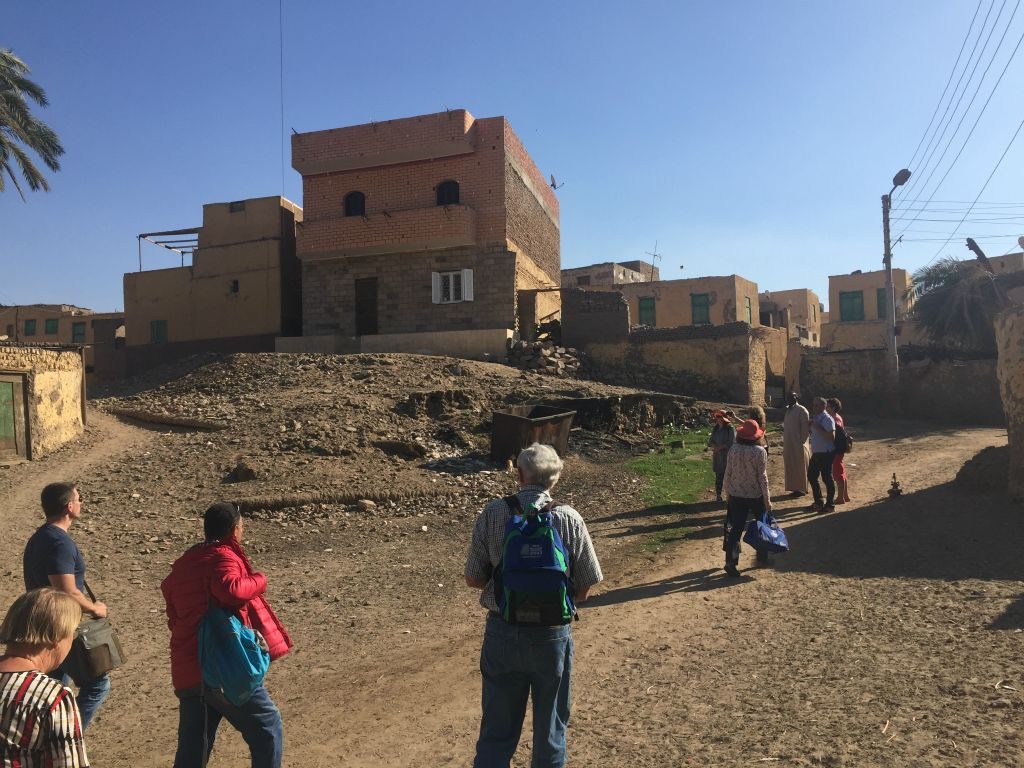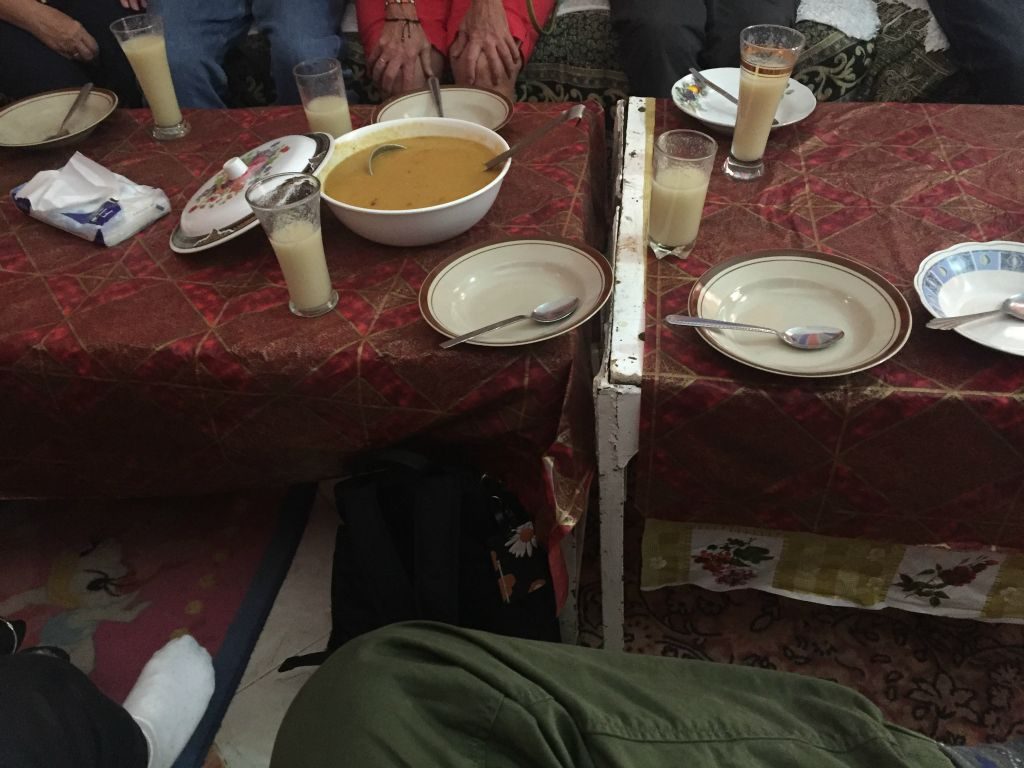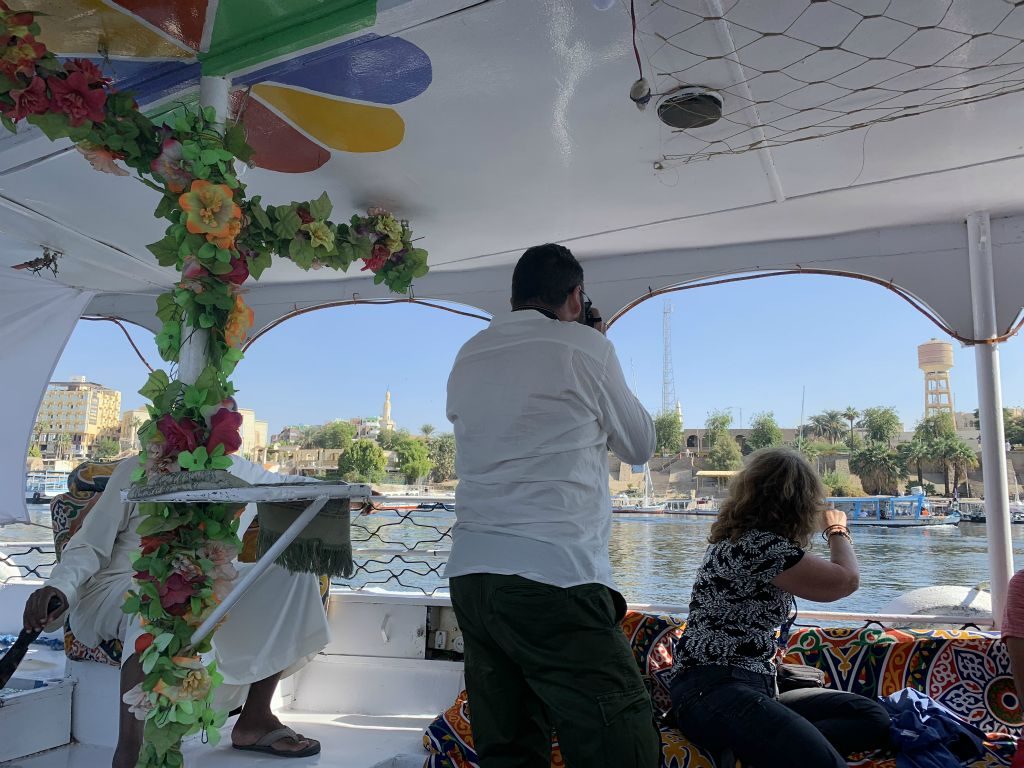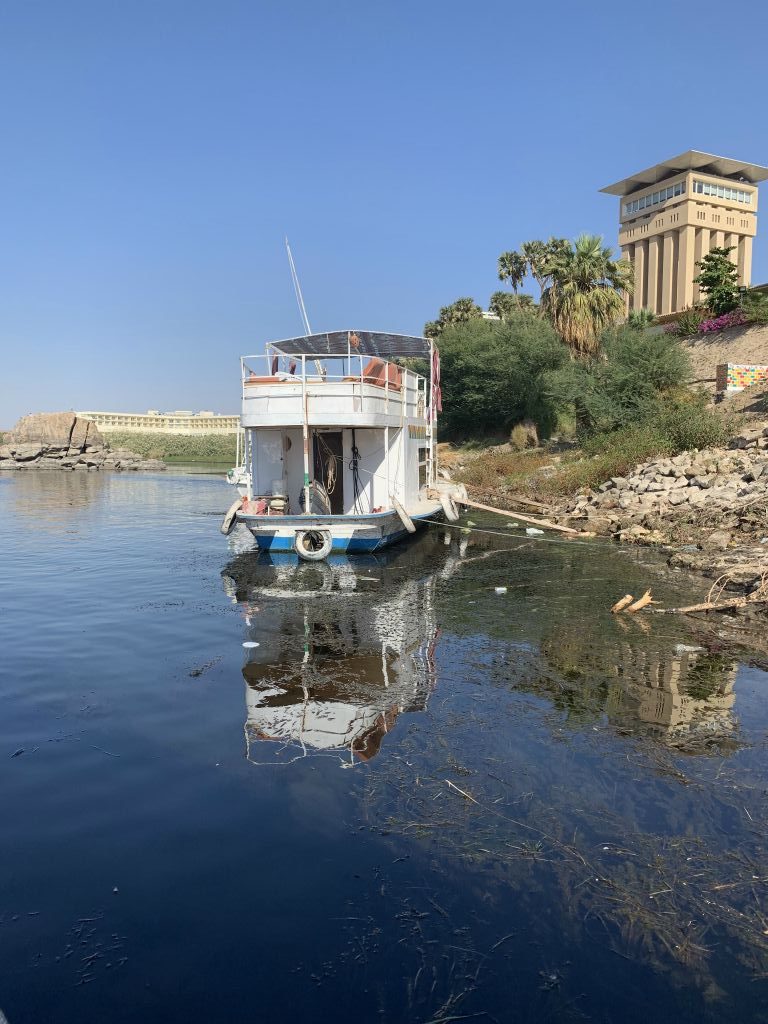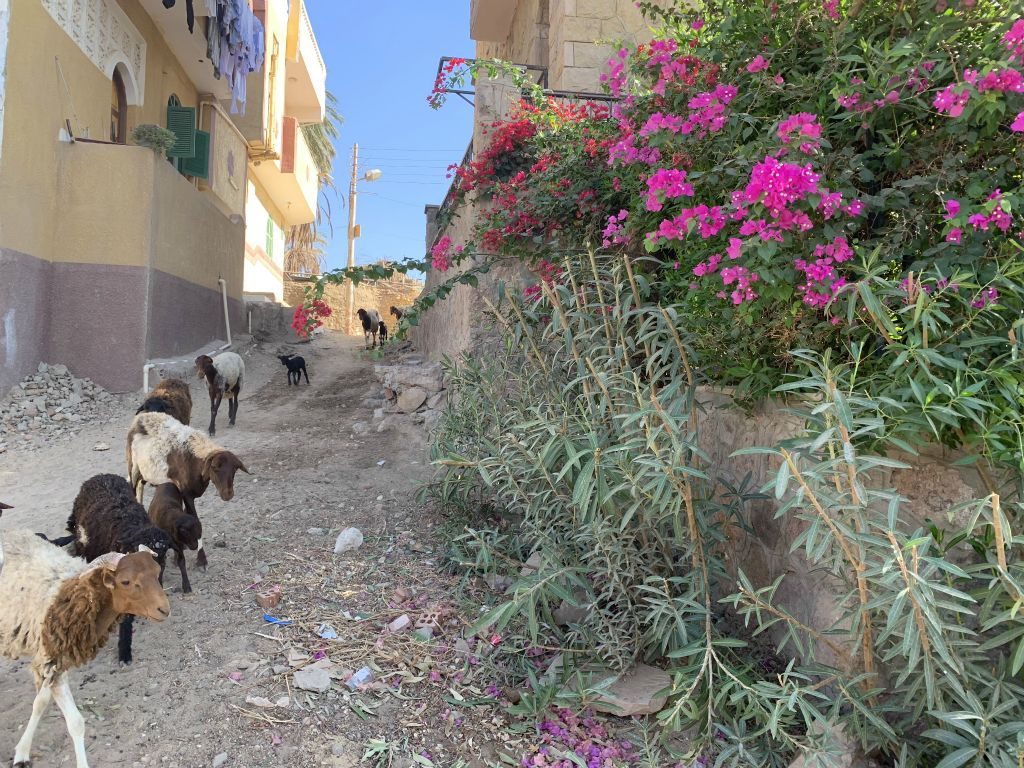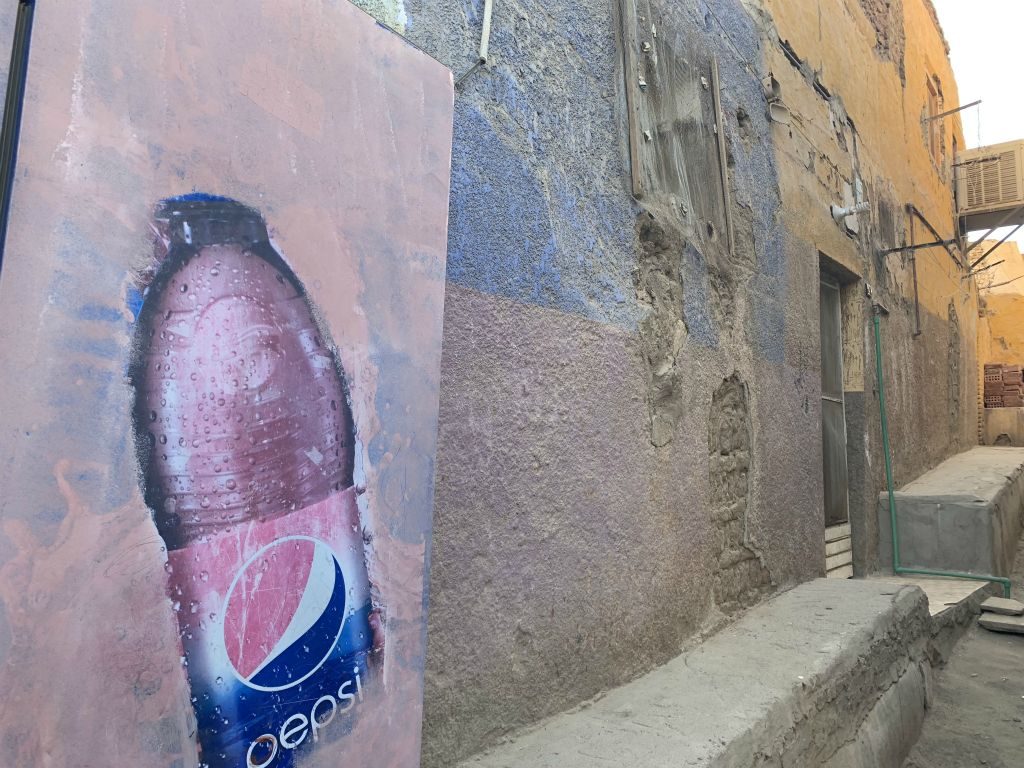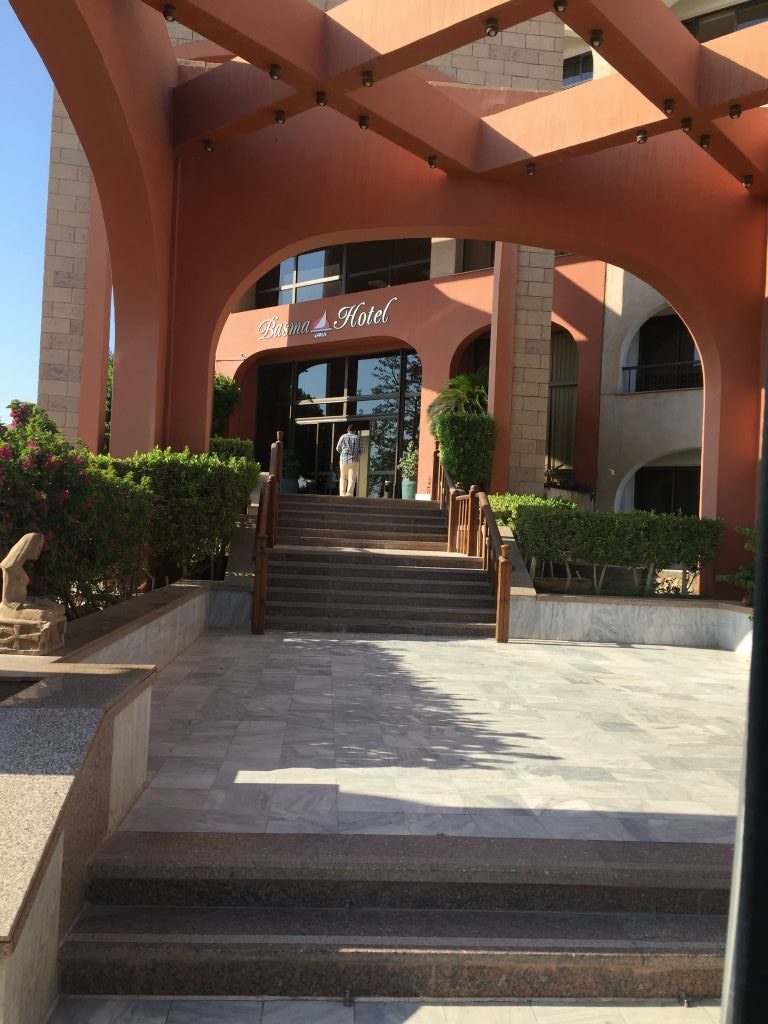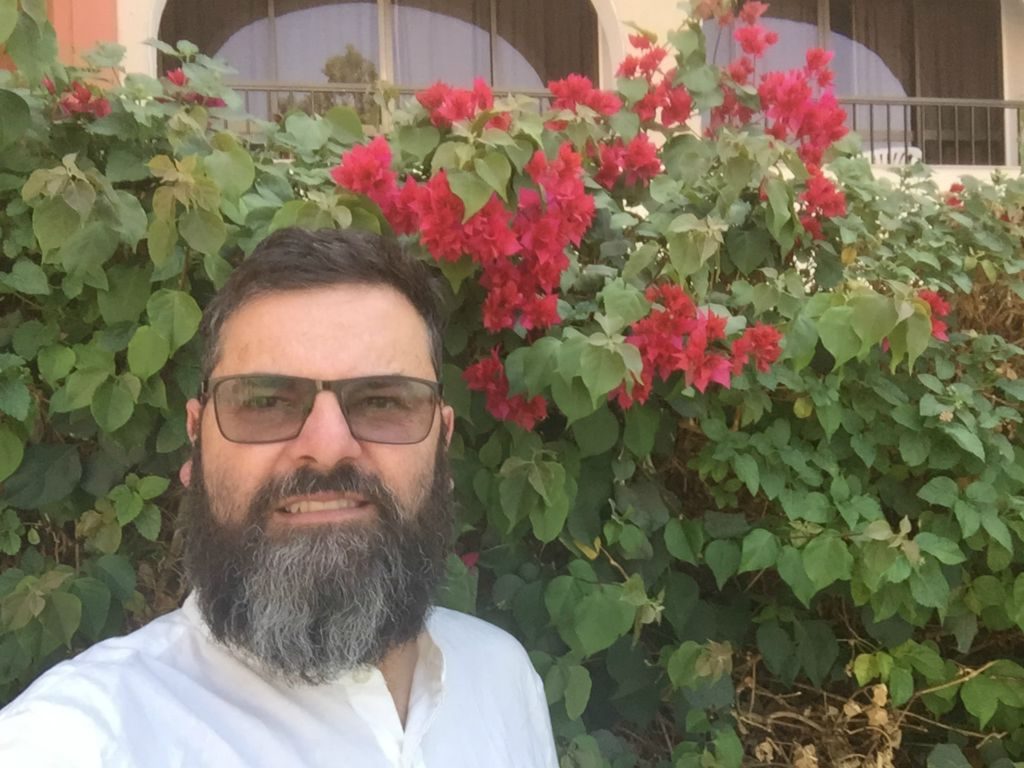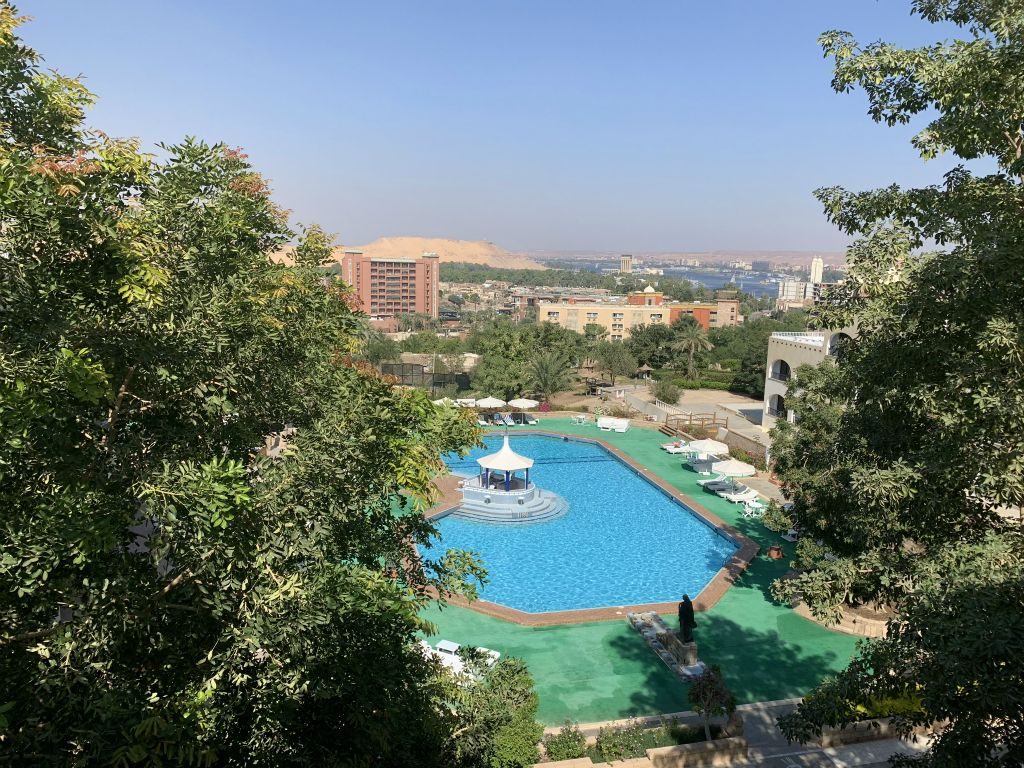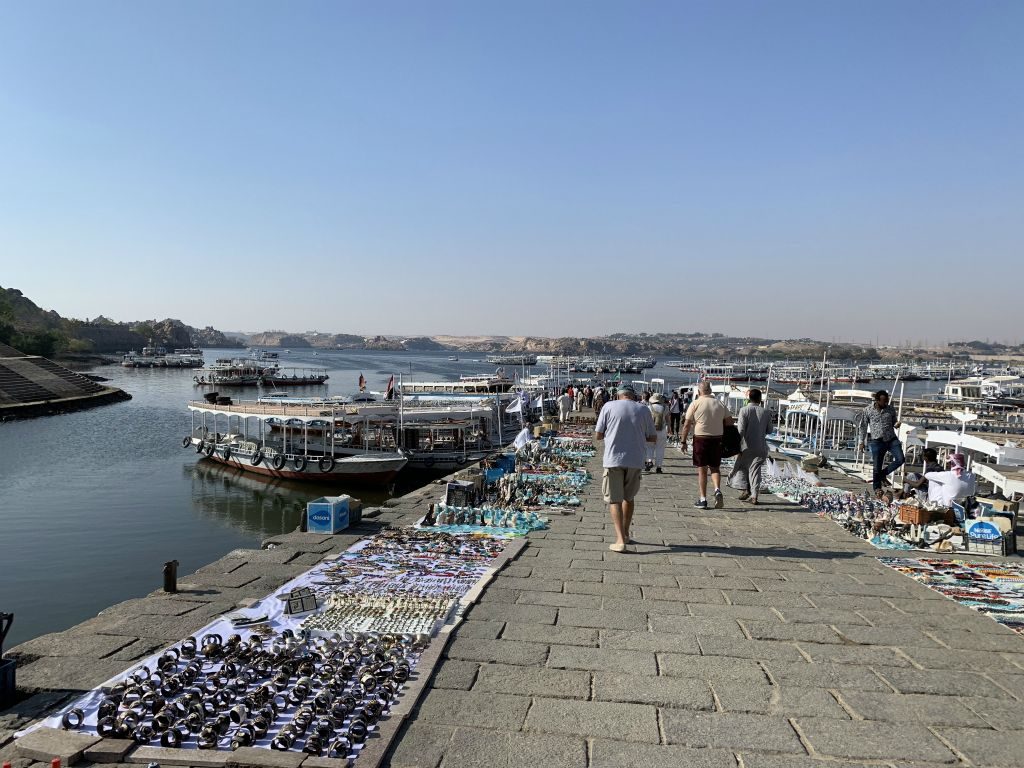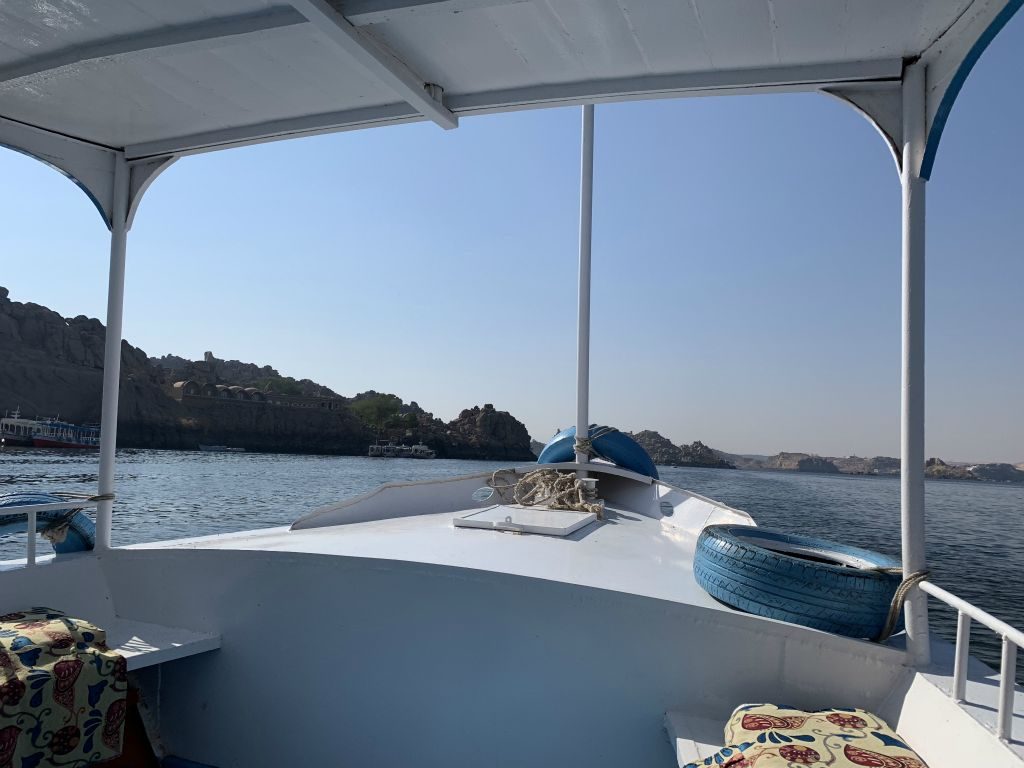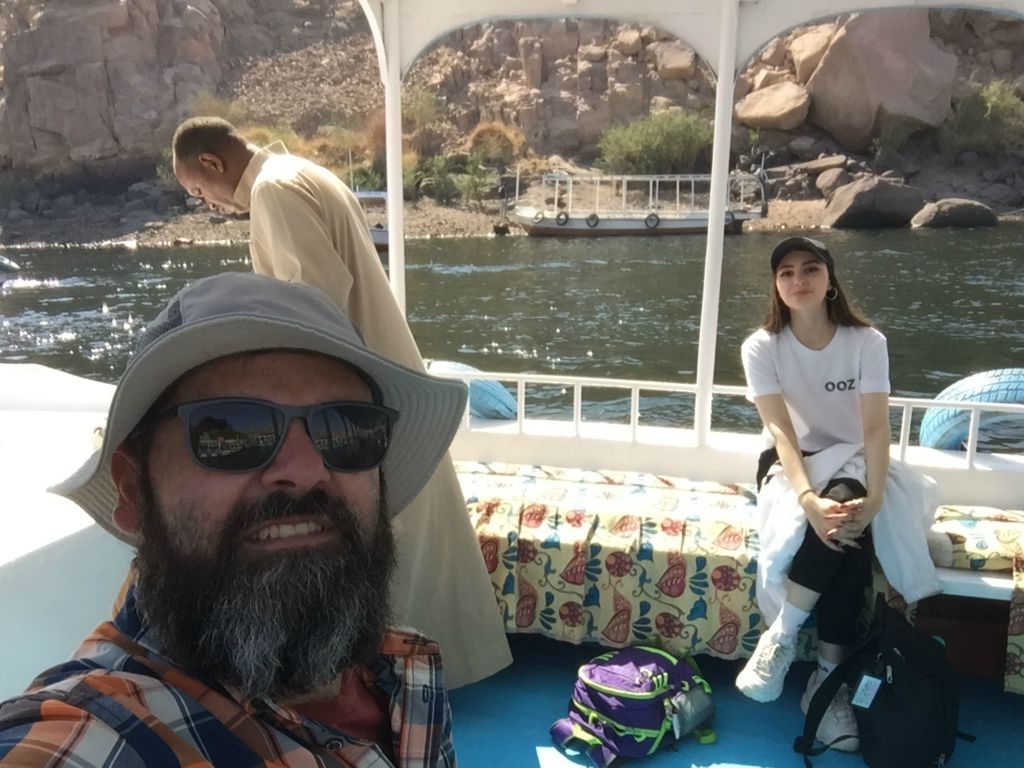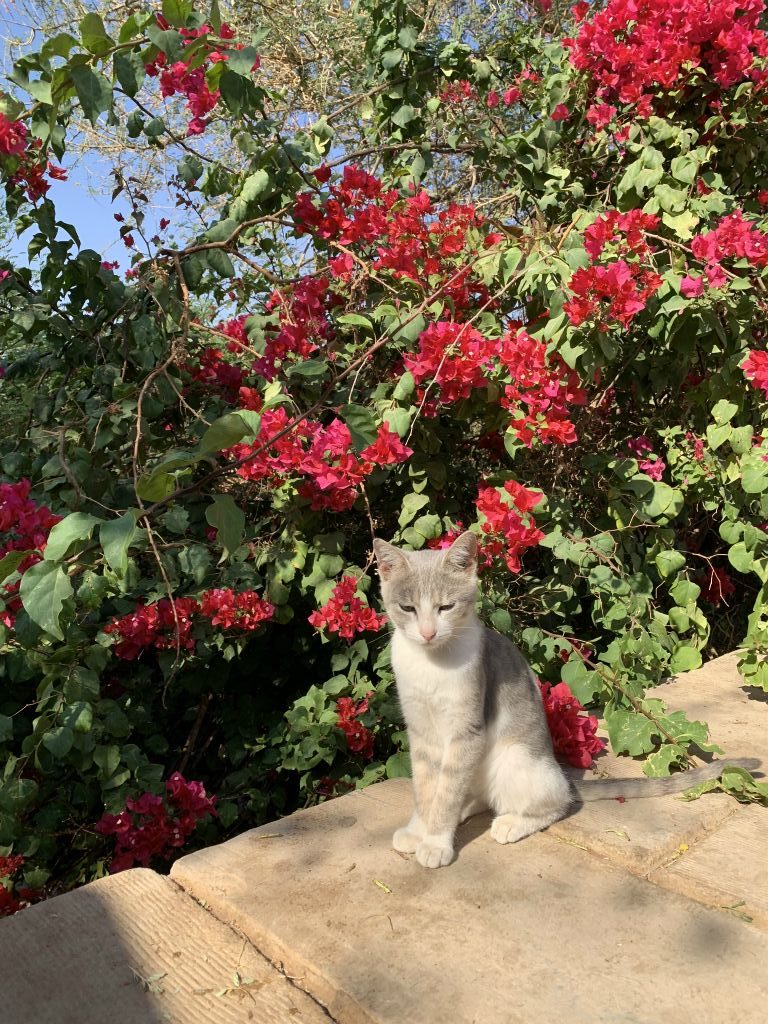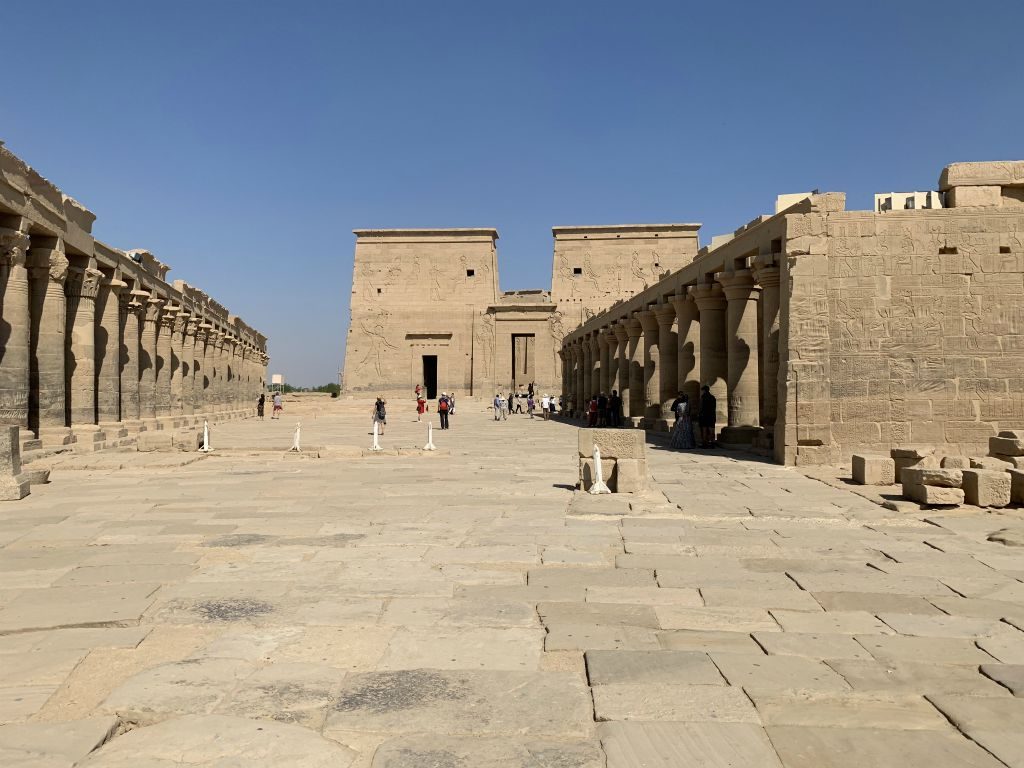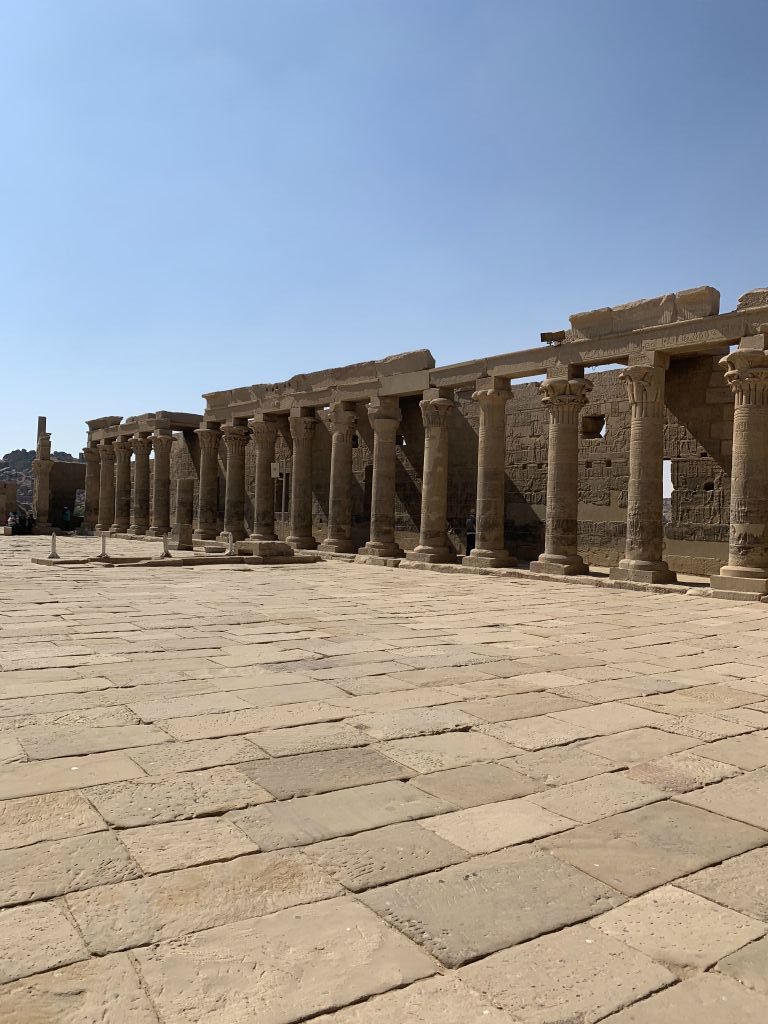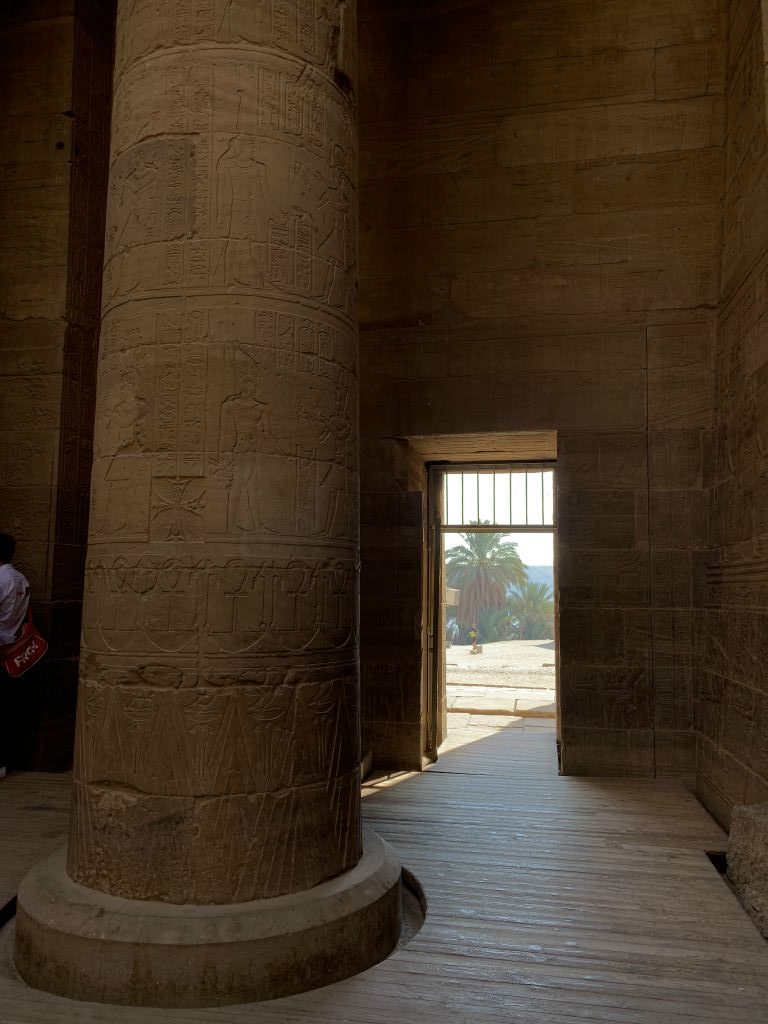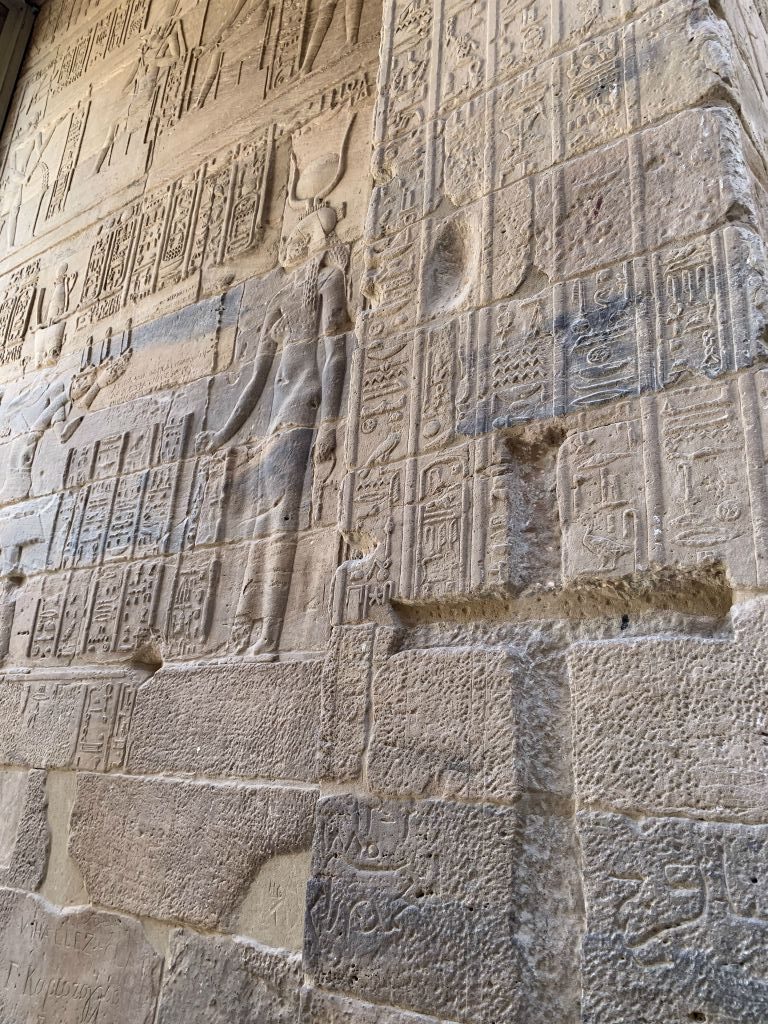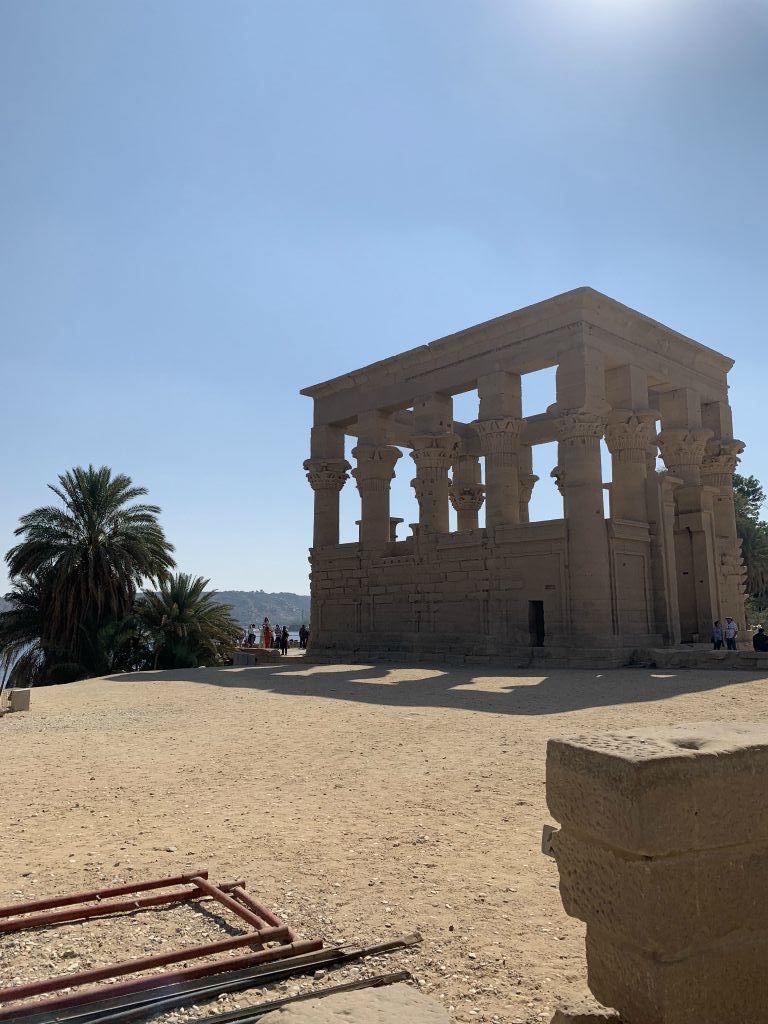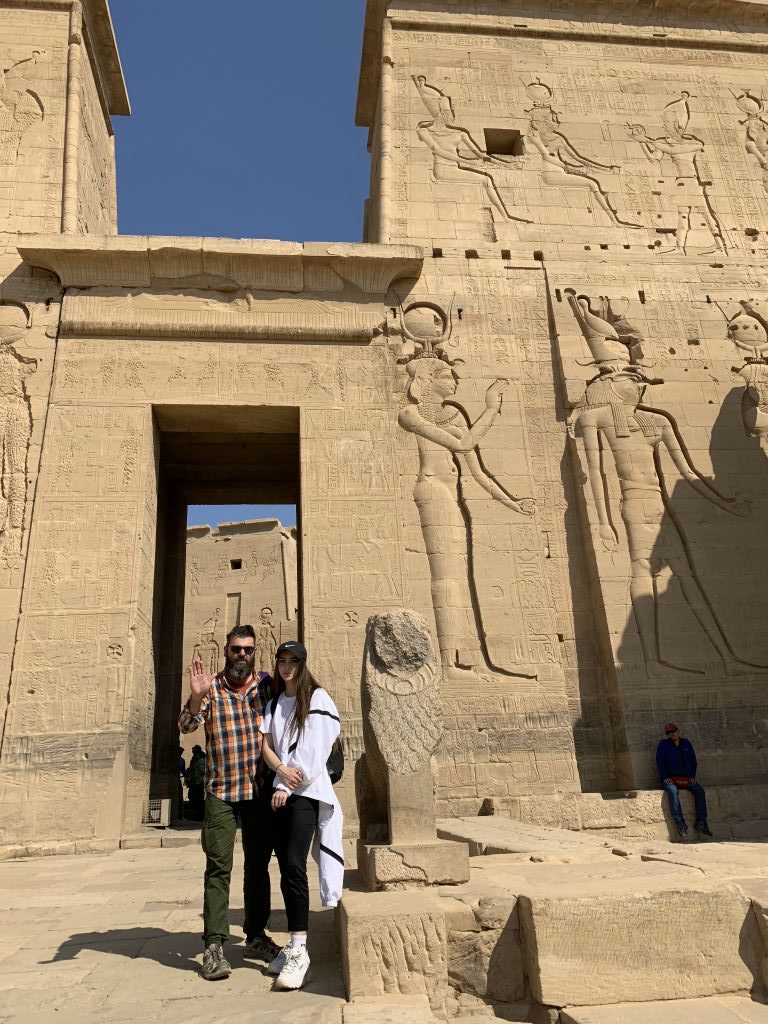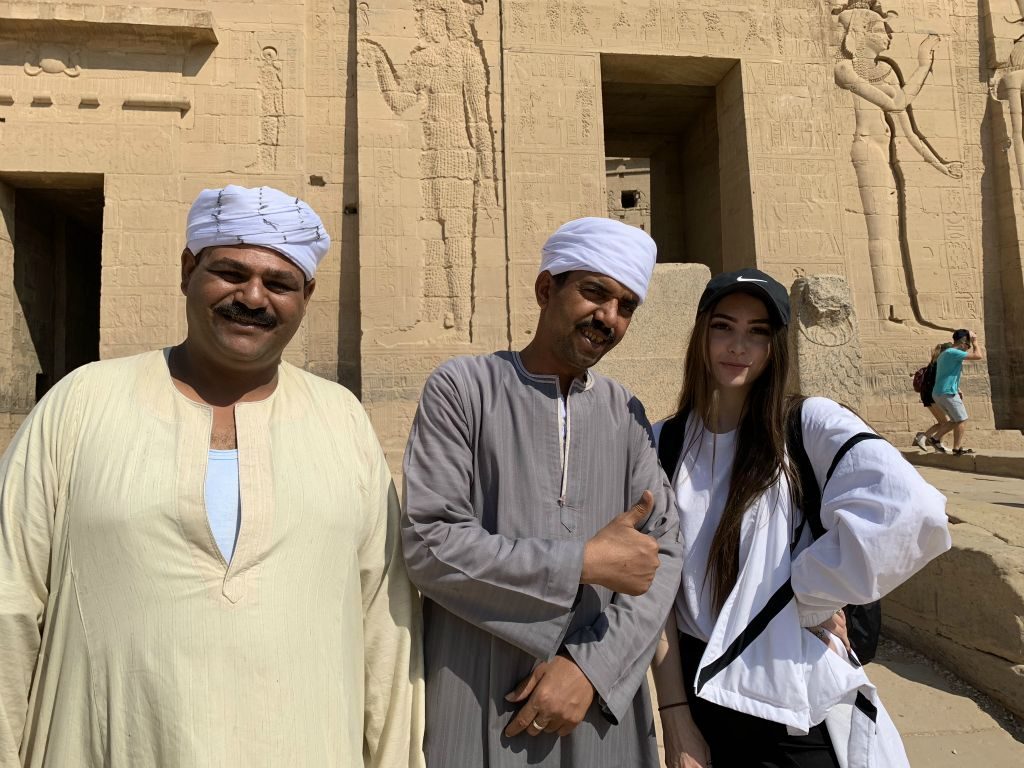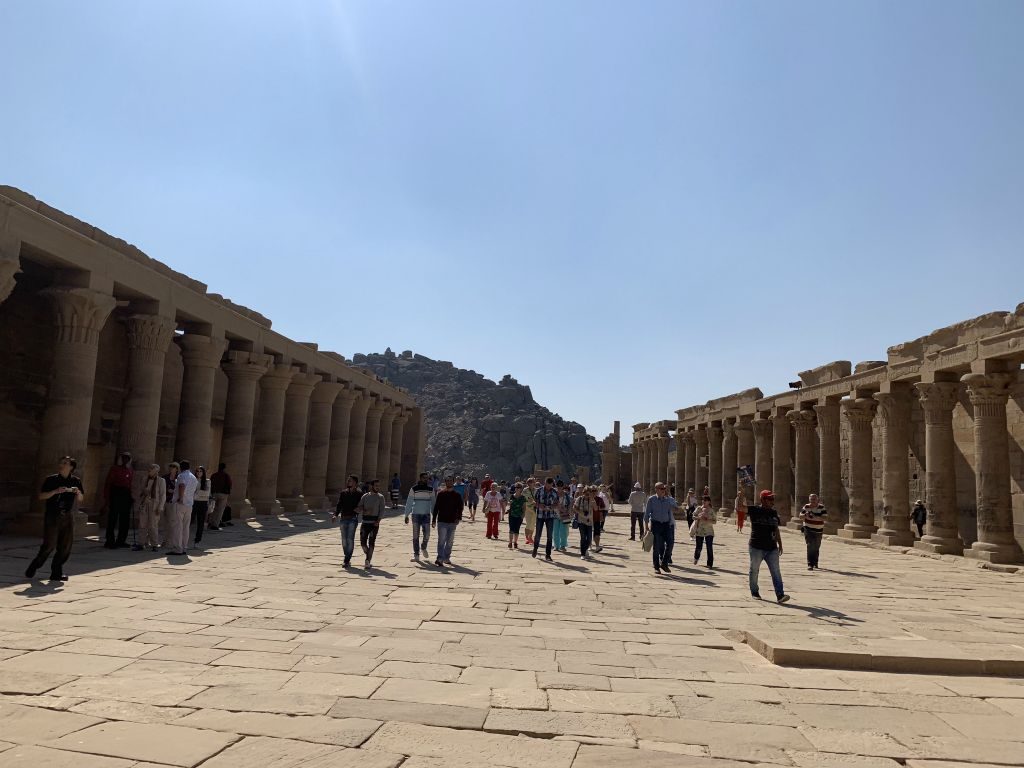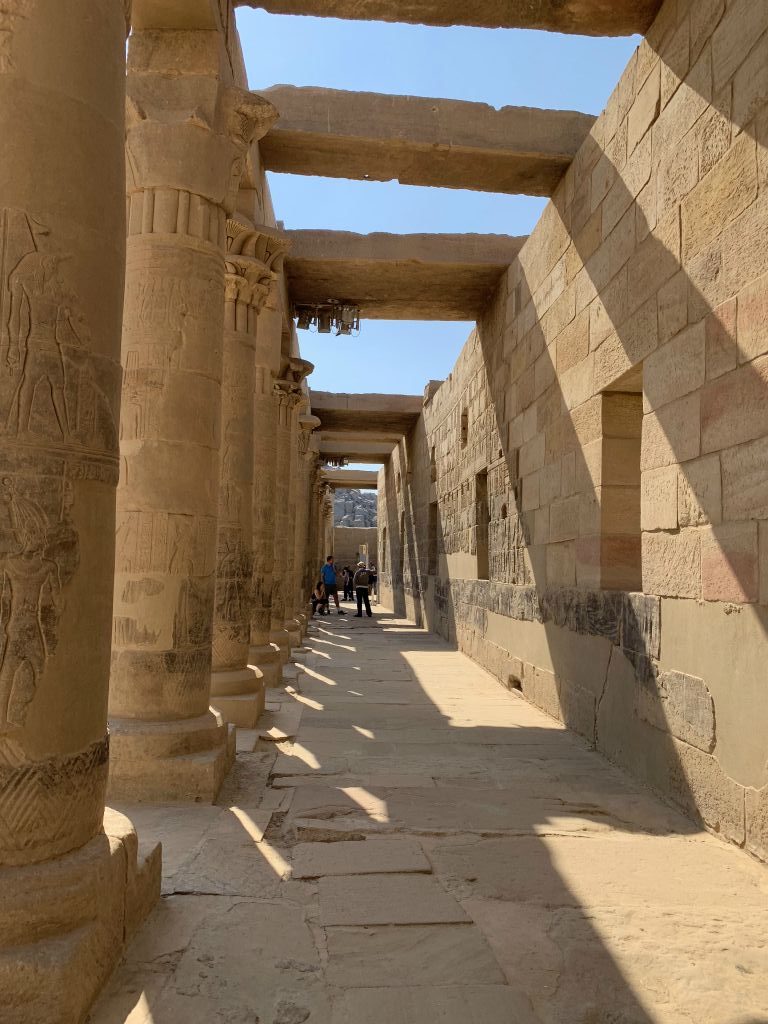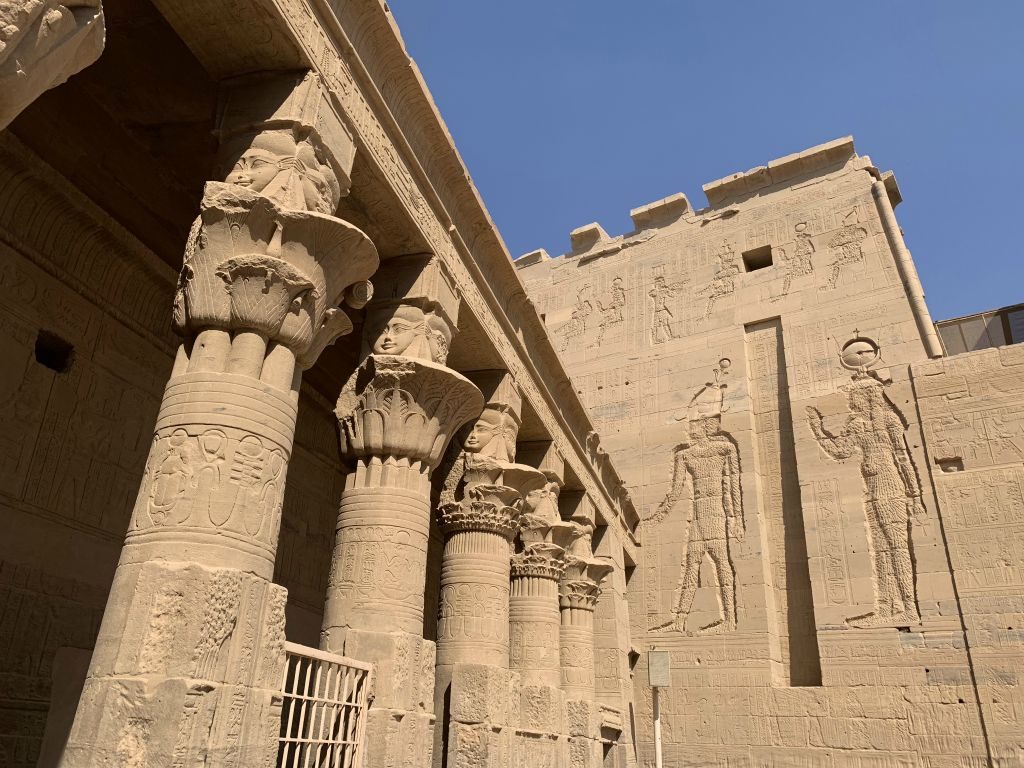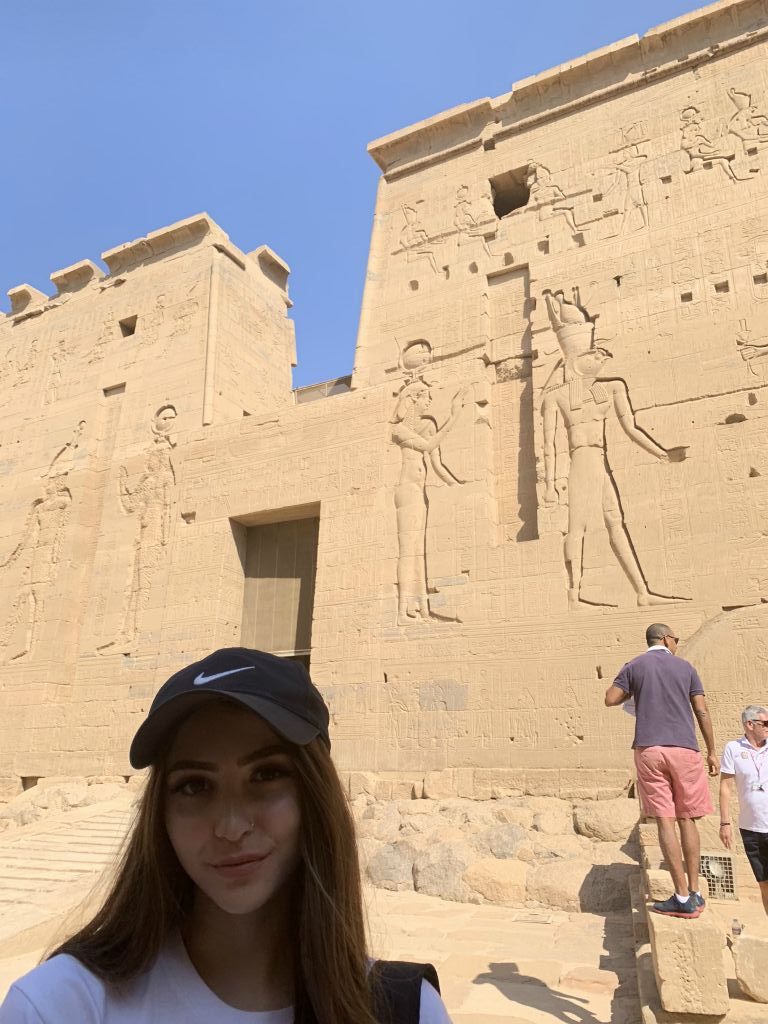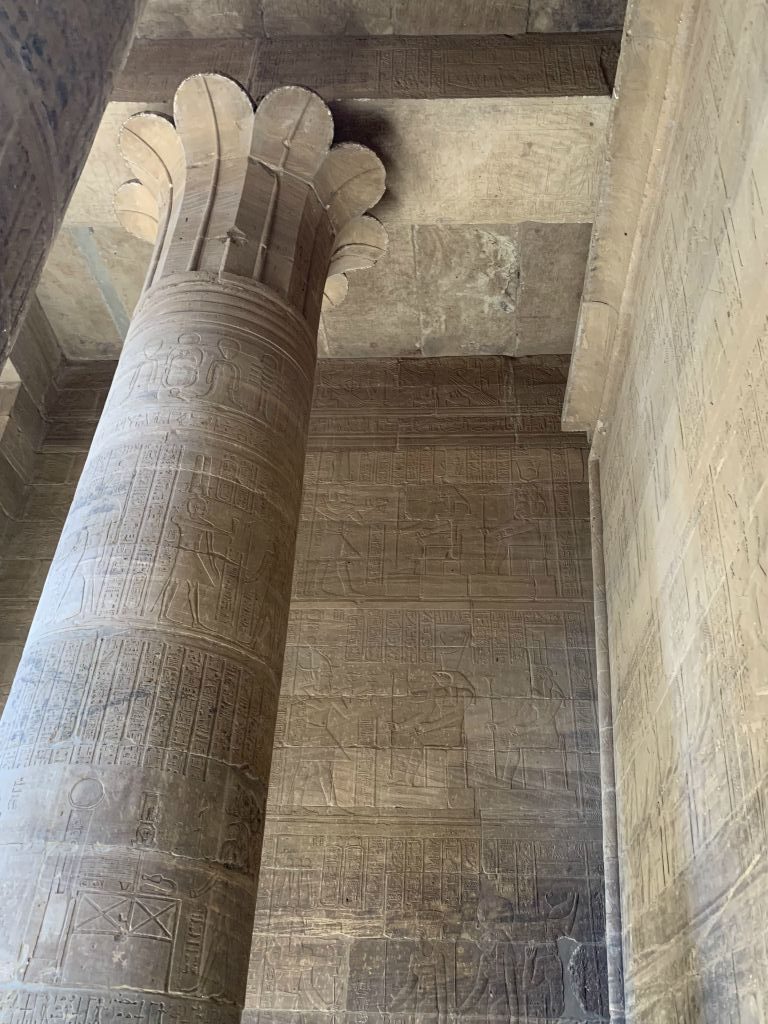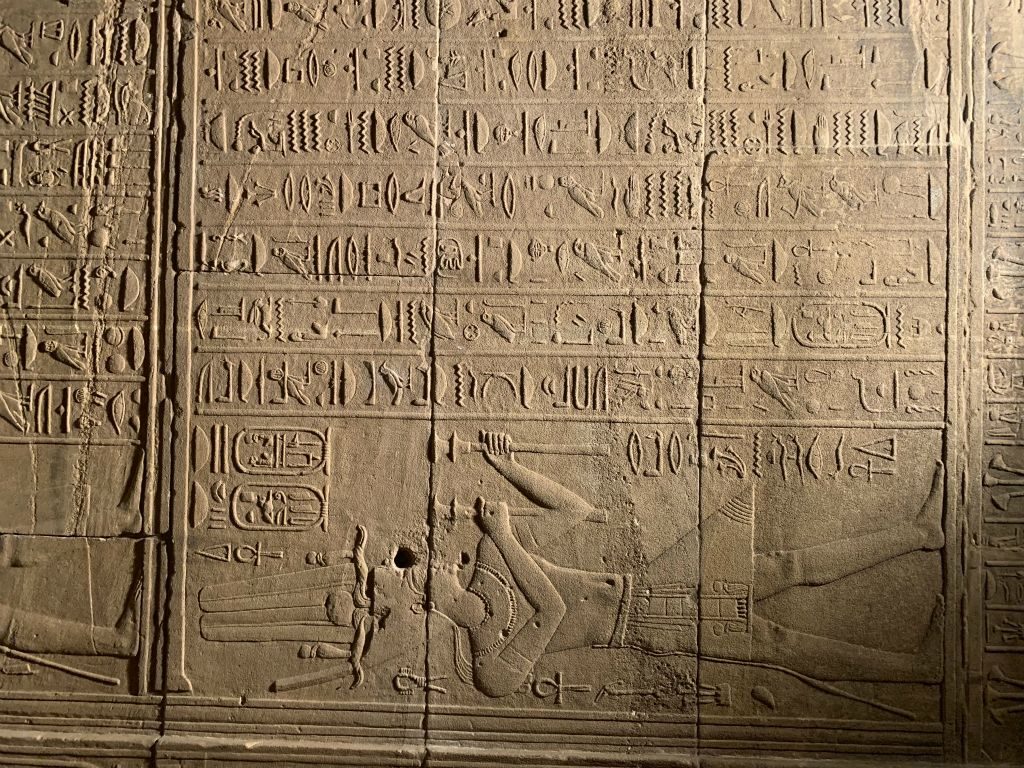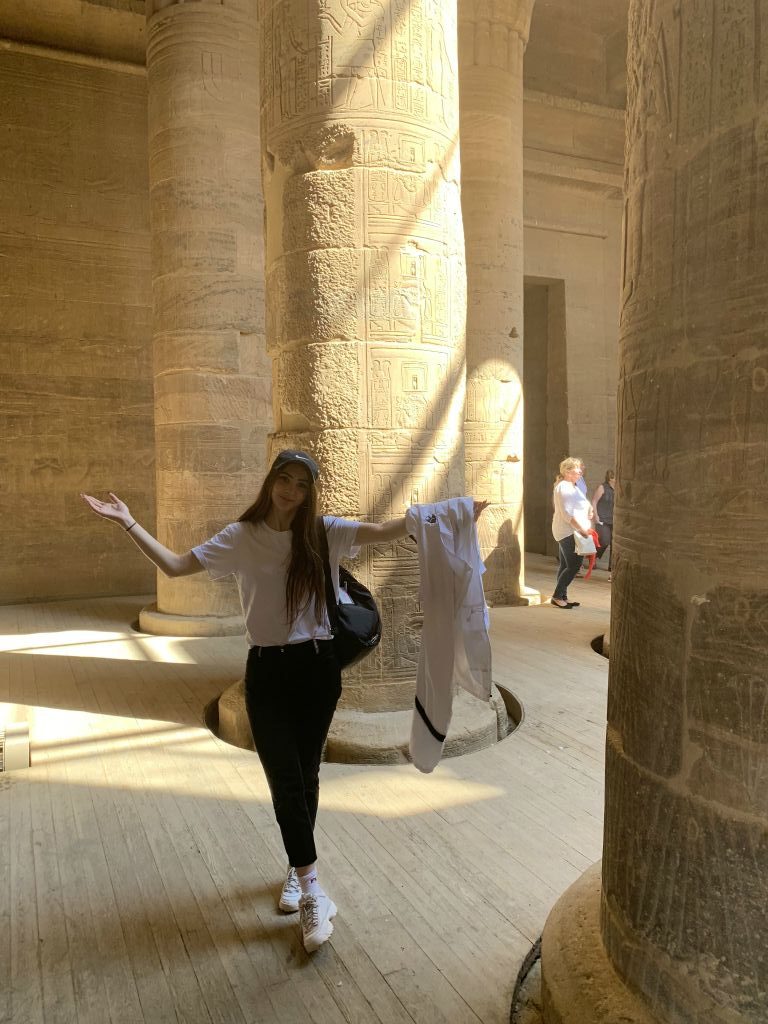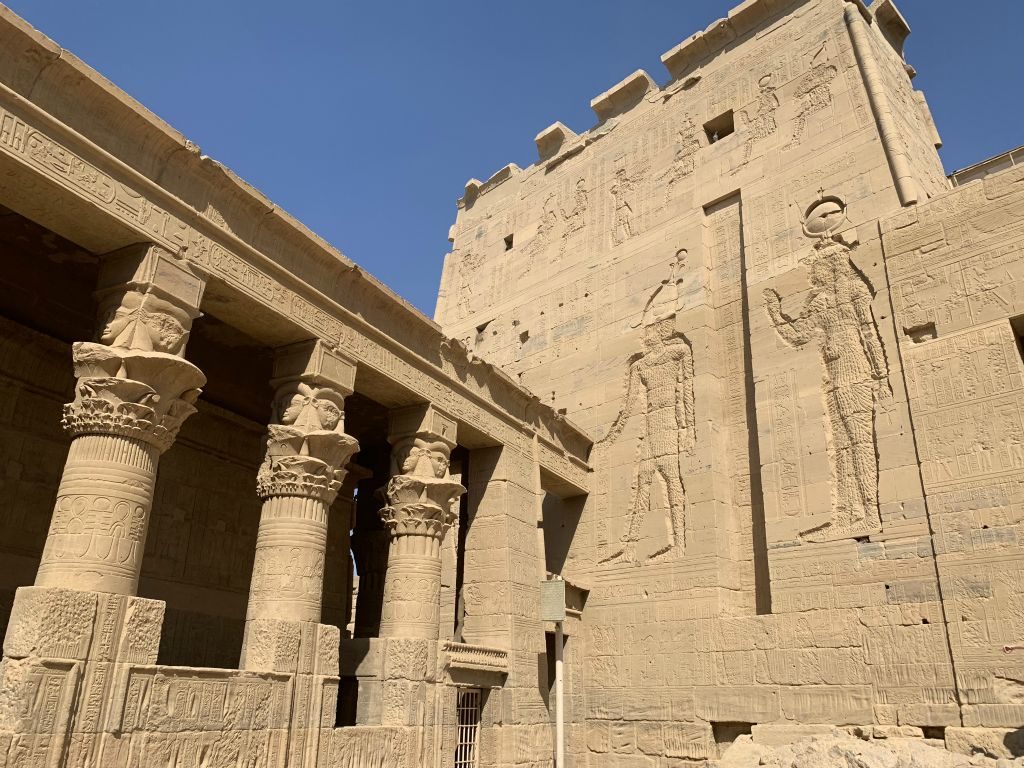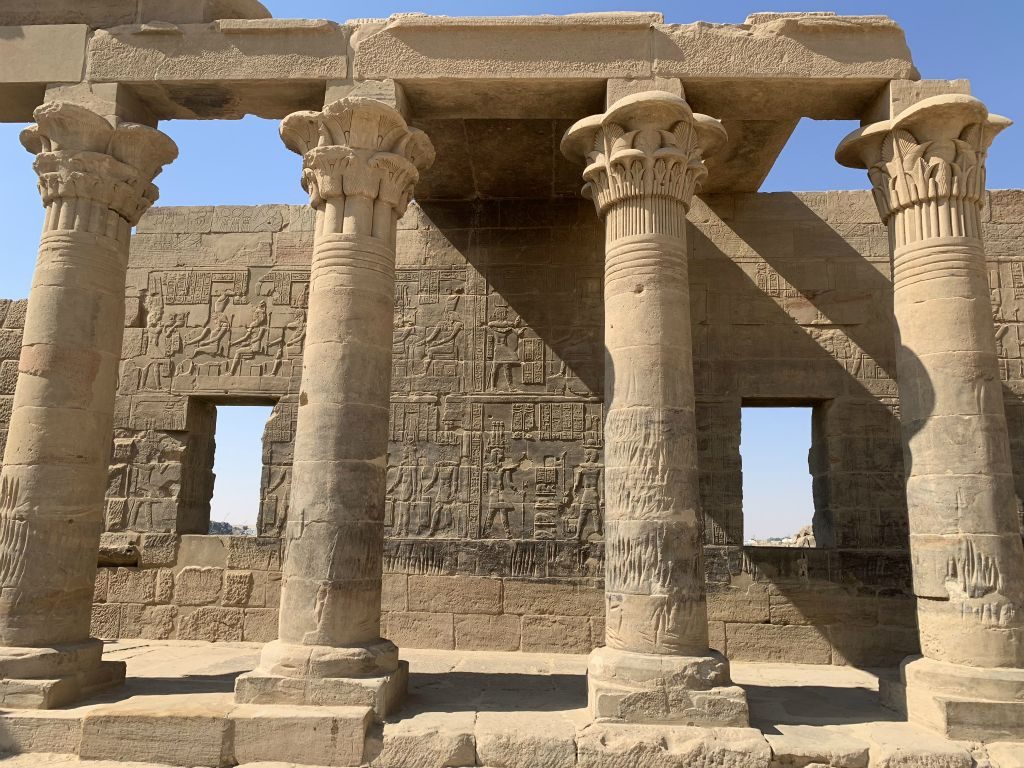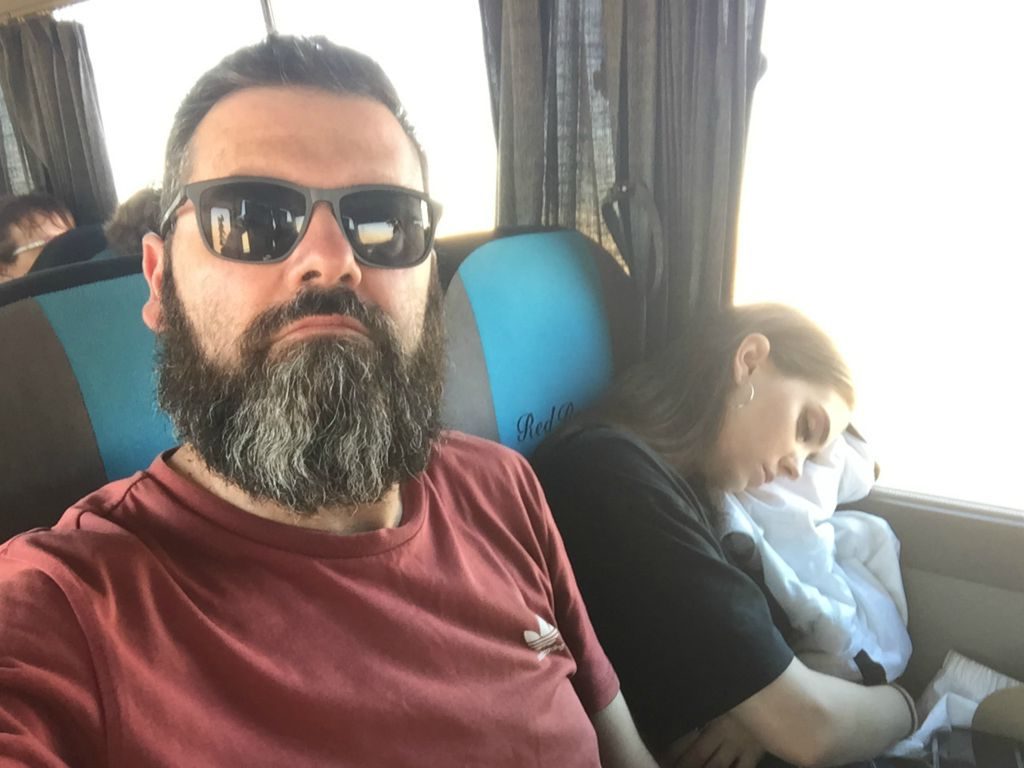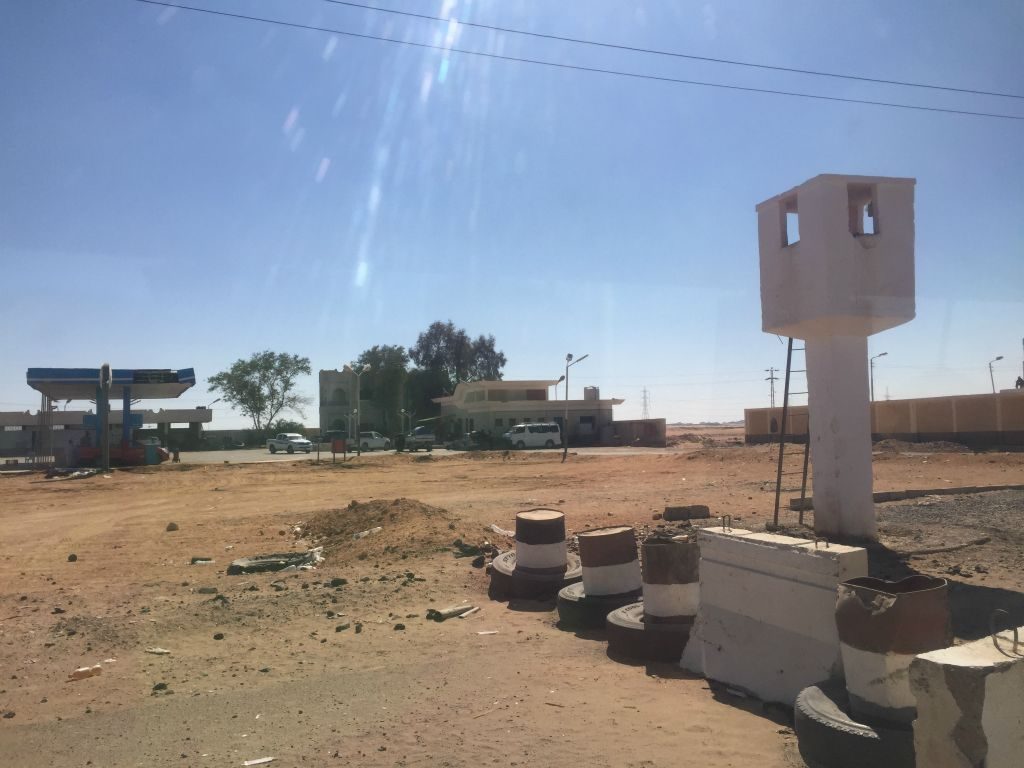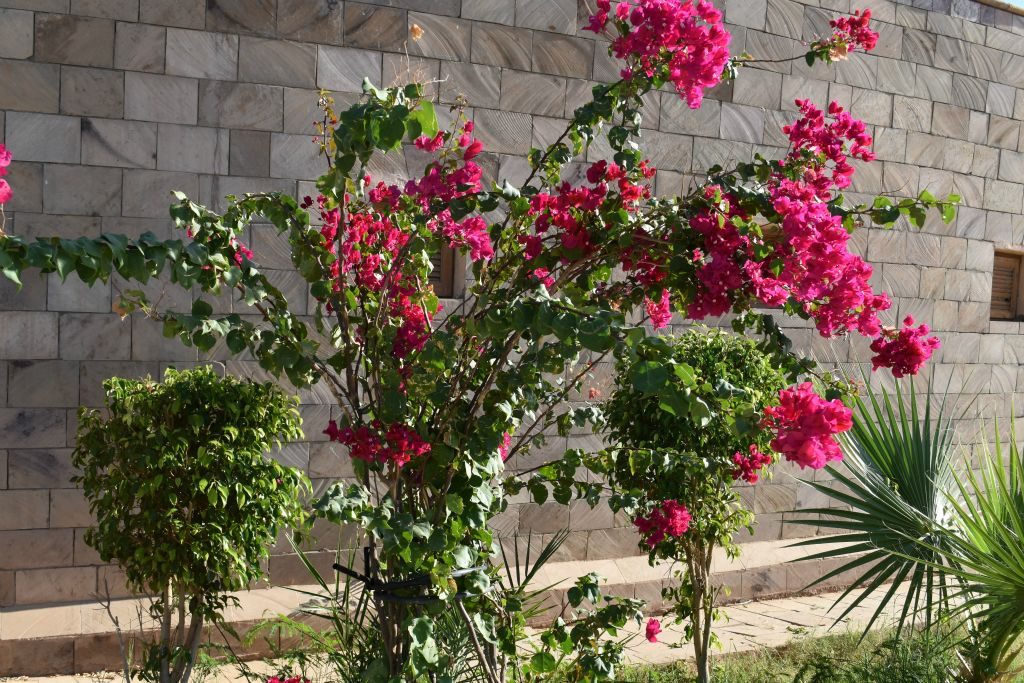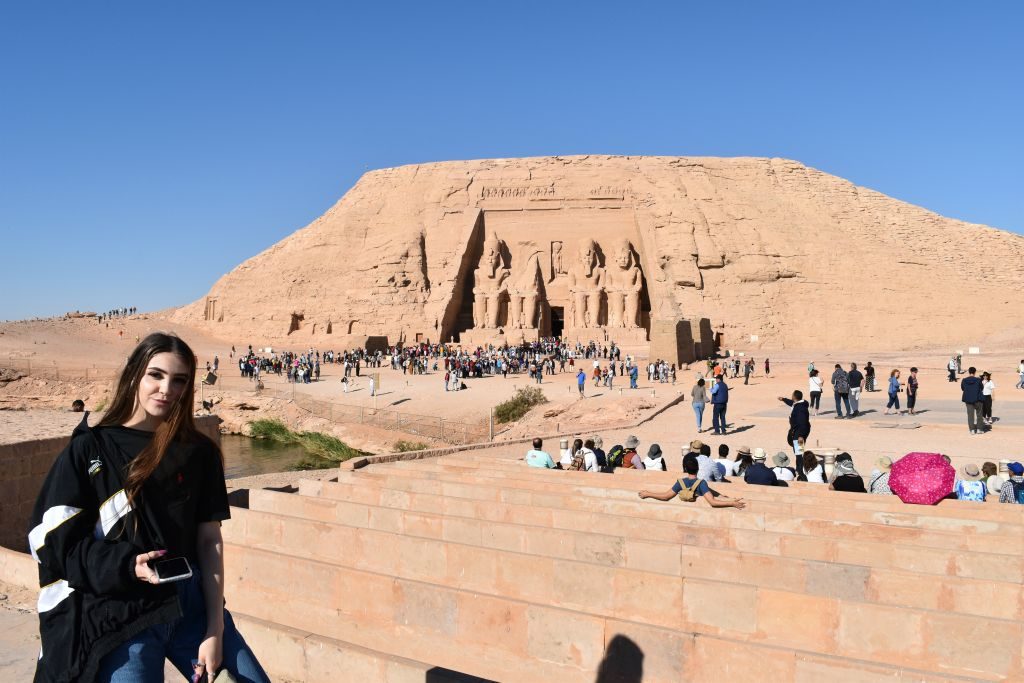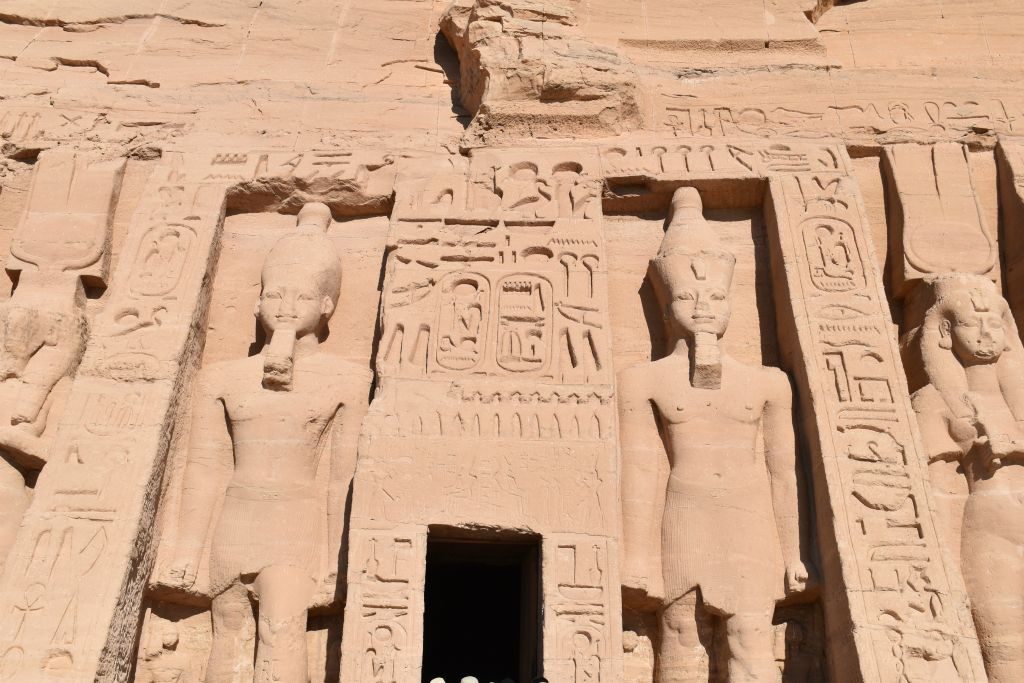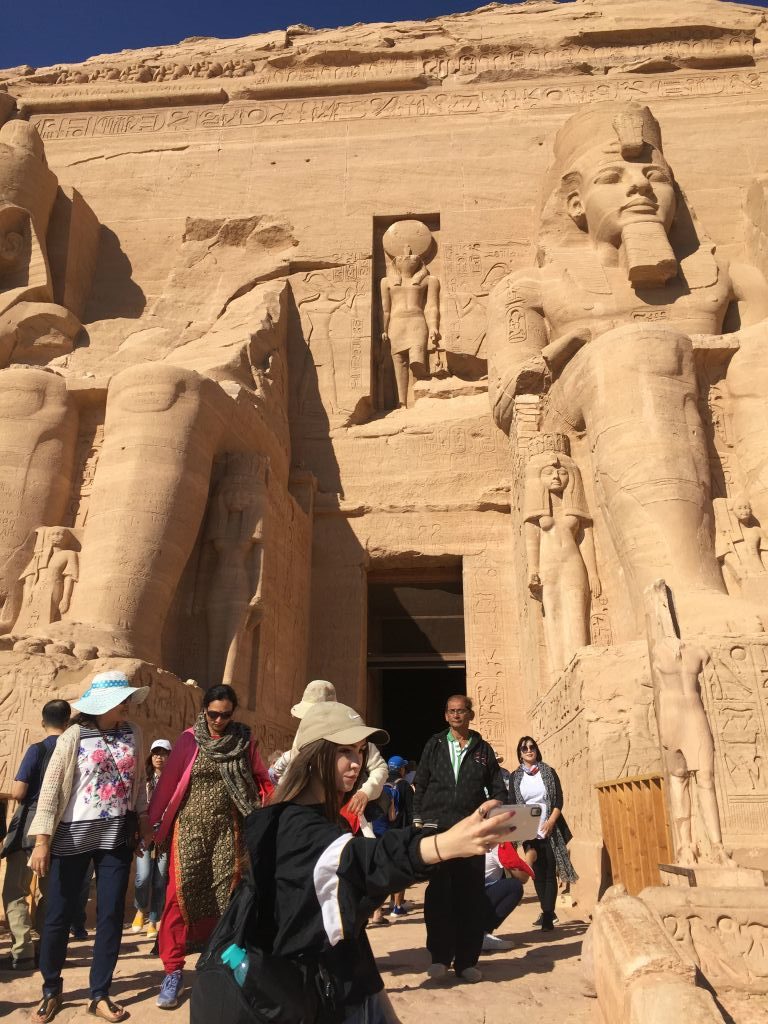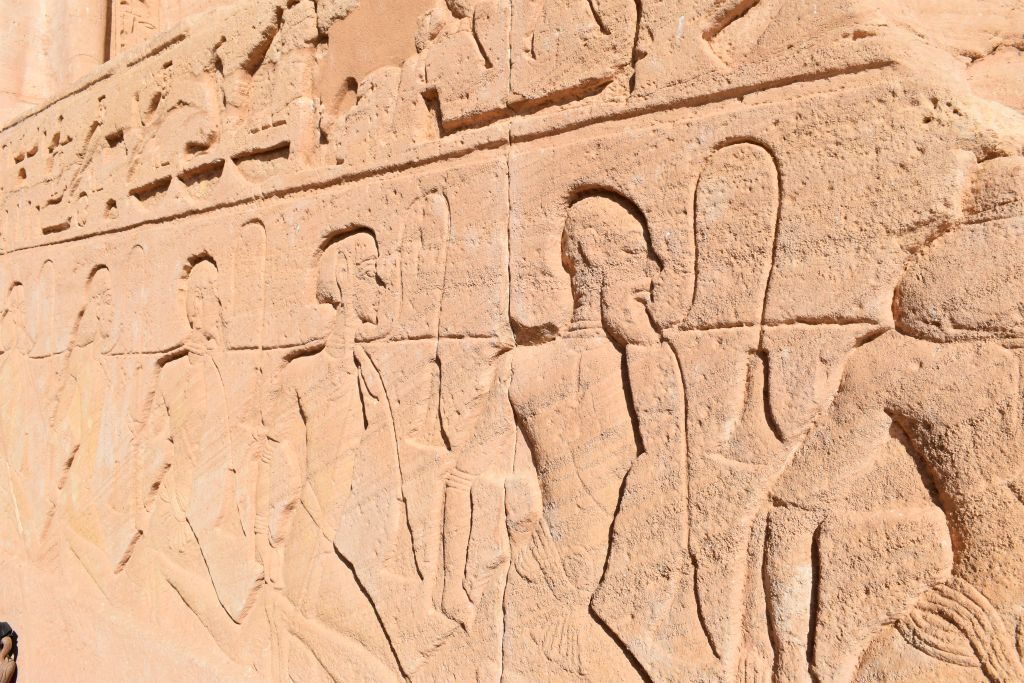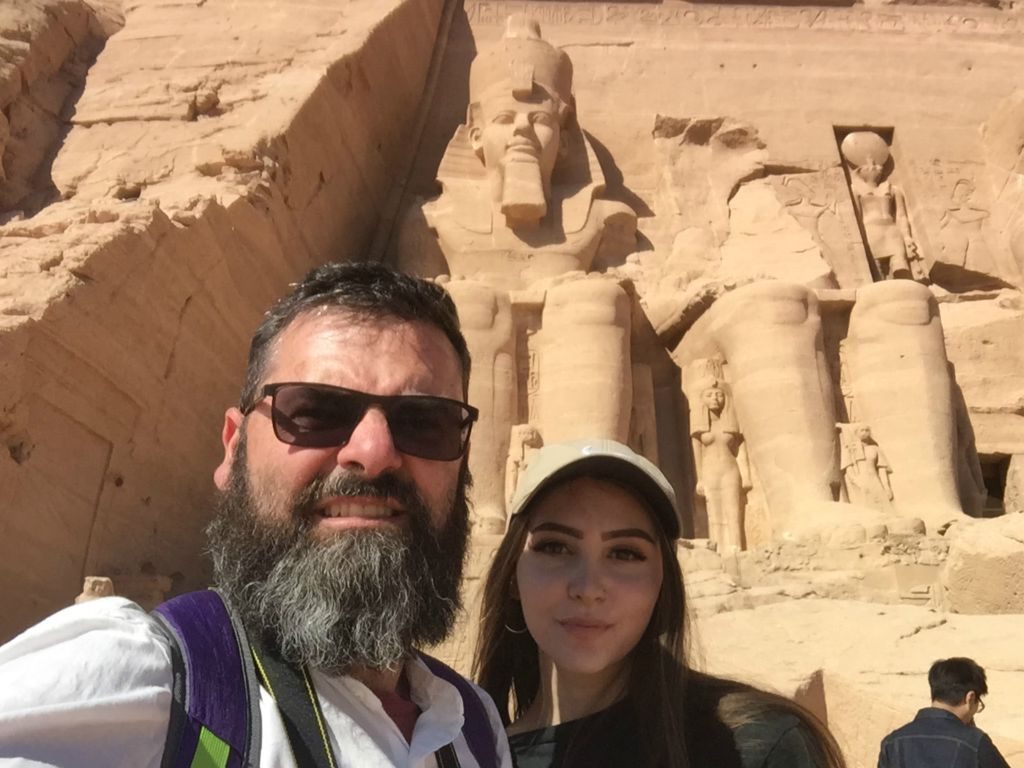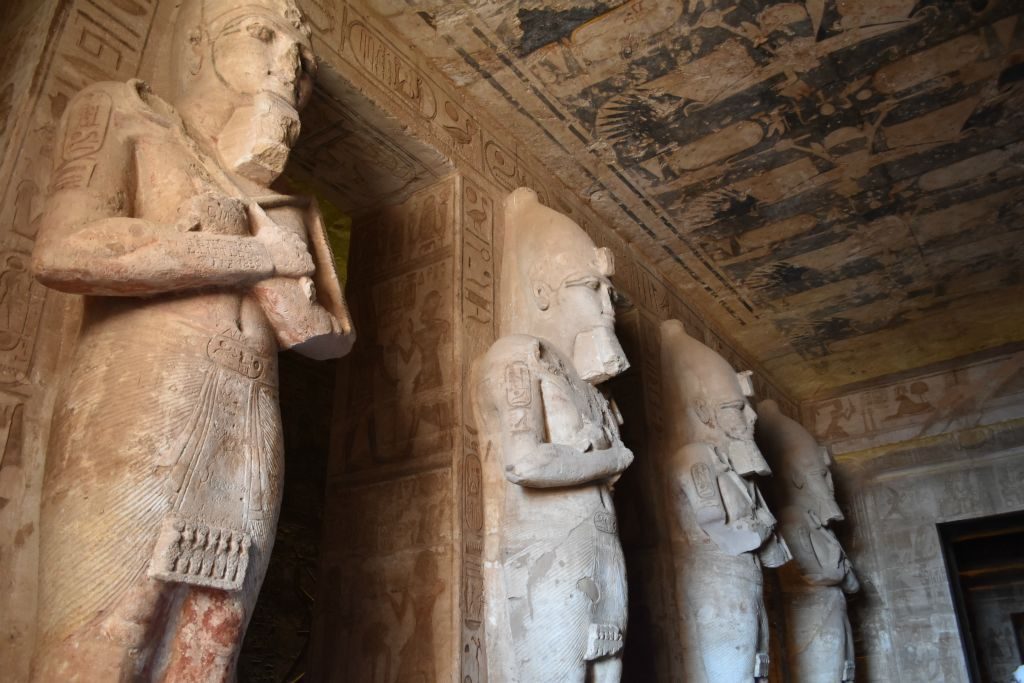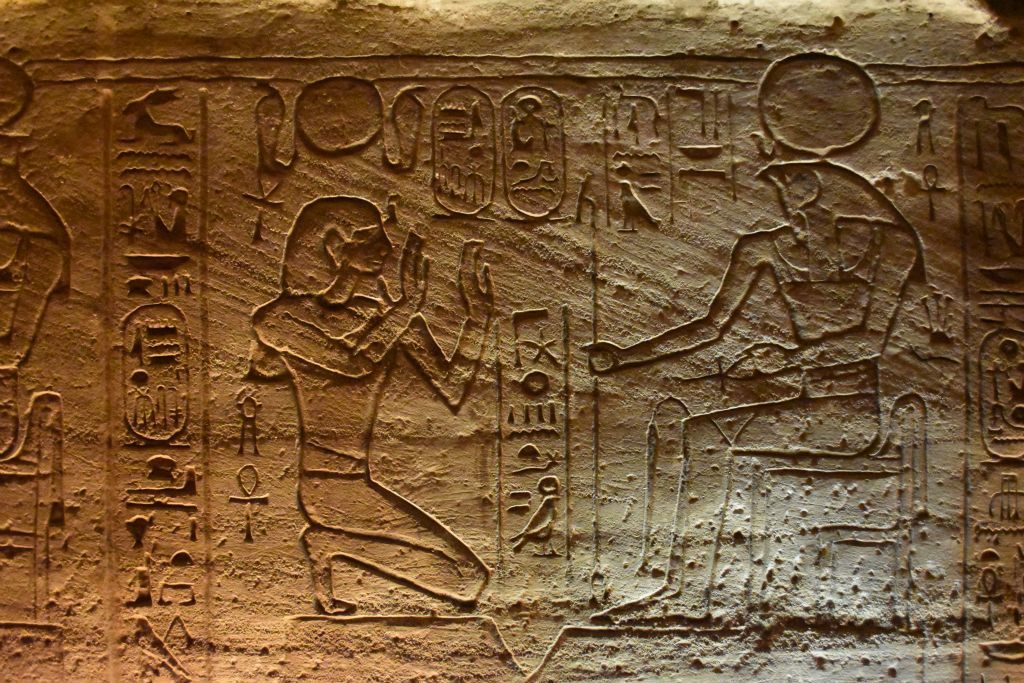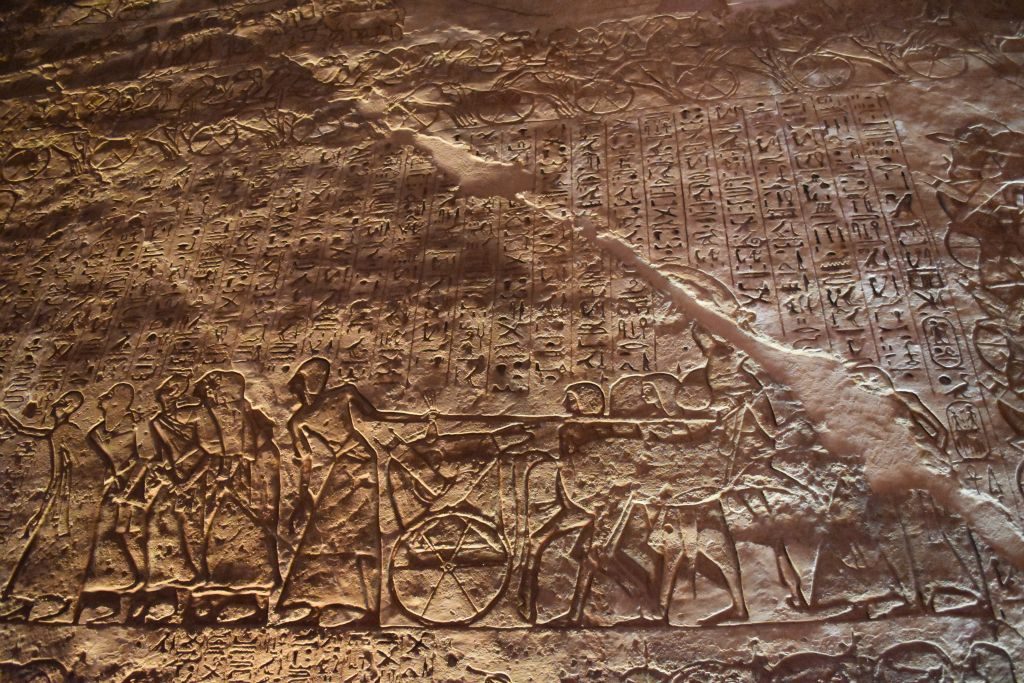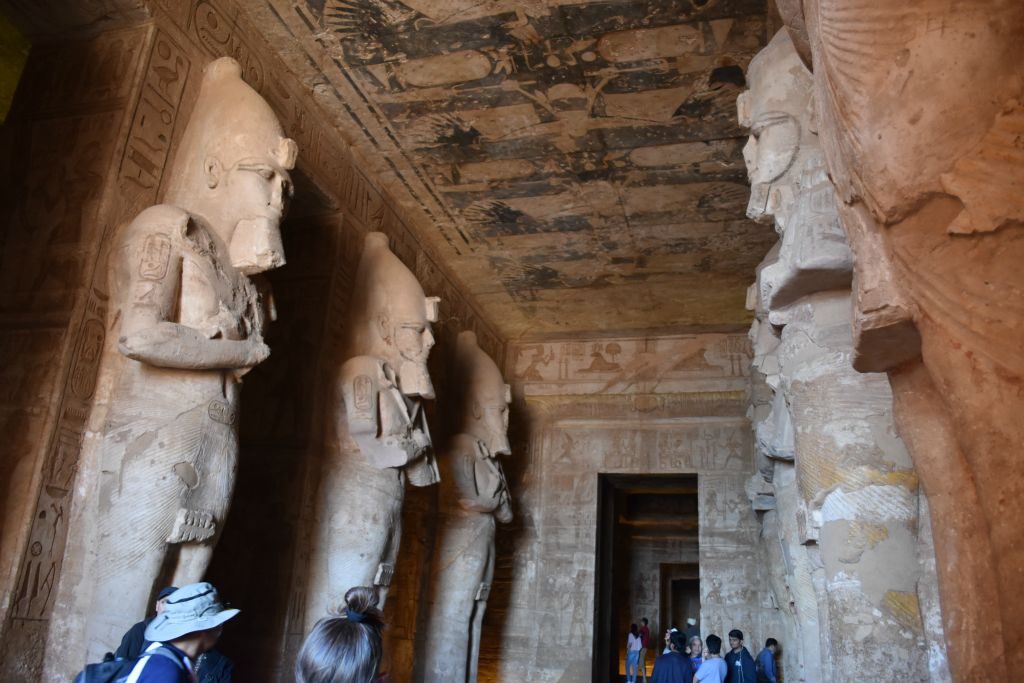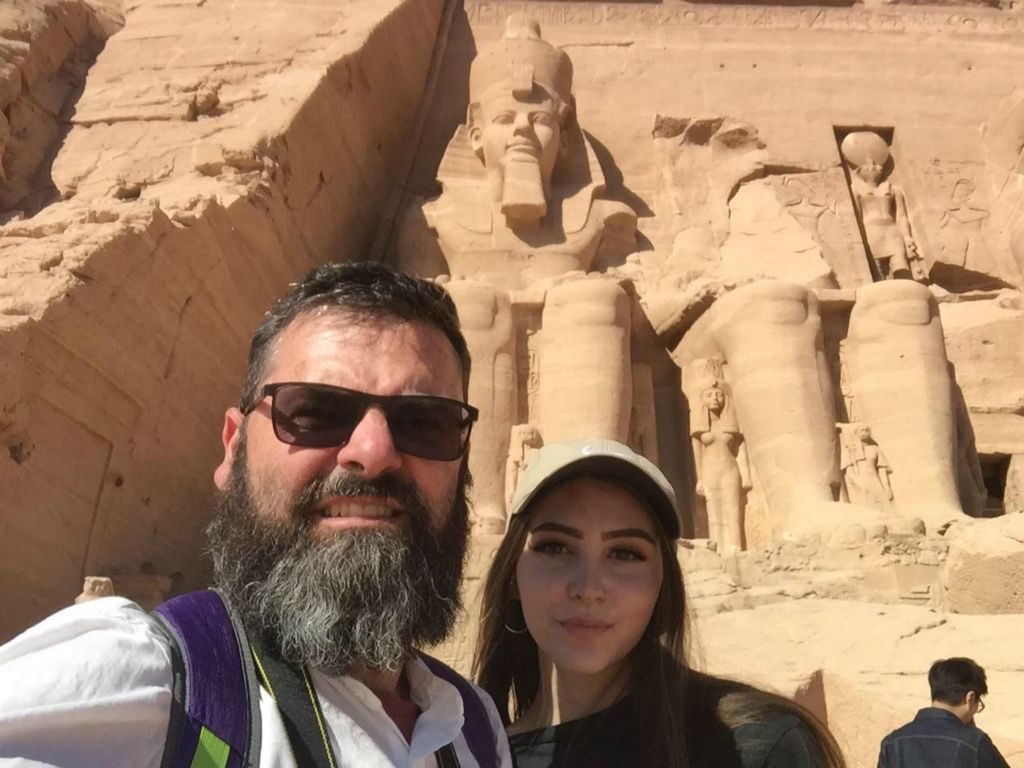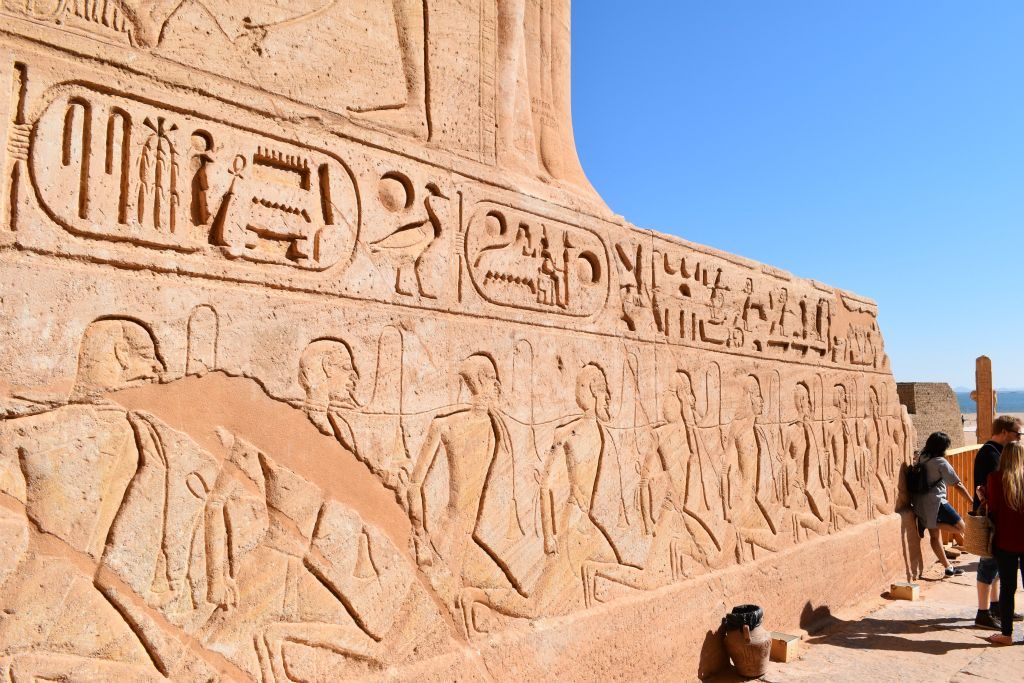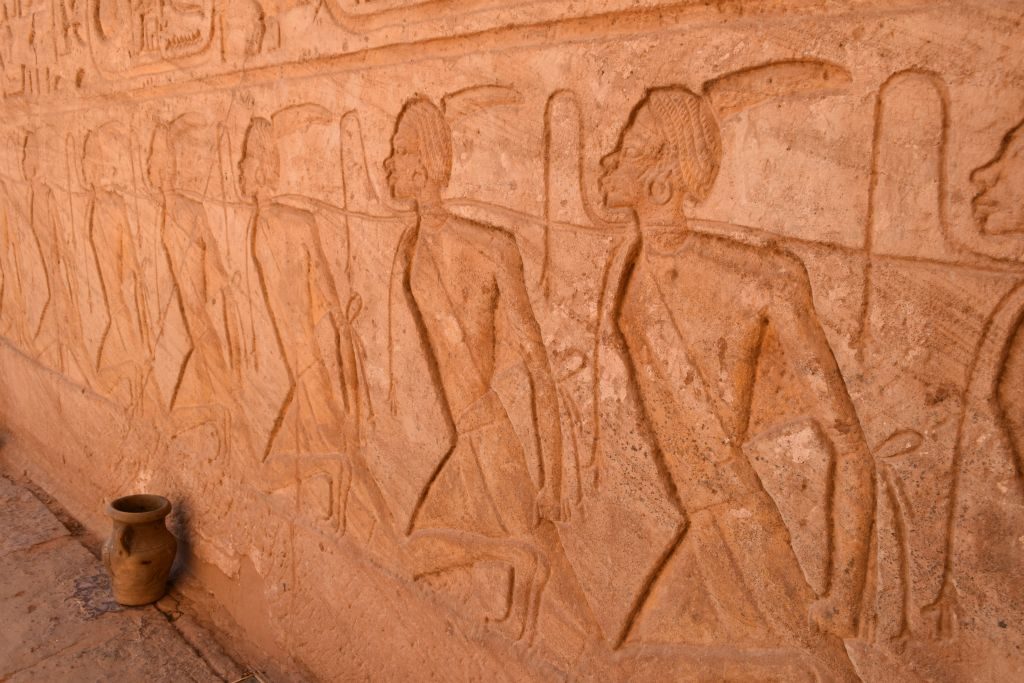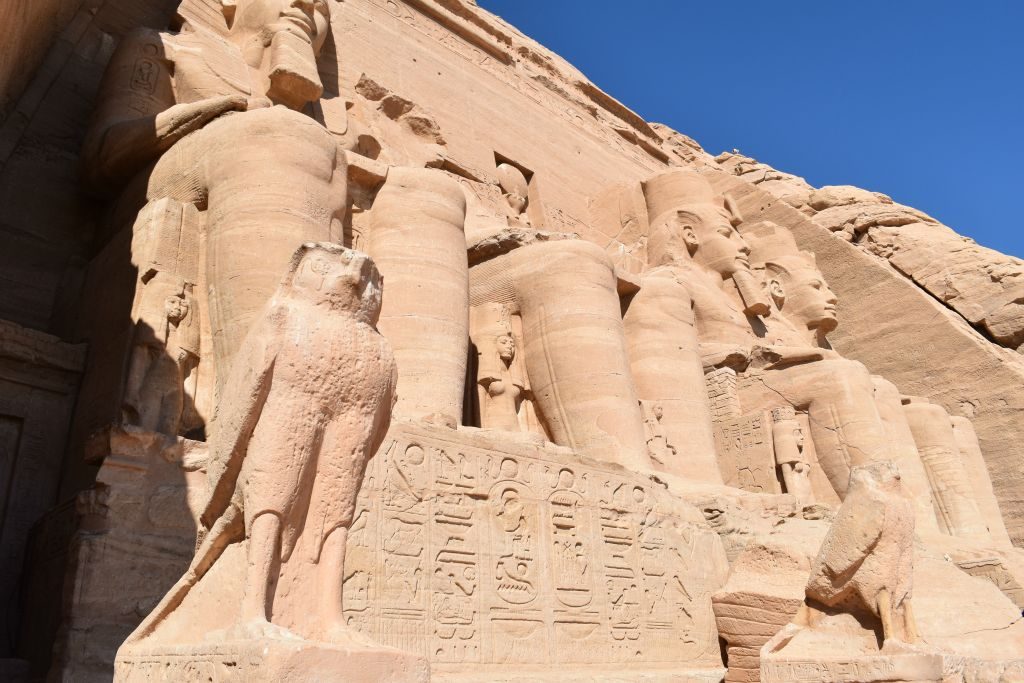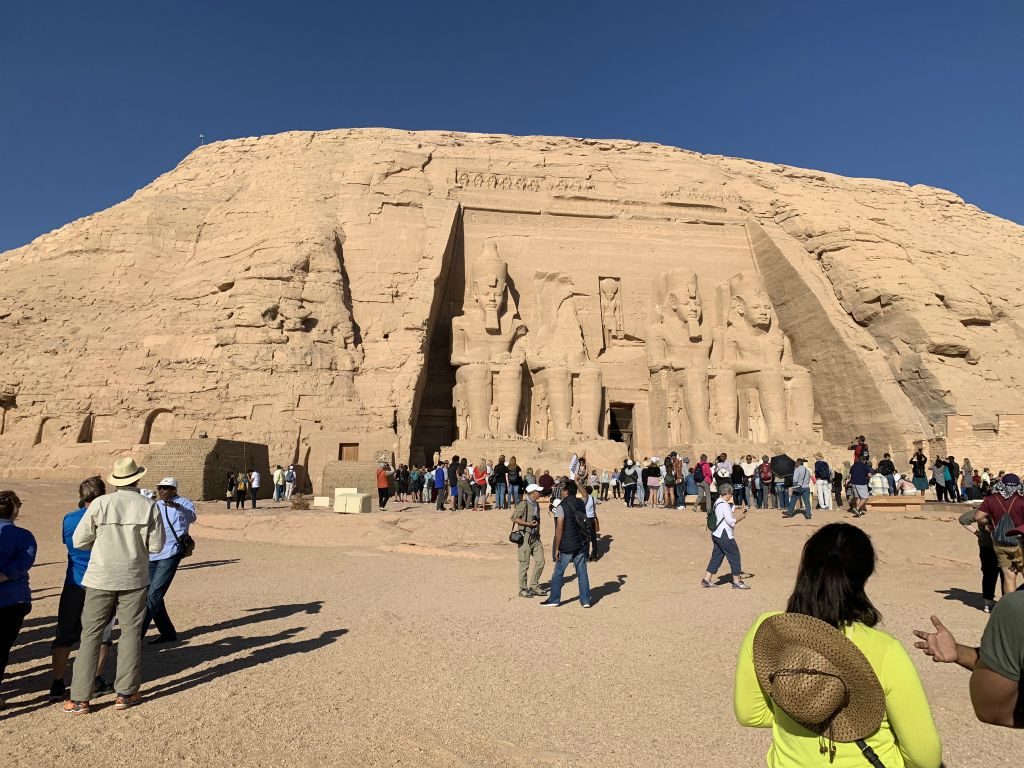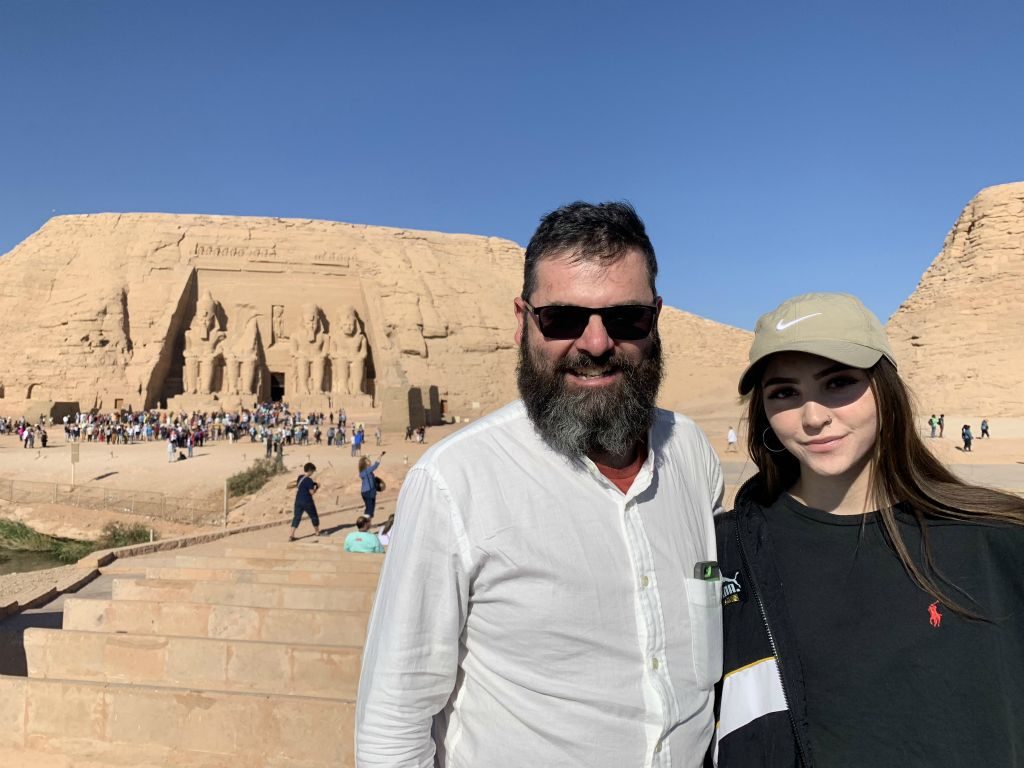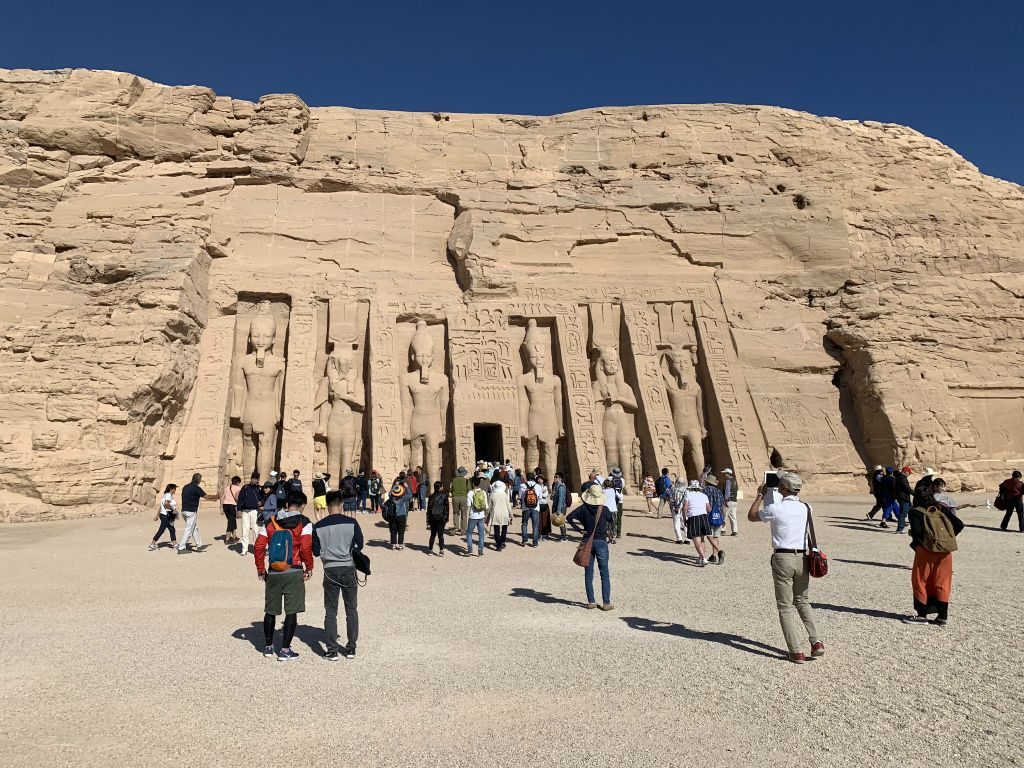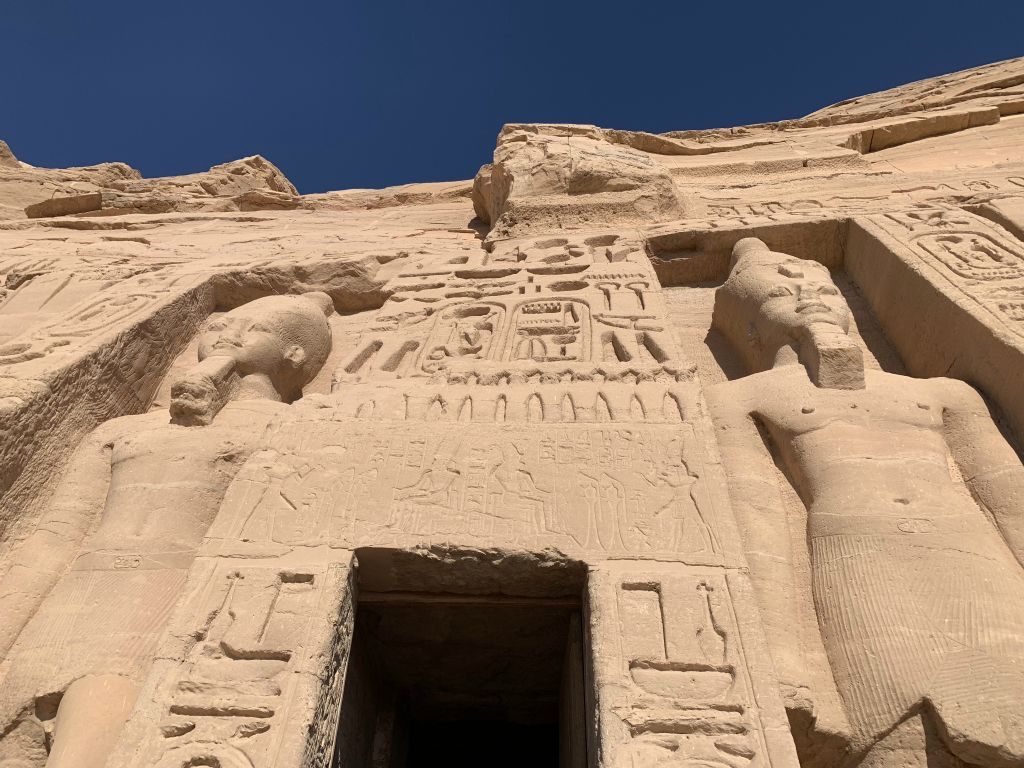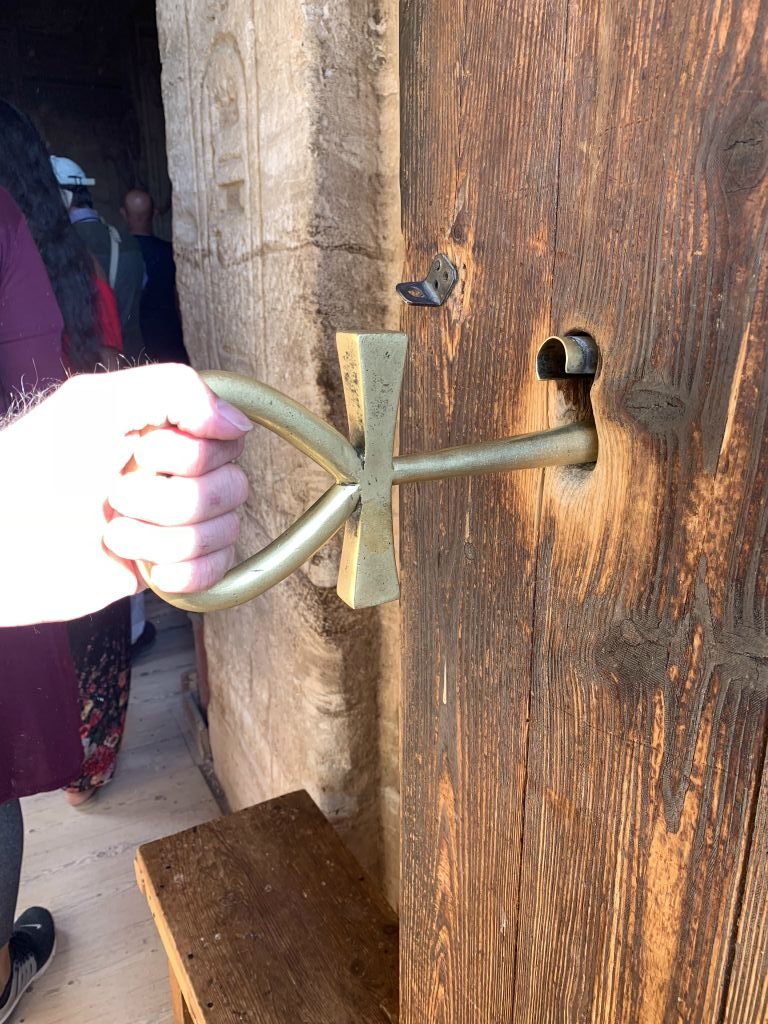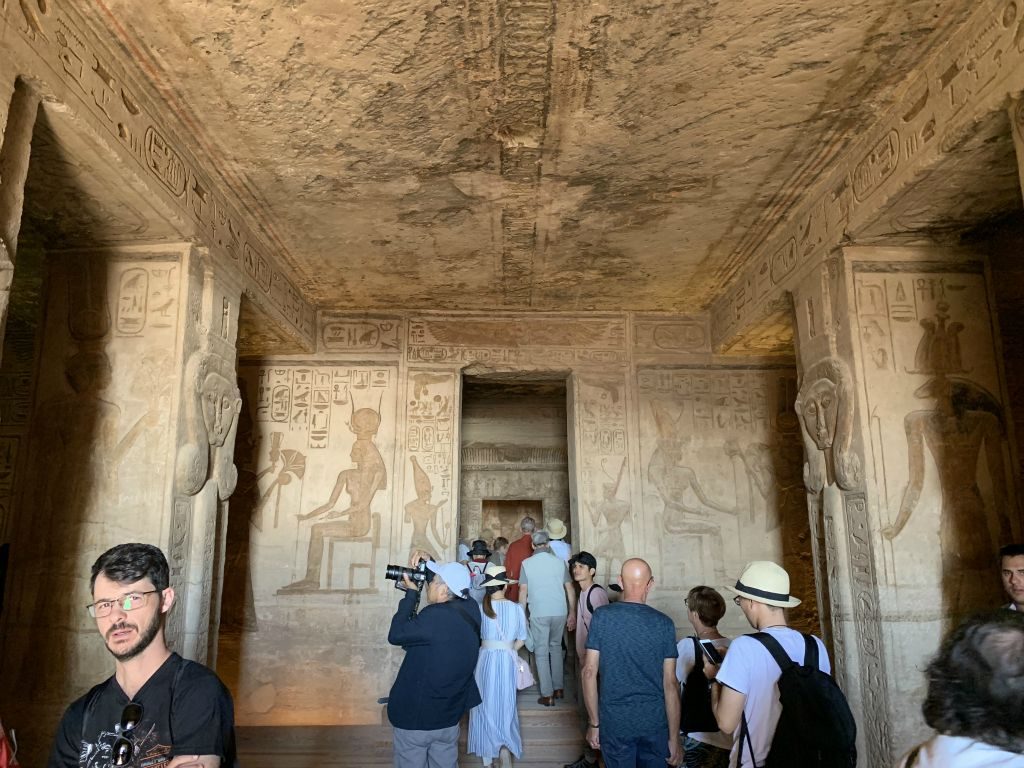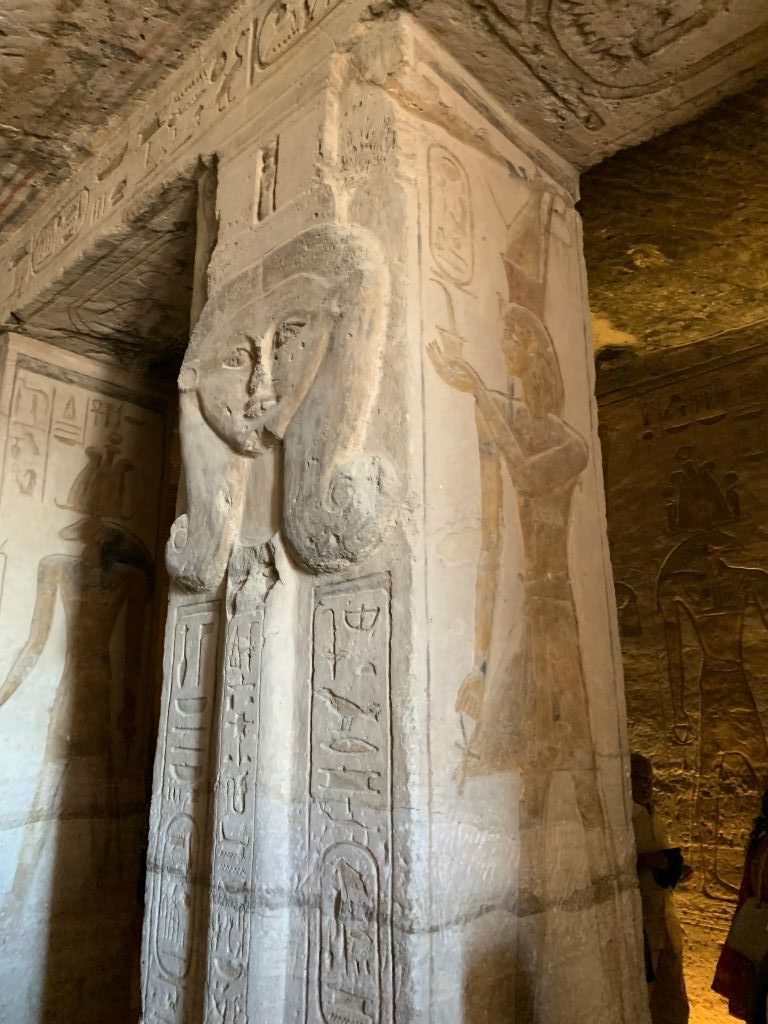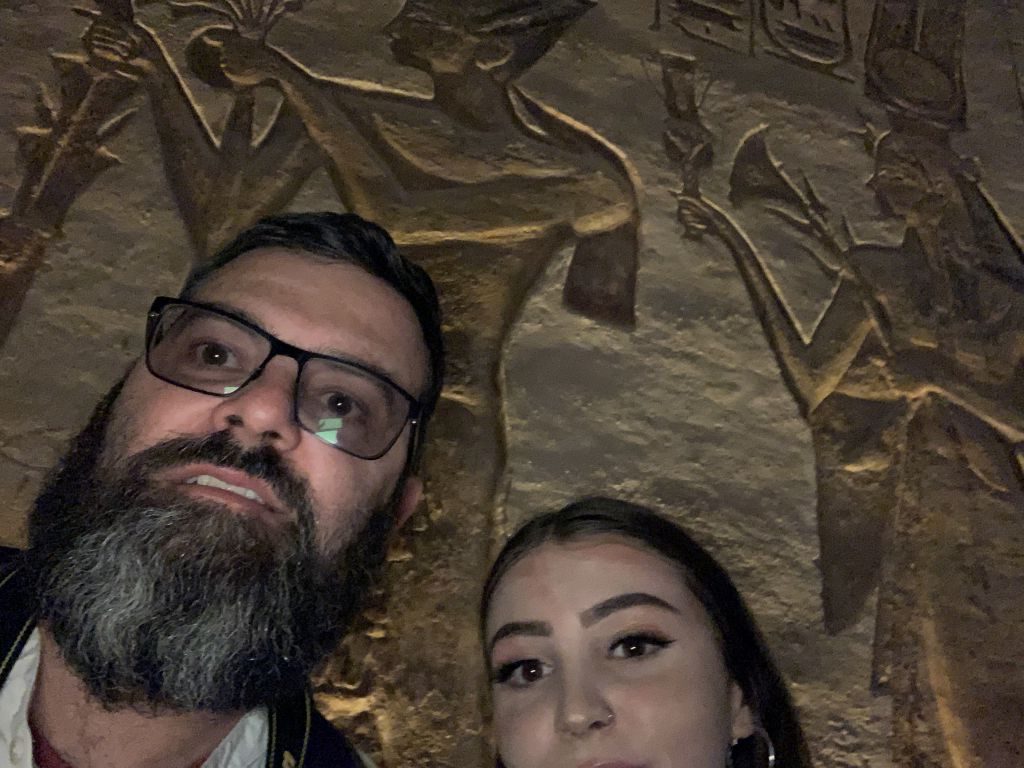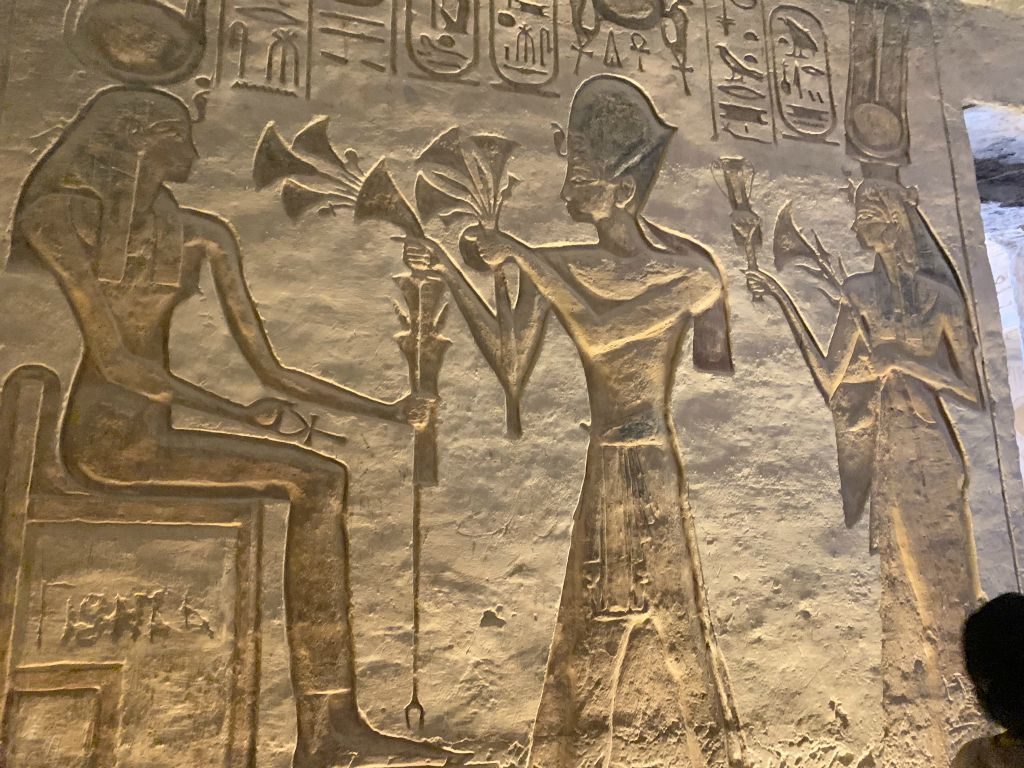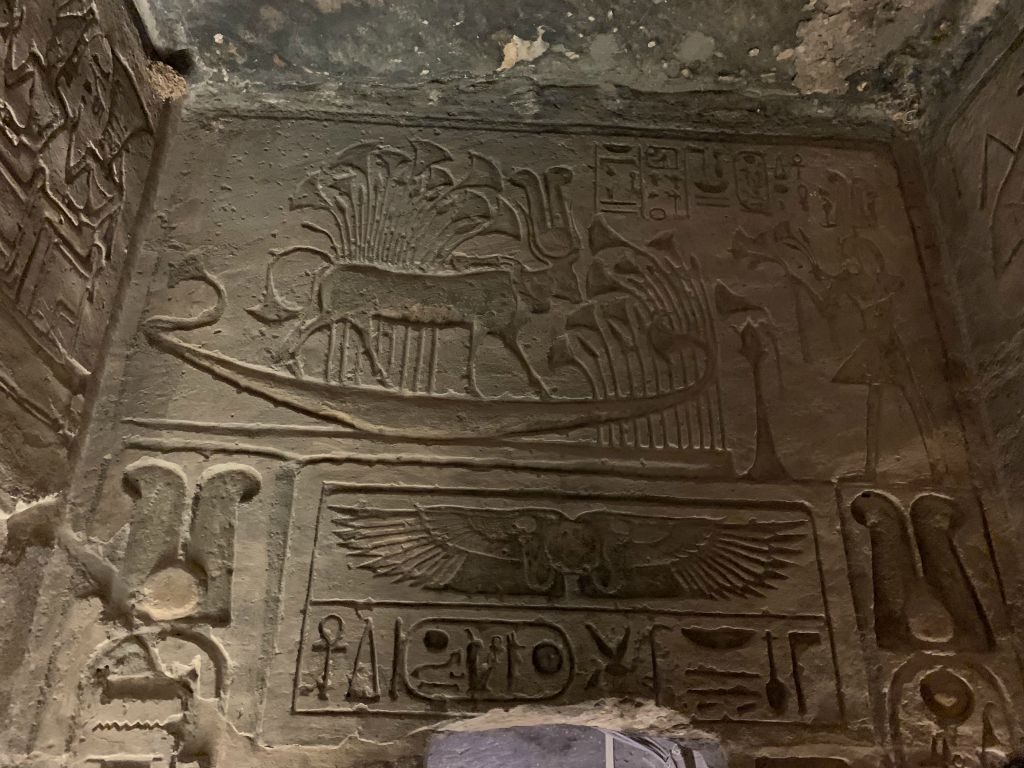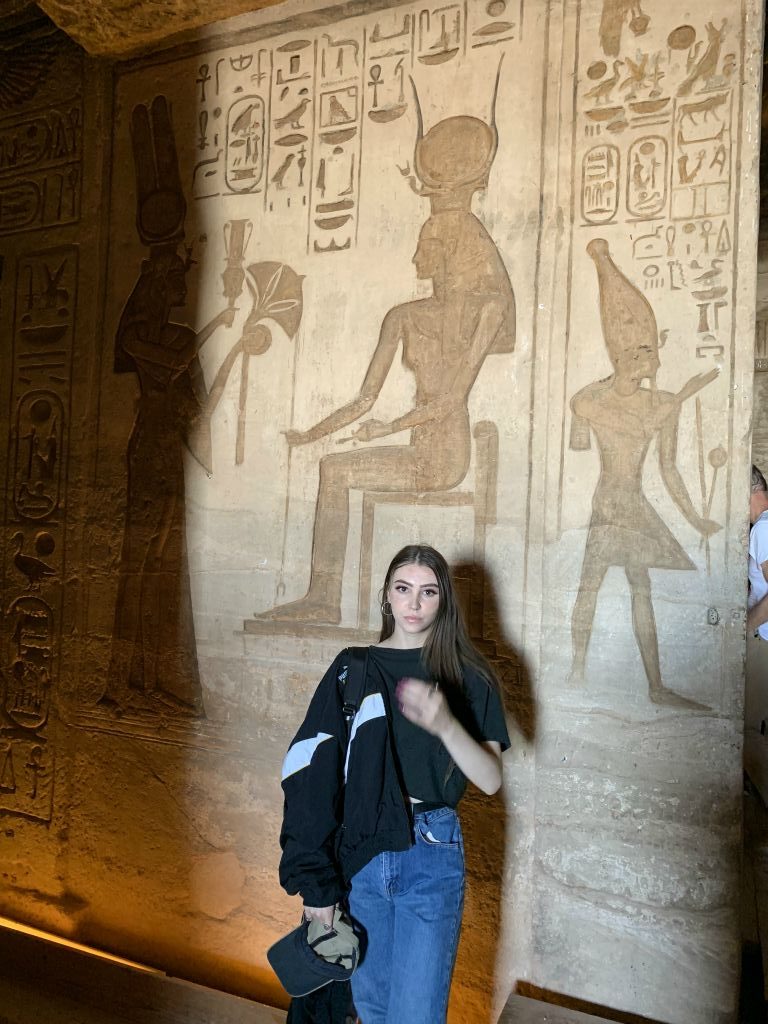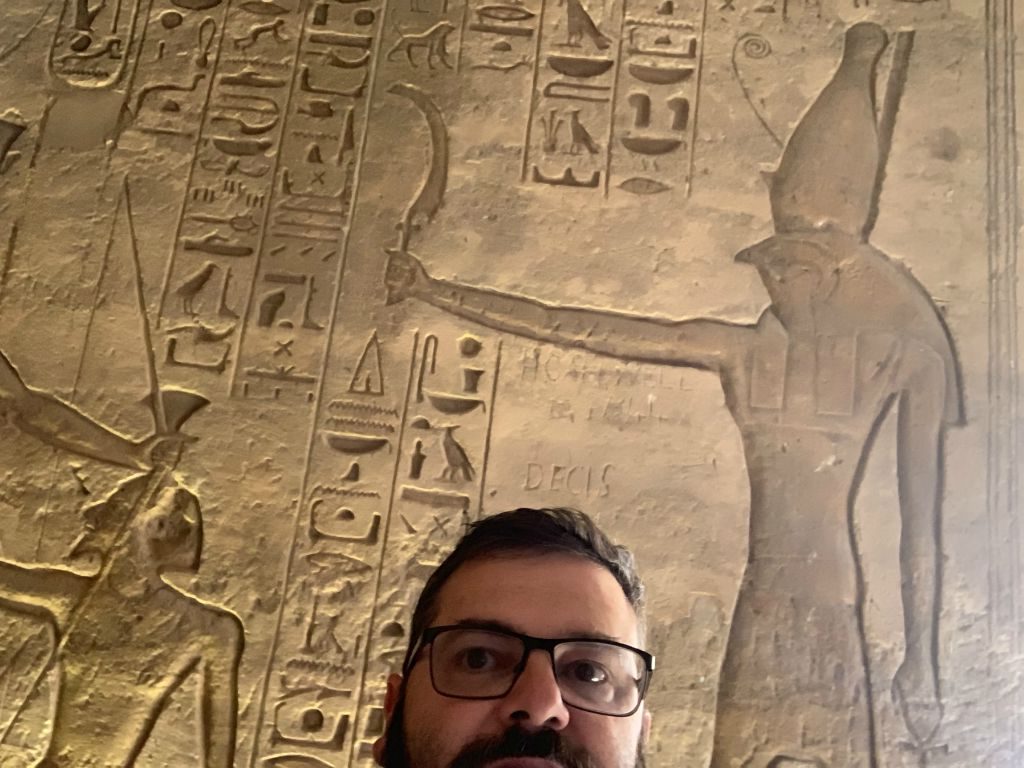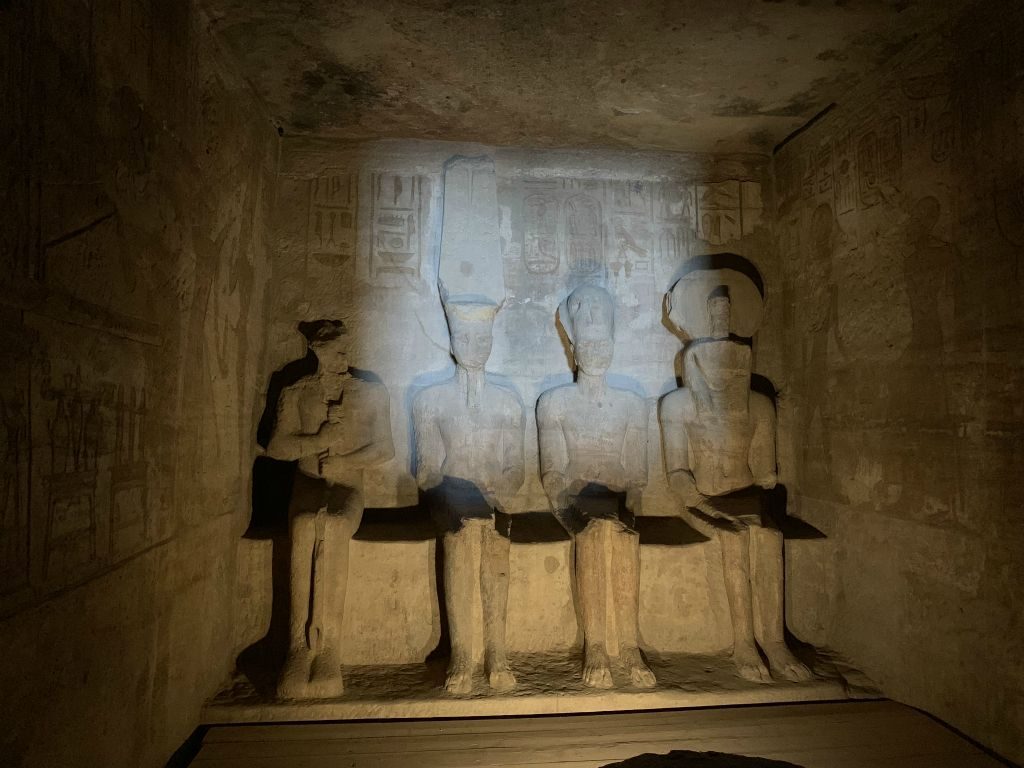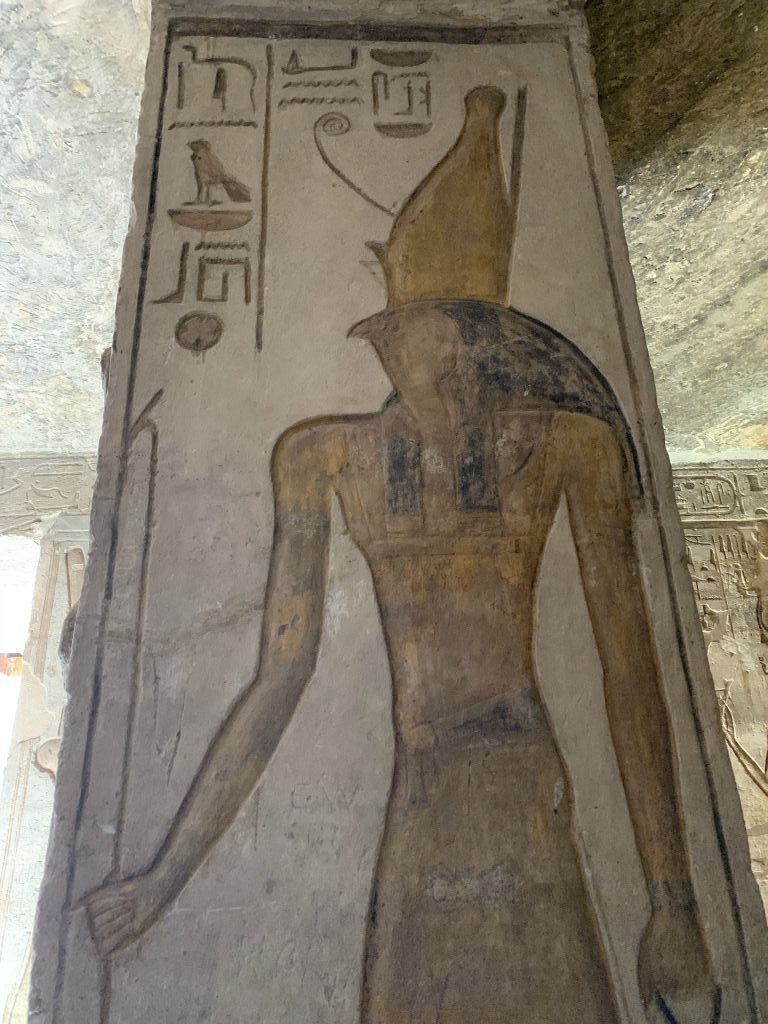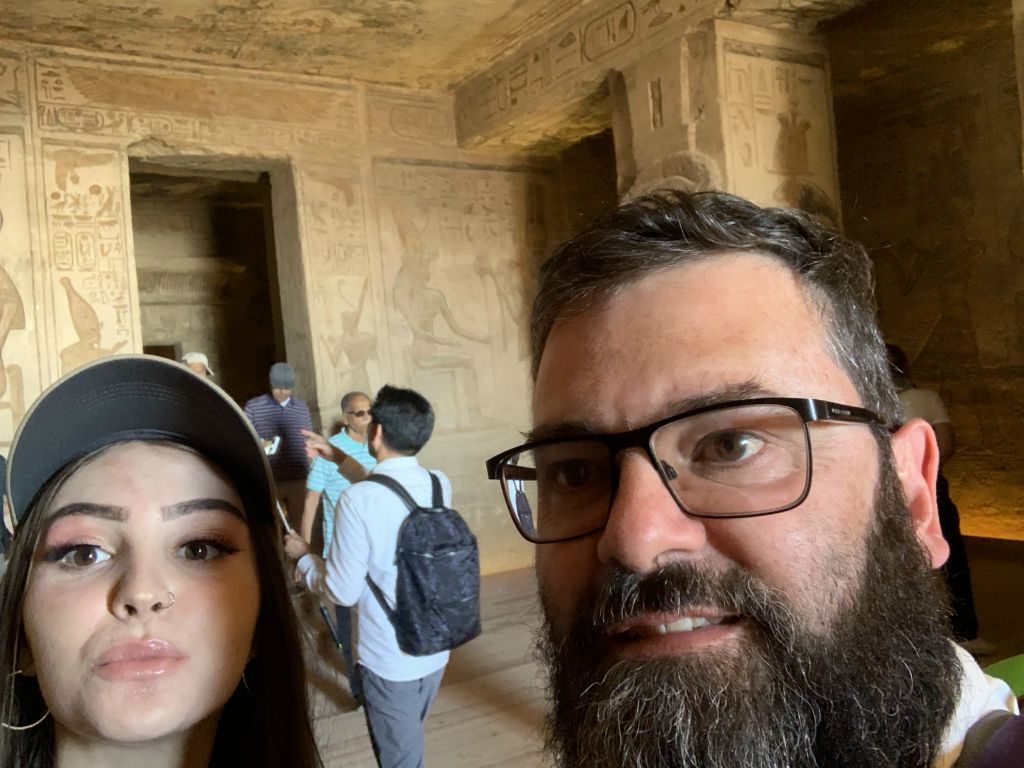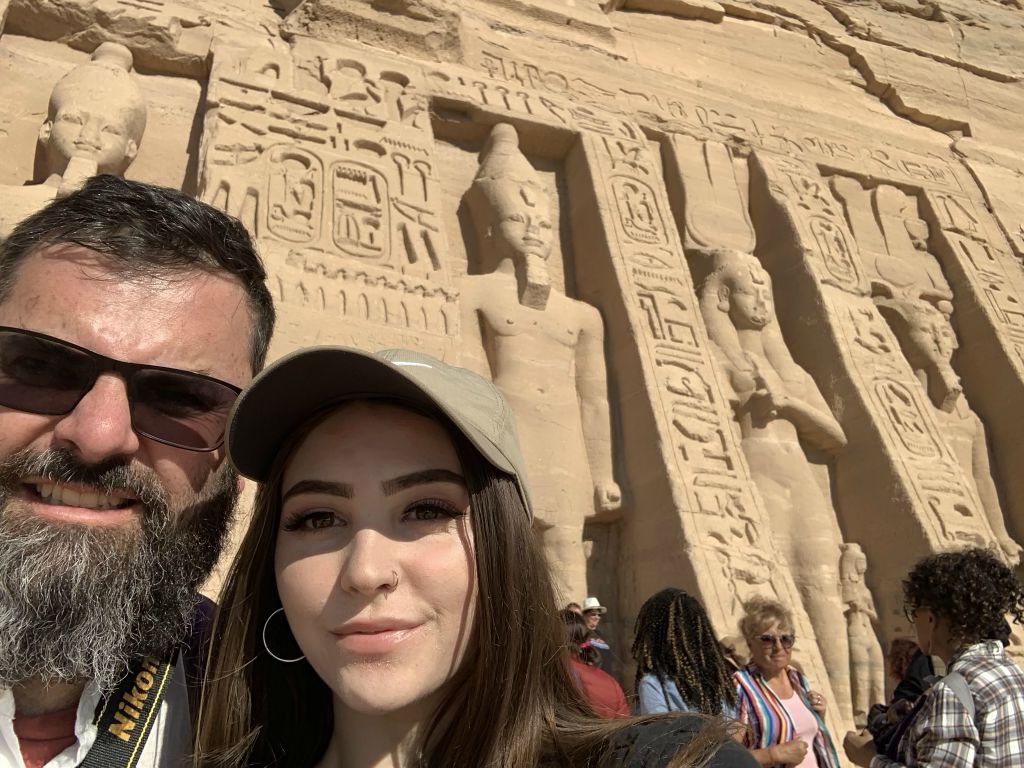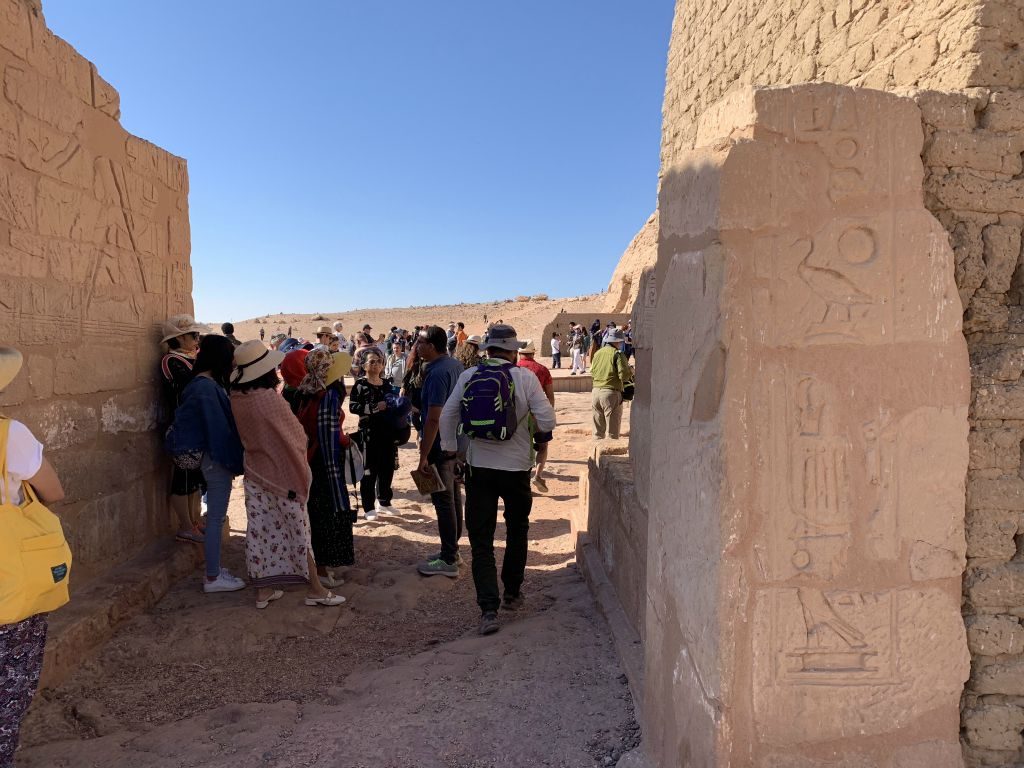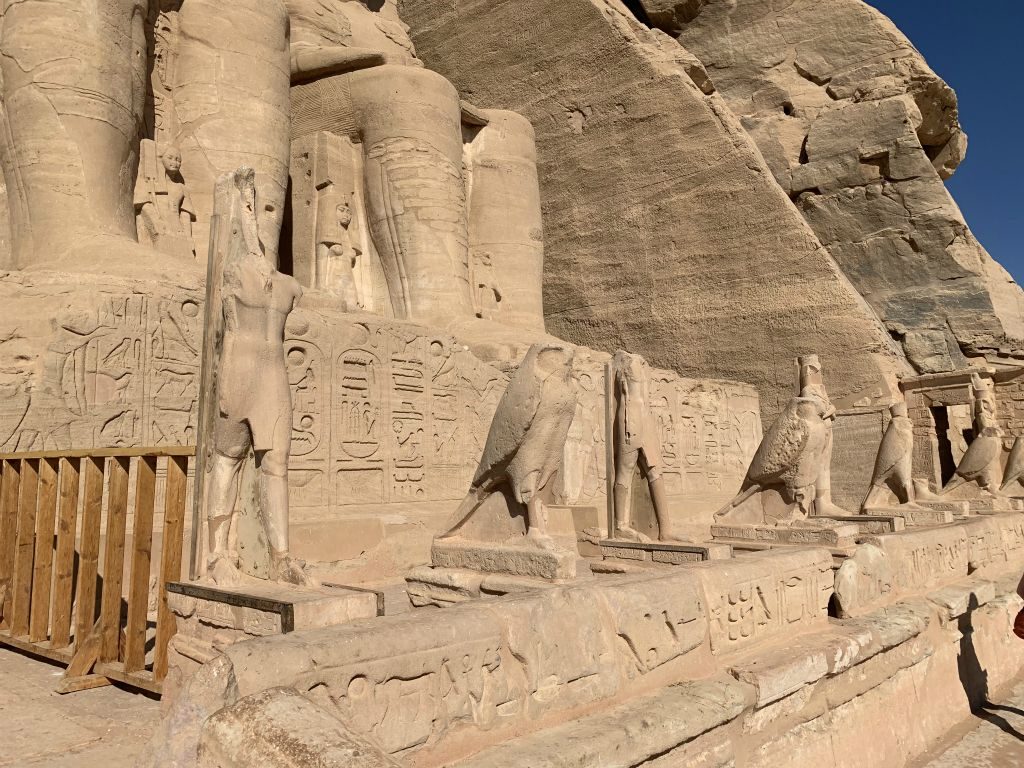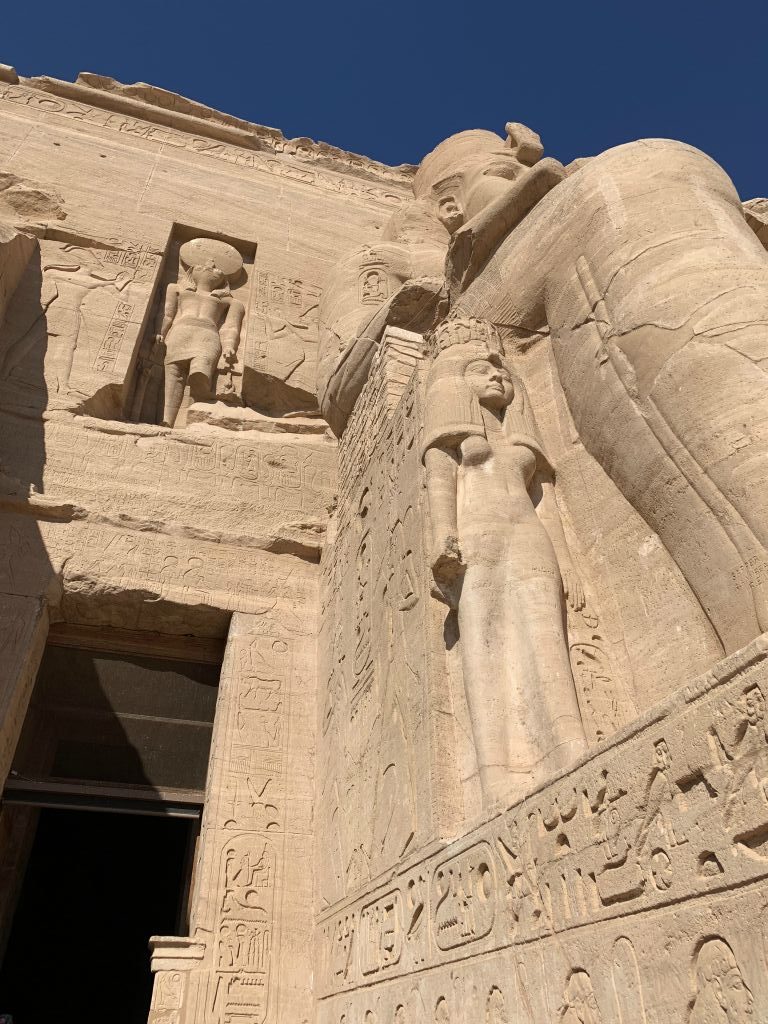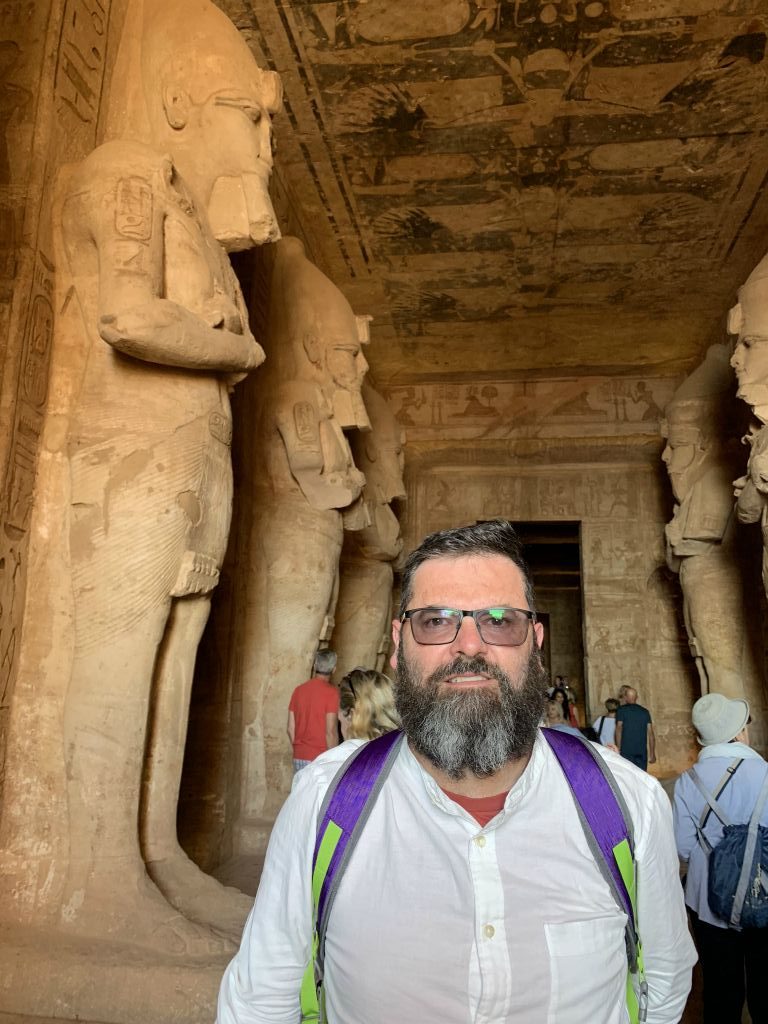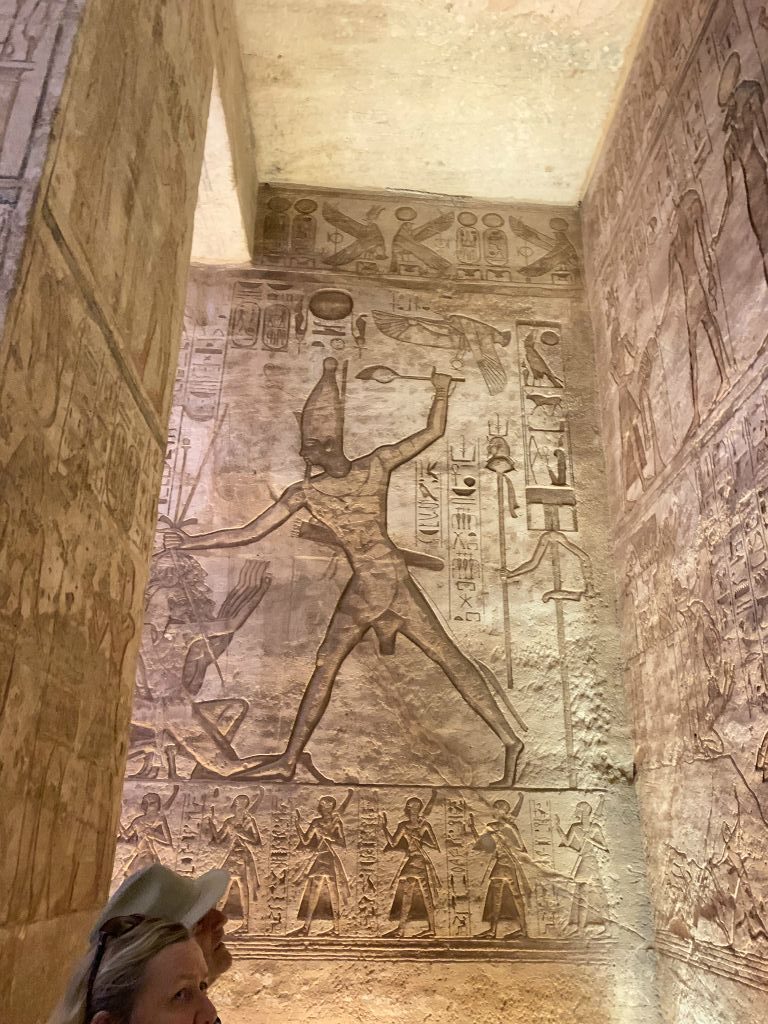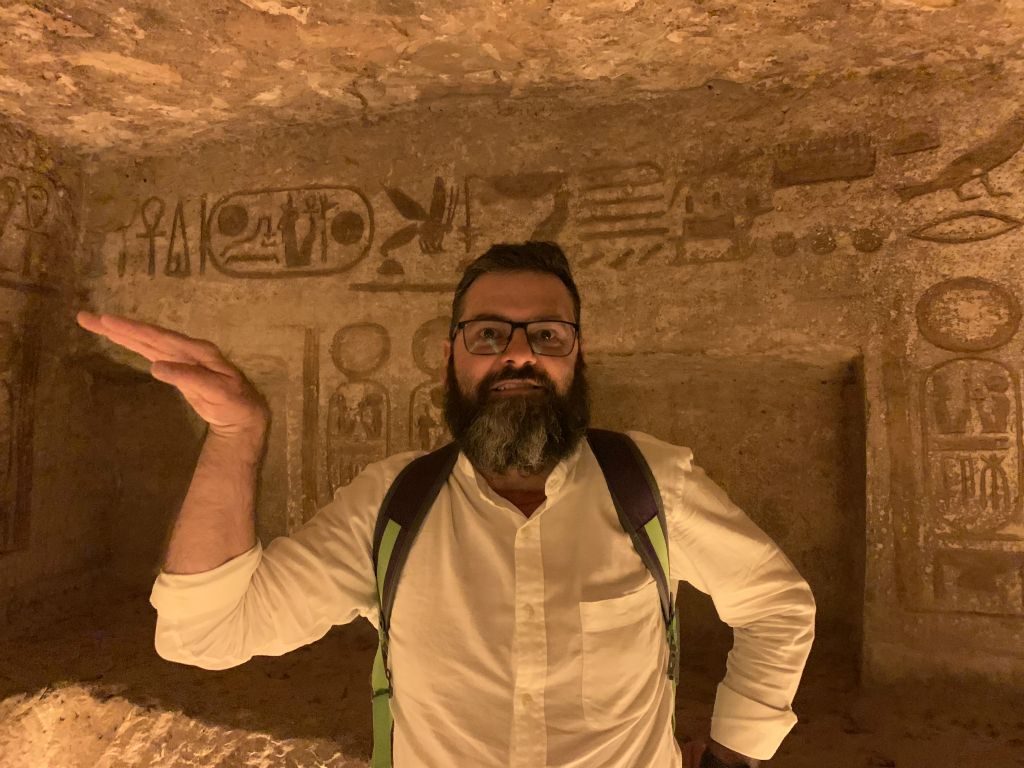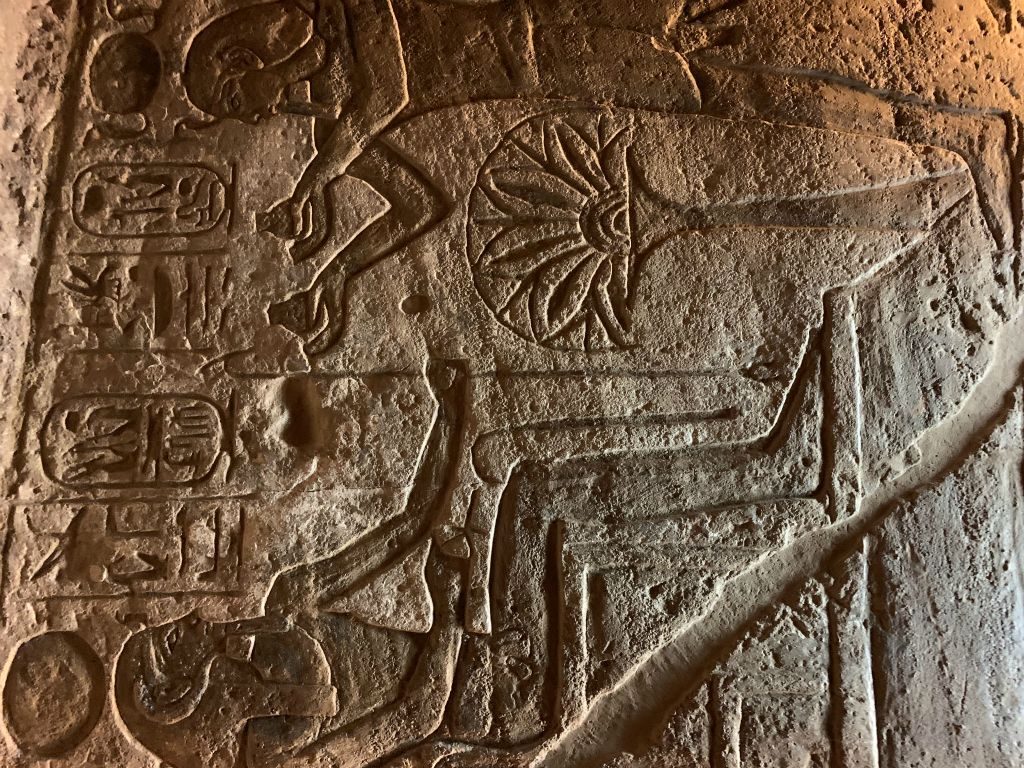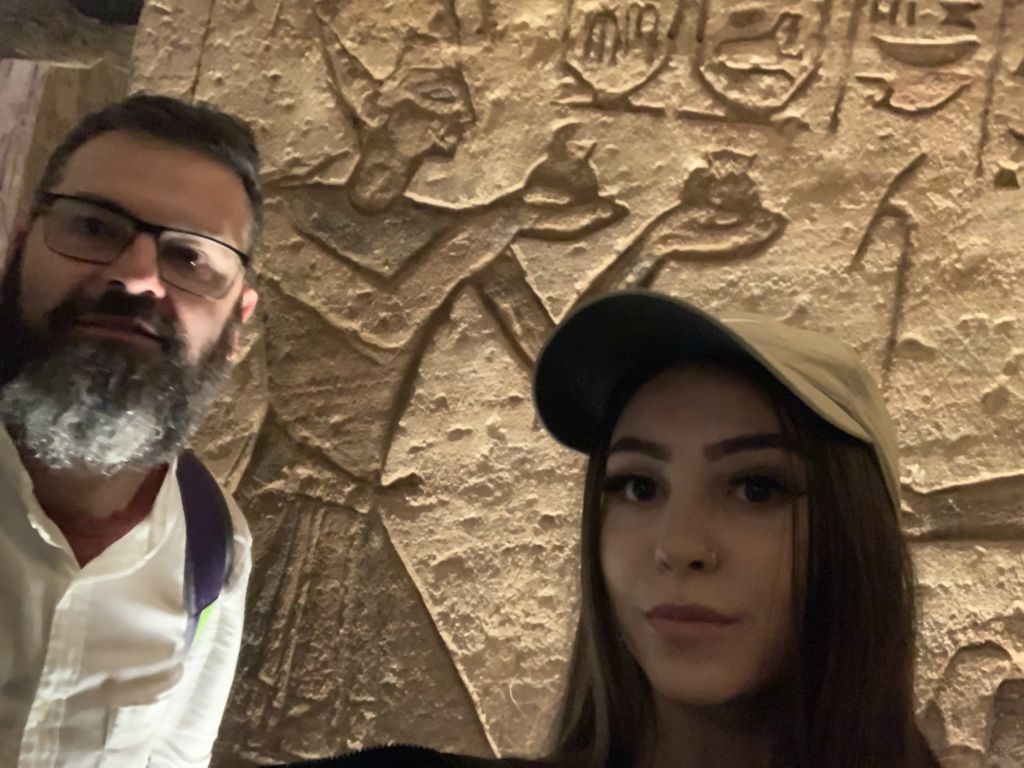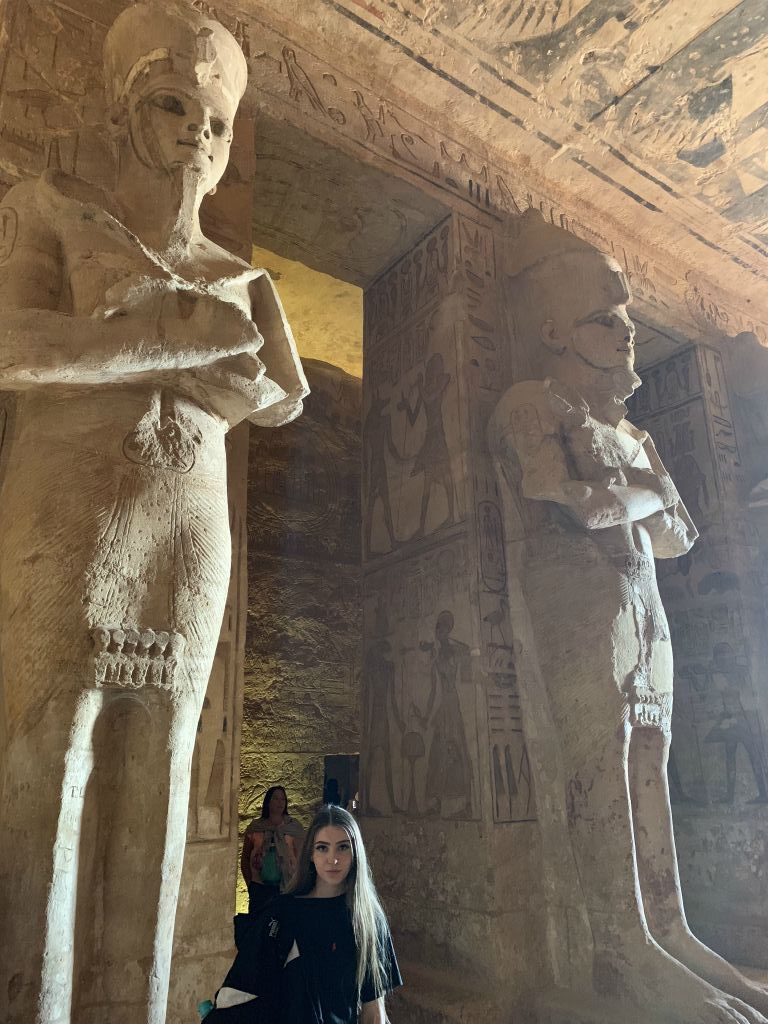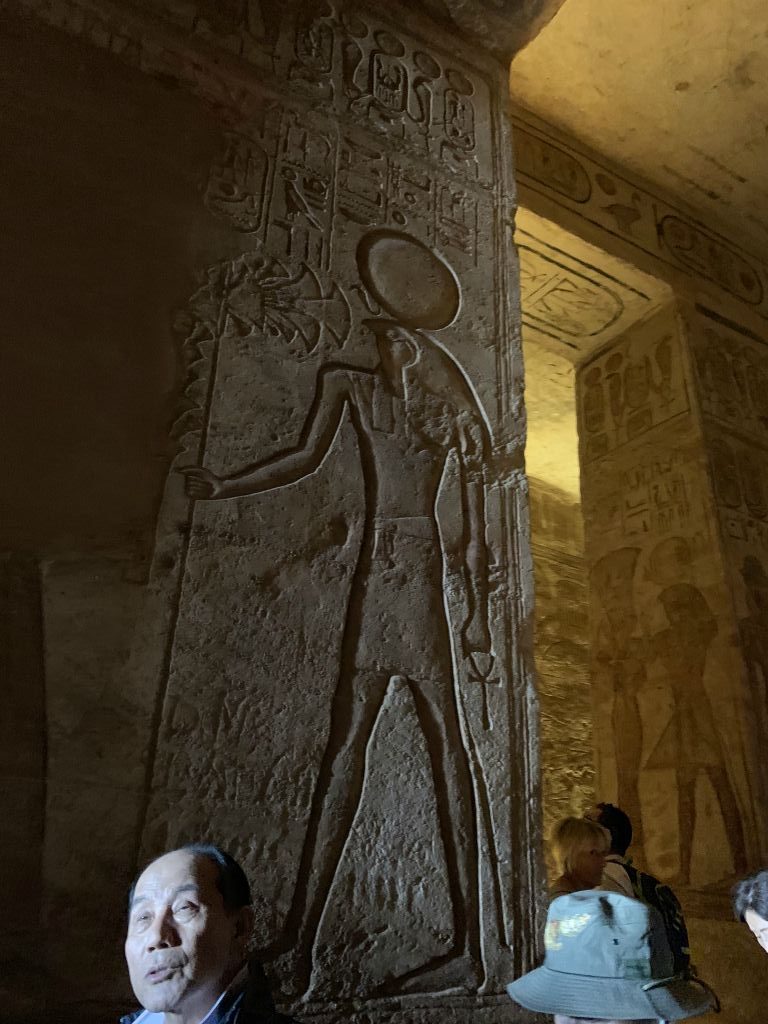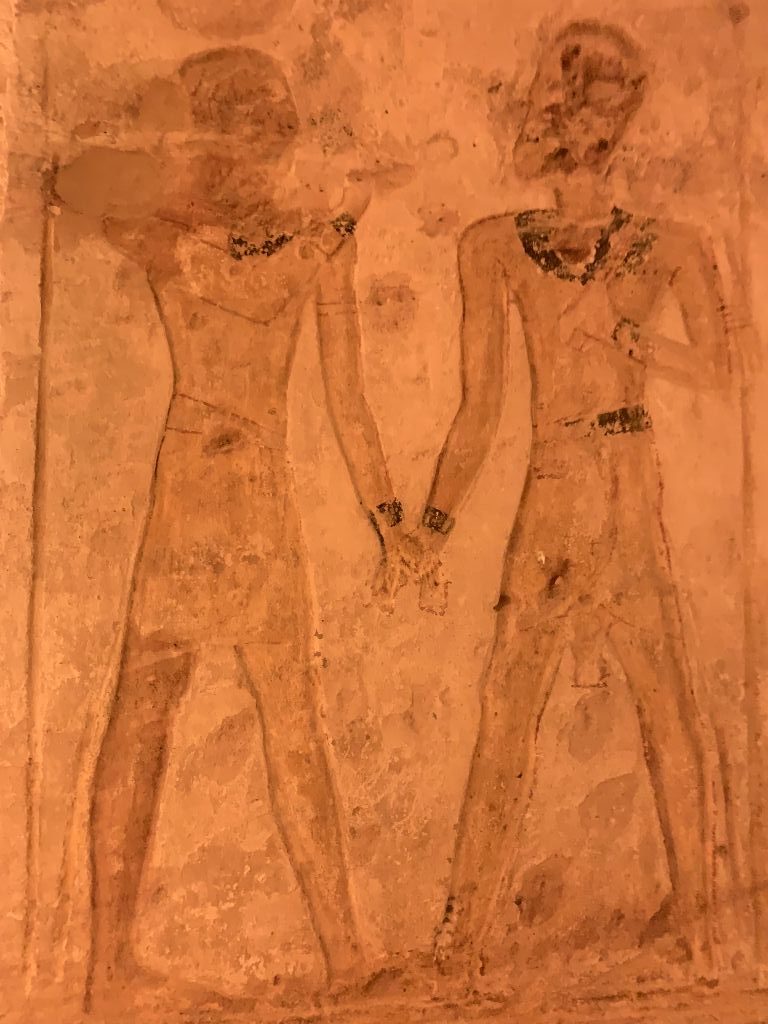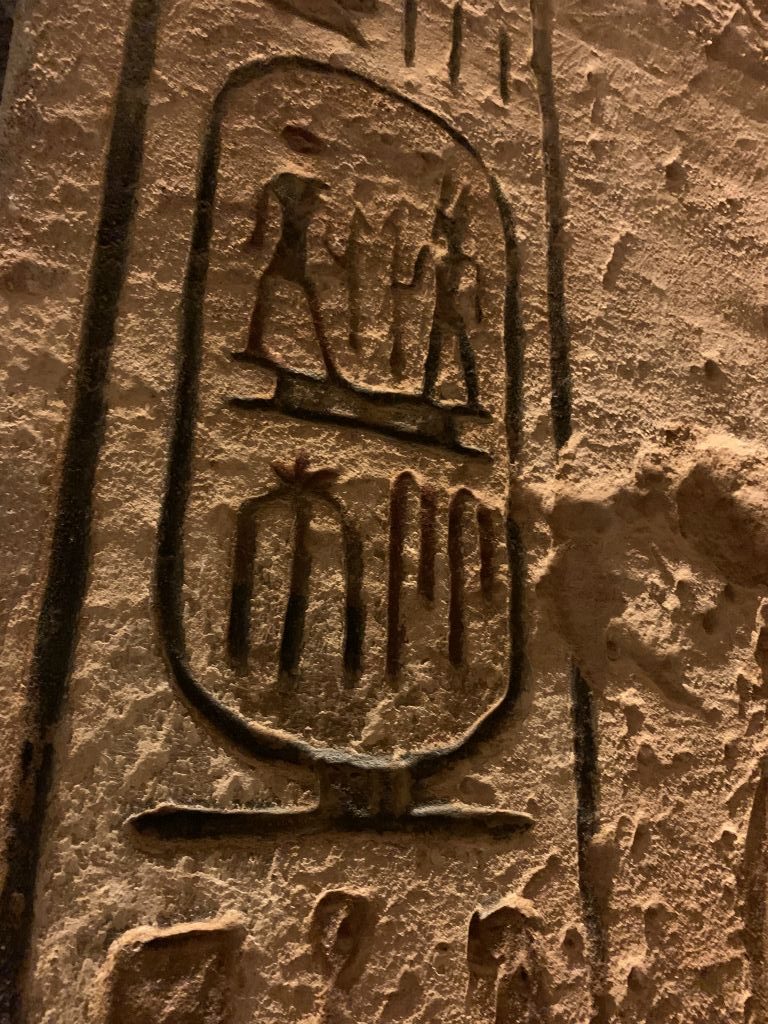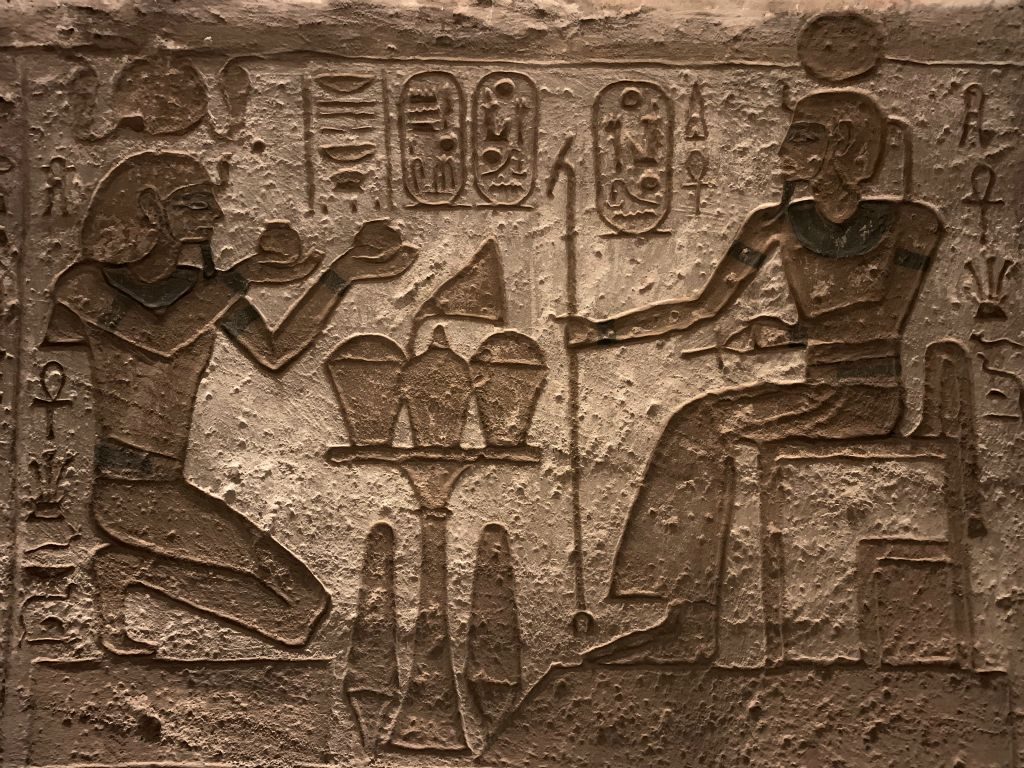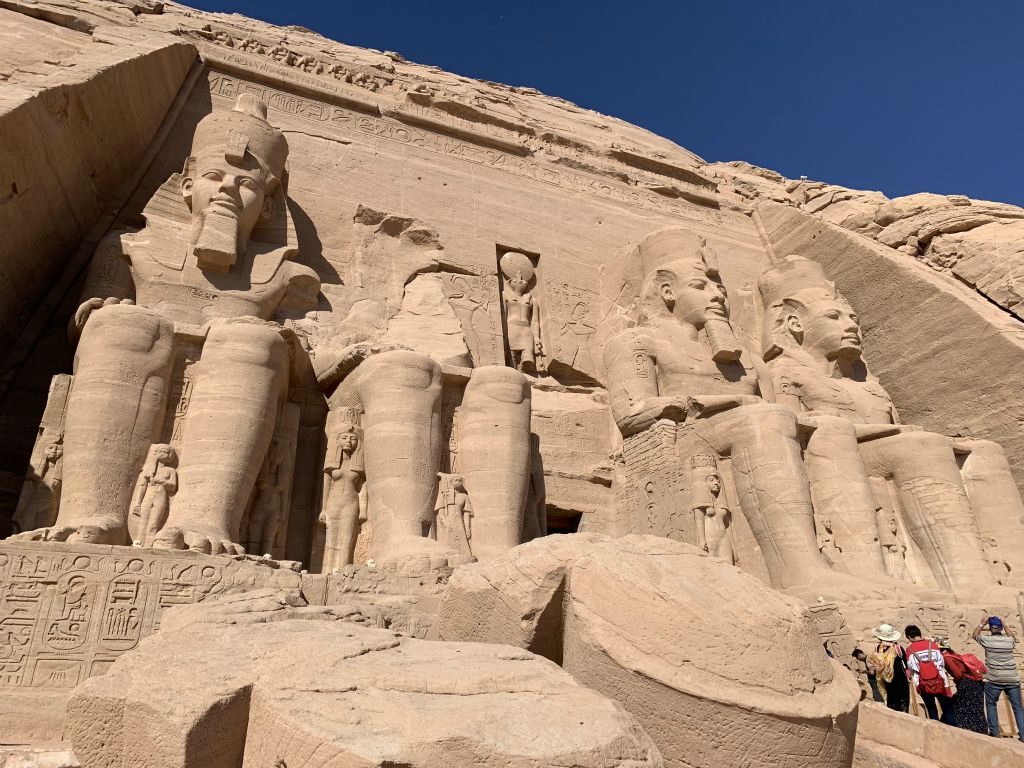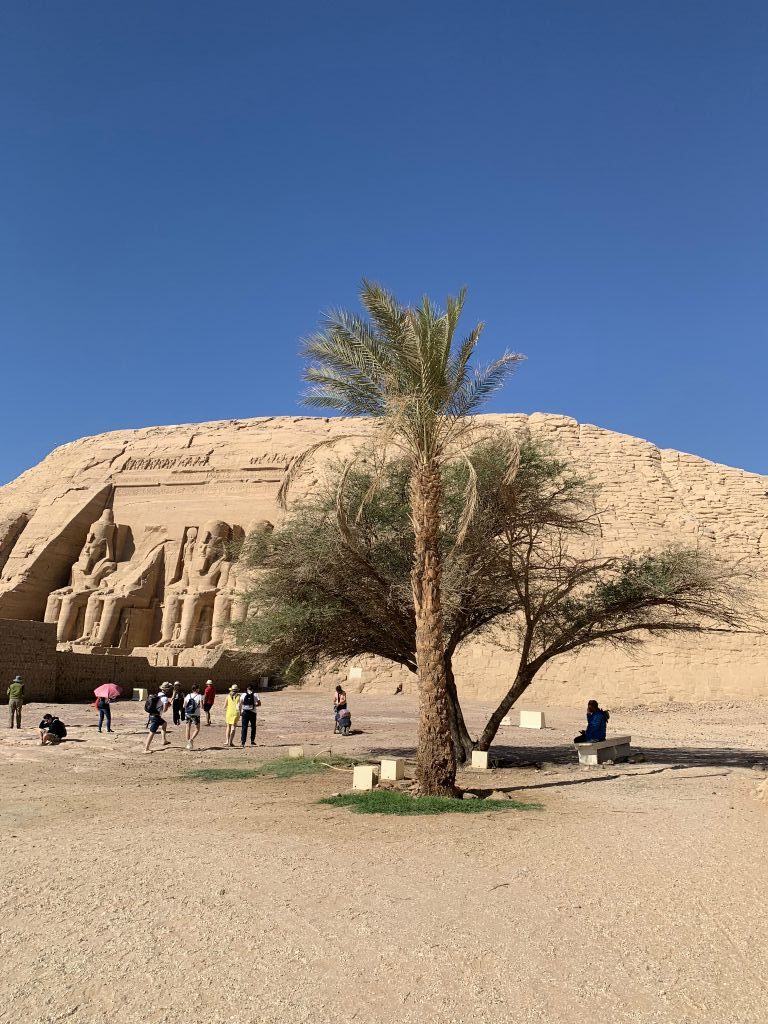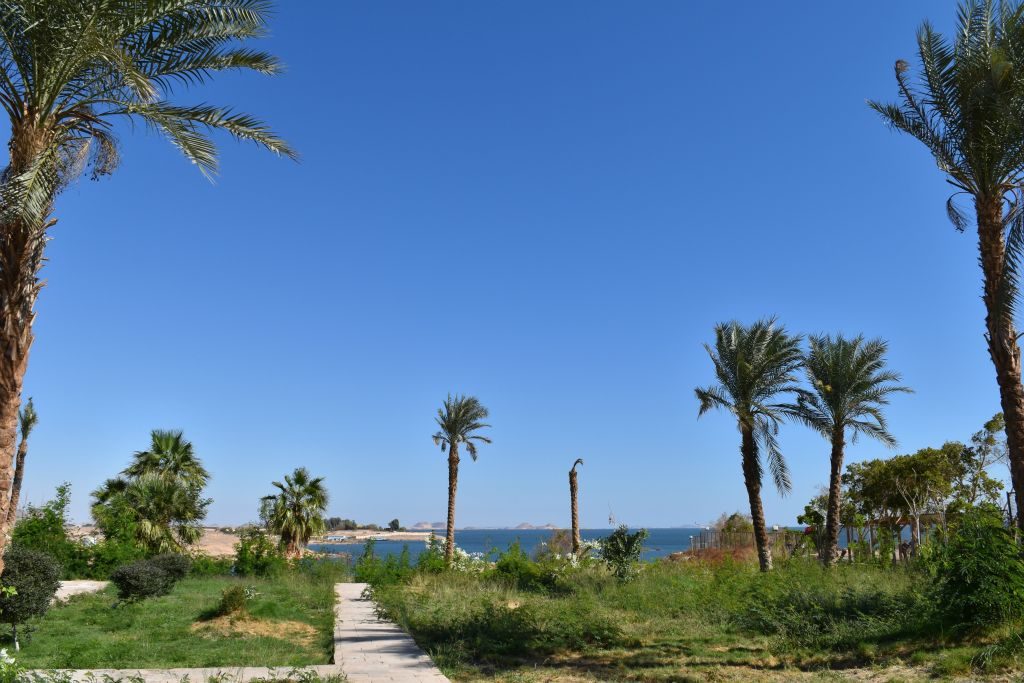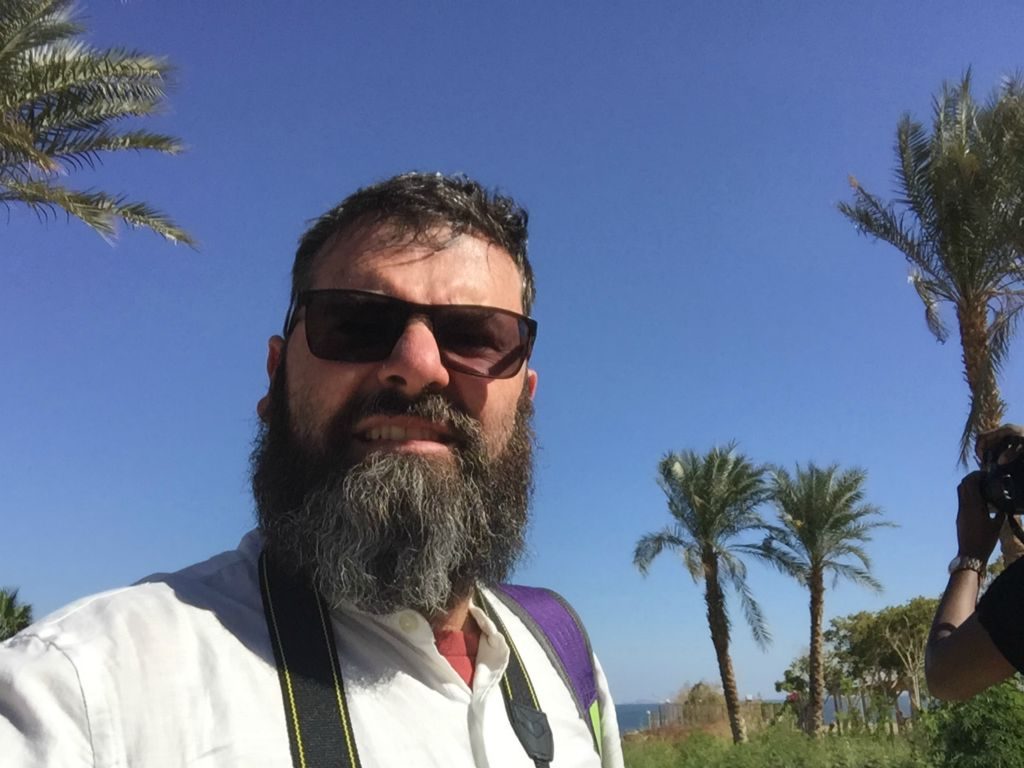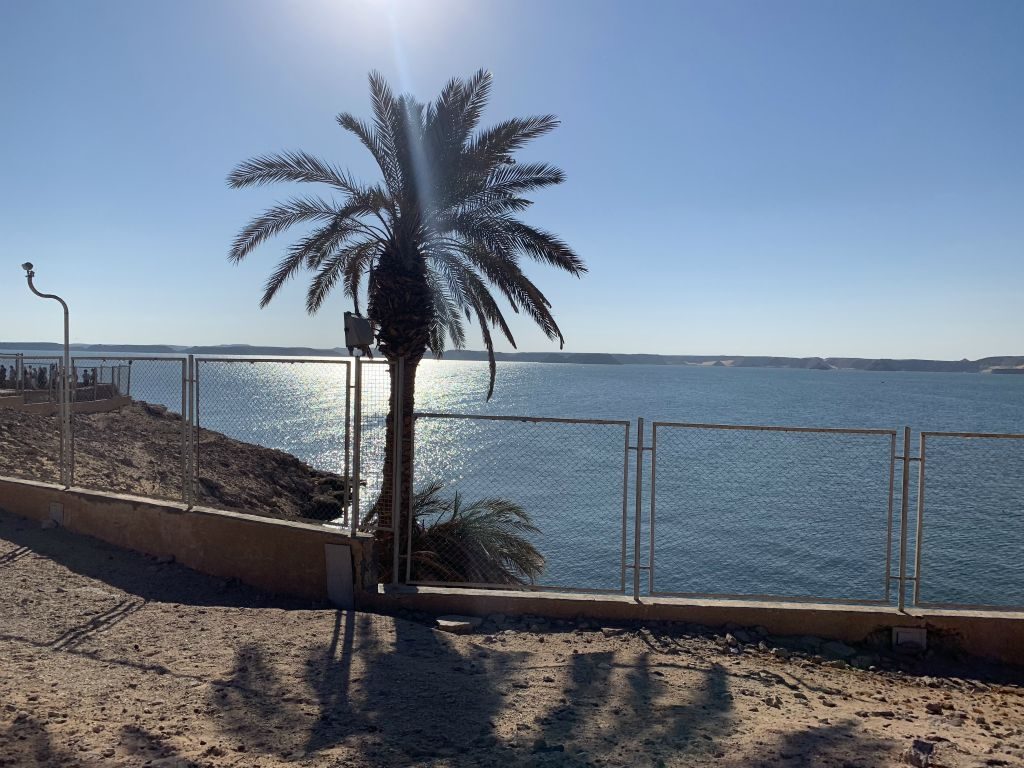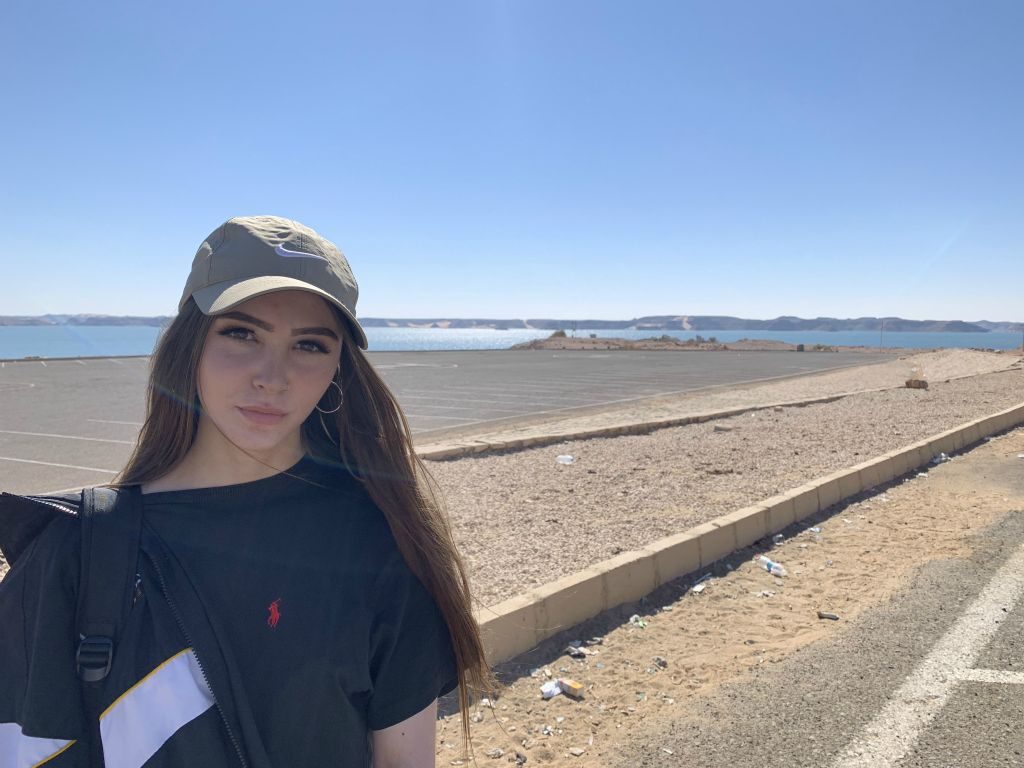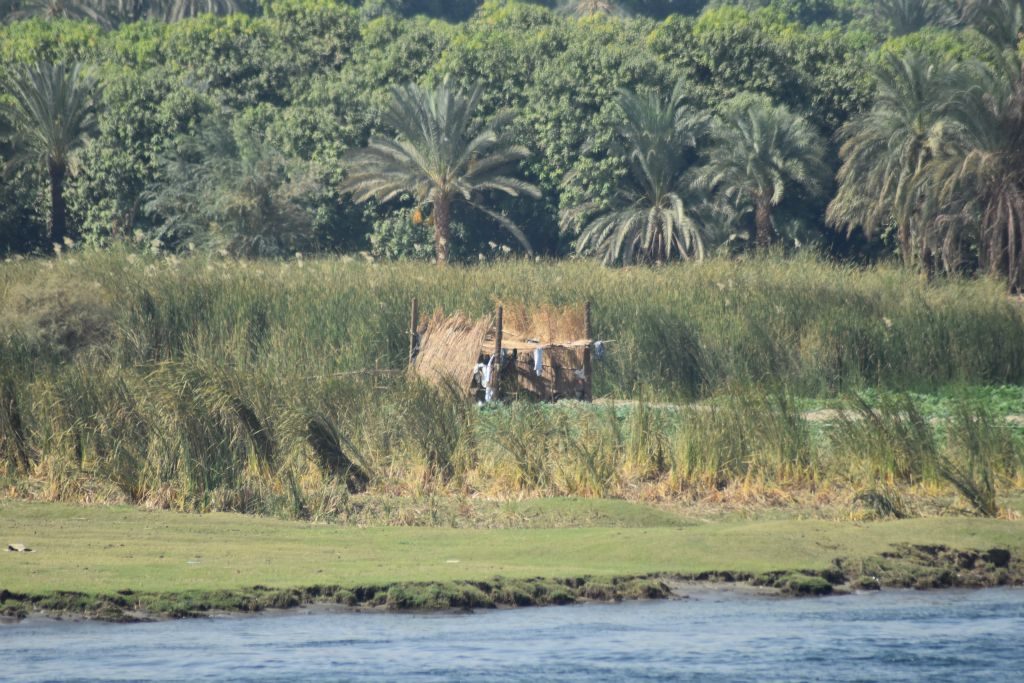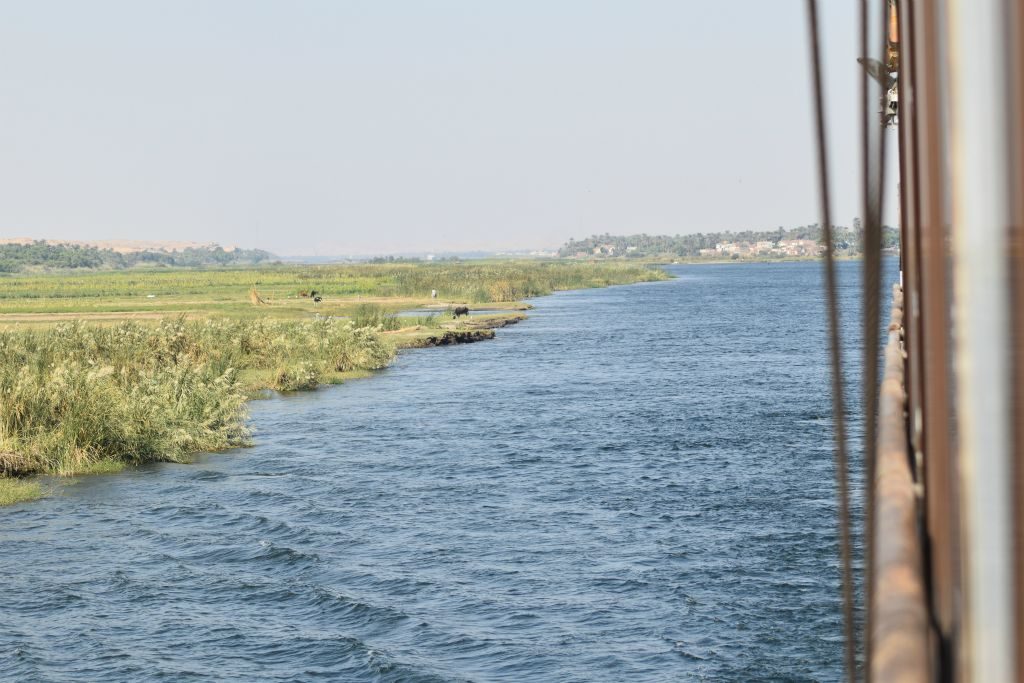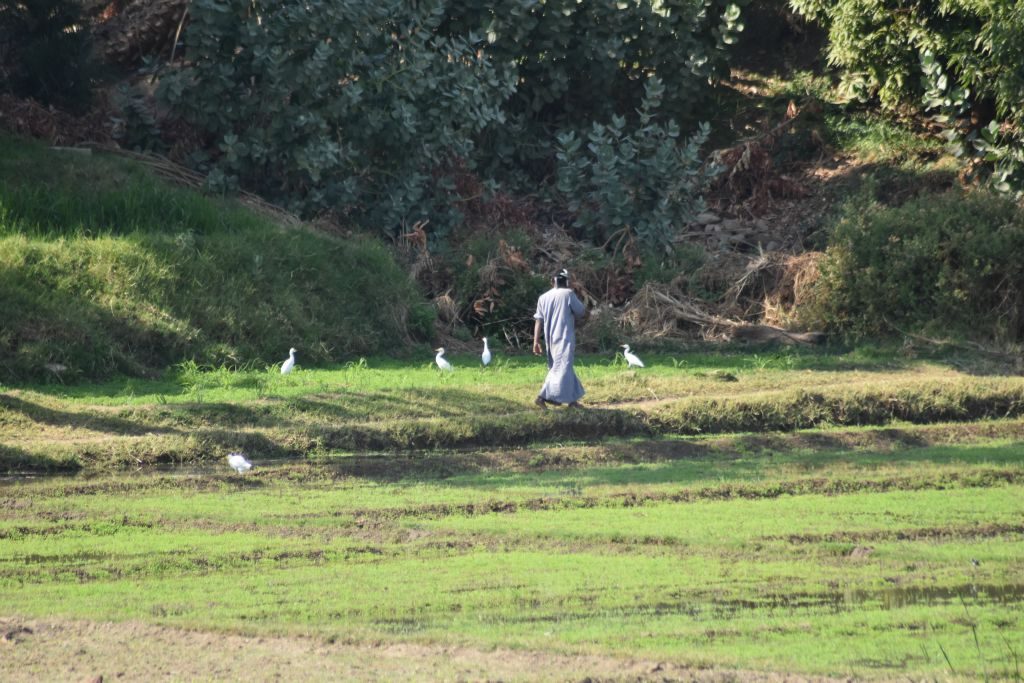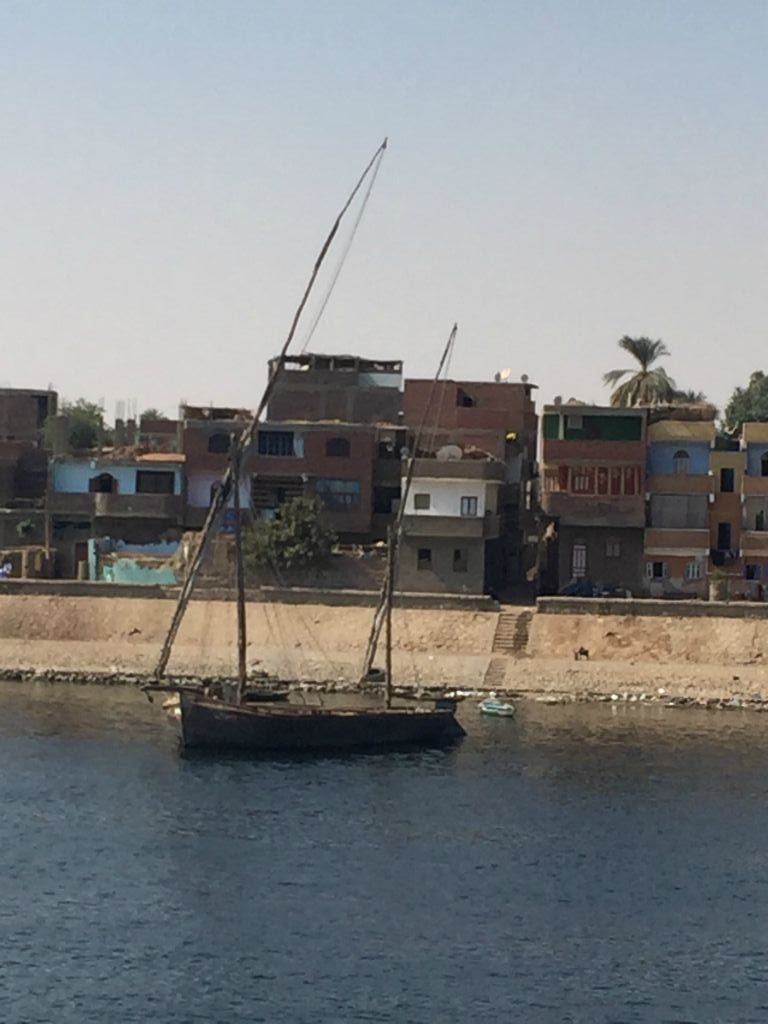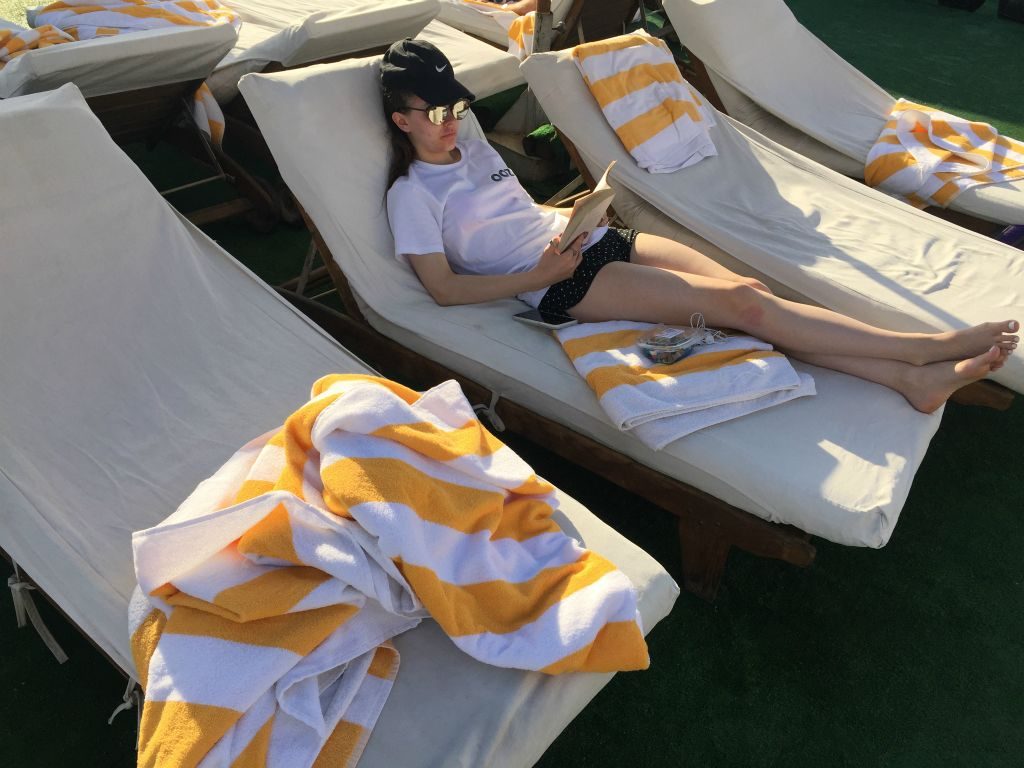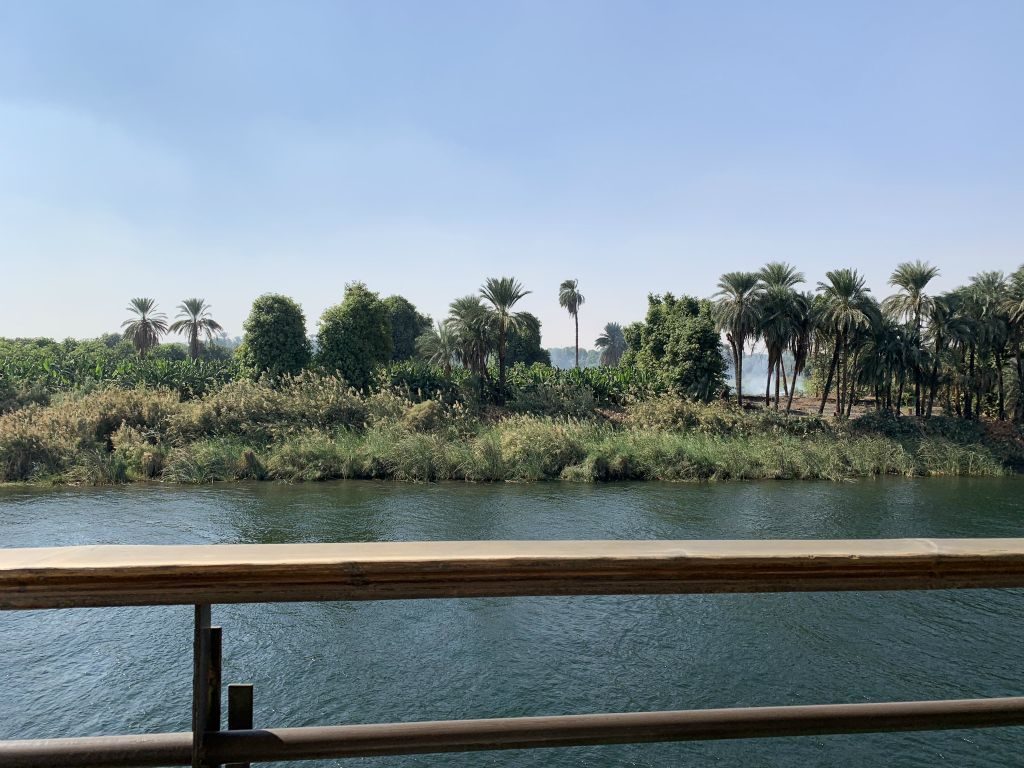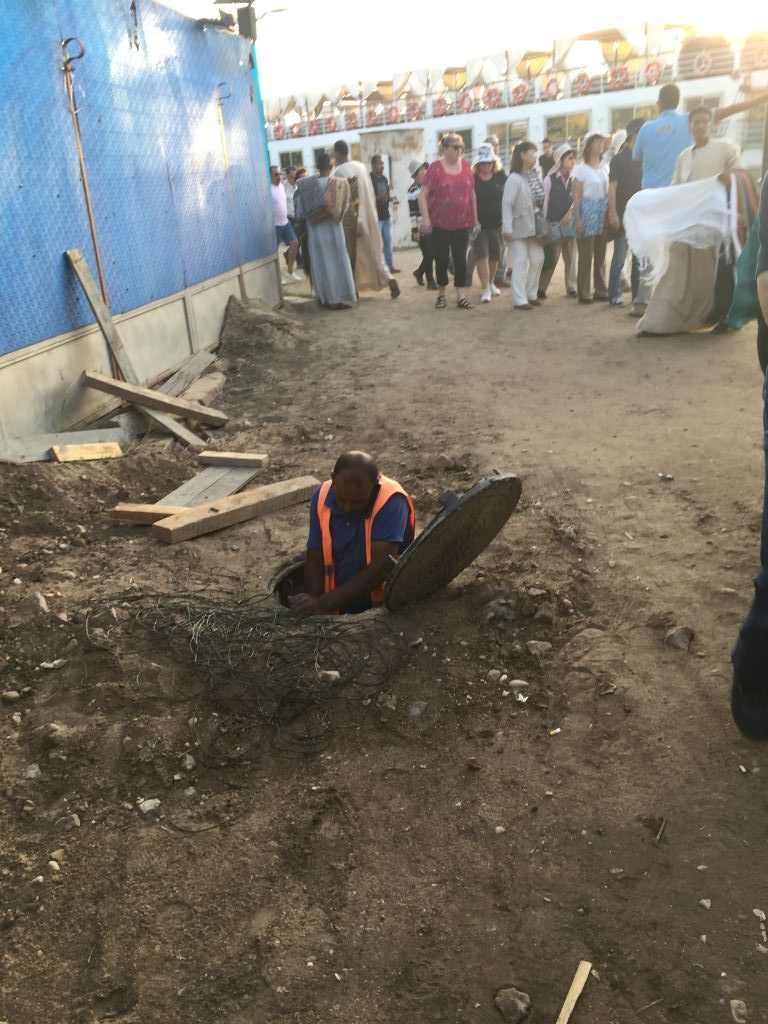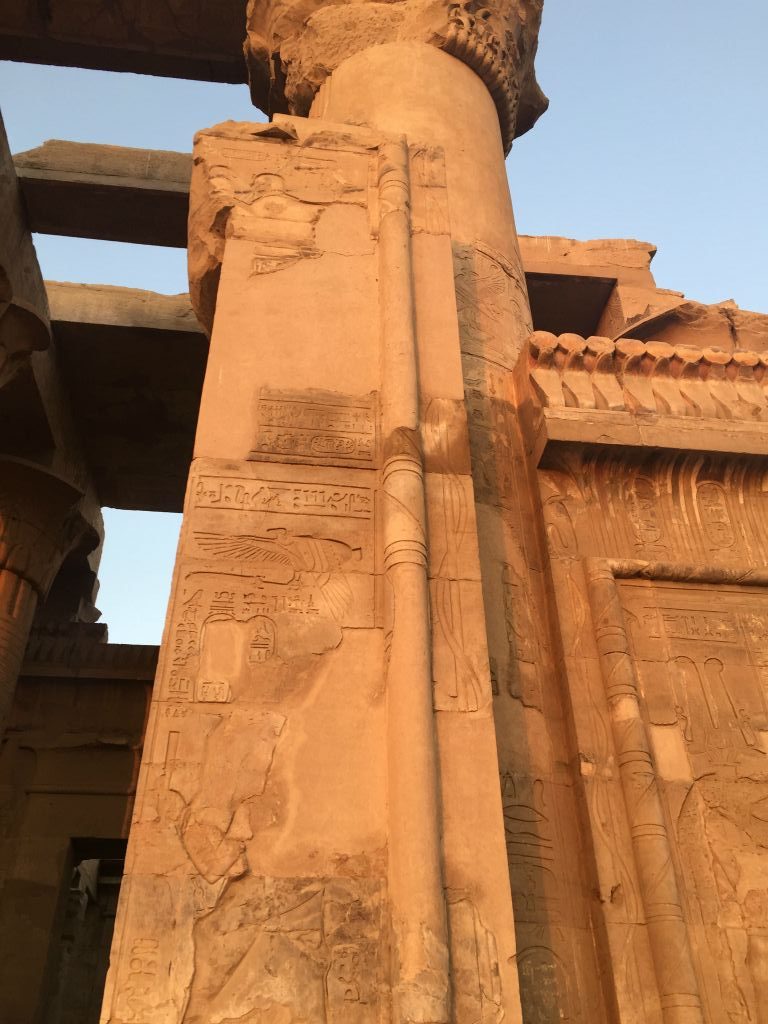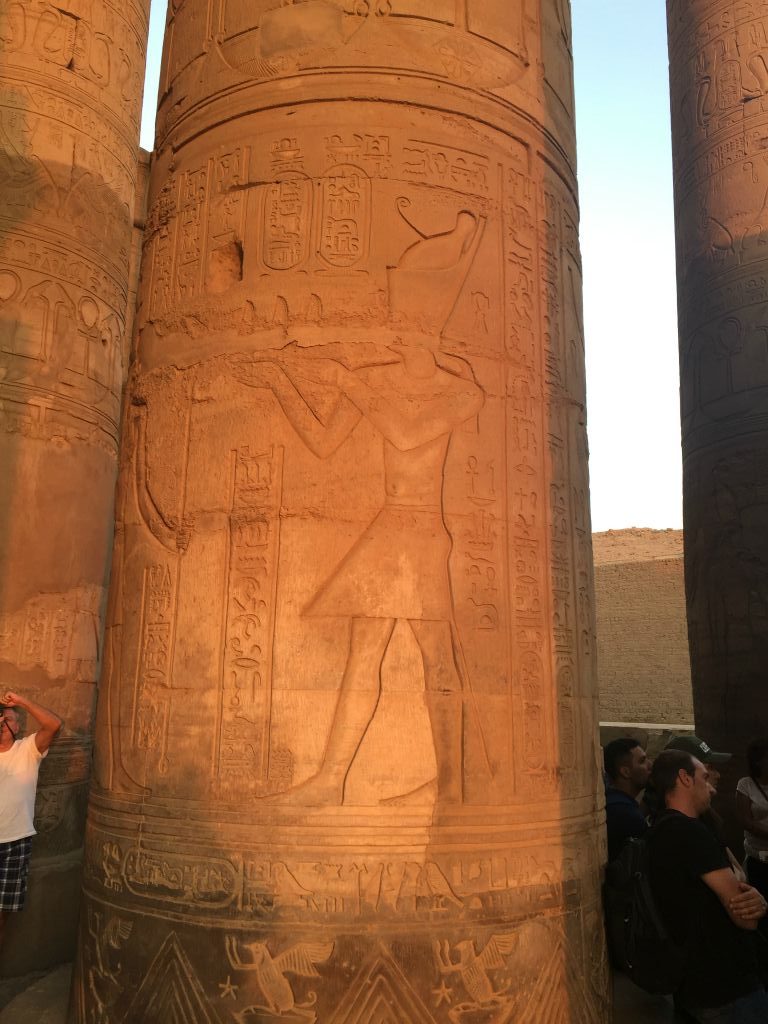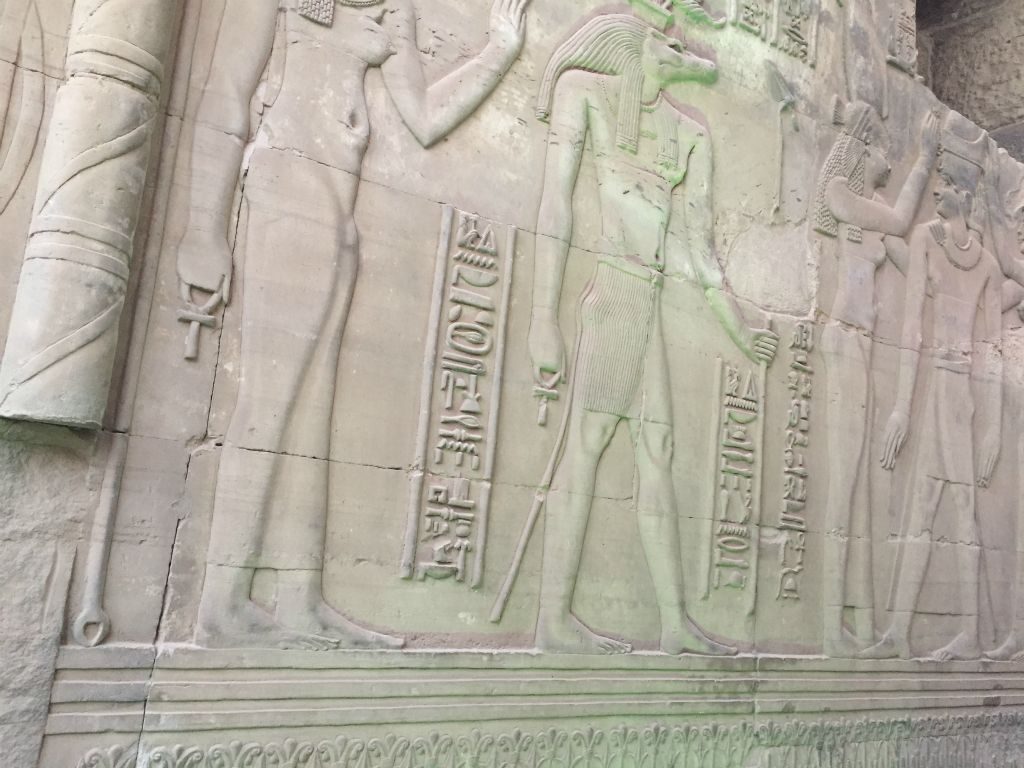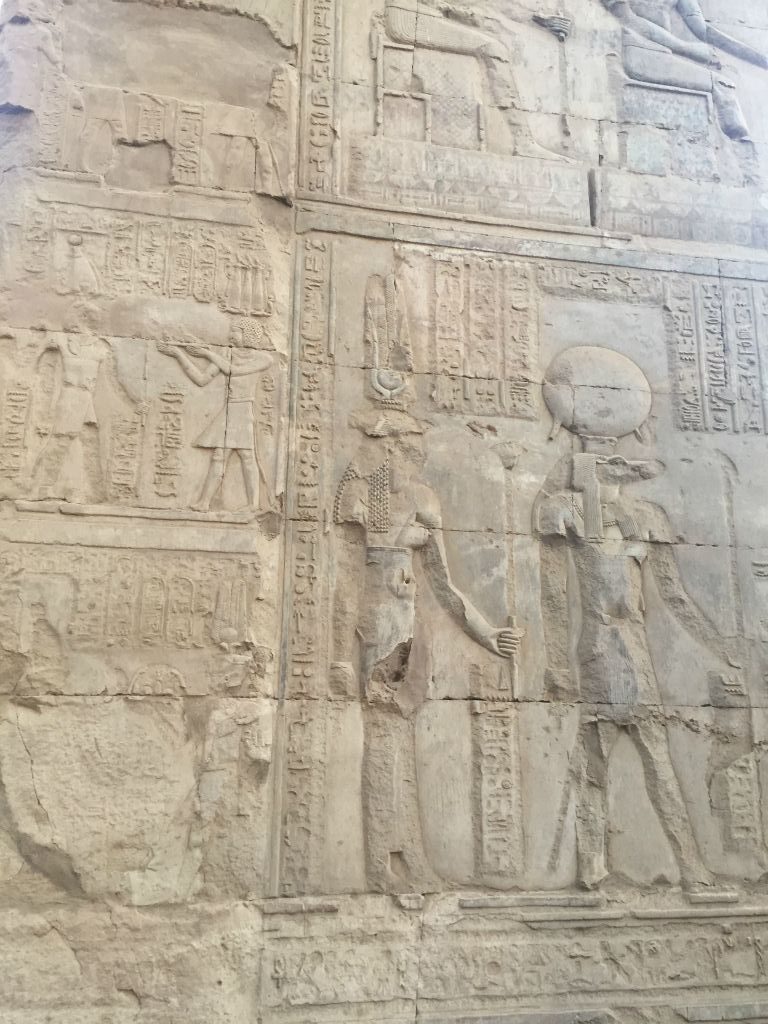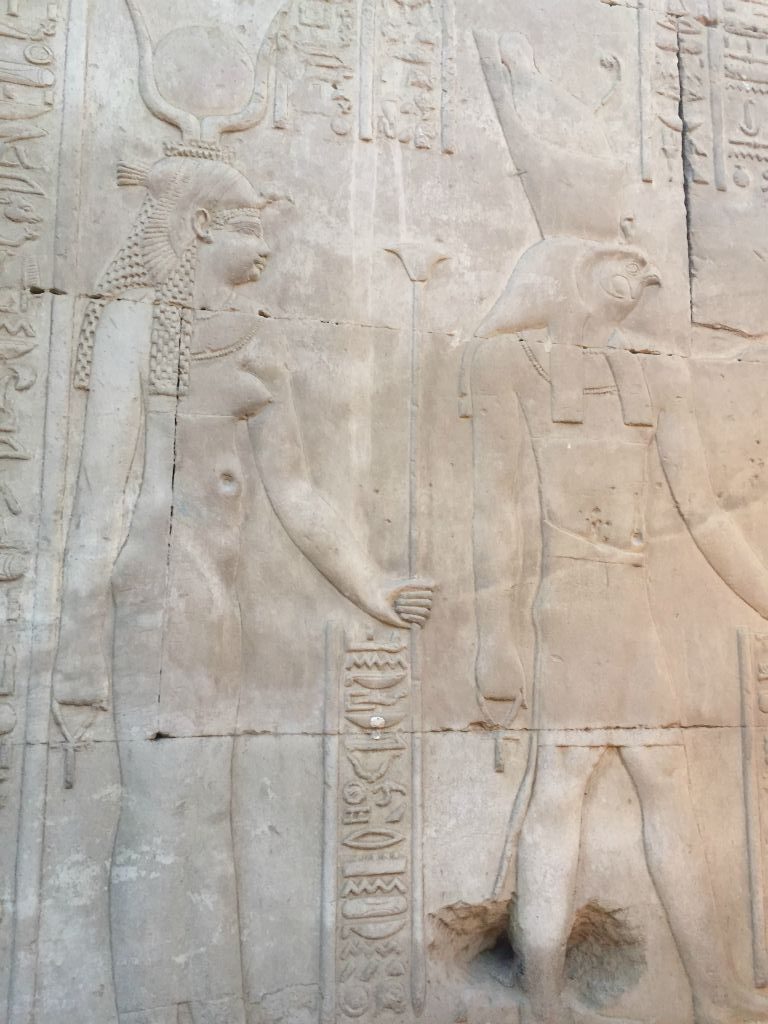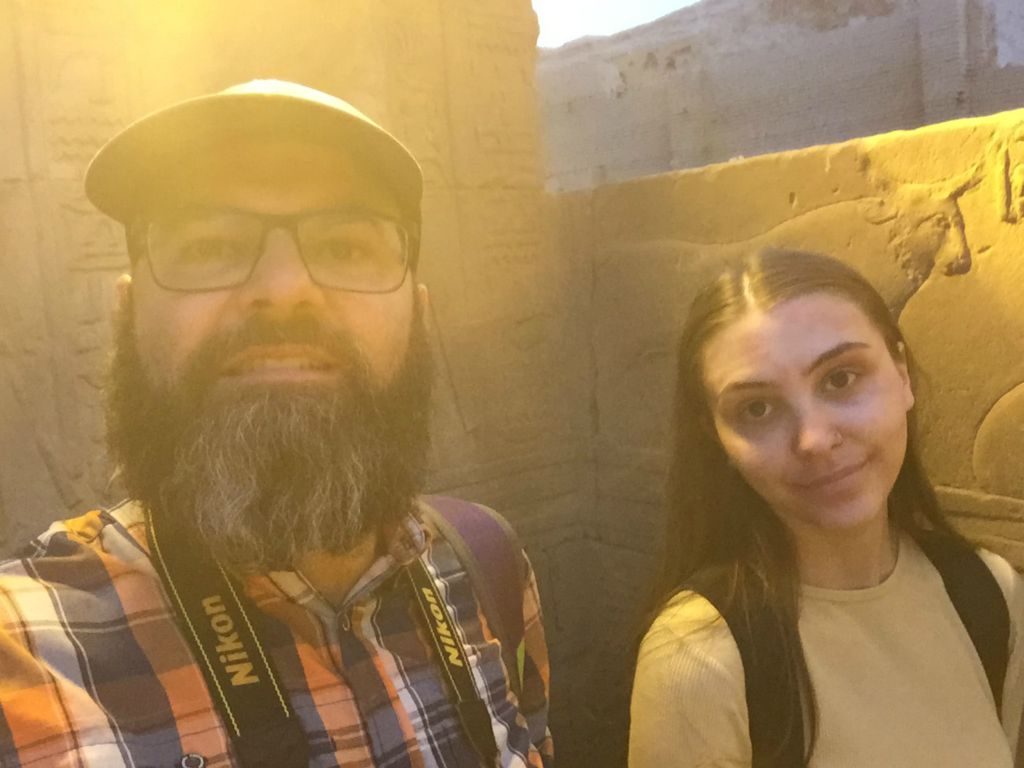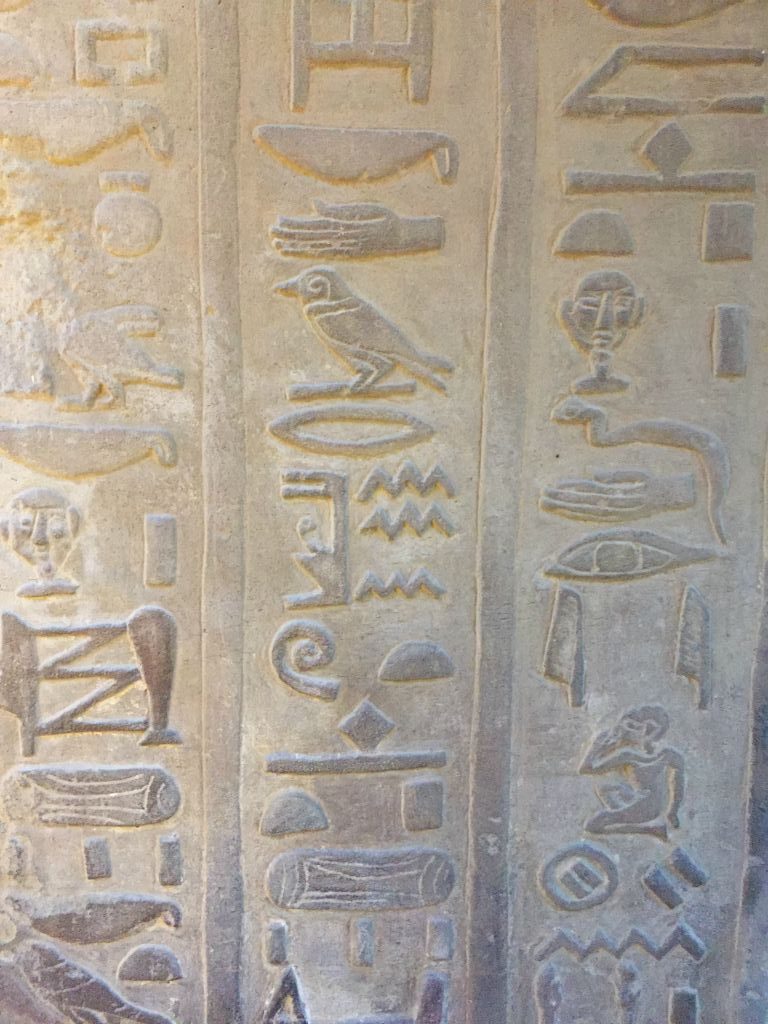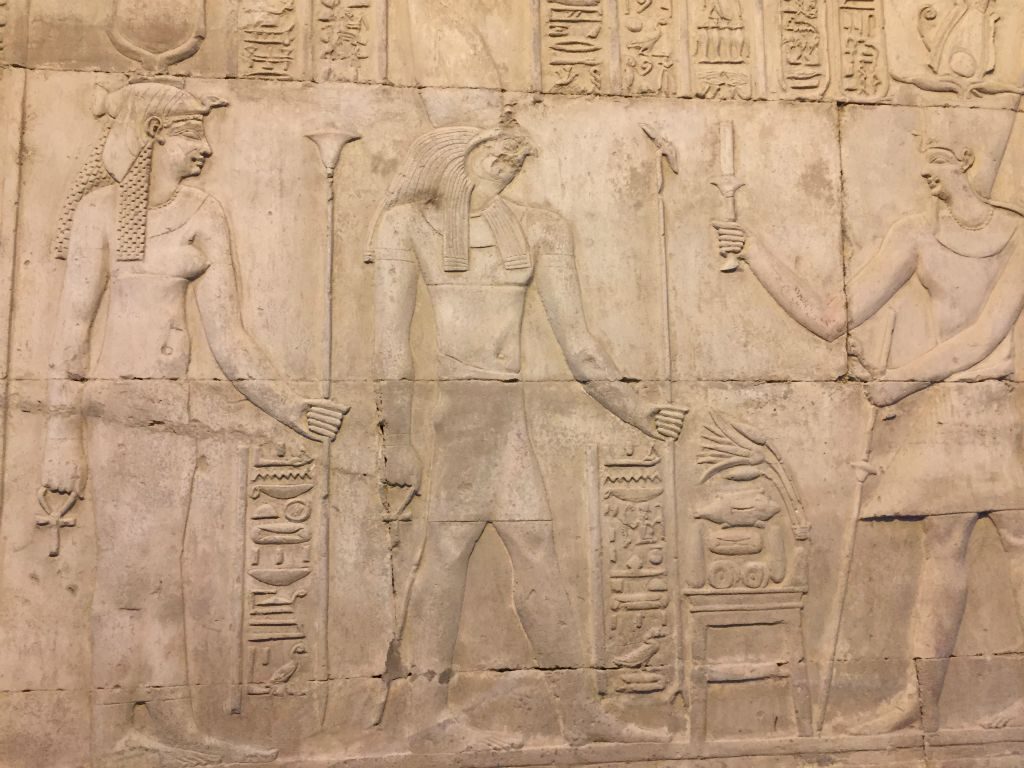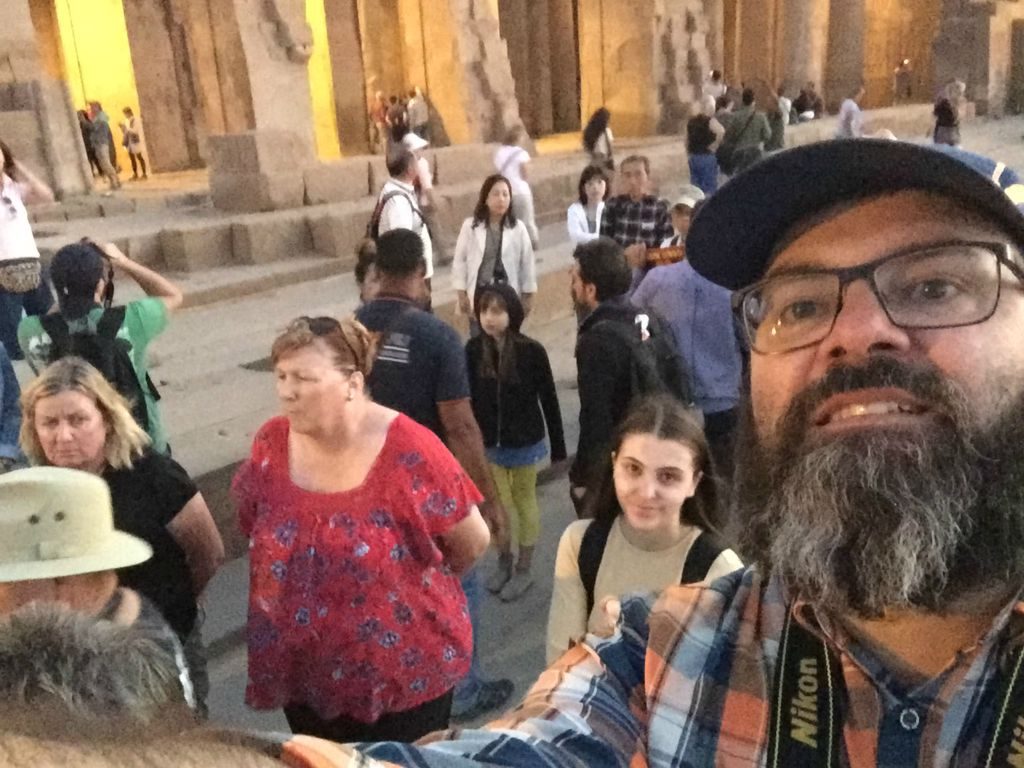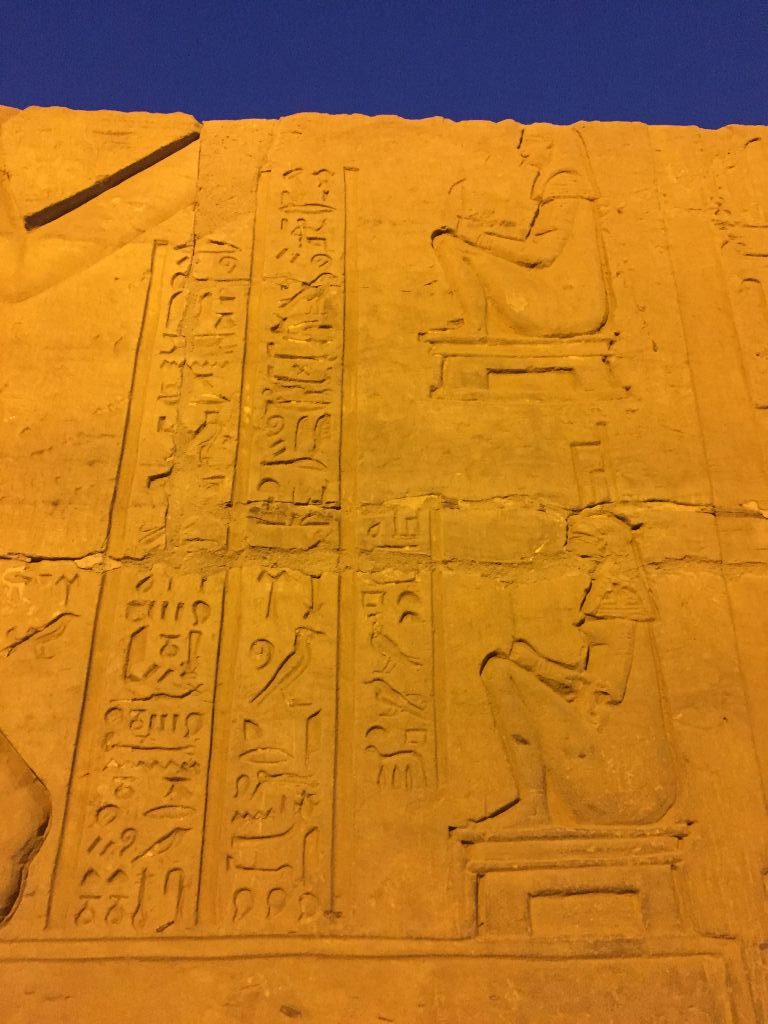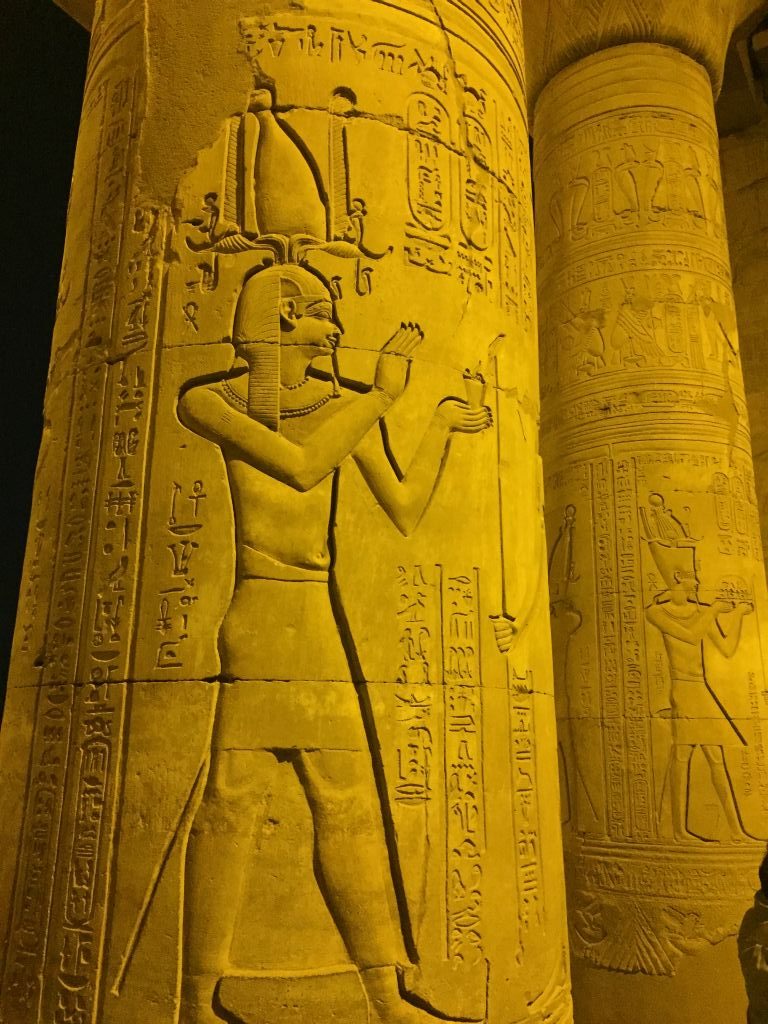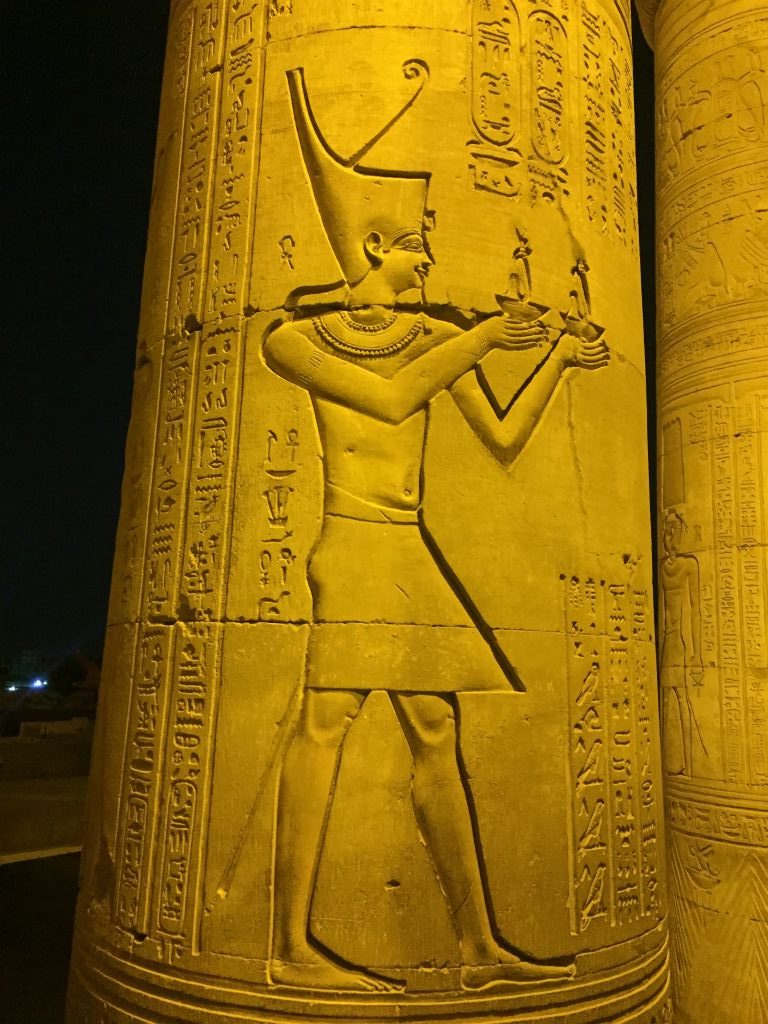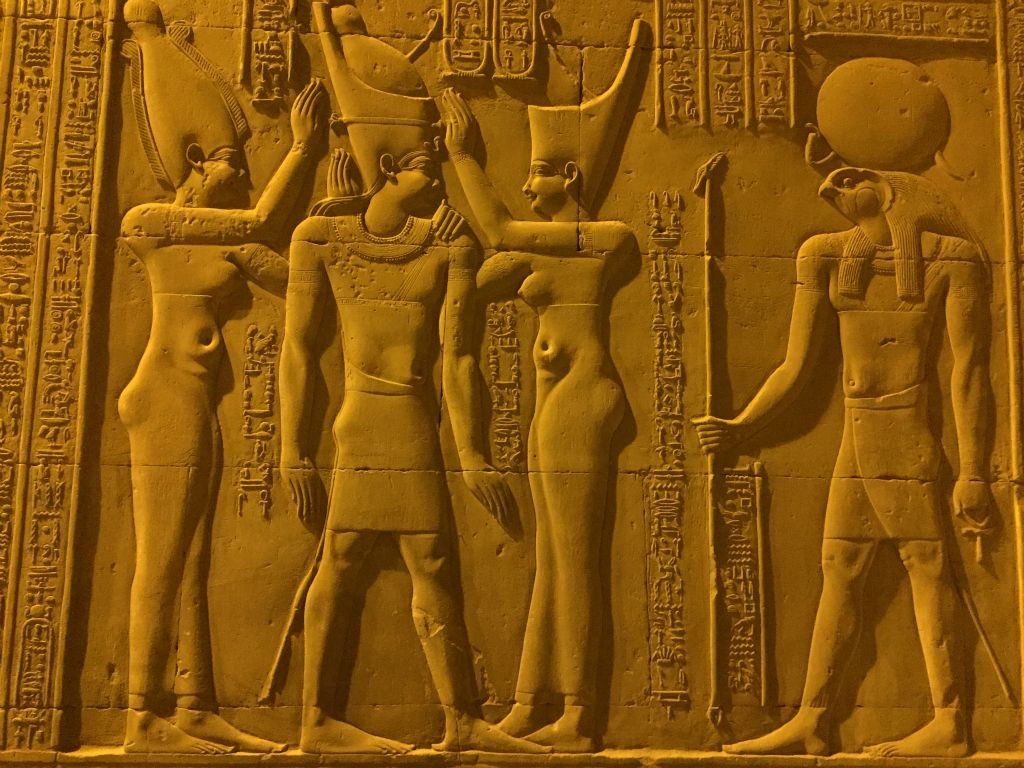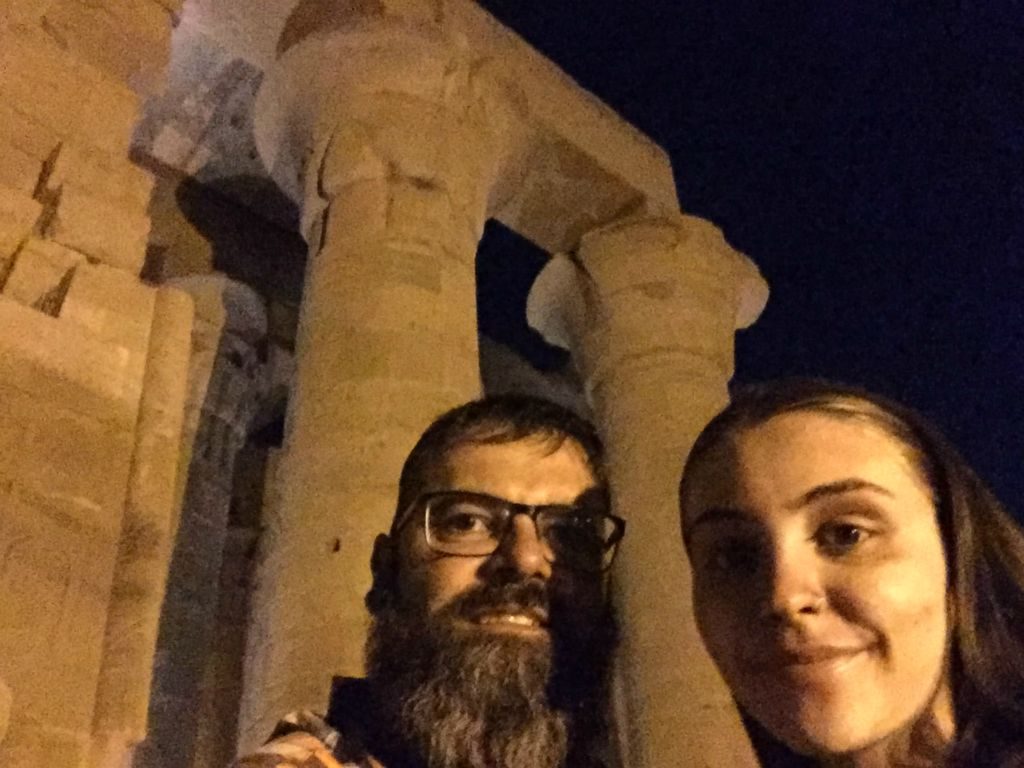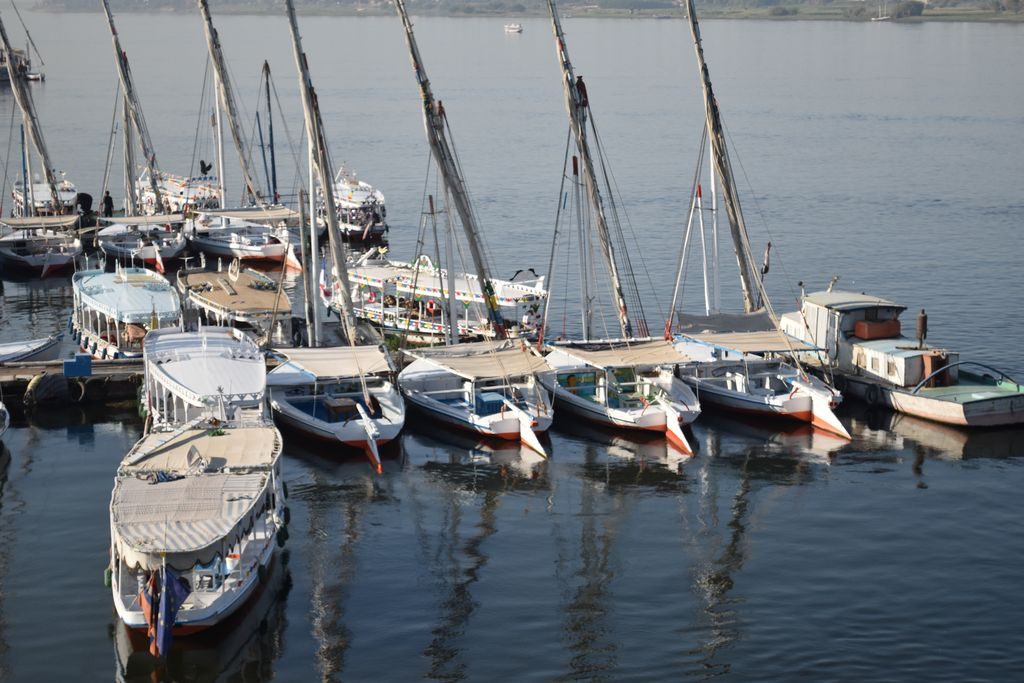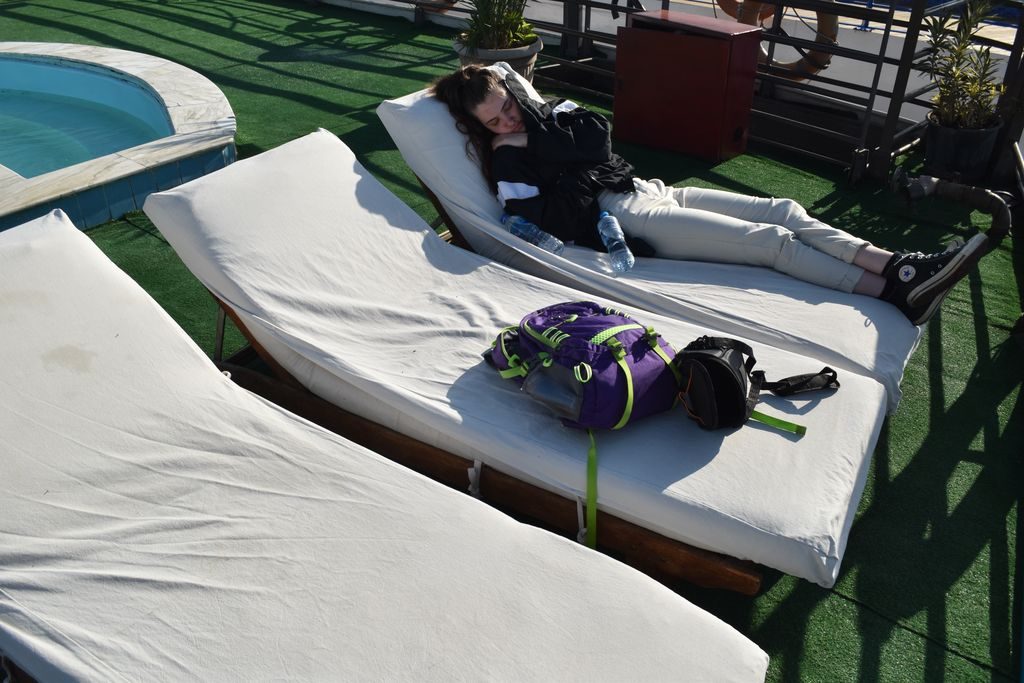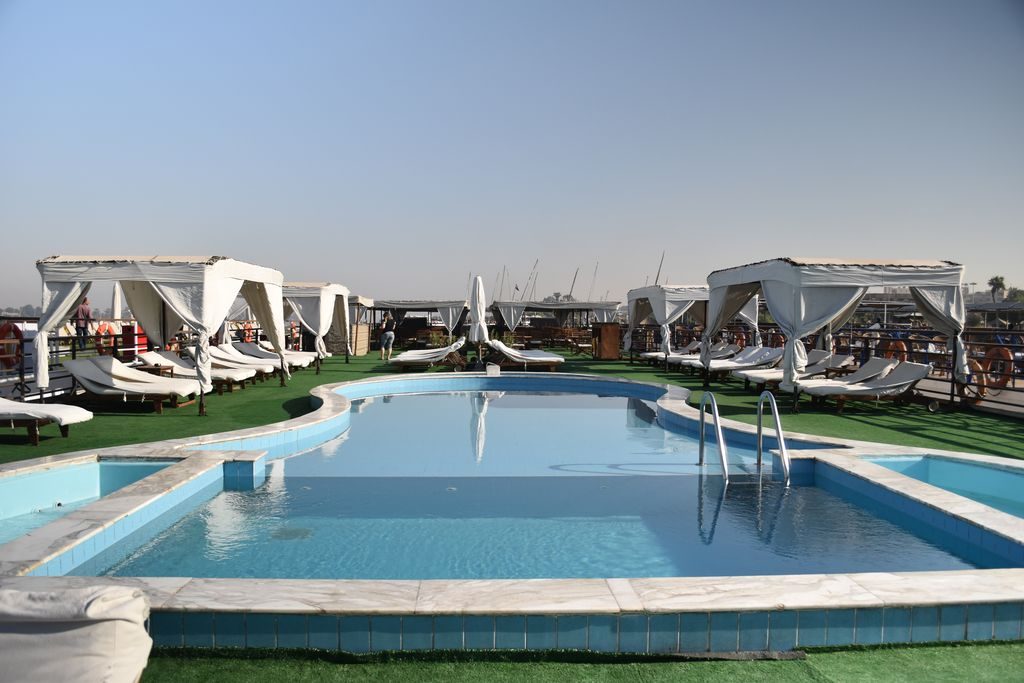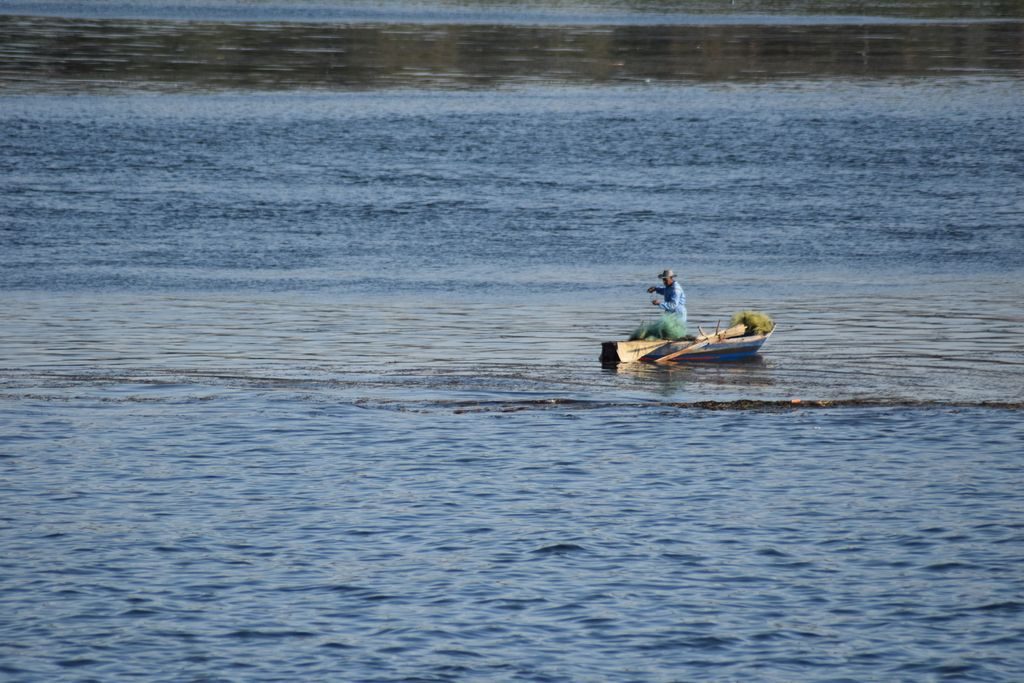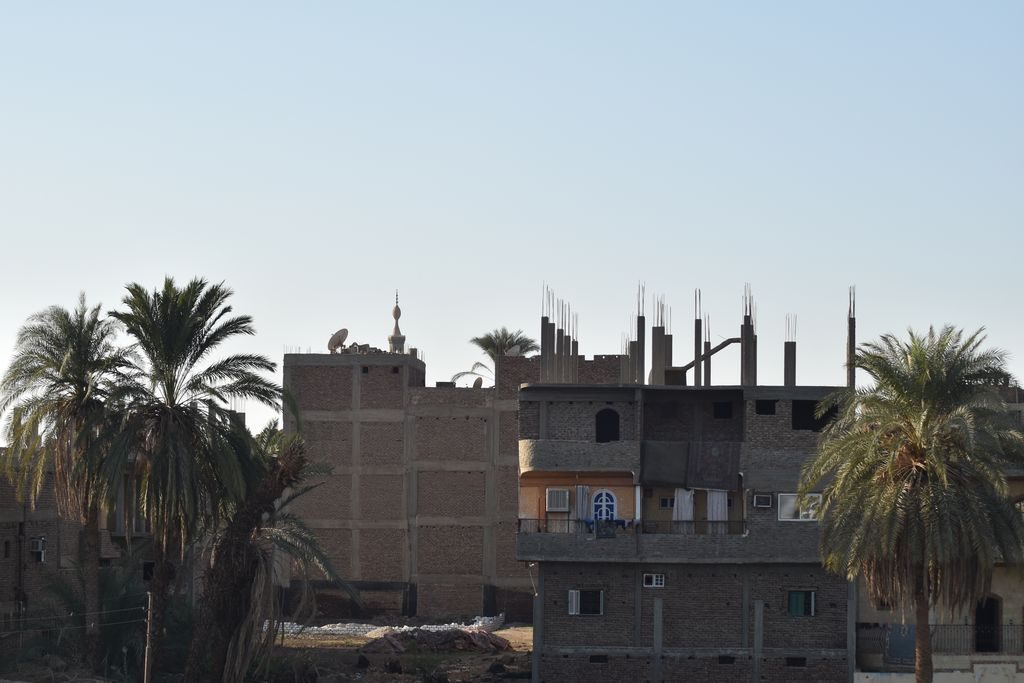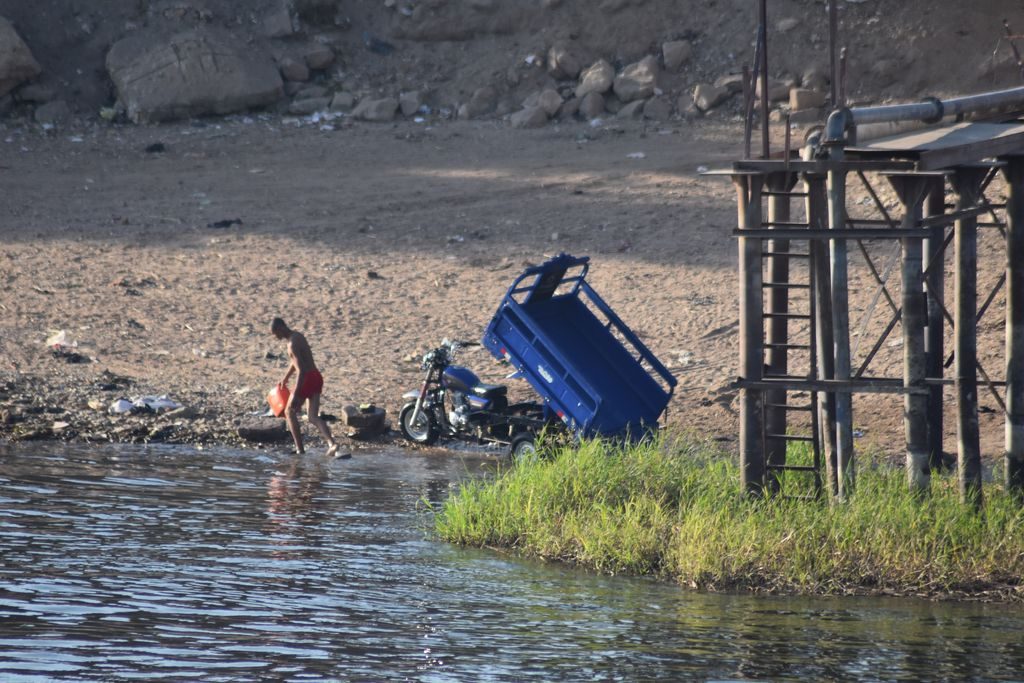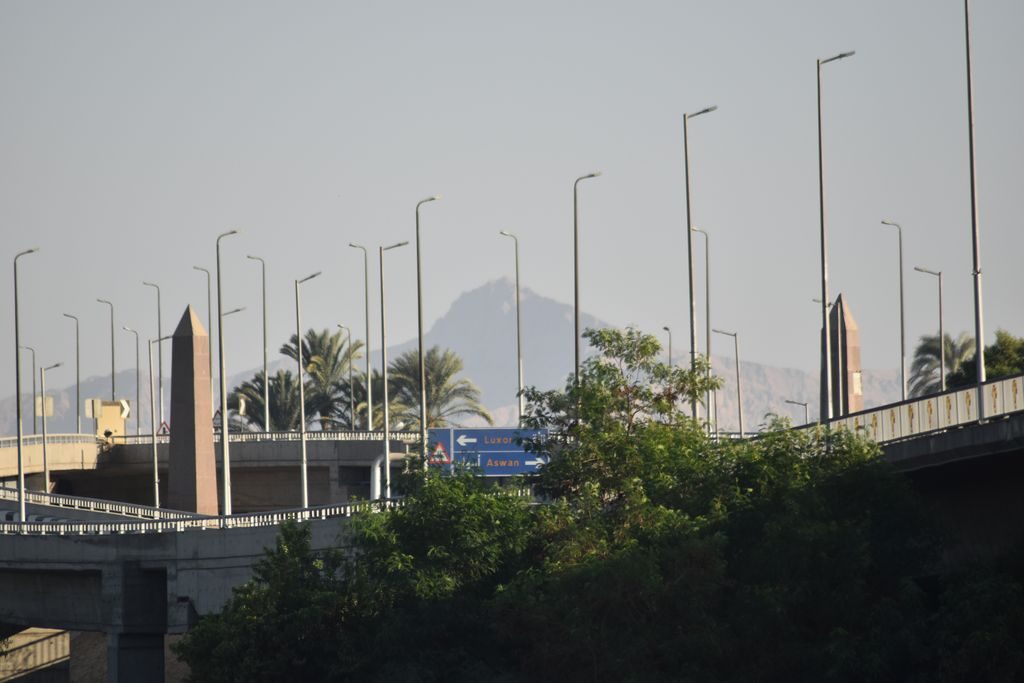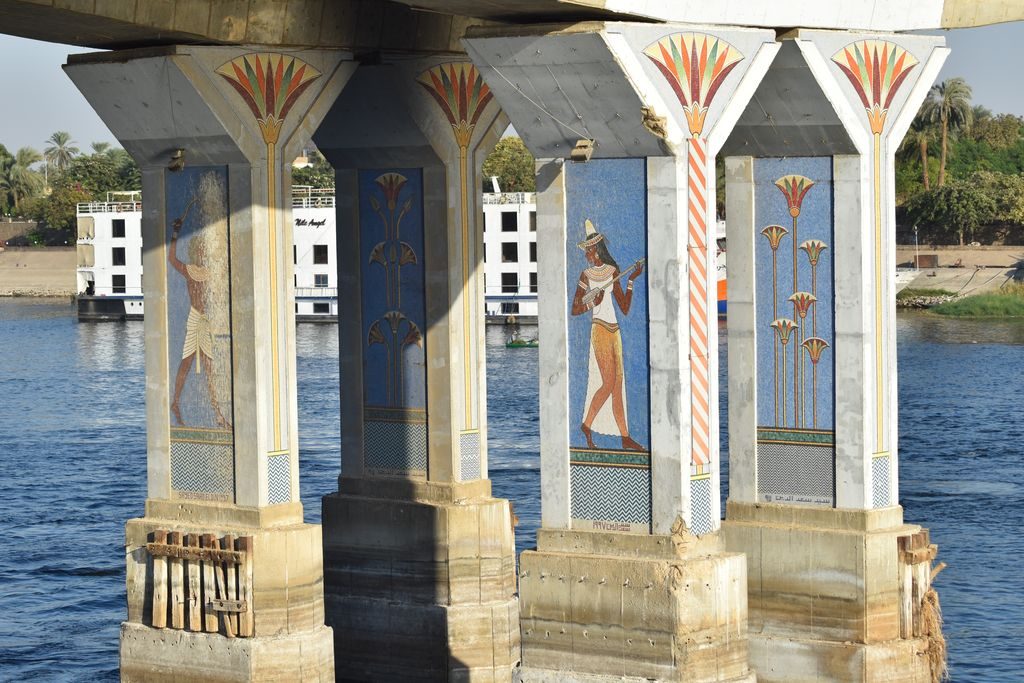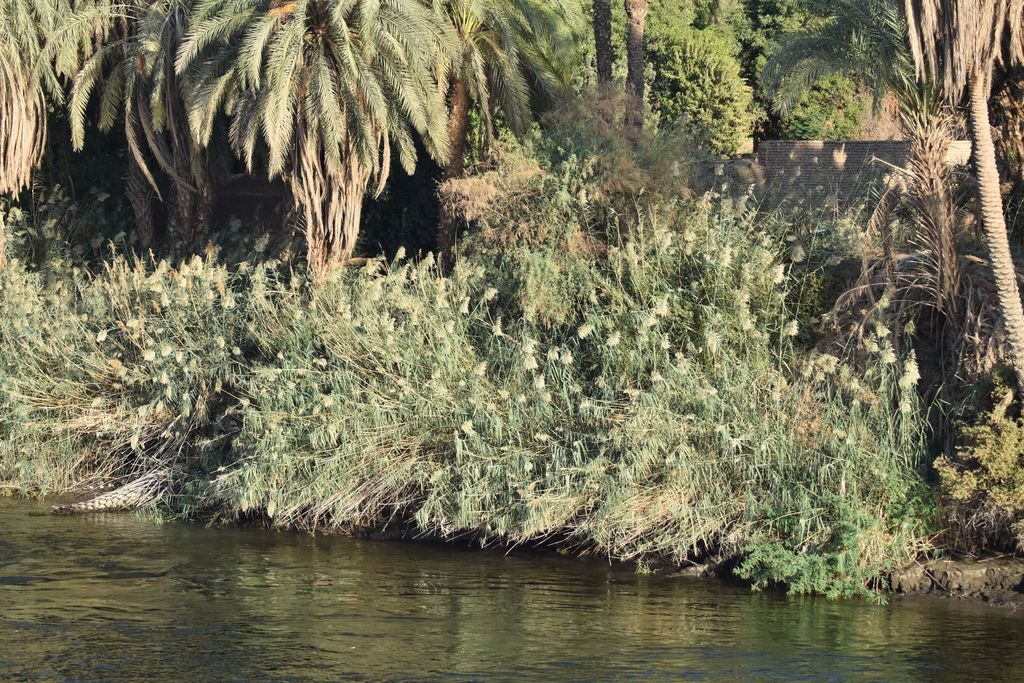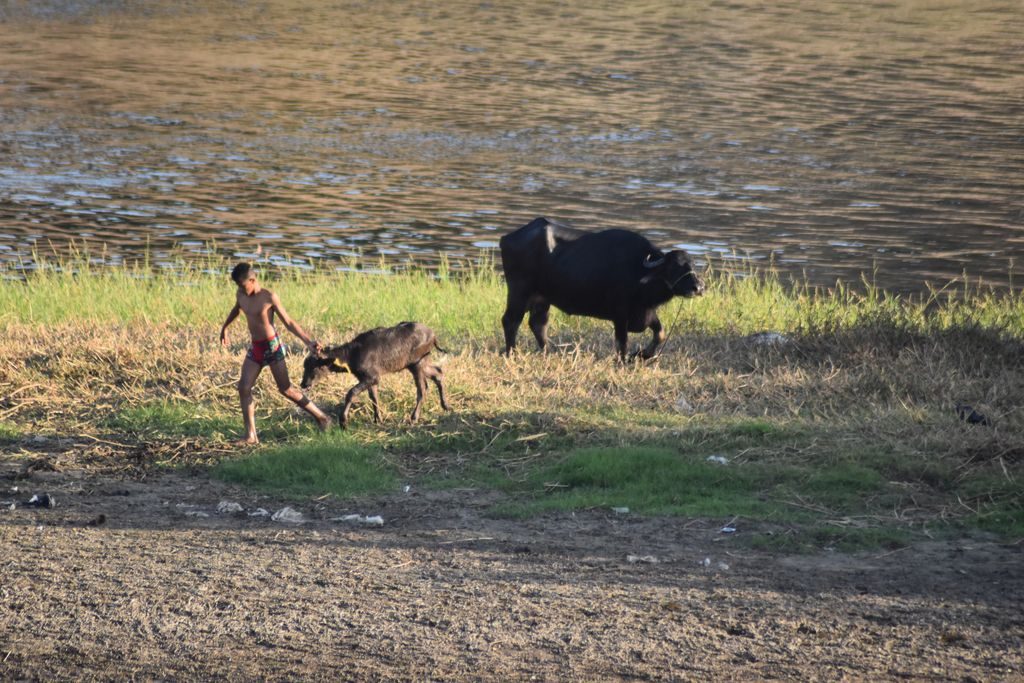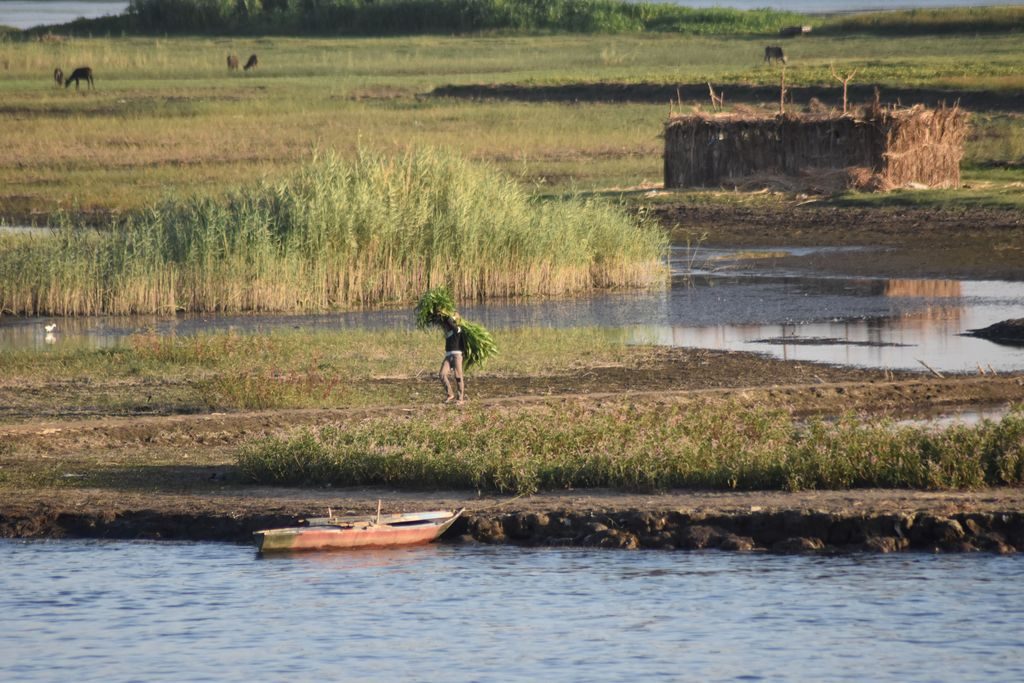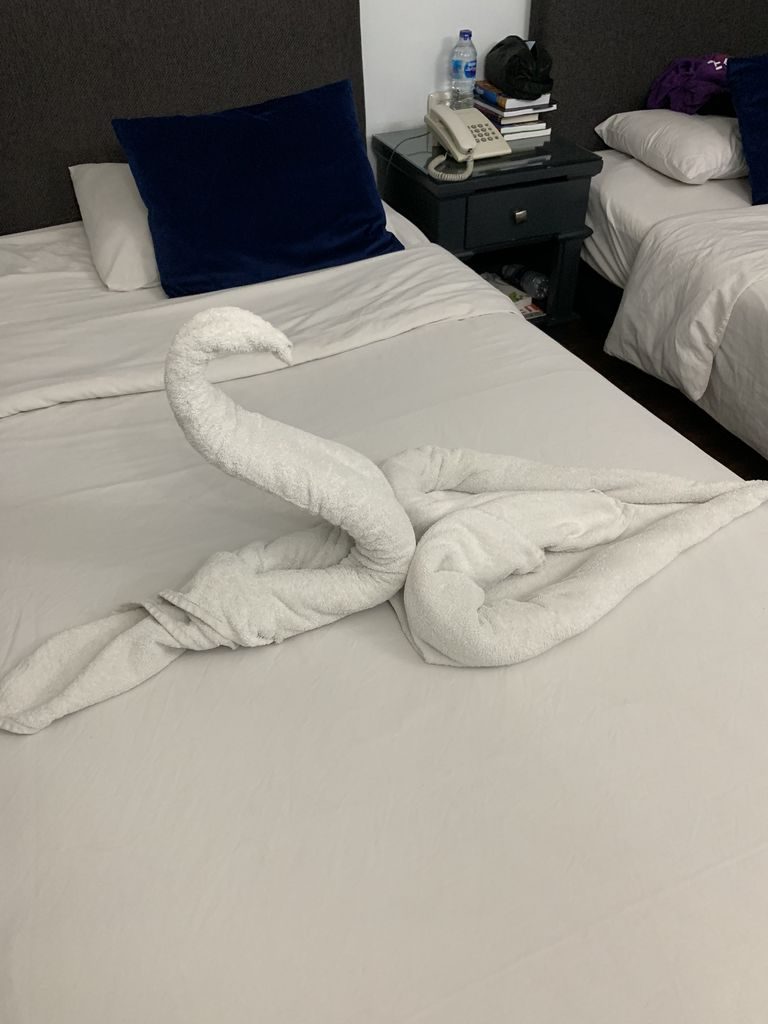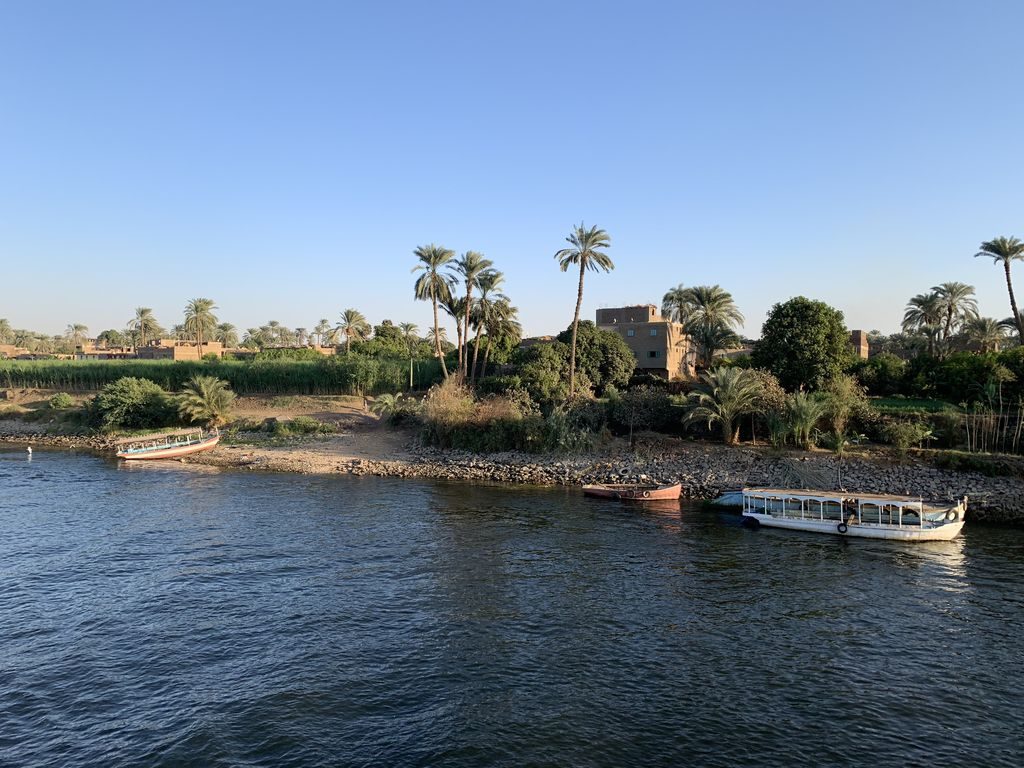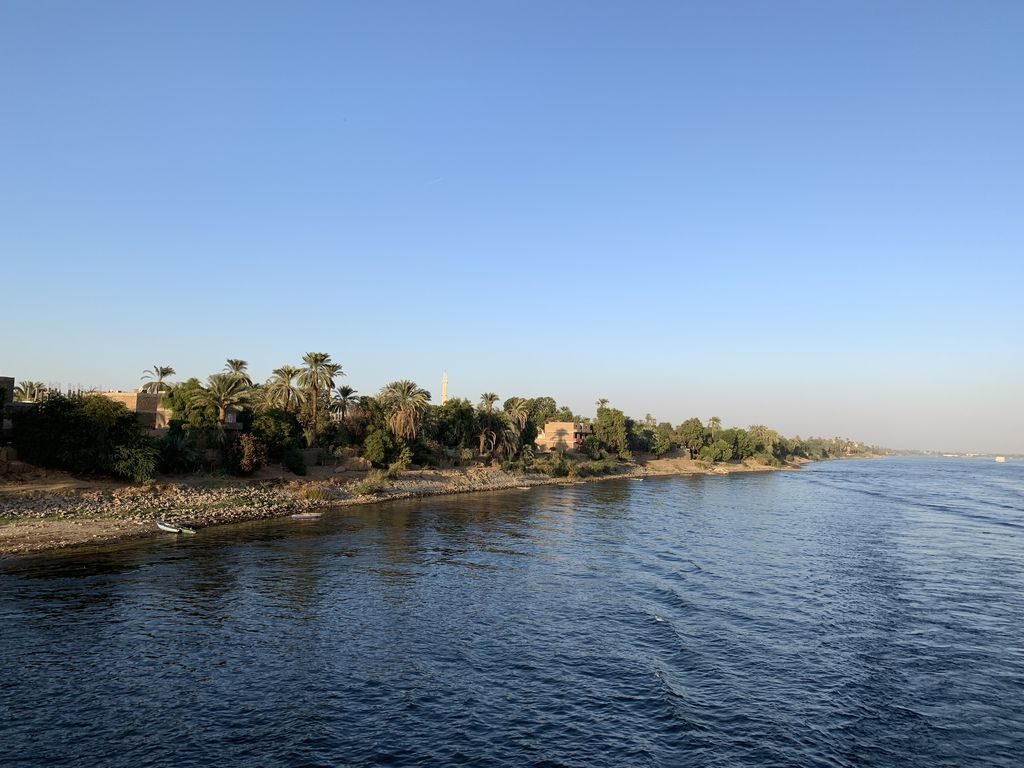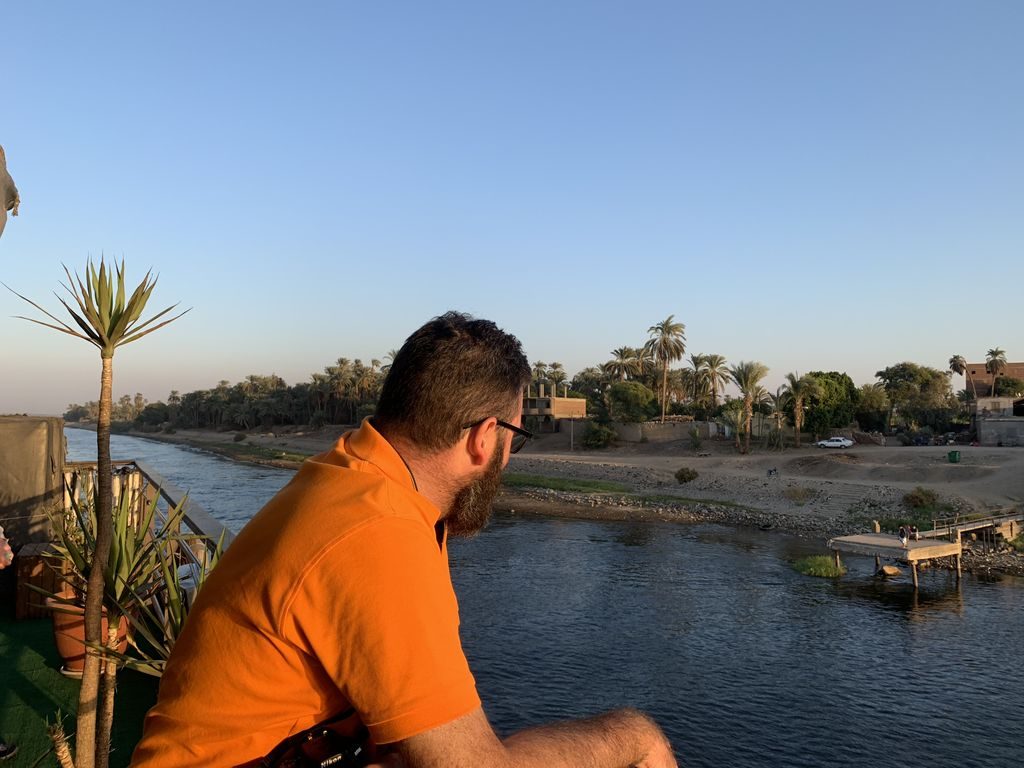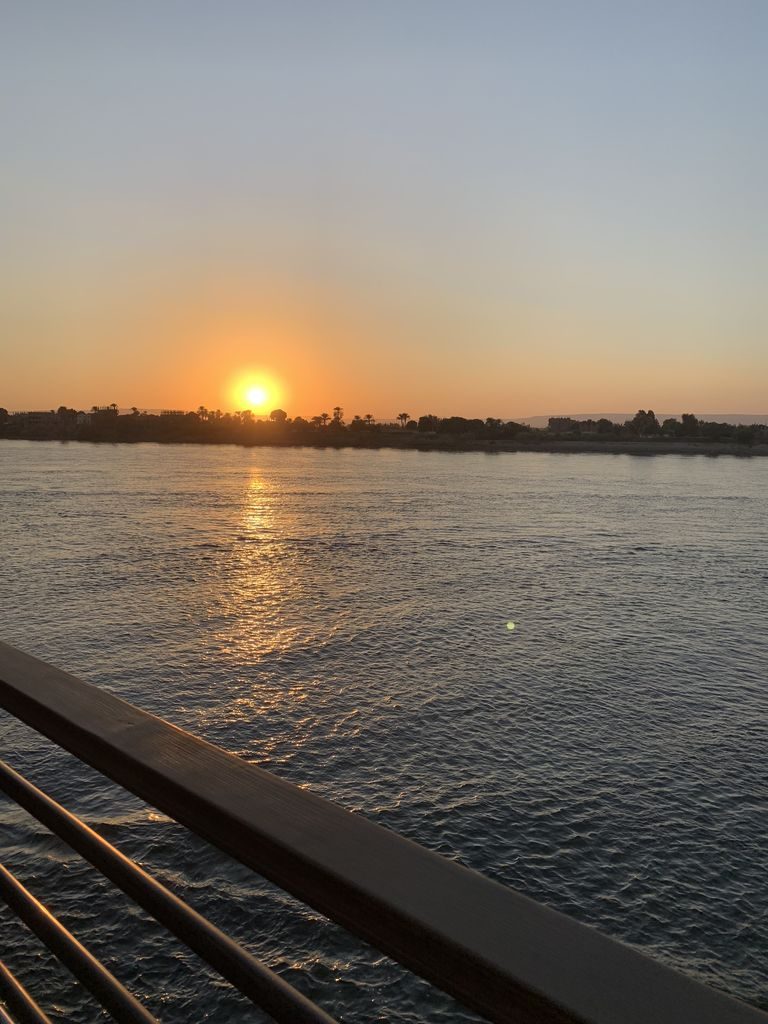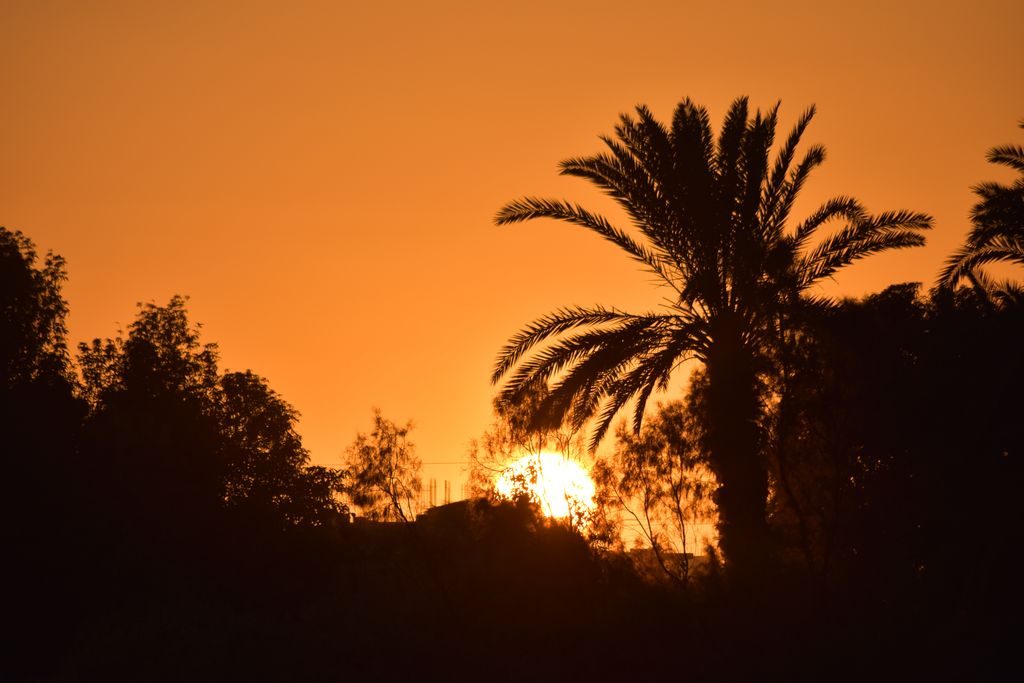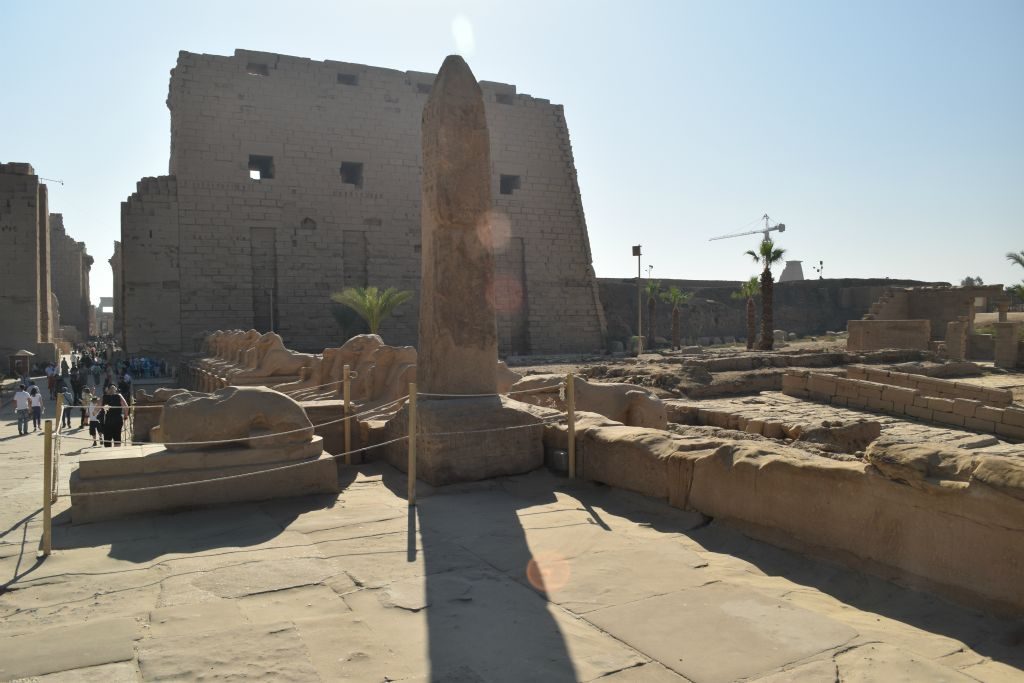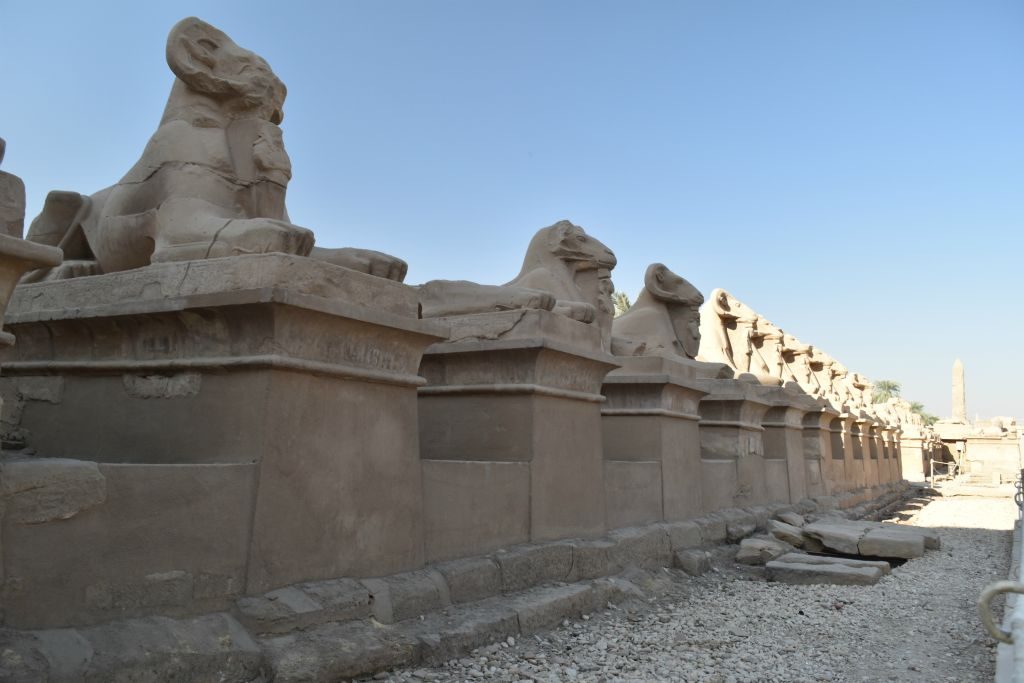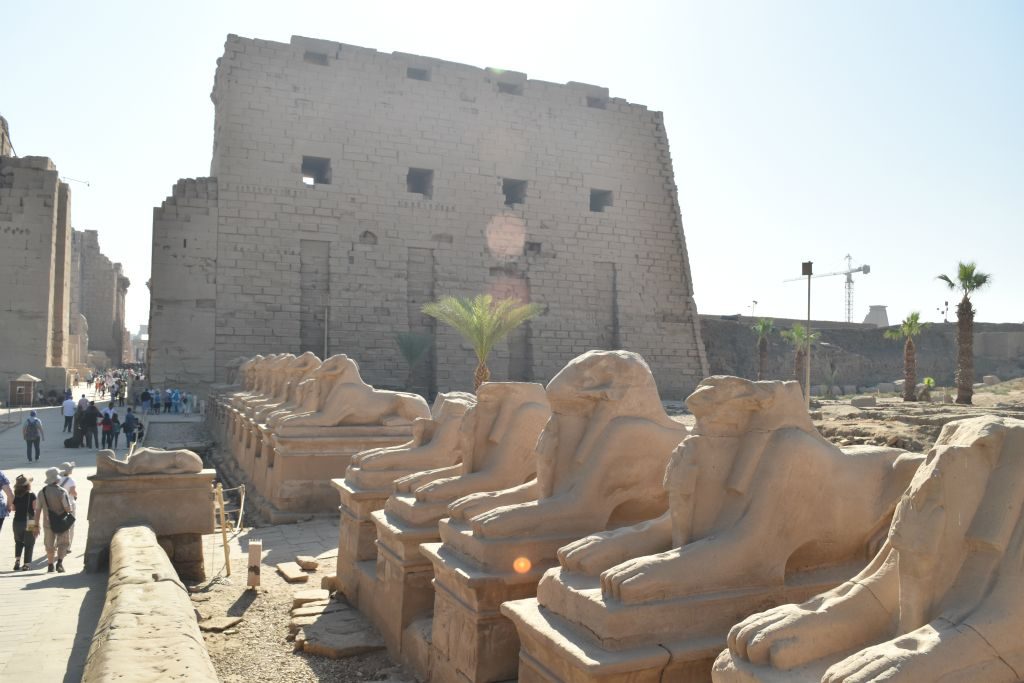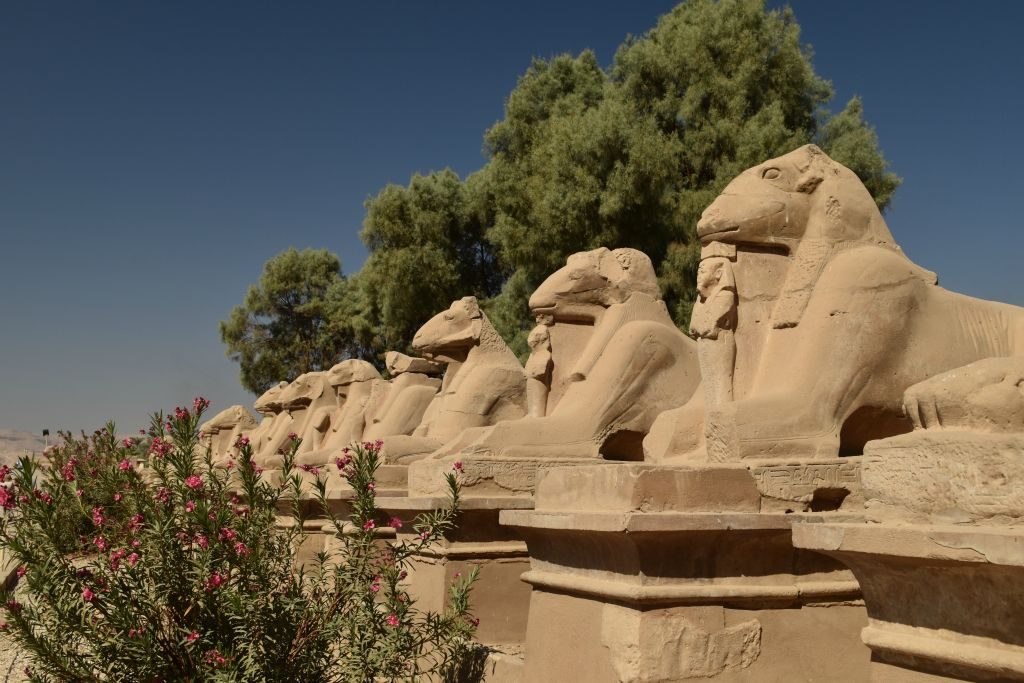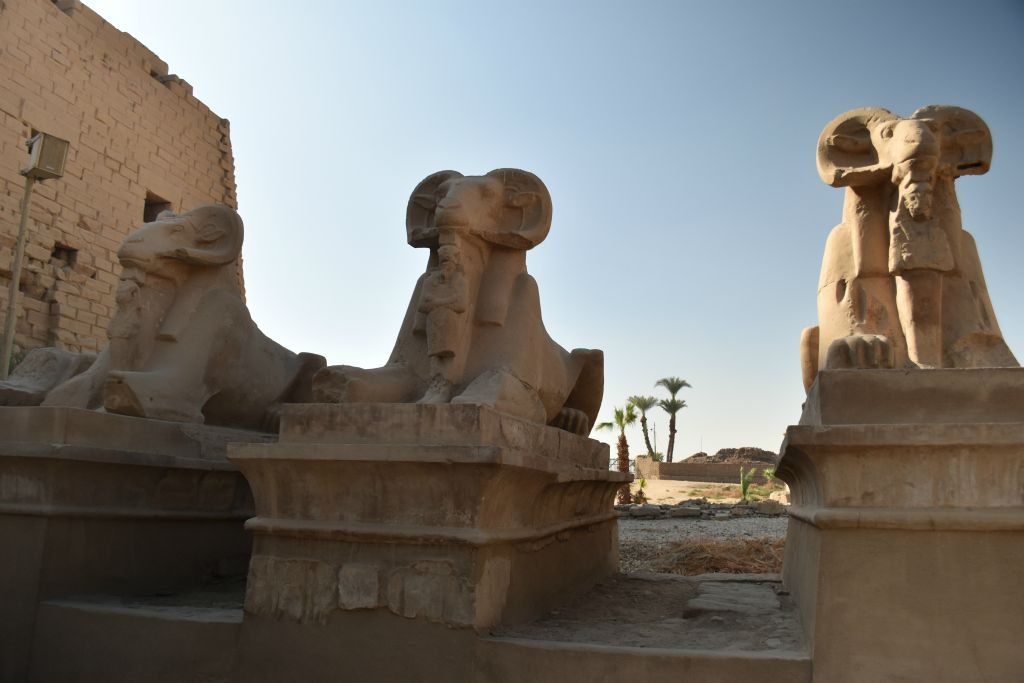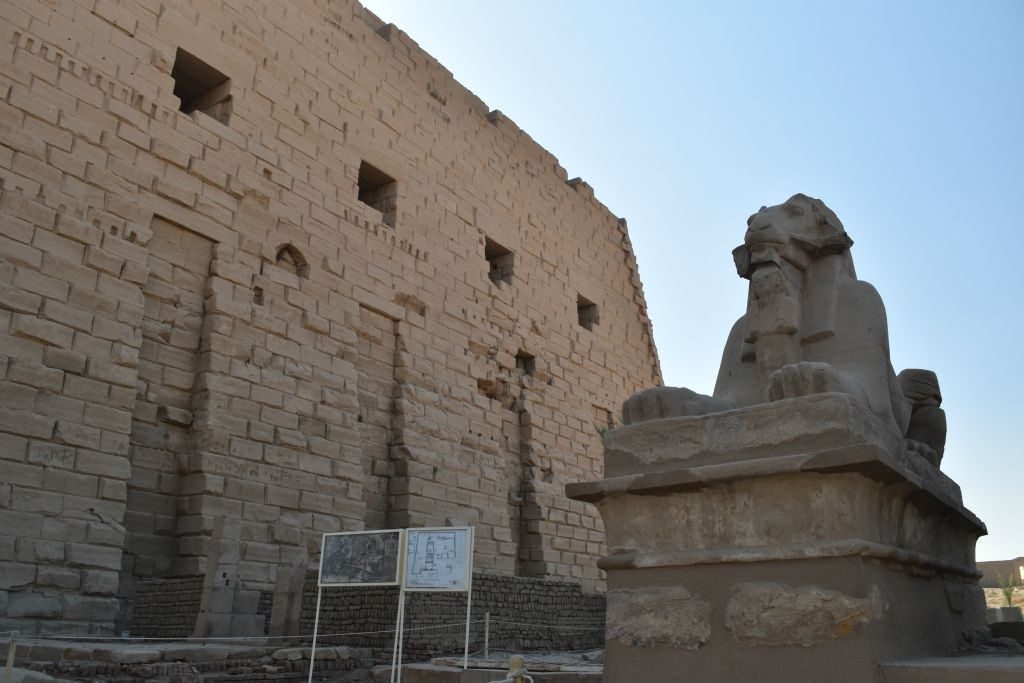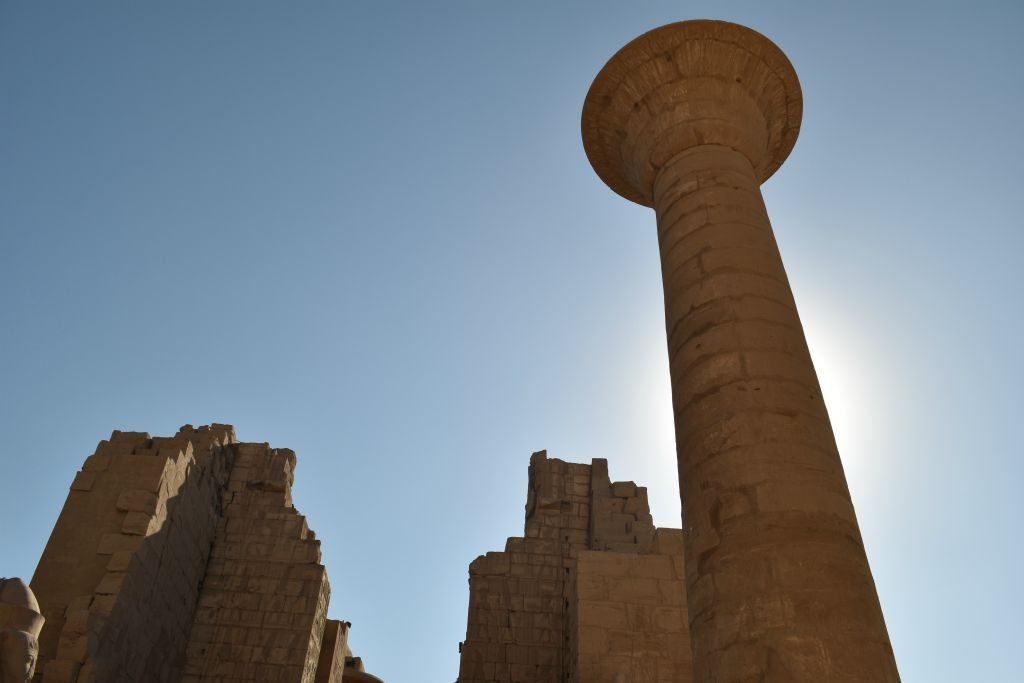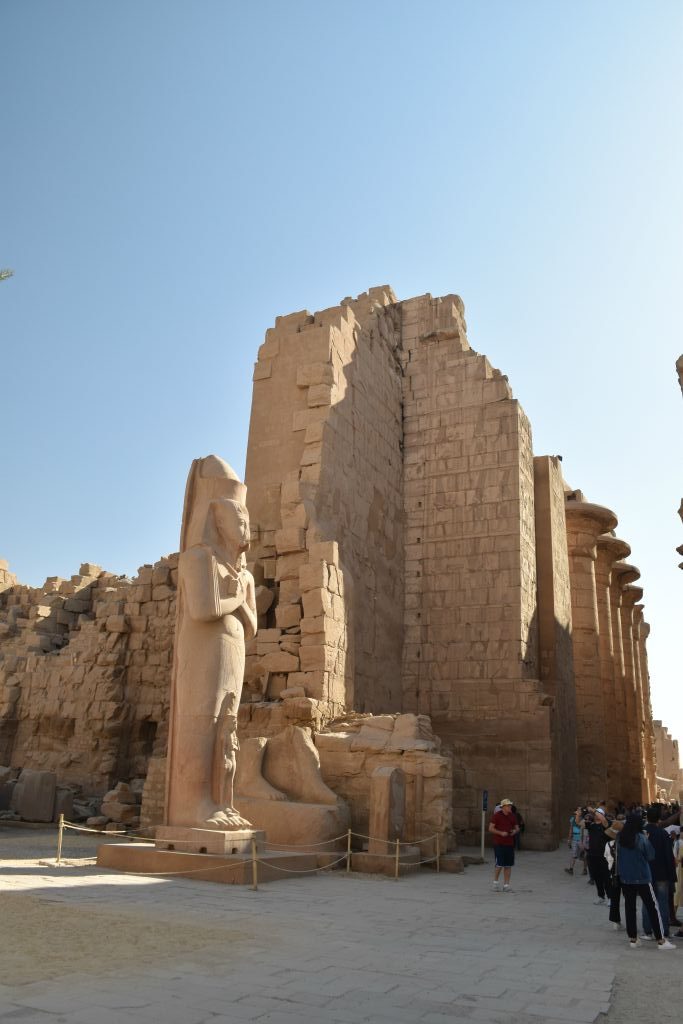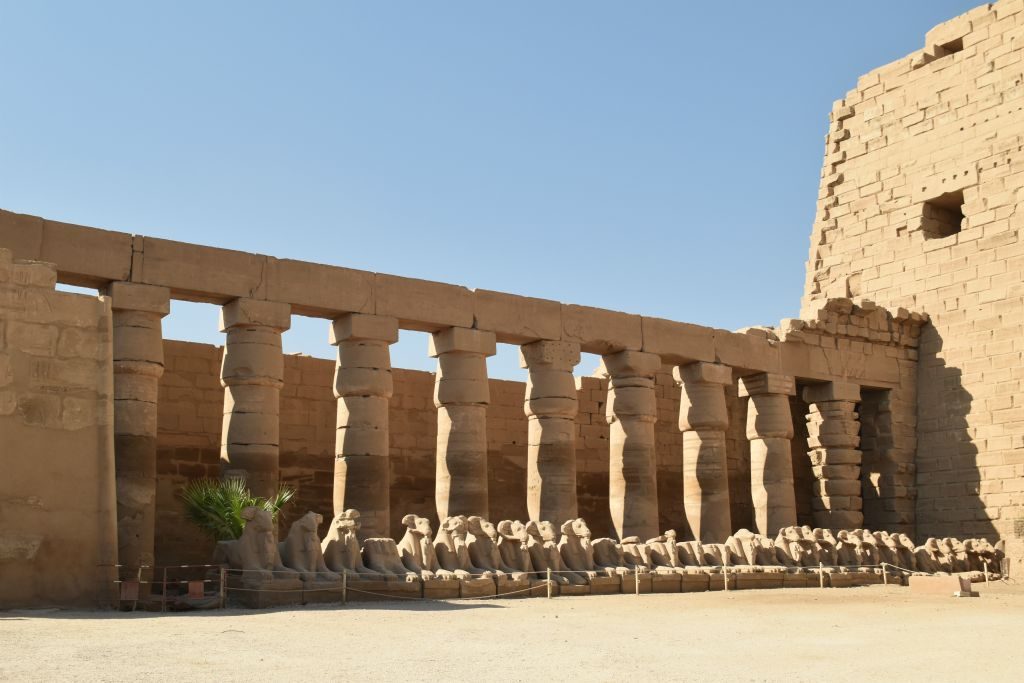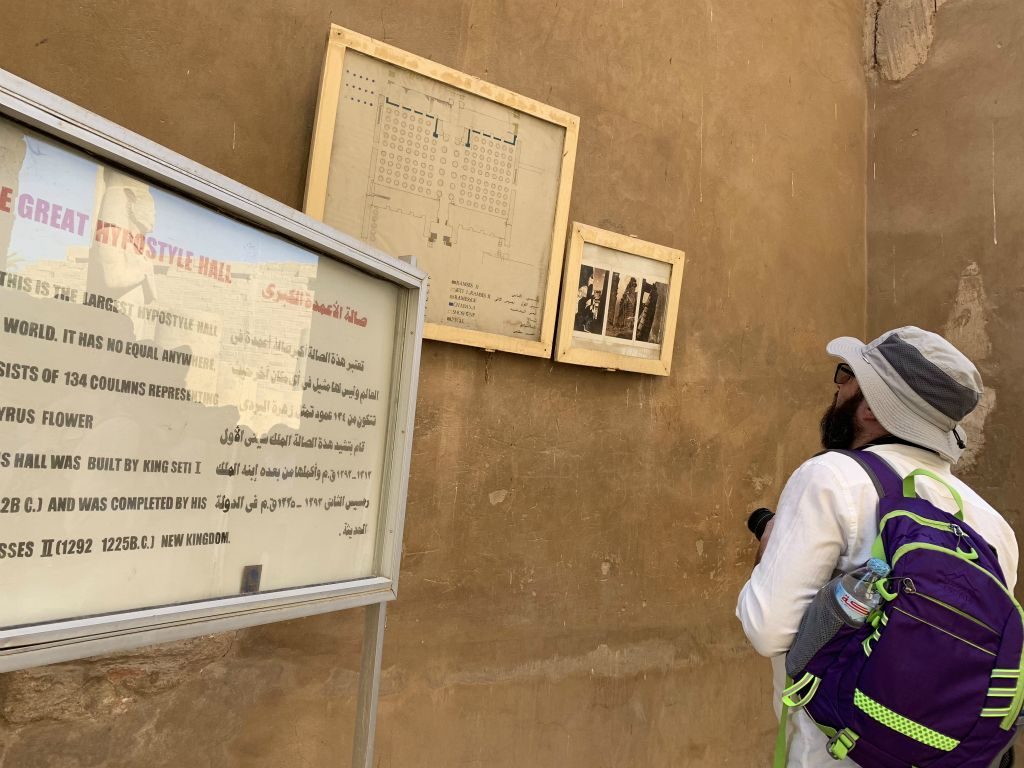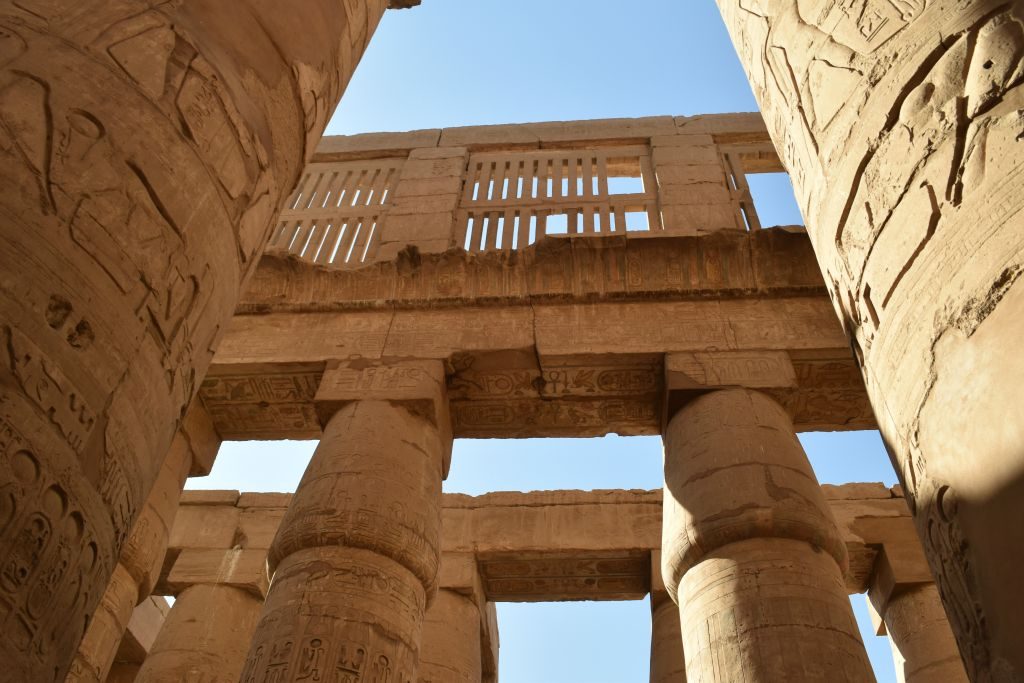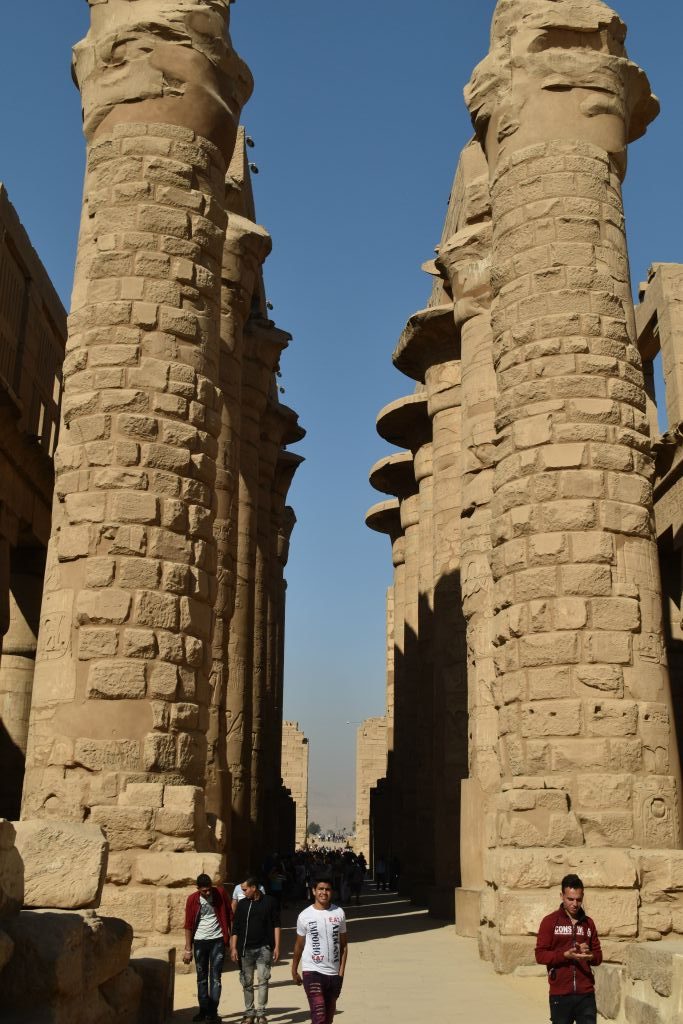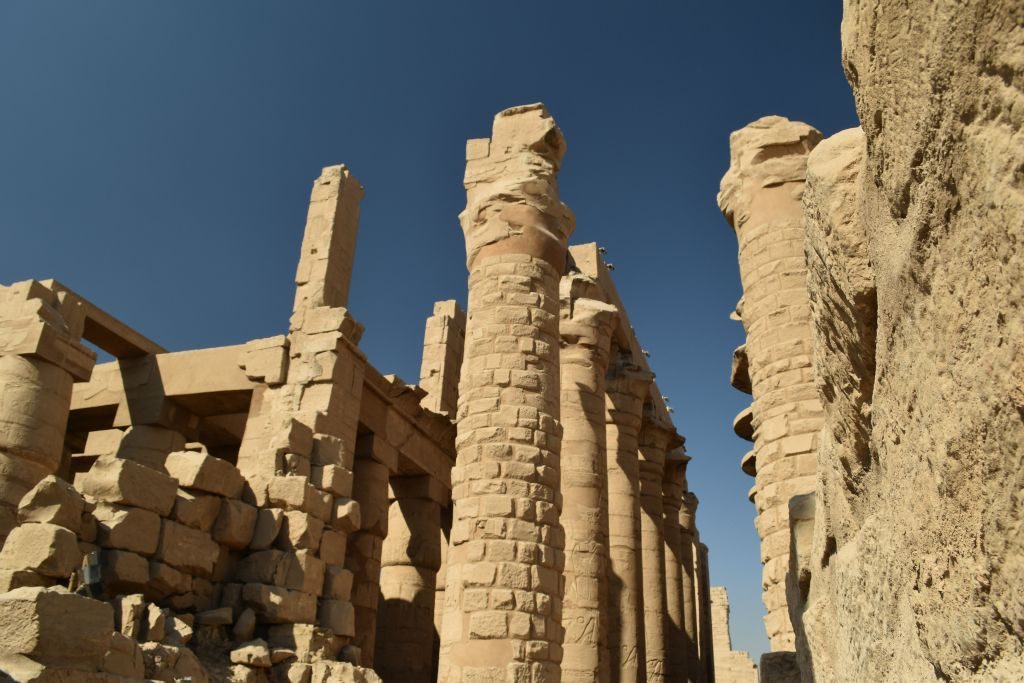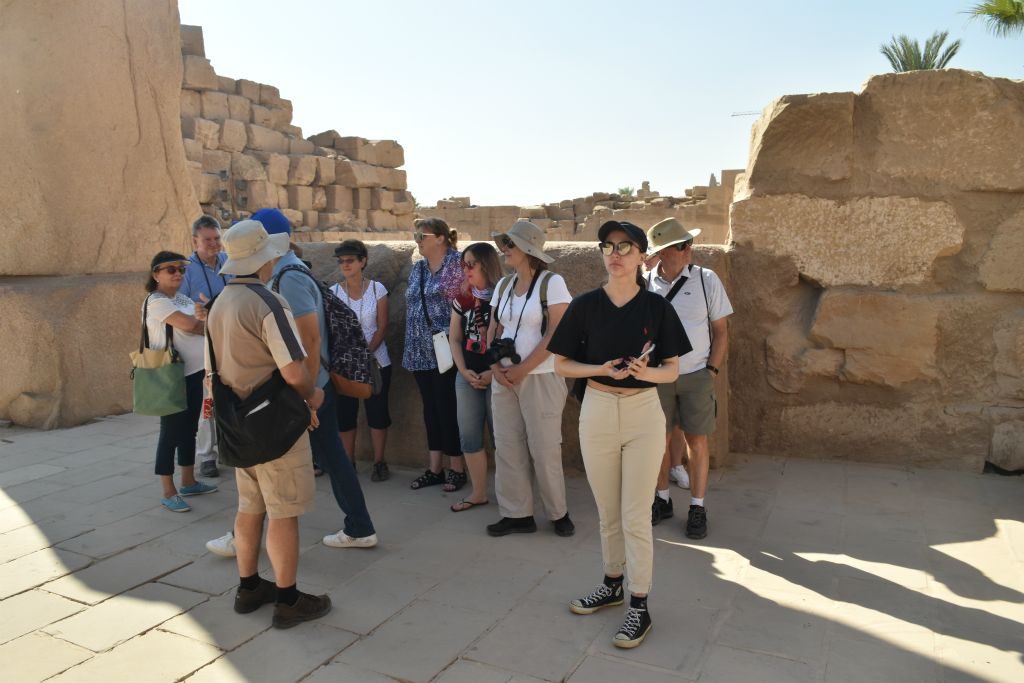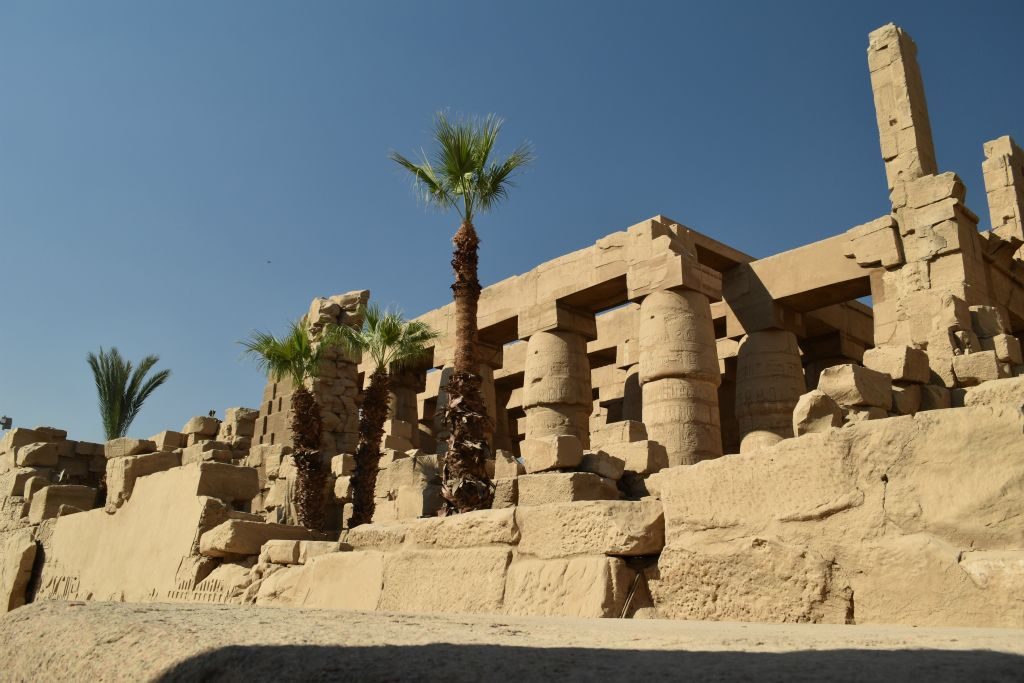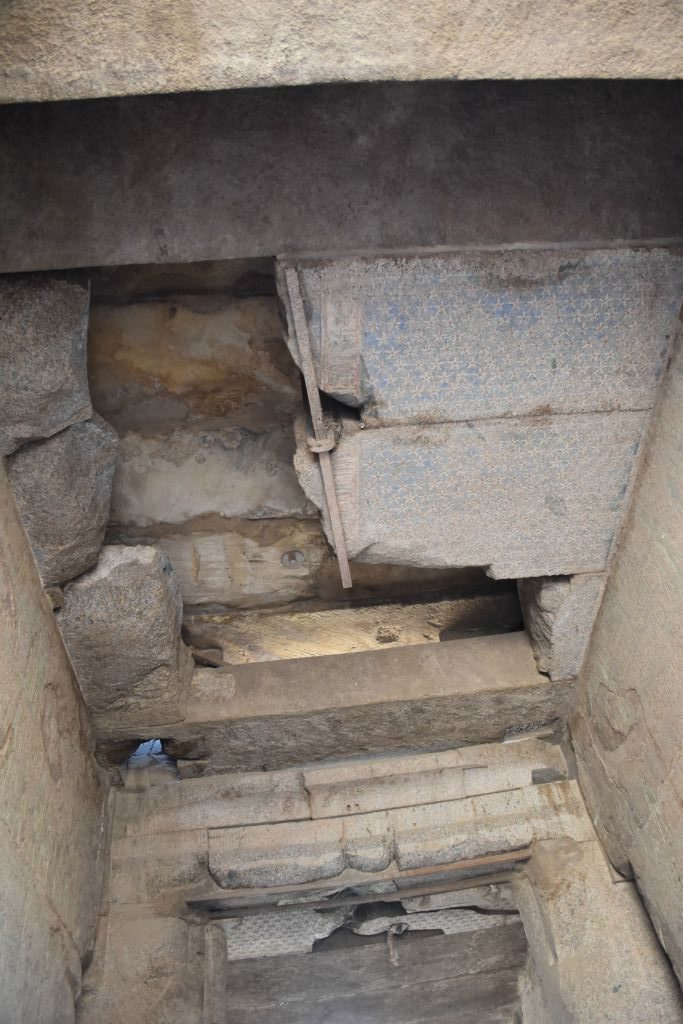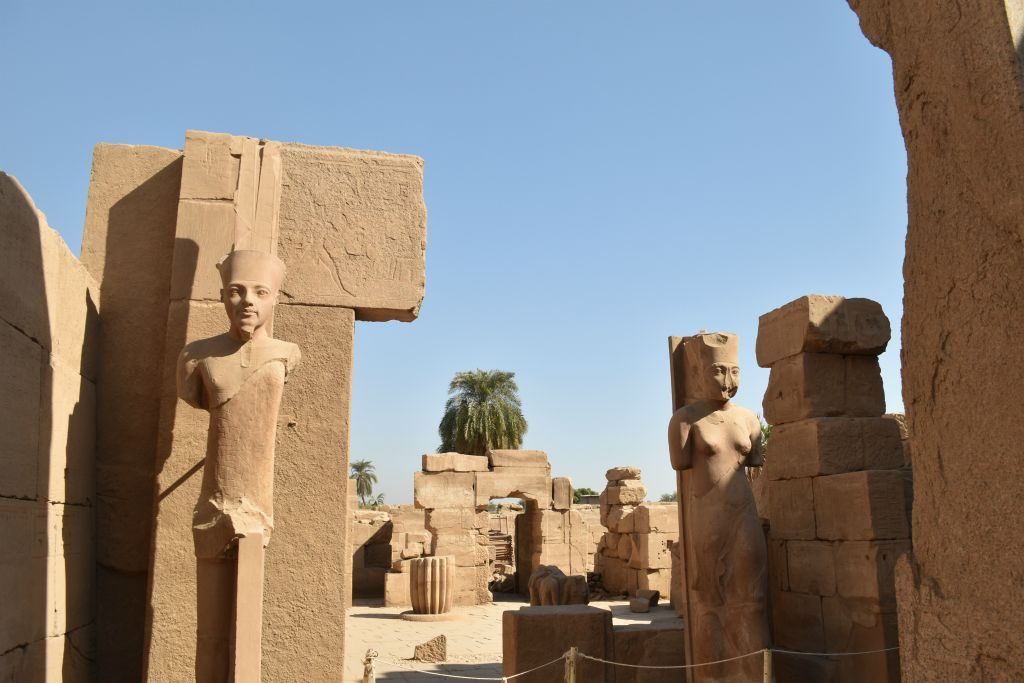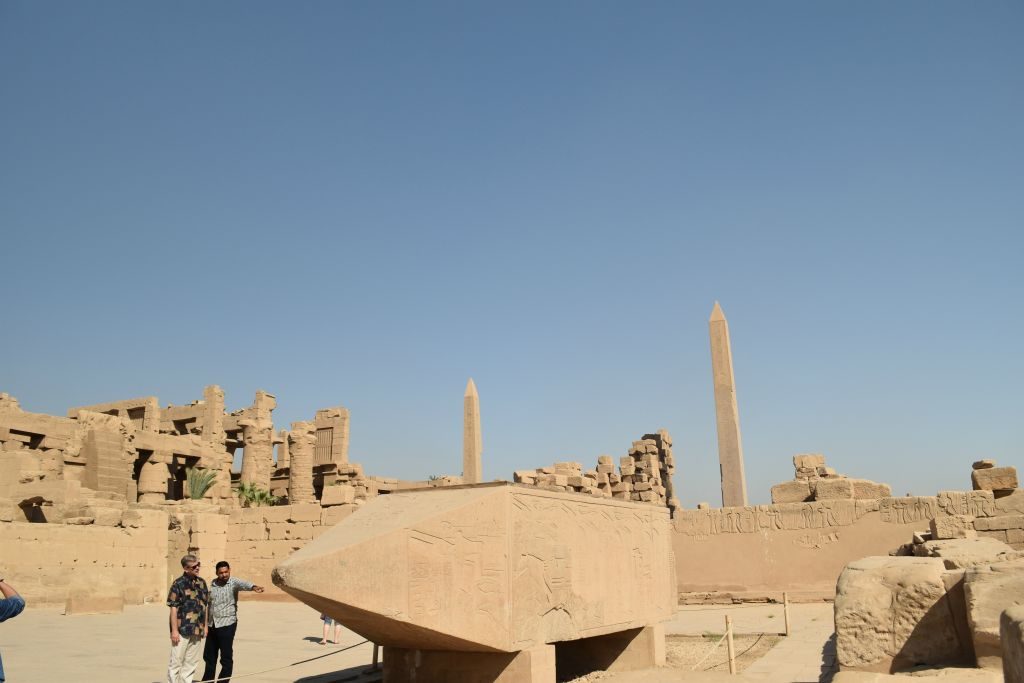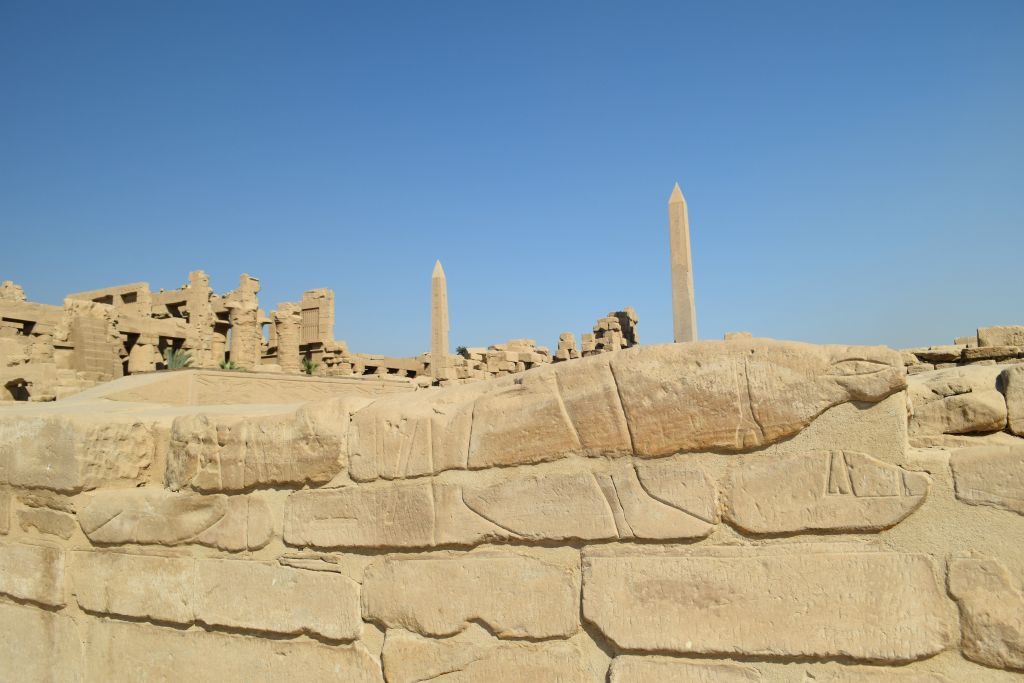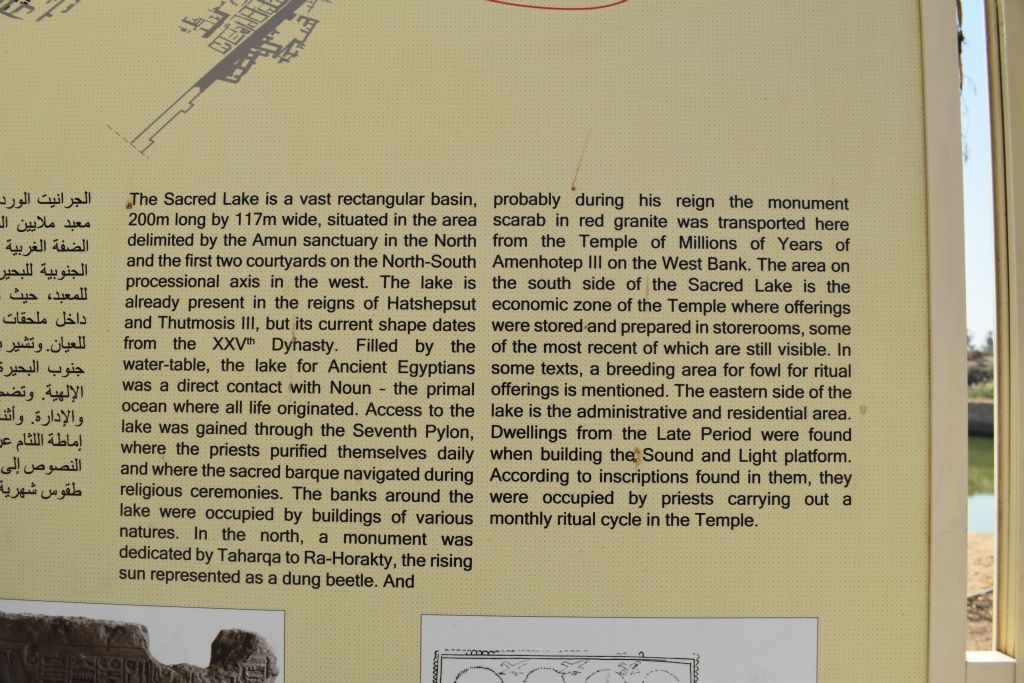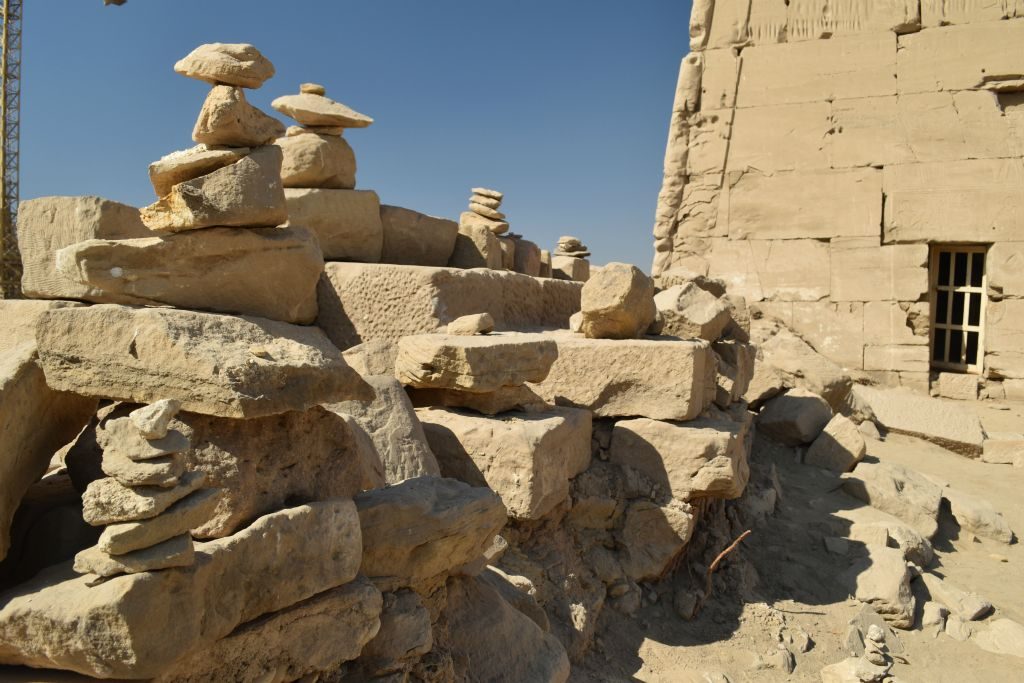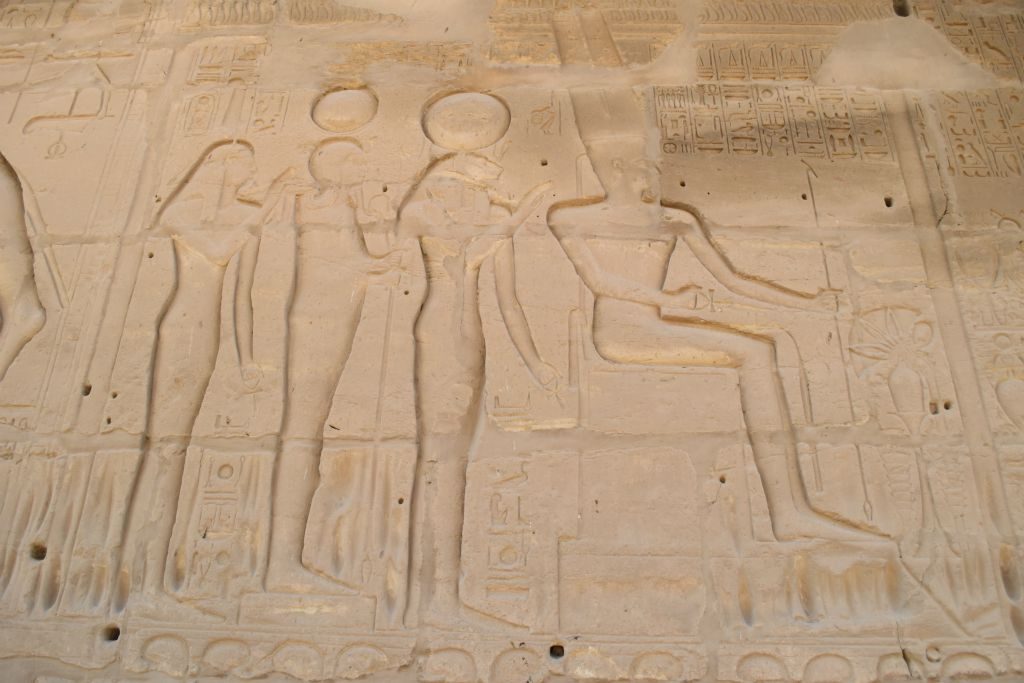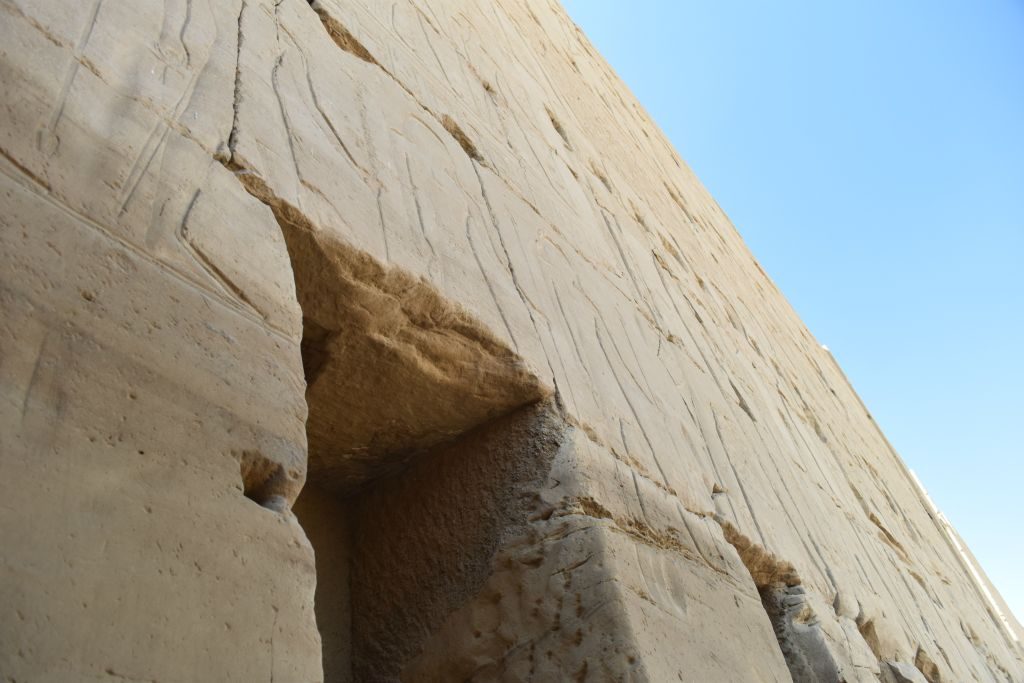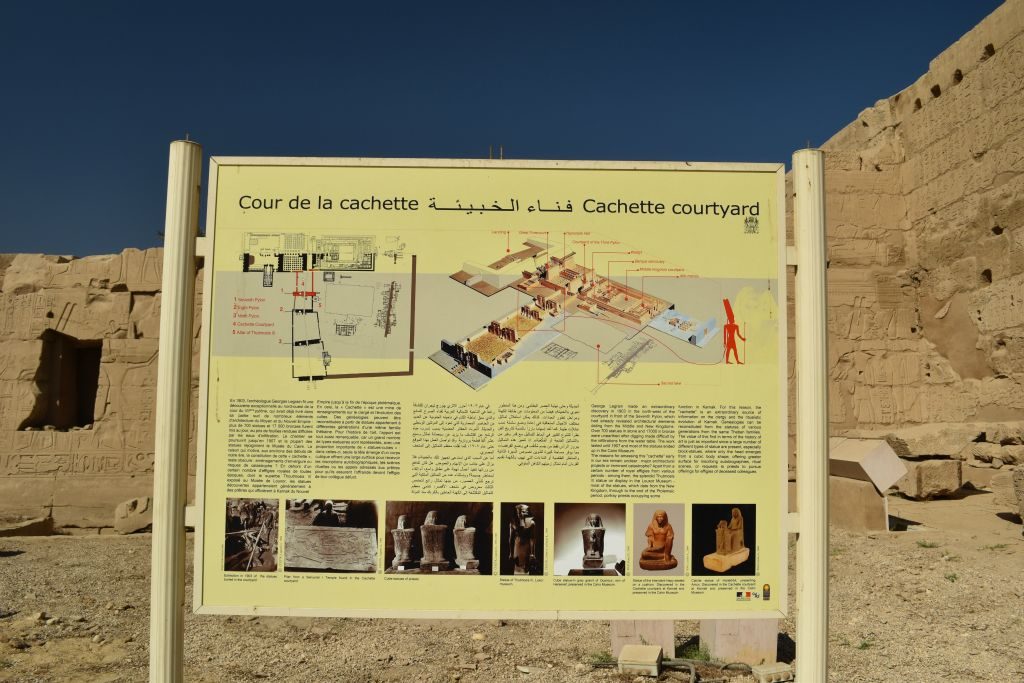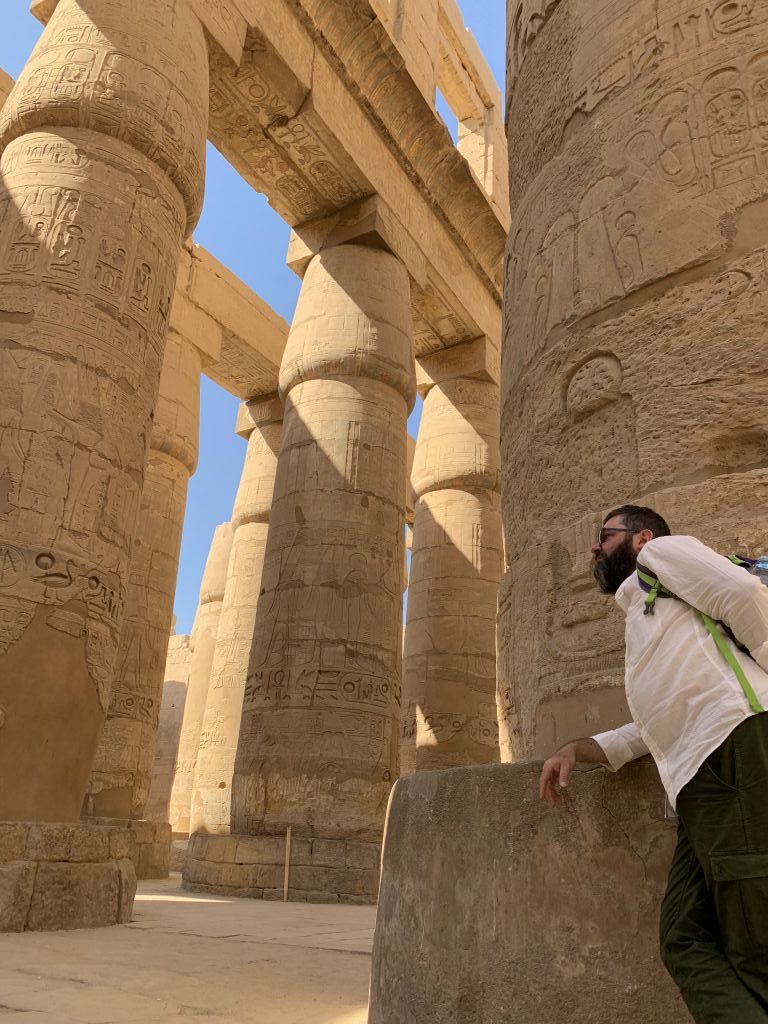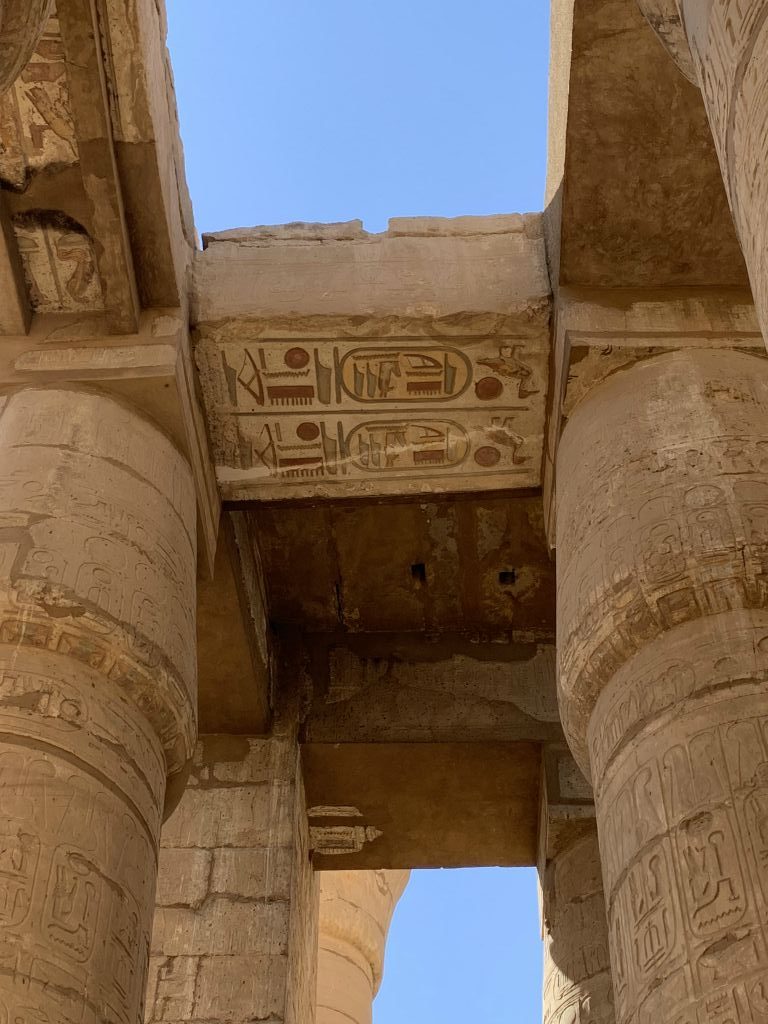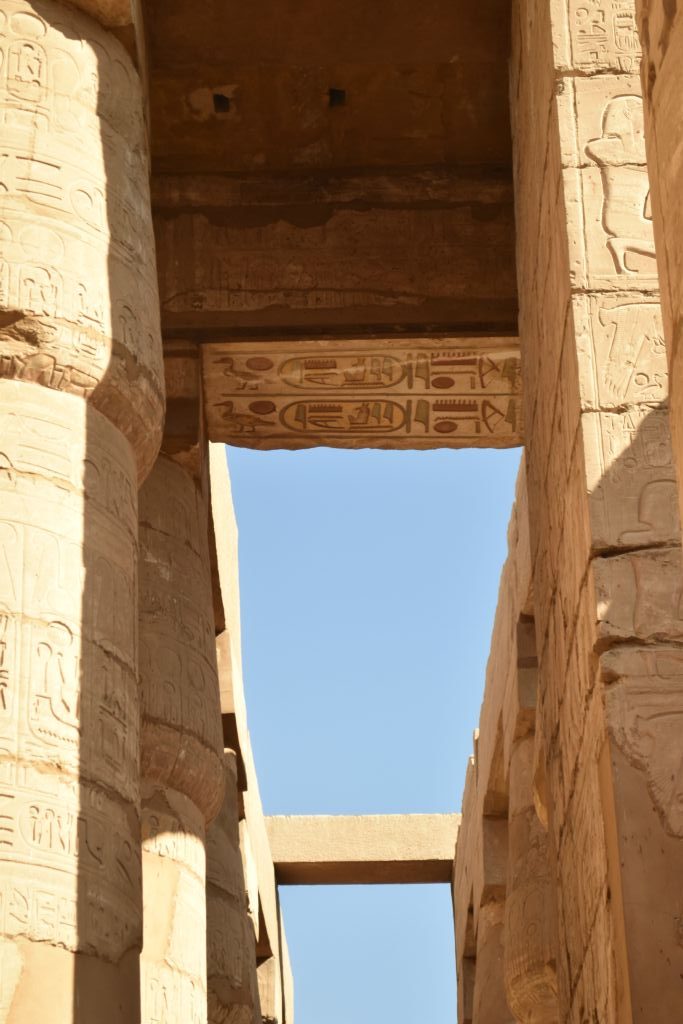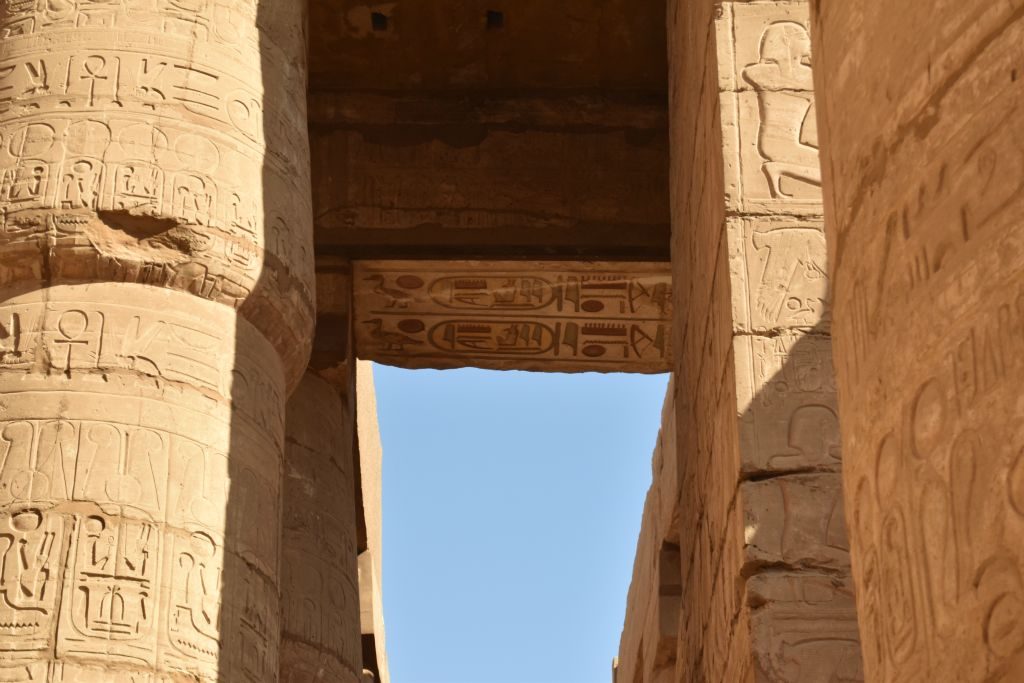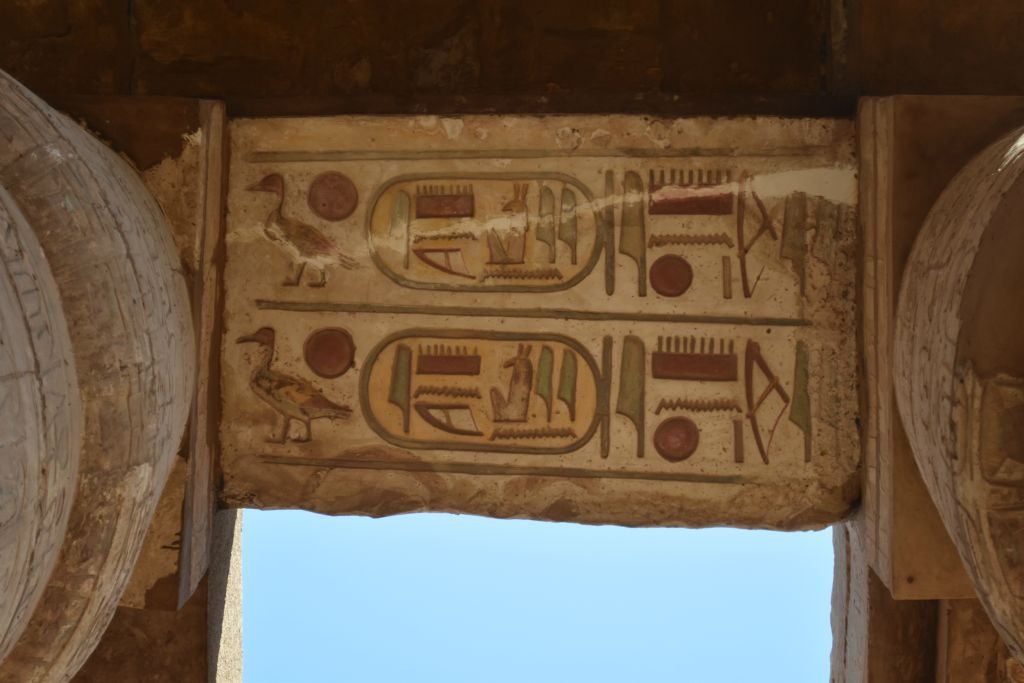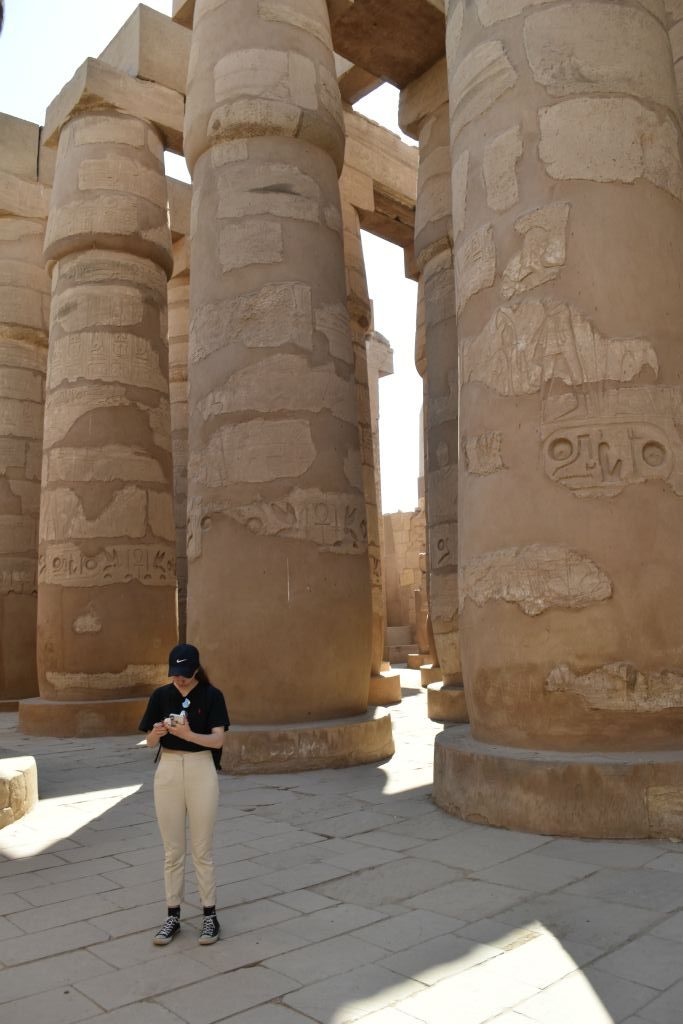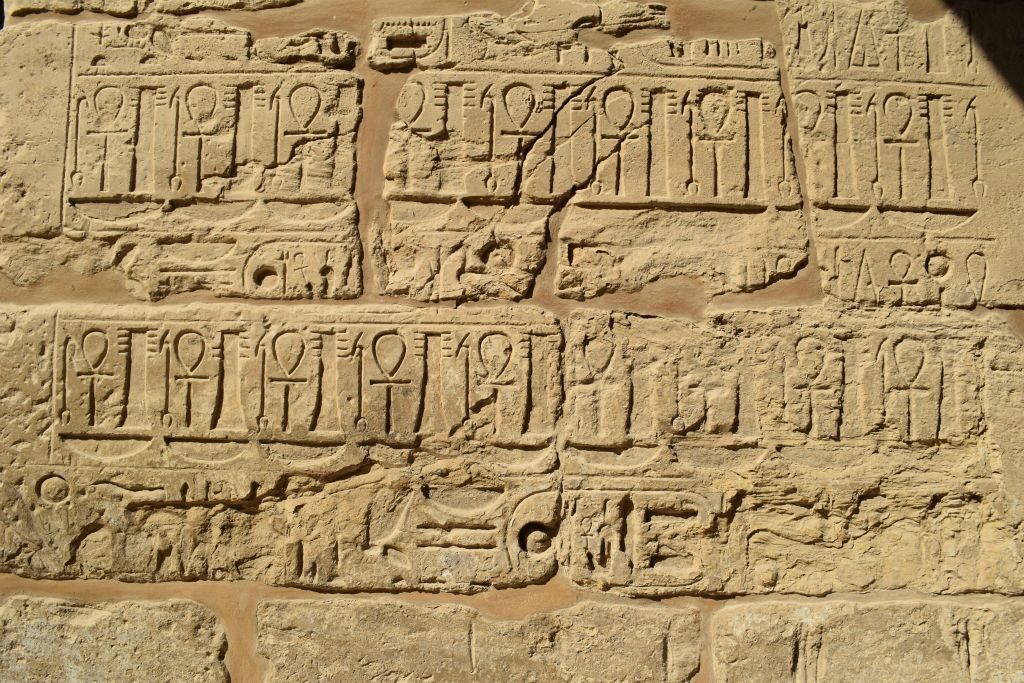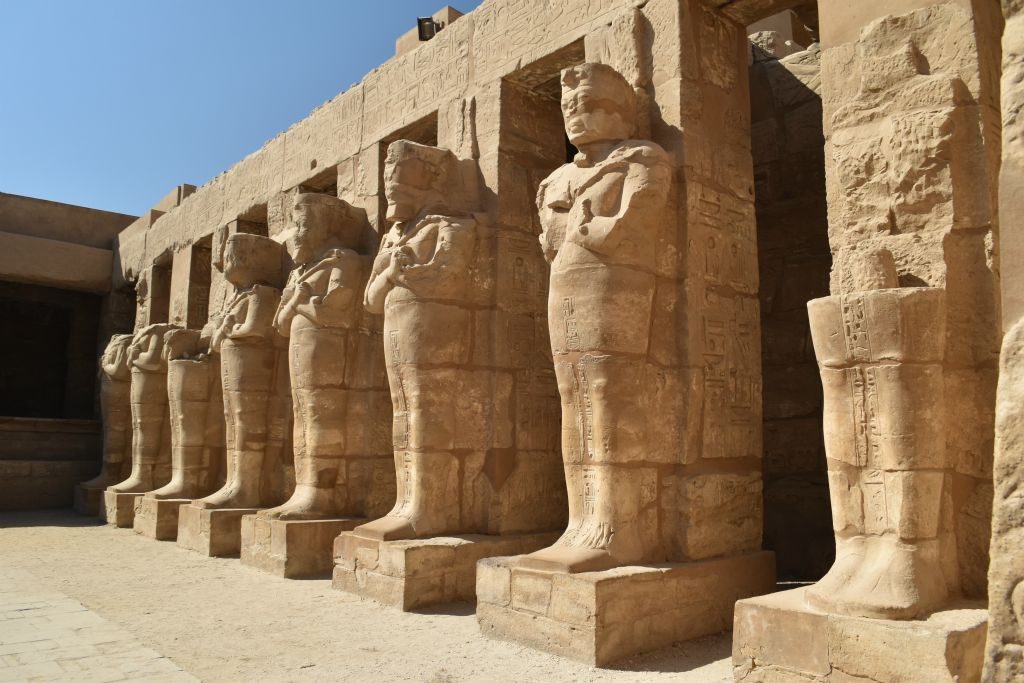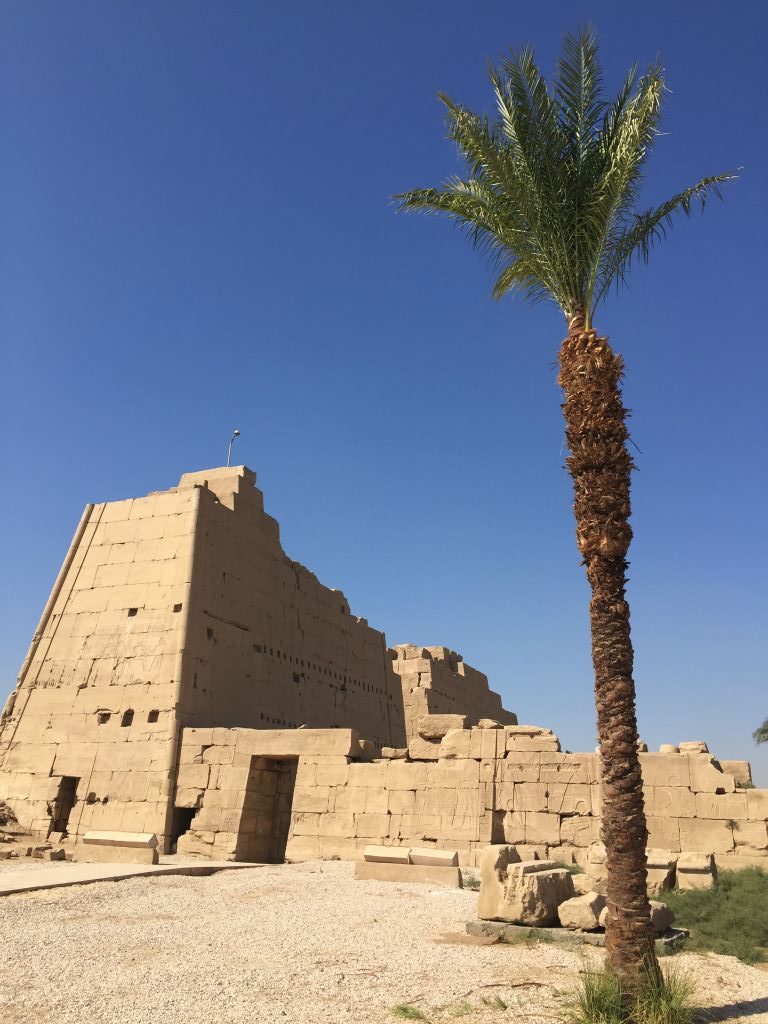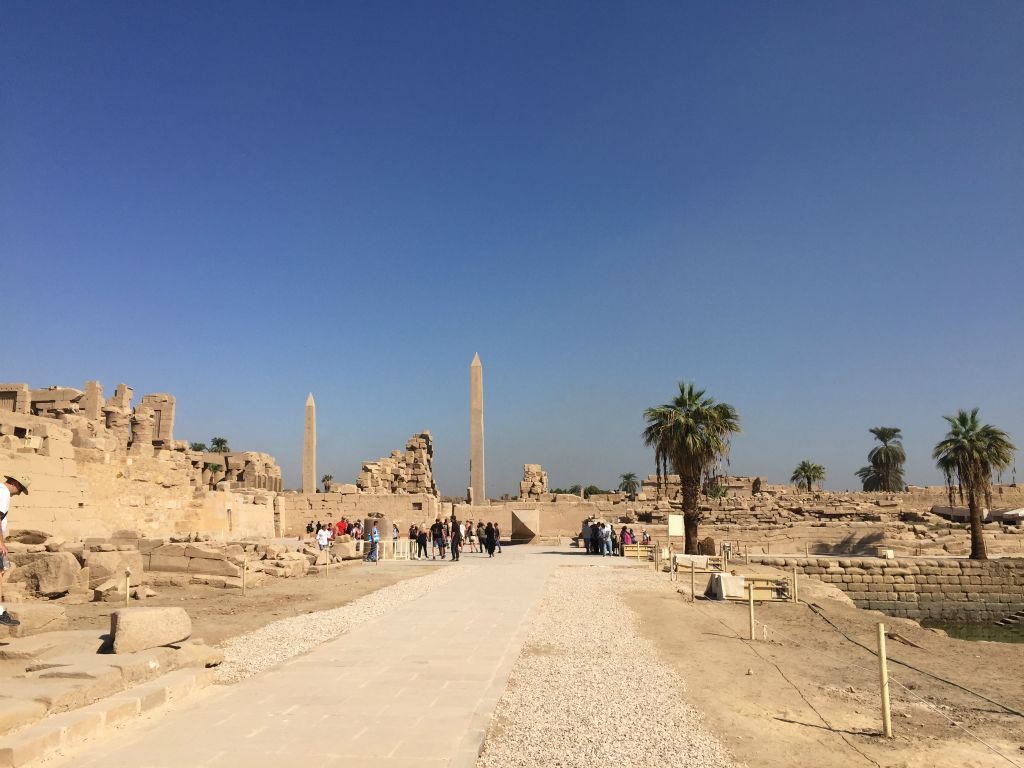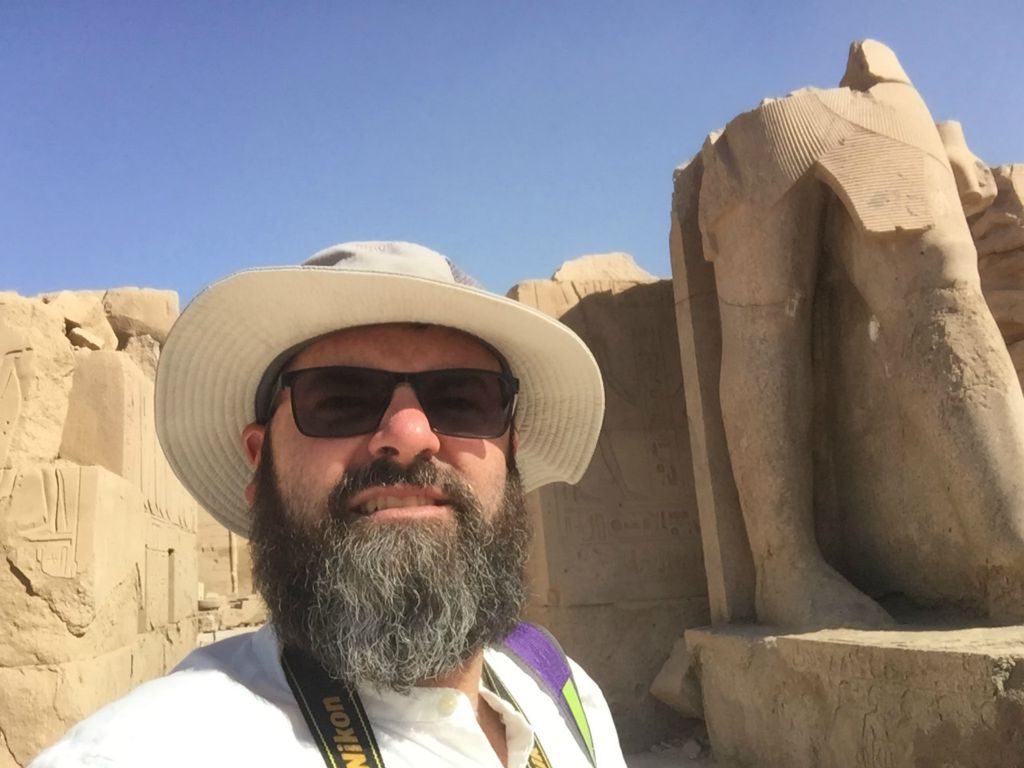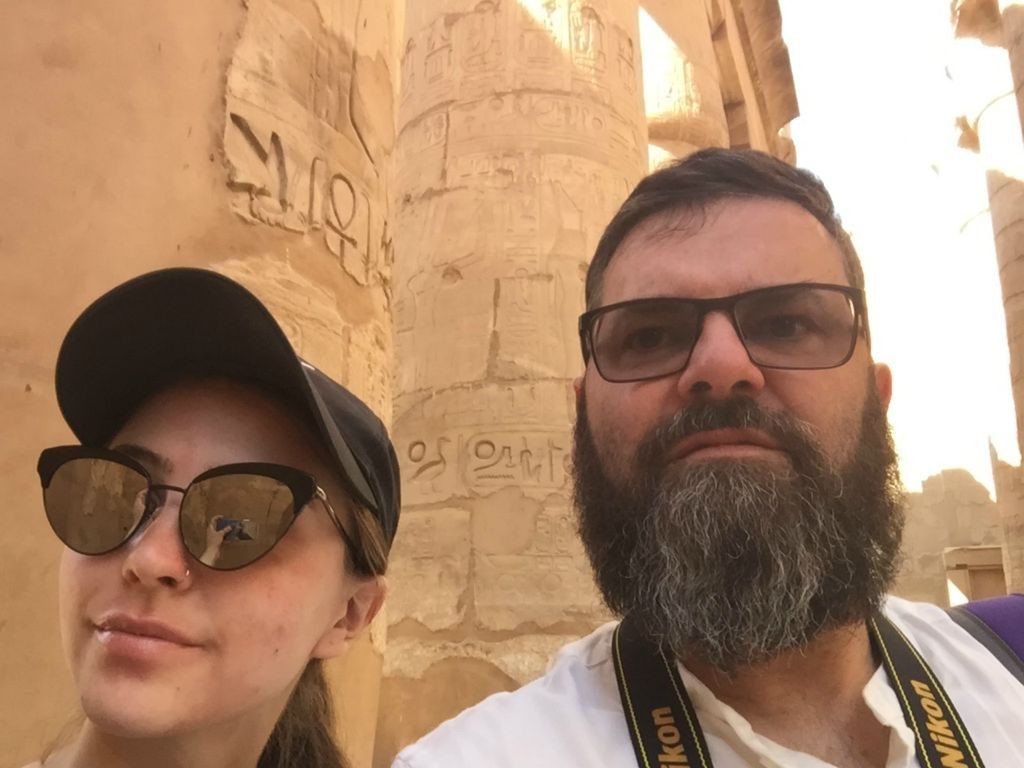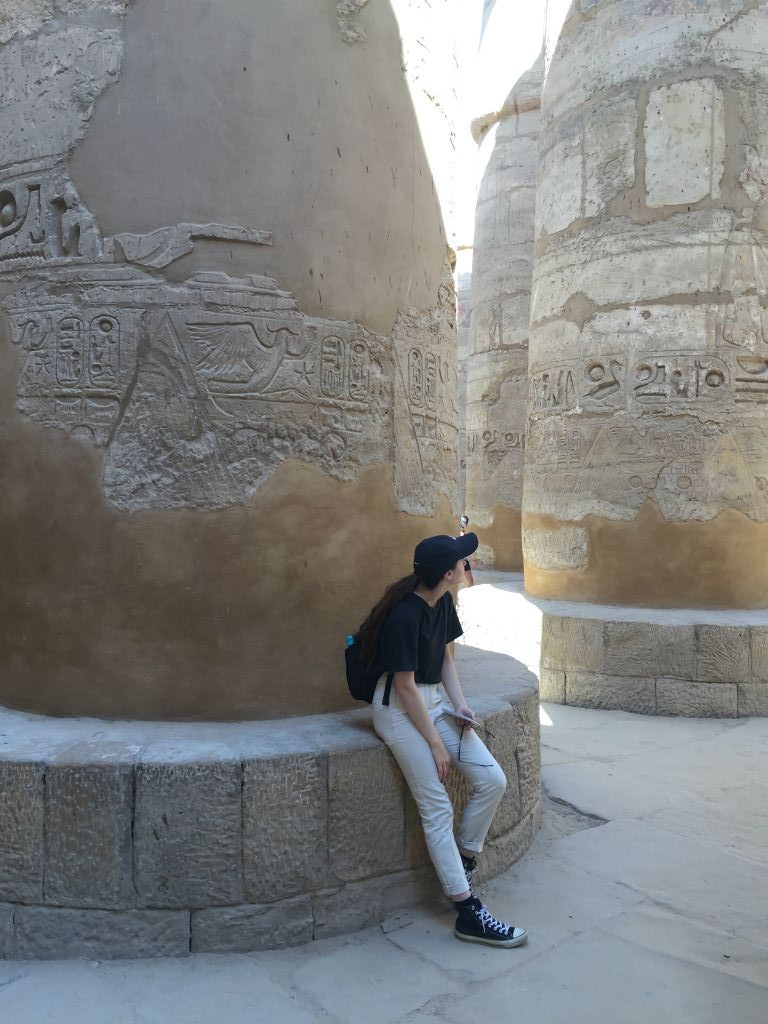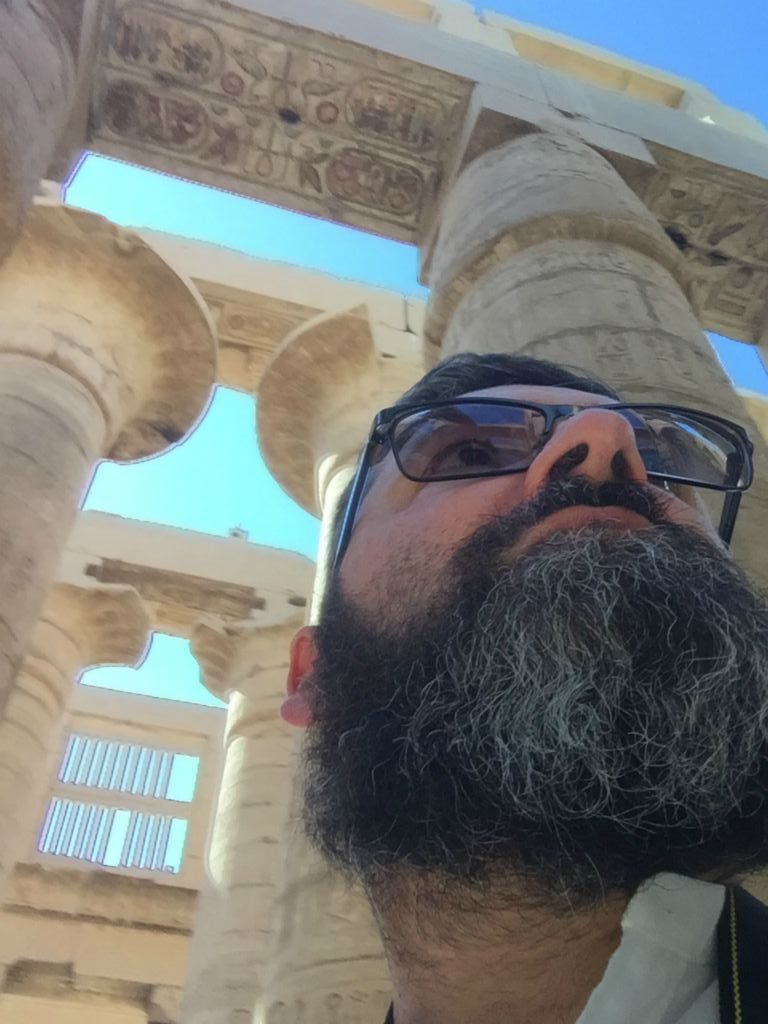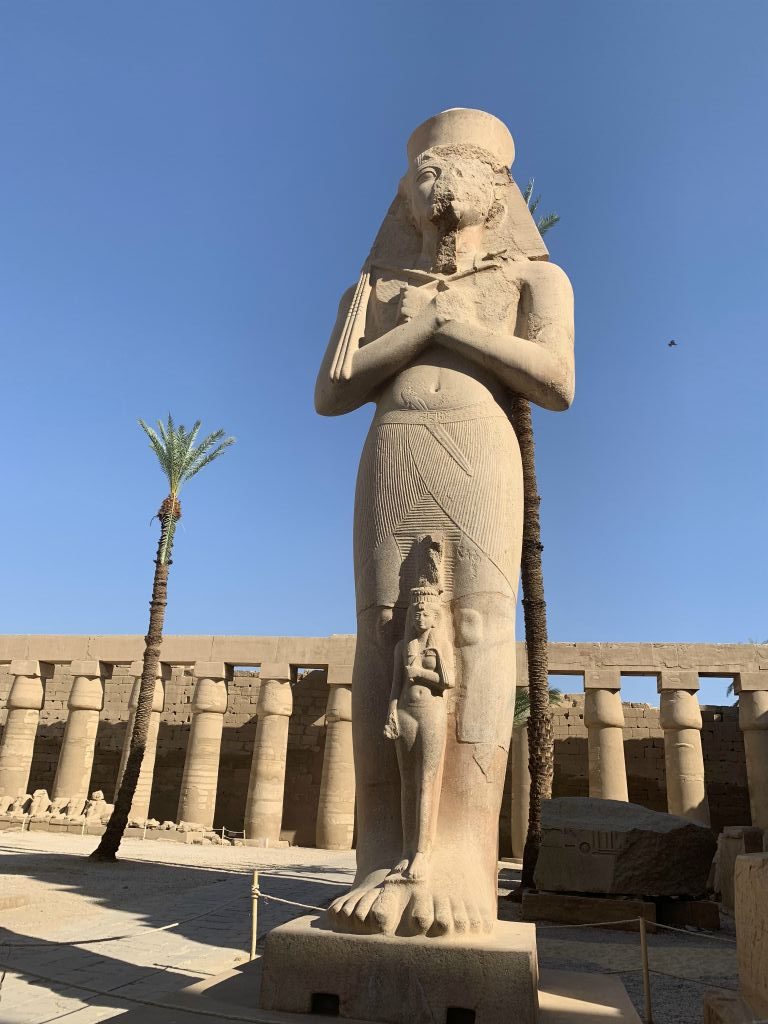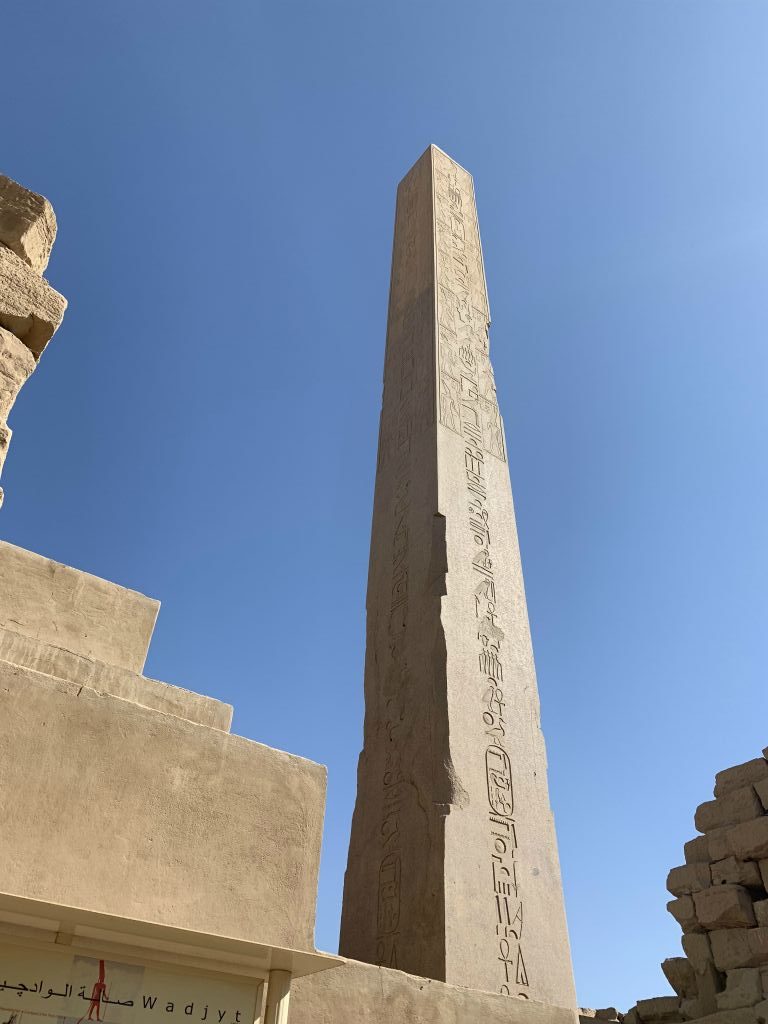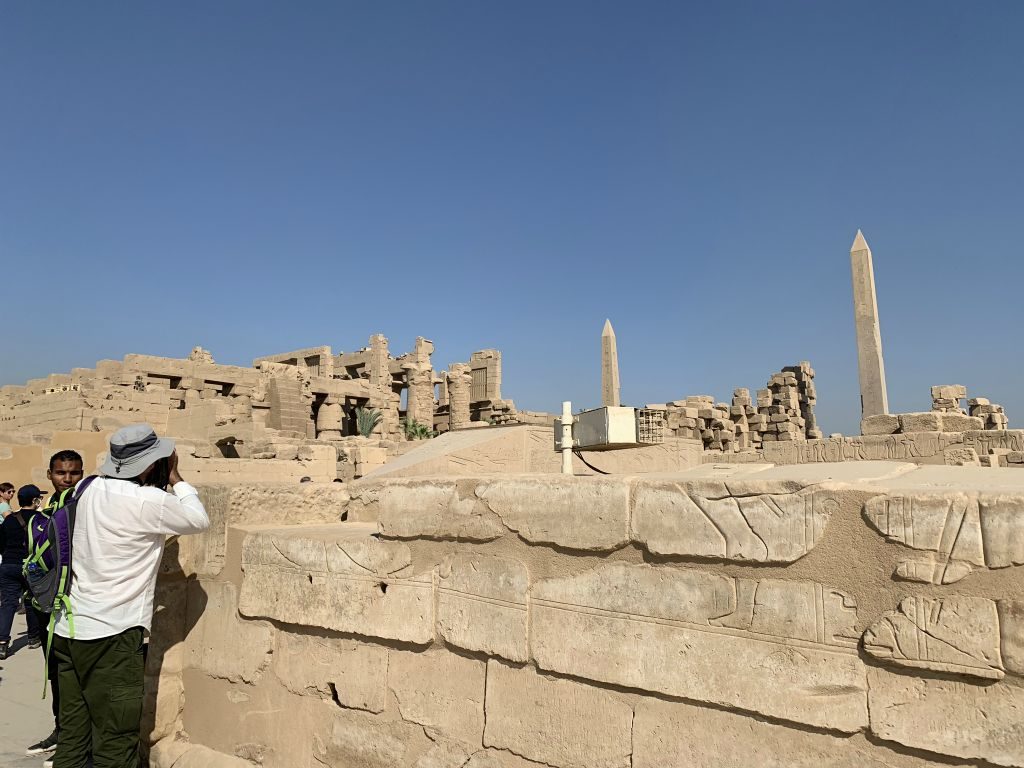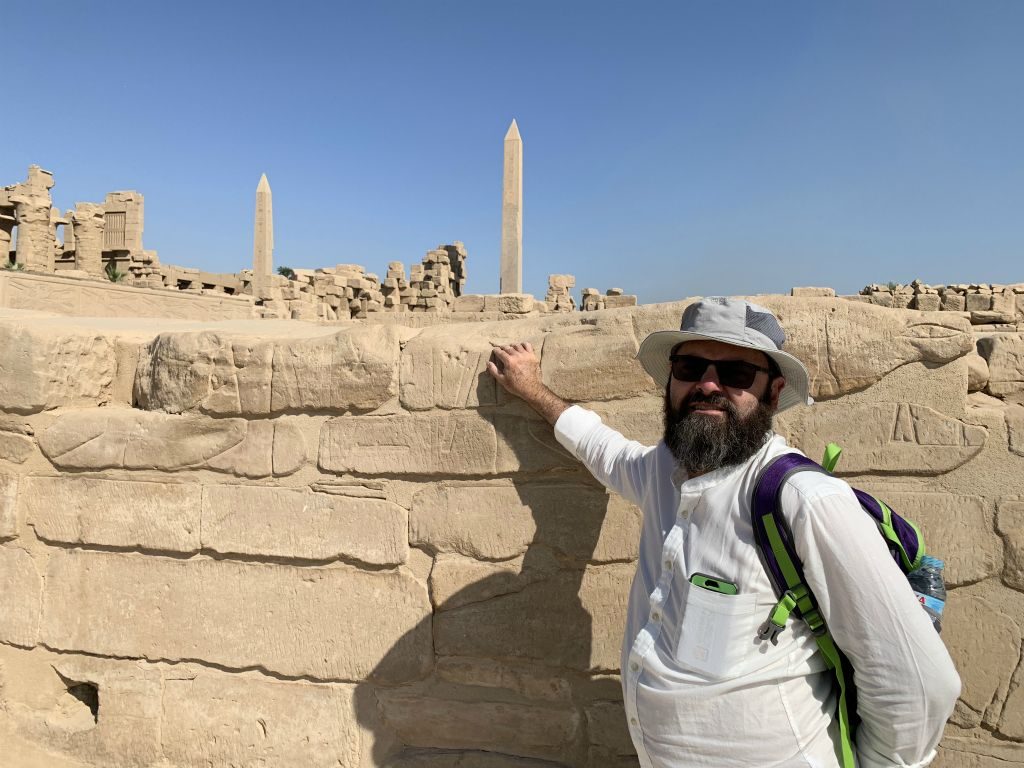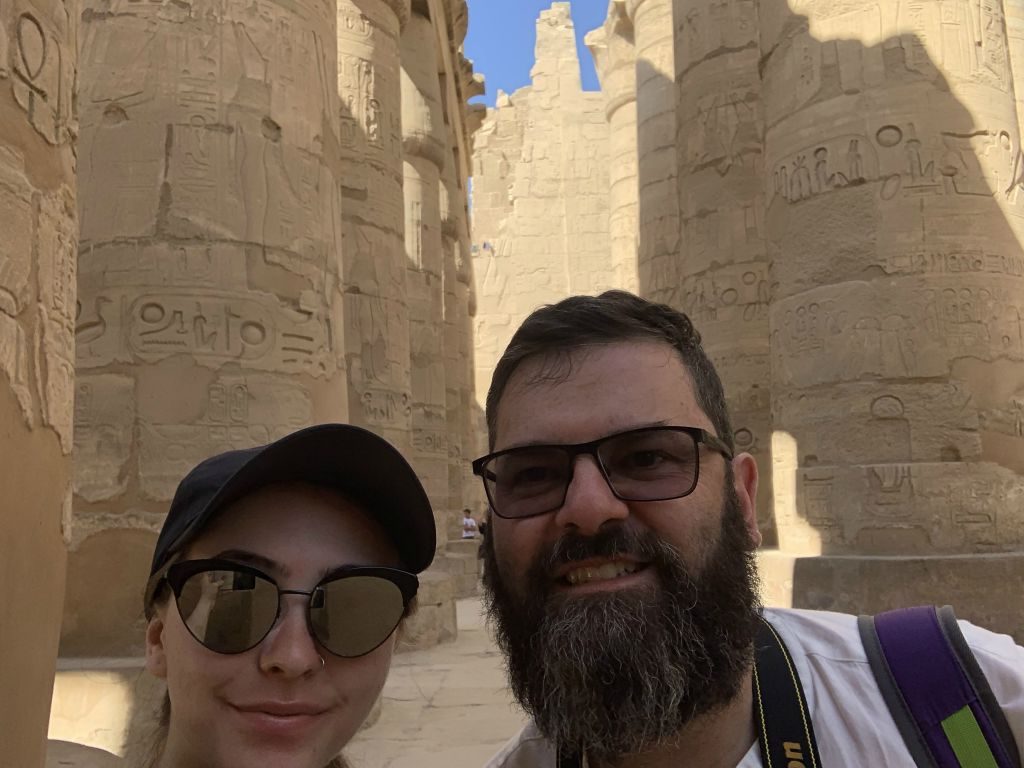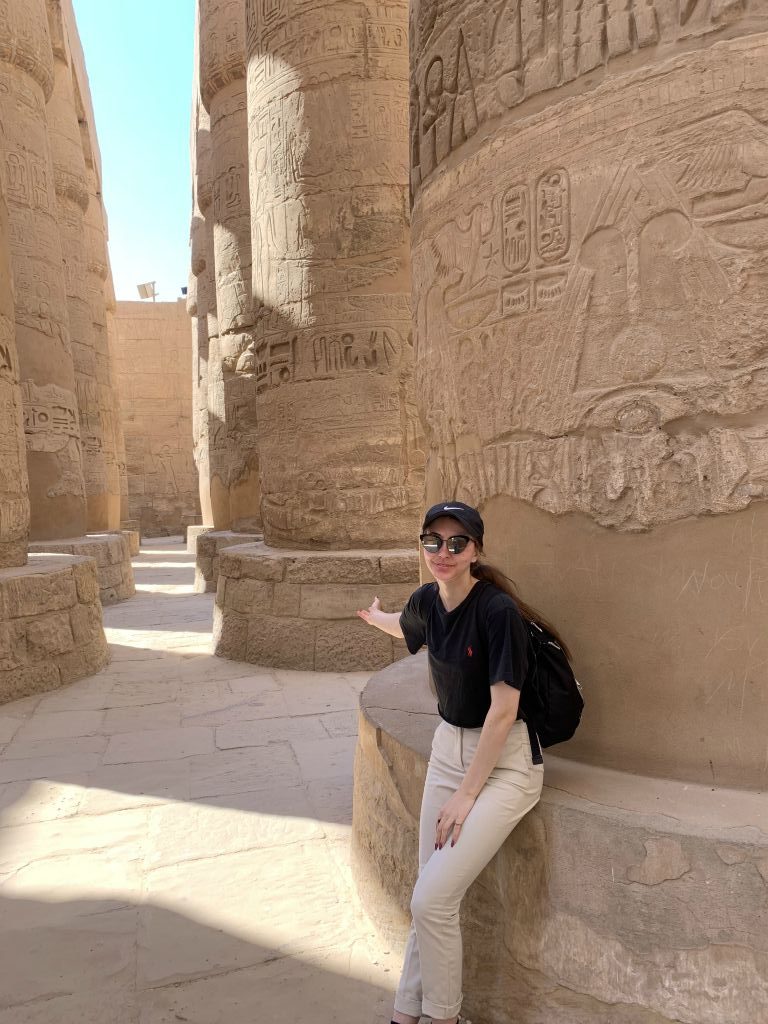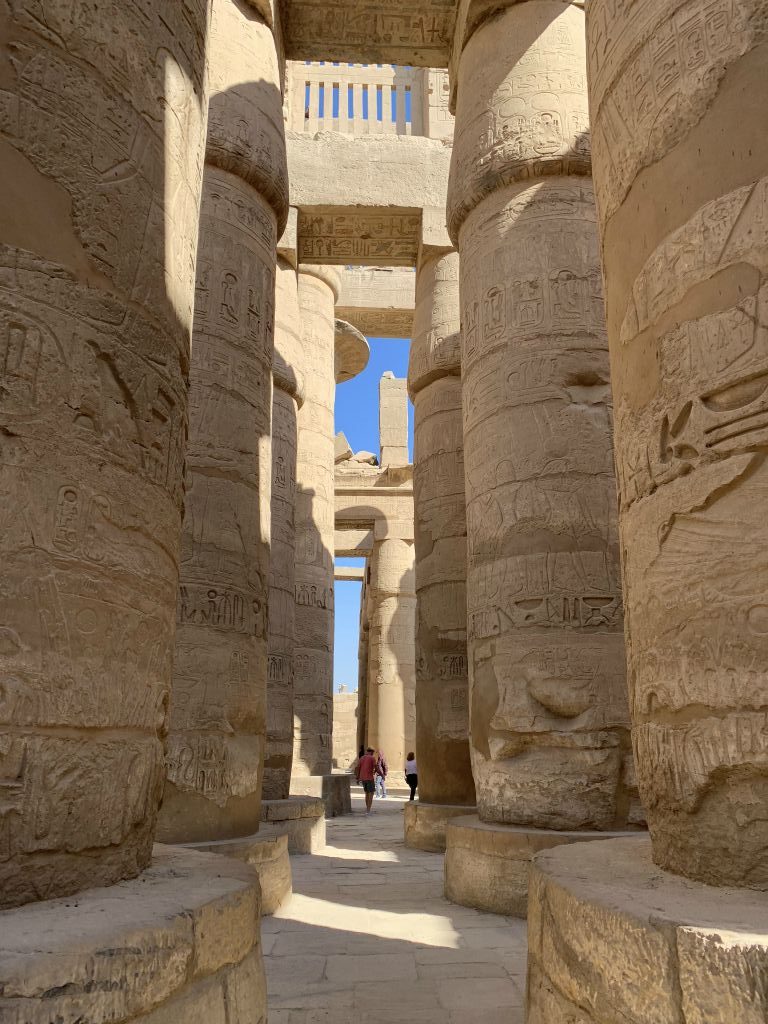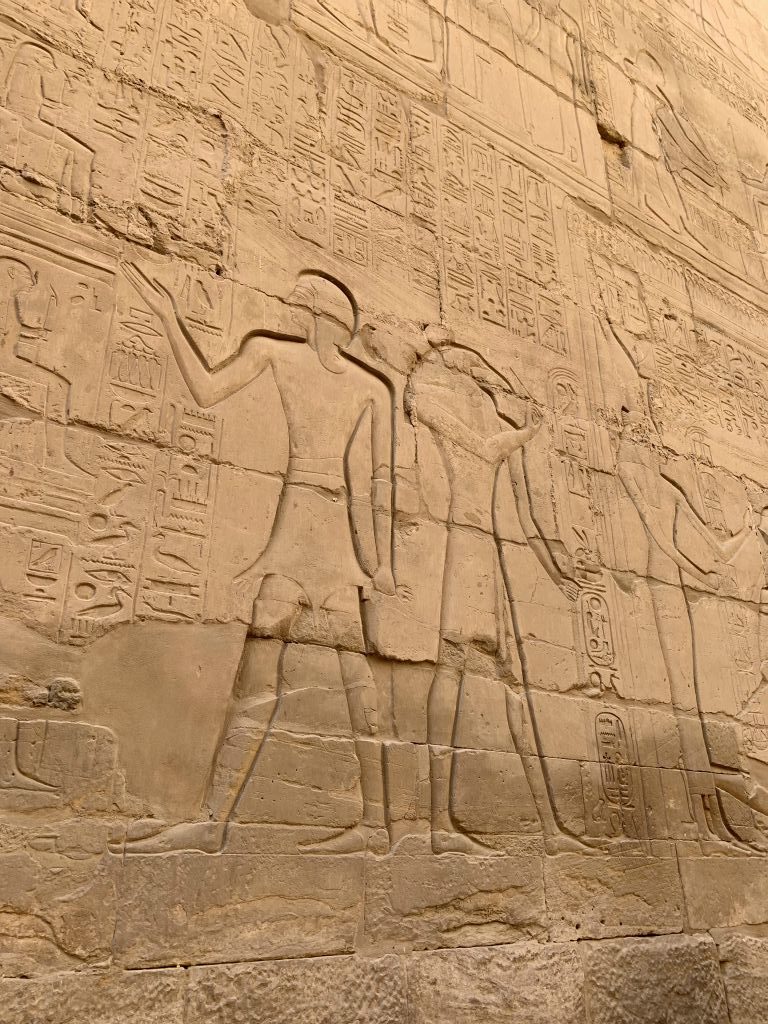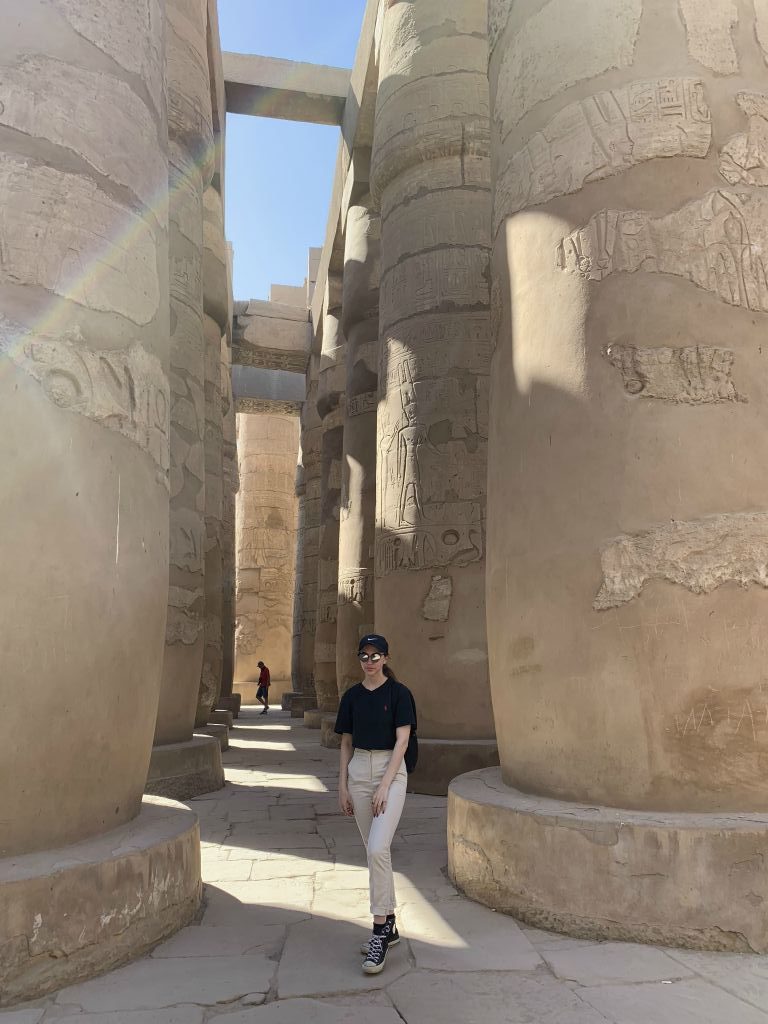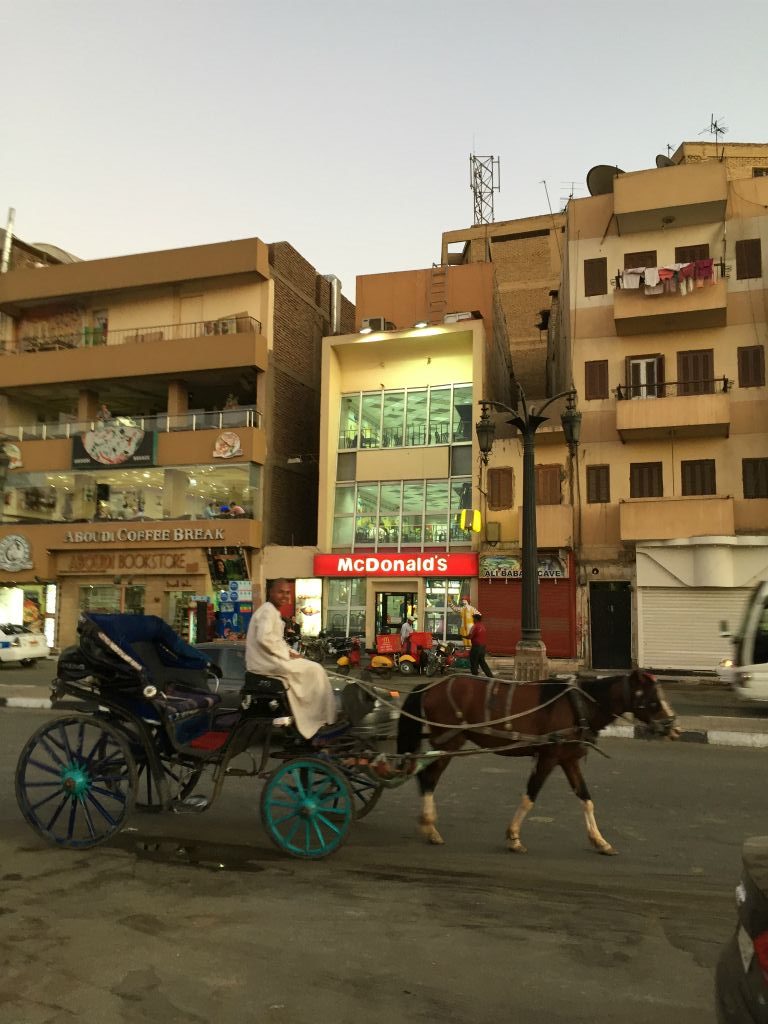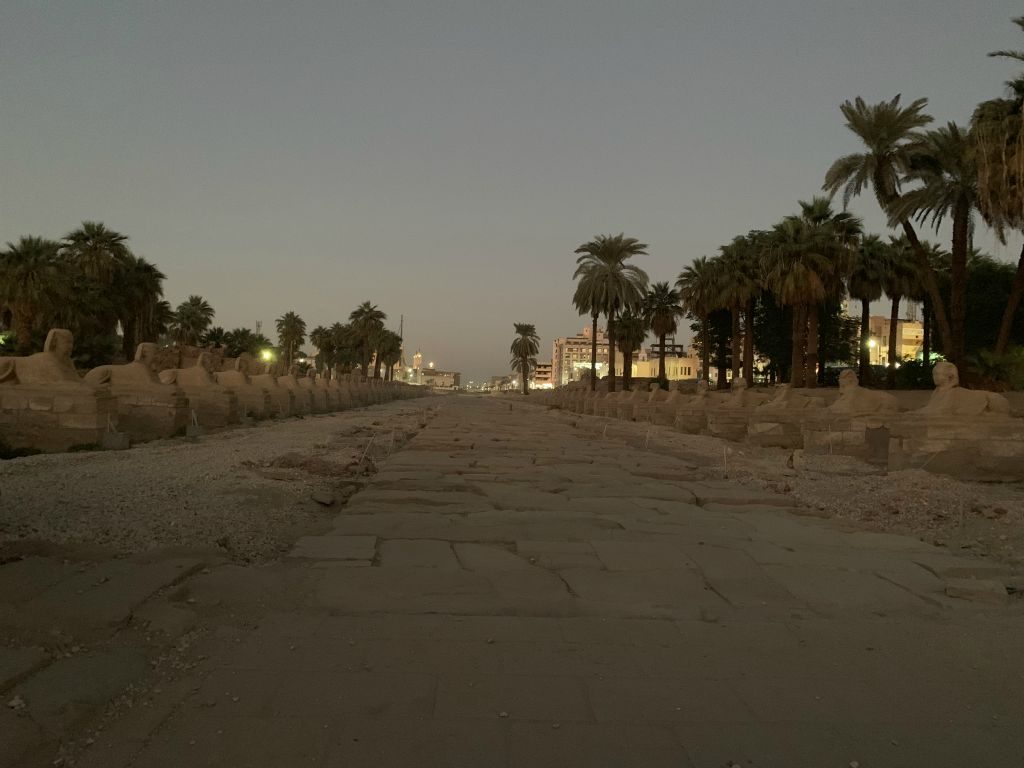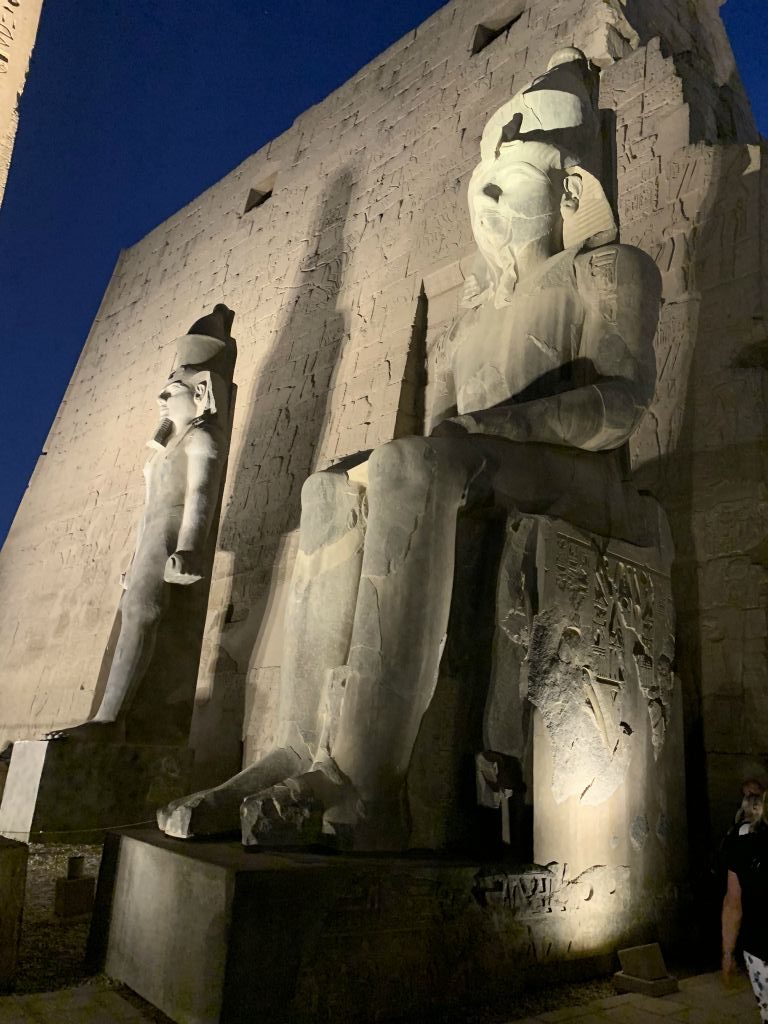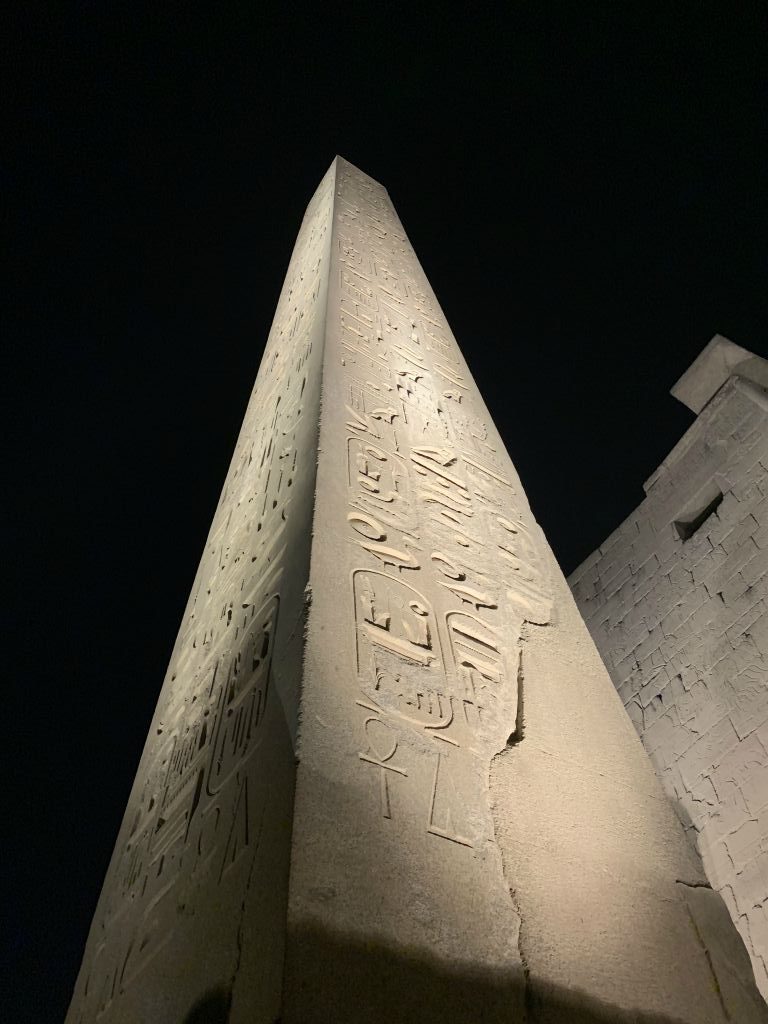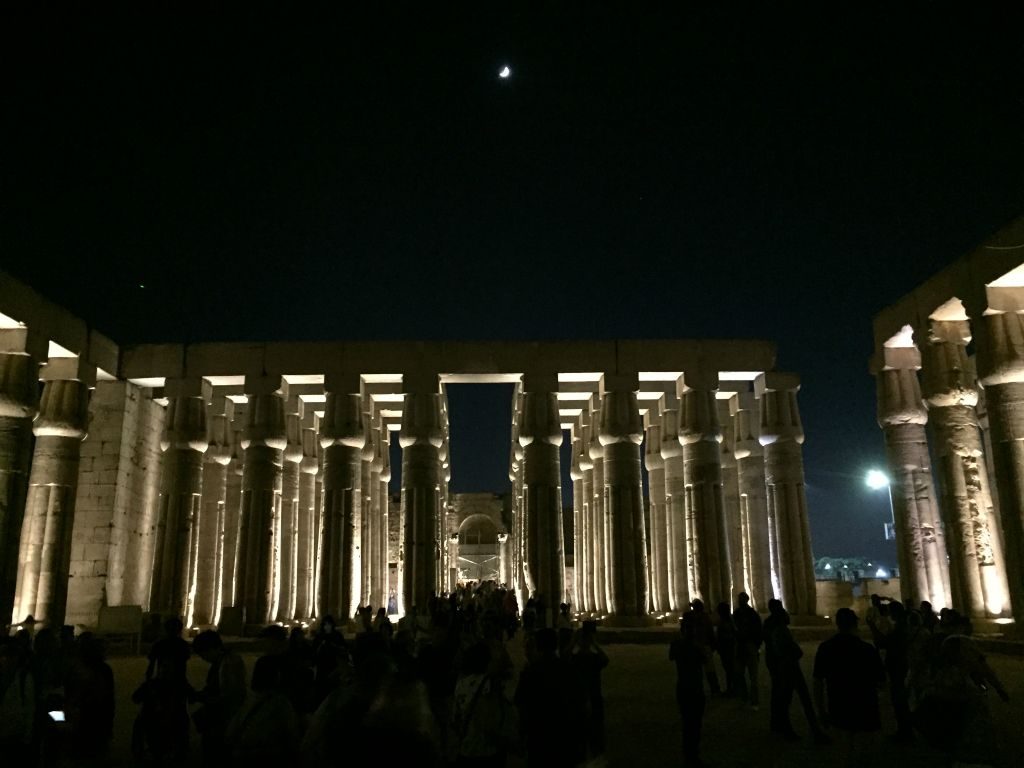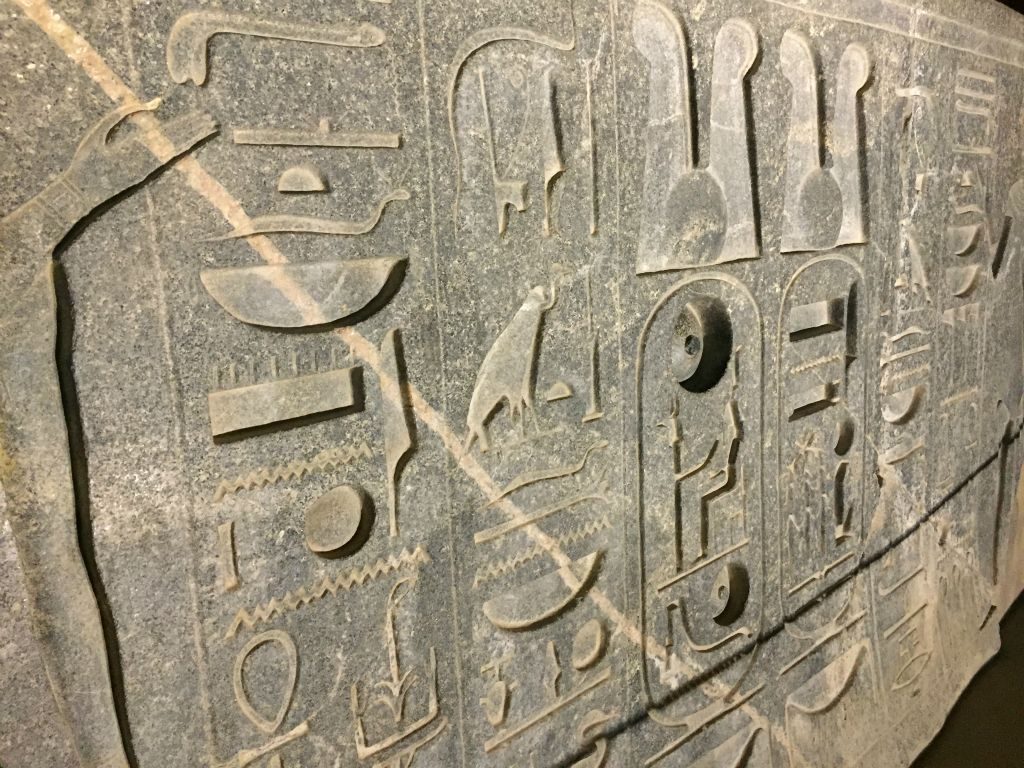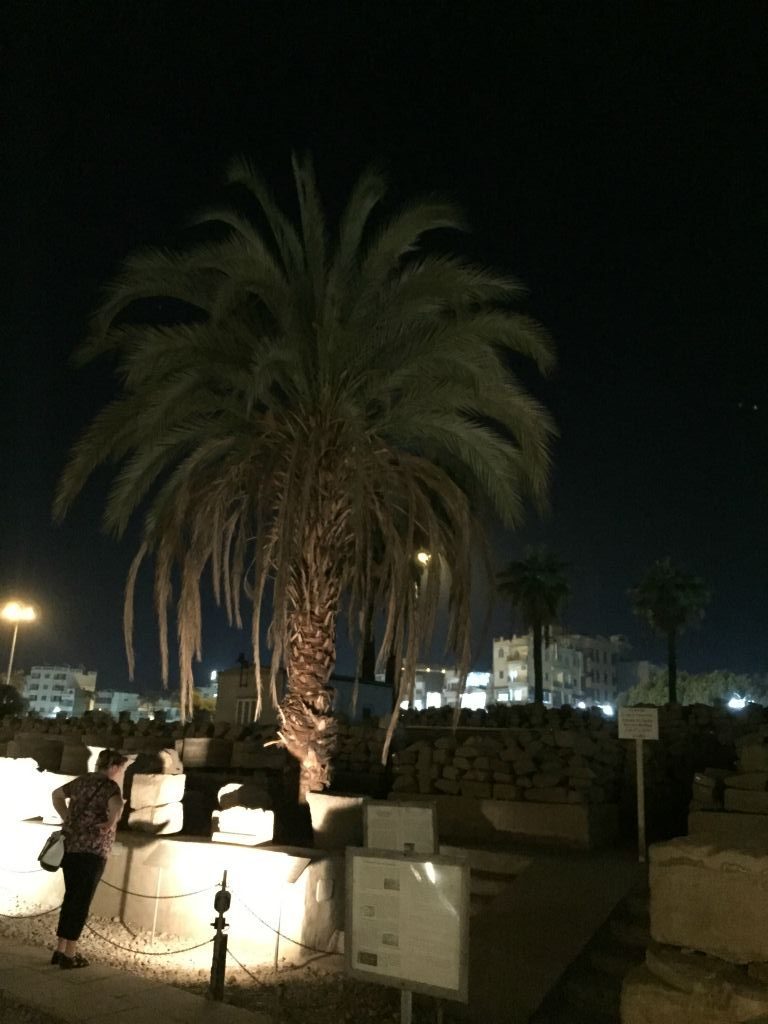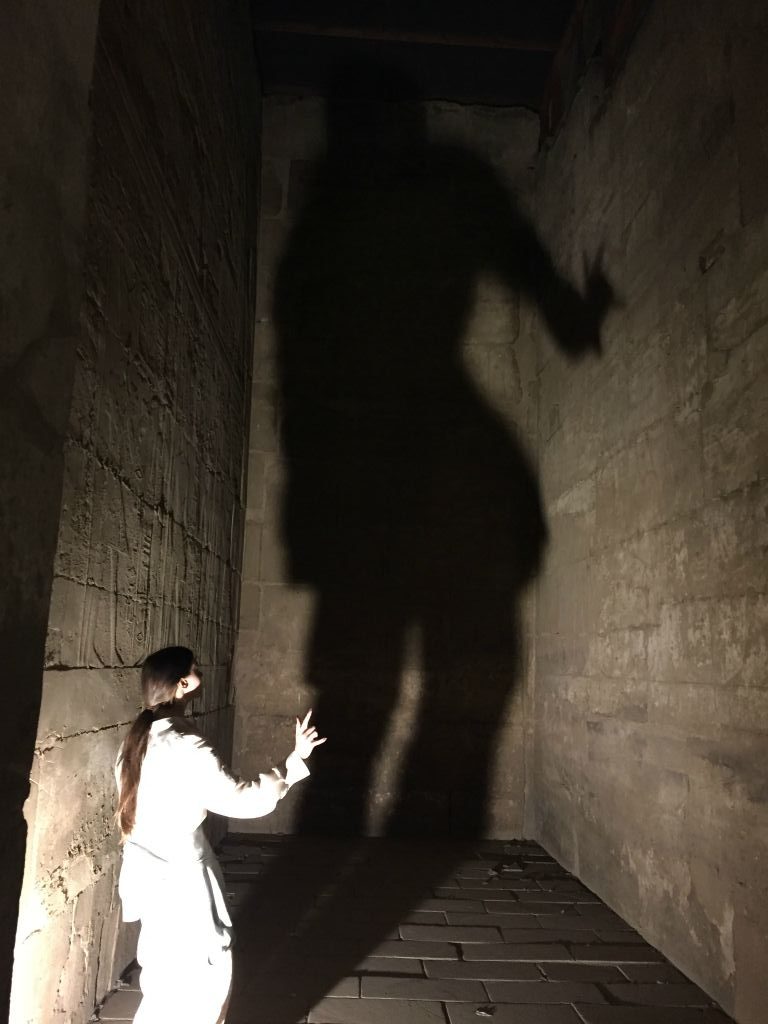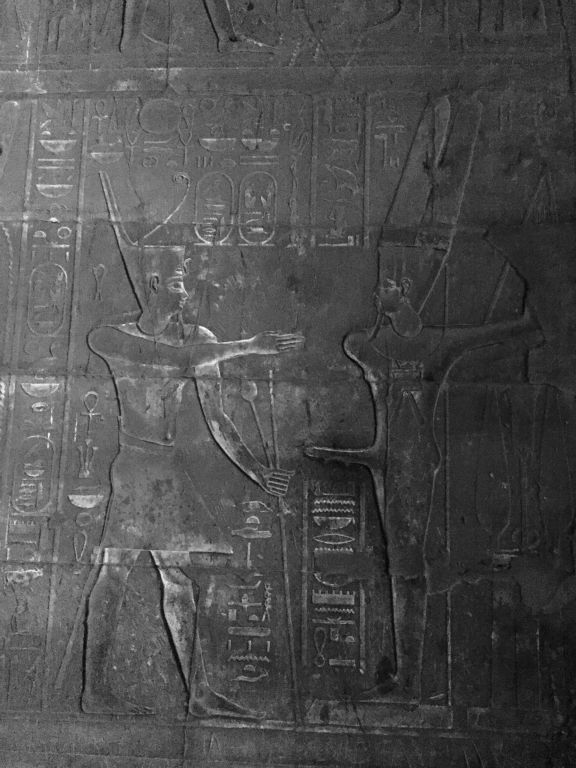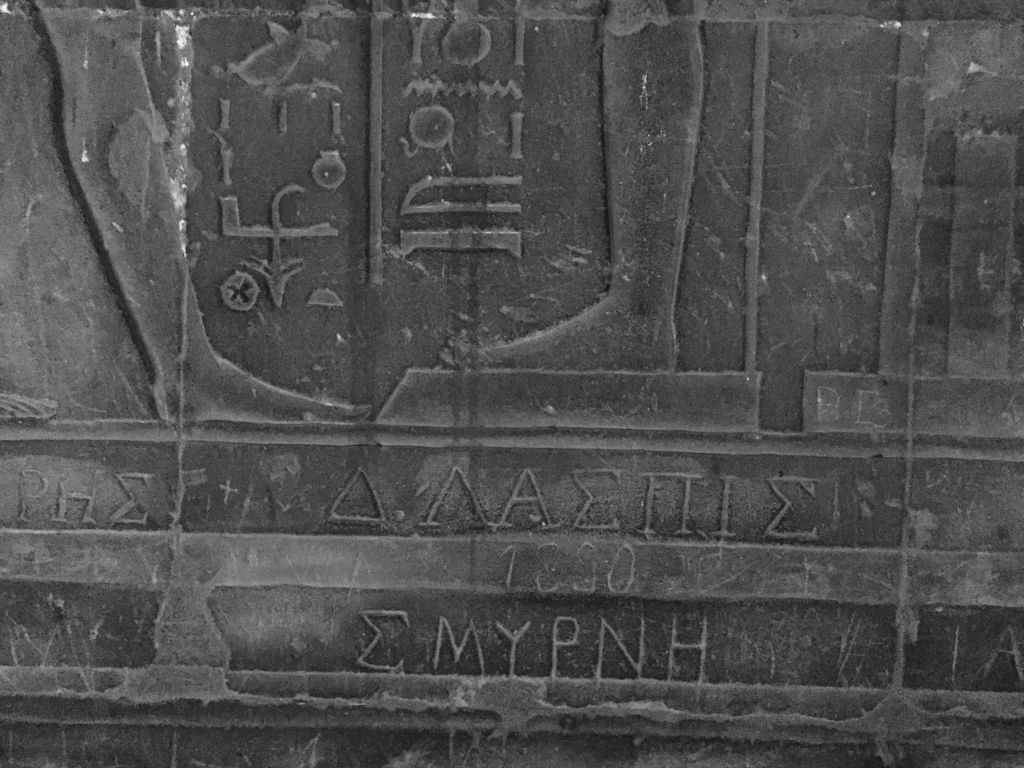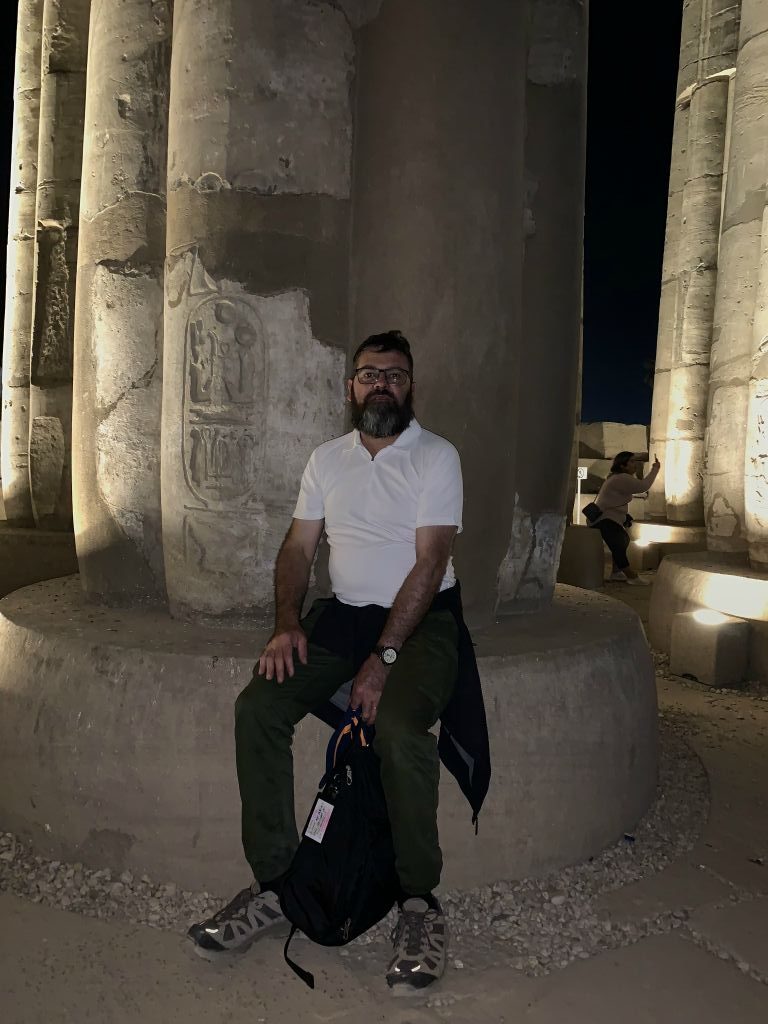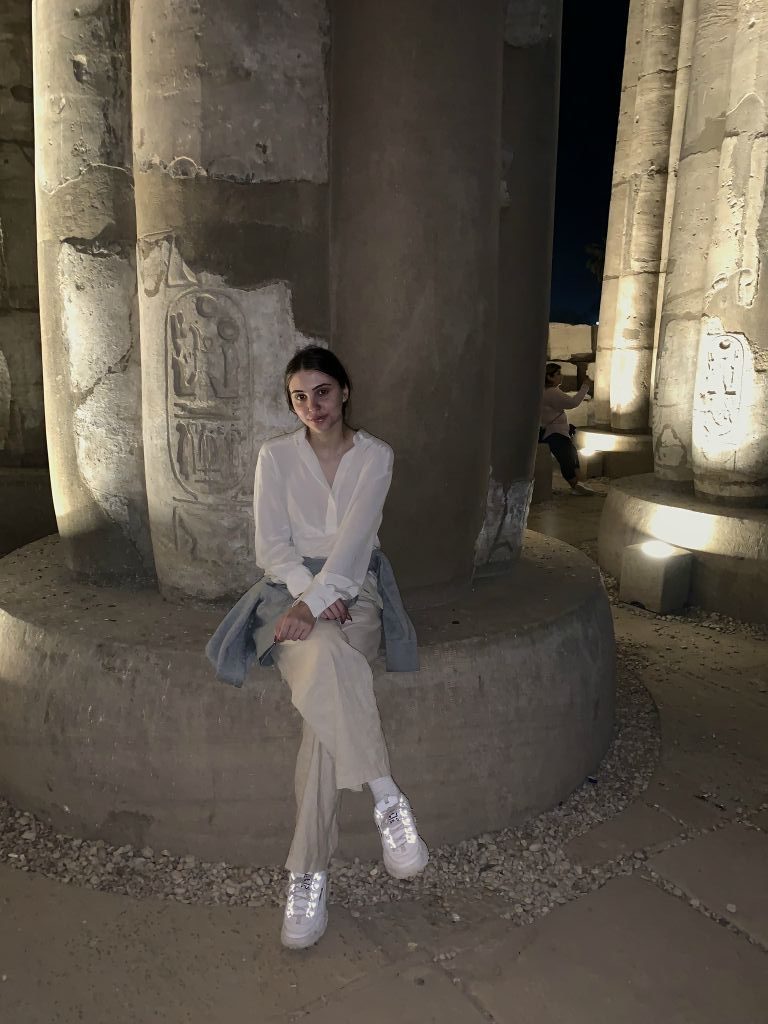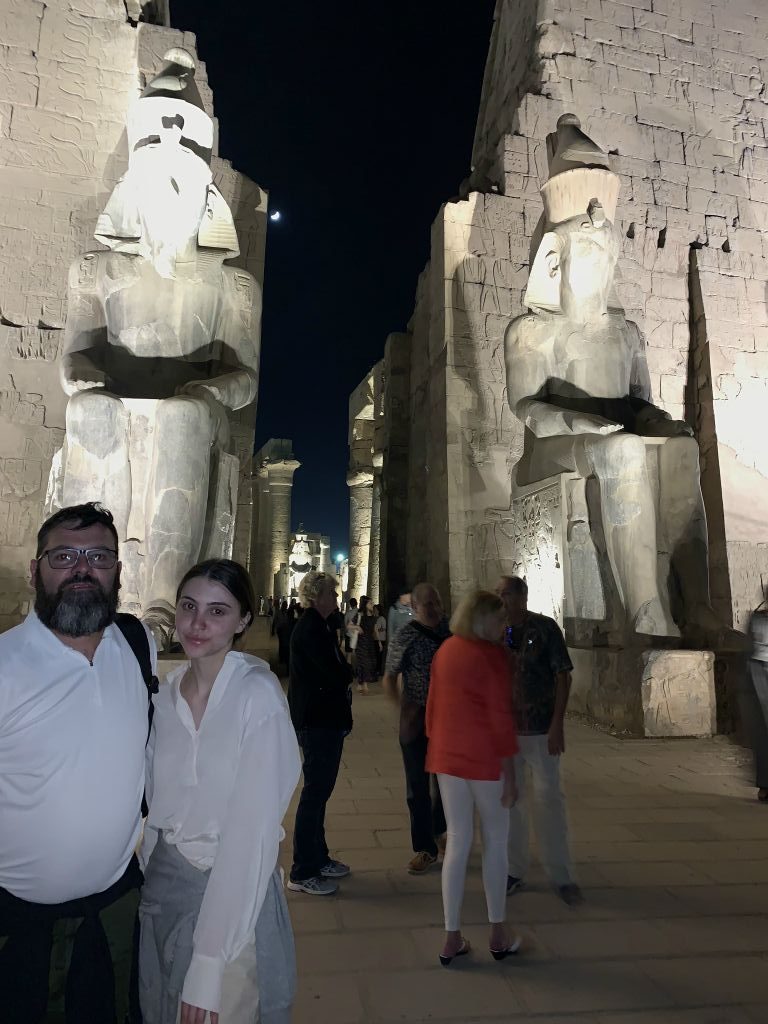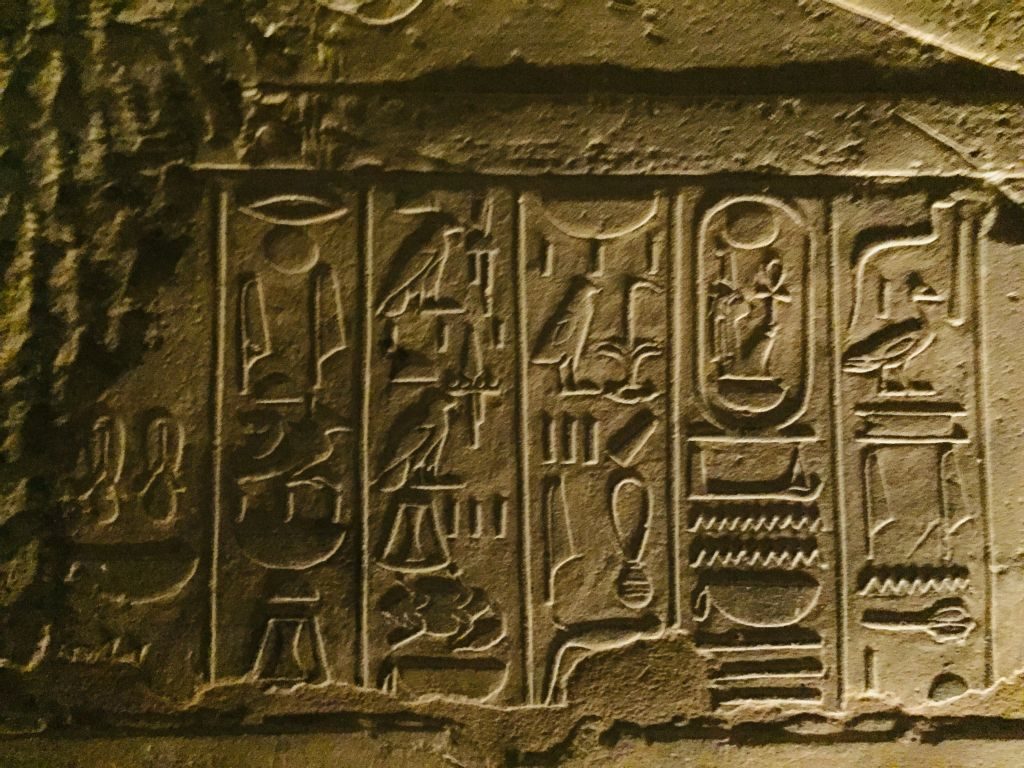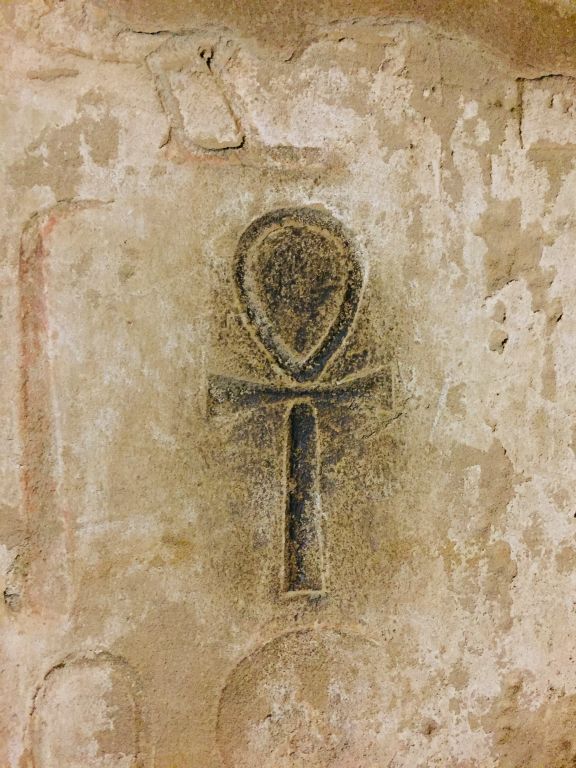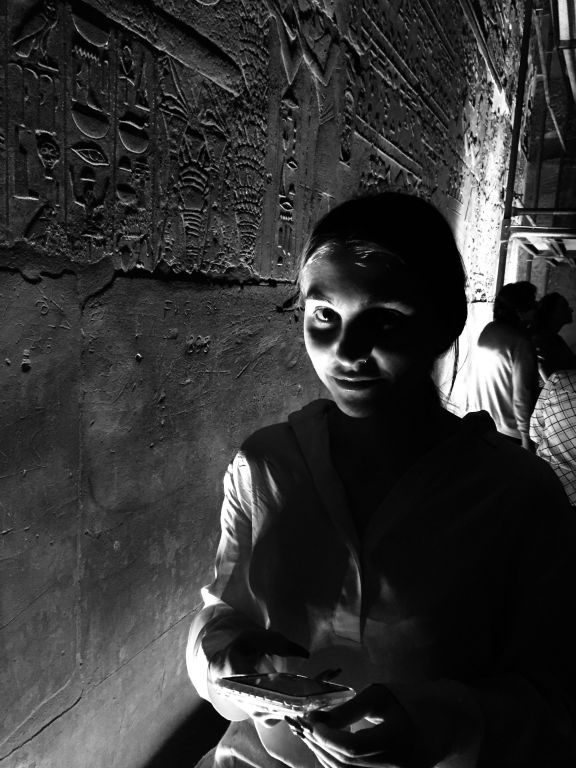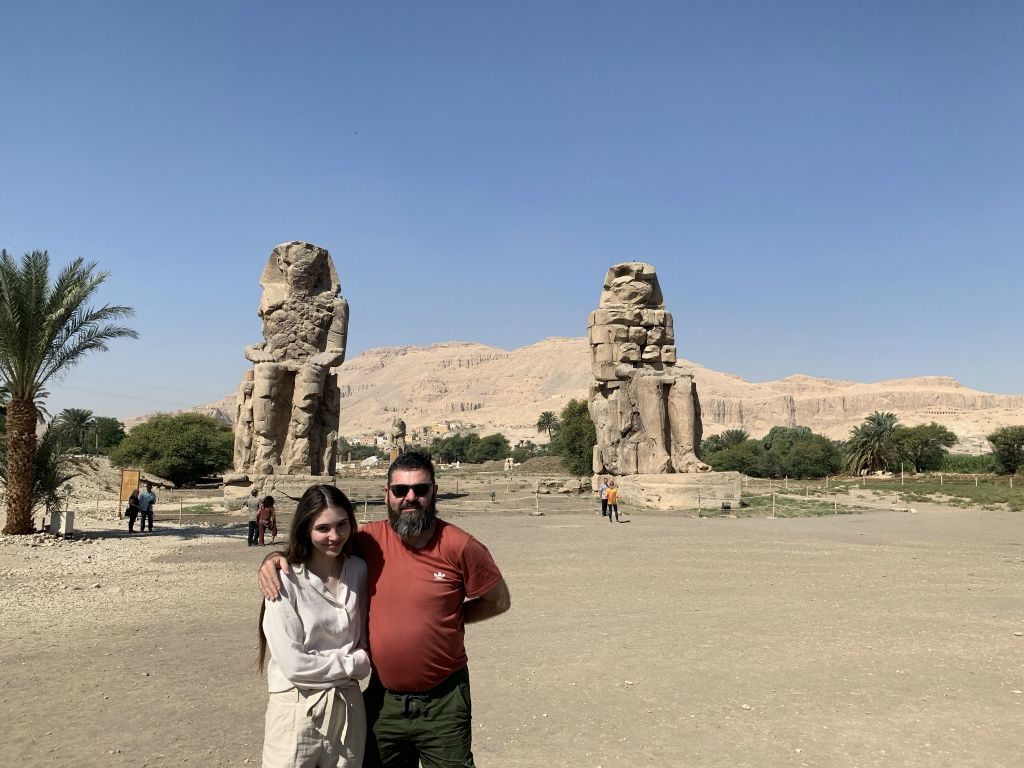April 2024 S M T W T F S 1 2 3 4 5 6 7 8 9 10 11 12 13 14 15 16 17 18 19 20 21 22 23 24 25 26 27 28 29 30 Social Media Icons
-
Recent Posts
Recent Comments
Archives
- February 2023
- January 2023
- October 2021
- September 2021
- August 2021
- July 2021
- June 2021
- March 2021
- October 2020
- October 2019
- January 2019
- December 2018
- October 2018
- January 2017
- March 2016
- August 2015
- June 2015
- April 2014
- December 2013
- August 2013
- June 2013
- May 2013
- July 2012
- October 2011
- September 2011
- July 2011
- April 2011
- March 2011
- January 2011
- December 2010
- November 2010
Categories
Meta
Tags
- Adventure
- Anglican Archbishop
- Arduino
- Auslan
- Australian History
- Bible
- bits and pieces
- brainmapping
- Canvas
- carbon tax
- Cell division
- Christmas Message Deaf Dave
- climate change
- Computing
- Deaf men
- Dr Peter Jensen
- Egypt
- Egyptology
- Electronics.
- Gameduino
- Genealogy.
- Graphics.
- holiday
- HTML
- human brain
- Interdependence
- King Tutankhuman
- Melbourne Museum
- Mental Health
- Netduino
- neuroscience
- Parker Family Tree
- Personal
- Philosophy
- Poem. Infinity. Eternity. Humans.
- politics
- quote
- quotes
- science
- Space Shuttle
- technology
- Travel
- Web development
- Work
Day 8 of Egypt Trip: Philae Temple of Goddess Isis
We caught a ferry for the first time to go and visit Philae Temple of Goddess Isis. It was an amazing trip. I touched the waters of the Nile River for the first time. All the books and movies I have watched about the Nile River. At last. I was able to feel and ponder about the waters of this almighty river.
Posted in Egyptology
Leave a comment
Day 7 of Egypt Trip: Abu Simbel
We got up at 3.30am. An early start! We embarked Awsan wharf from our Nile Dolphin cruise boat and went in a small people mover bus to go to Abu Simbel. A 3 long hour drive. We didnt mind the long drive as we were able to doze off every now and then. The endless plains of sand. Sand. Sand!
Abu Simbel is an ancient temple complex, originally cut into a solid rock cliff, in southern Egypt and located at the second cataract of the Nile River. The two temples which comprise the site were created during the reign of Ramesses II (c. 1279 – c. 1213 BCE) either between 1264 – 1244 BCE or 1244-1224 BCE.
Reference
https://www.ancient.eu/Abu_Simbel/
Posted in Egyptology
Leave a comment
Day 6 of Egypt Trip: Kom Ombo Temple
The Graeco Roman Temple at Kom Ombo
Our boat, the Dolphin Nile moored at Aswan in the evening, and we got off after a briefing. We walked with our Australian group and our tour leader, Ahmed to the unusual temple, Kom Ombo.
The temple at Kom Ombo is about 48 km north of Aswan and was built during the Graeco-Roman period (332 BC AD 395). There was an earlier structure from the 18th dynasty but little remains. The temple is unique because it is in fact a double temple, dedicated to Sobek the crocodile god, and Horus the falcon-headed god. The layout combines two temples in one with each side having its own gateways and chapels. Sobek is associated with the wicked god Seth, the enemy of Horus. In the Horus myth, the allies of Seth made their escape by changing themselves into crocodiles.
The Kom Ombo temple is an unusual double temple in the town of Kom Ombo between Aswan and Luxor. It was constructed during the Ptolemaic dynasty, 180–47 BC.
The building is unique because its ‘double’ design meant that there were courts, halls, sanctuaries and rooms duplicated for two sets of gods, the crocodile God Sobek and God Haroeris.
The existing temple was begun by Ptolemy VI Philometor (180–145 BC) at the beginning of his reign and added to by other Ptolemies, most notably Ptolemy XIII Theos Philopator (51–47 BC), who built the inner and outer hypostyles.
Much of the temple has been destroyed by the Nile, earthquakes, and later builders who used its stones for other projects. Some of the reliefs inside were defaced by Copts who once used the temple as a church. All the temples buildings in the southern part of the plateau were cleared of debris and restored by Jacques de Morgan in 1893.
A few of the three hundred crocodile mummies discovered in the vicinity are displayed in The Crocodile Museum.
Reference
https://discoveringegypt.com/pyramids-temples-of-egypt/kom-ombo-temple/
Posted in Egyptology
Leave a comment
Day 5 of Egypt Trip: Karnak Temple
We woke up from a great refreshing sleep on the Nile Dolphin boat. In the morning, we embarked the Luxor wharf and we walked to the enormous Karnak complex. The Karnak complex is made up of four distinct sections, of which only the Amun-Re precinct is open to the public. The Amun-Re part of the complex consists of numerous, intricate temples, columns and an obelisk.
Posted in Egyptology
Leave a comment
Day Four of Egypt Trip – Luxor
The temples of Karnak and Luxor are some of the most striking relics of ancient history in the world. The Karnak complex is made up of four distinct sections, of which only the Amun-Re precinct is open to the public. The Amun-Re part of the complex consists of numerous, intricate temples, columns and an obelisk.
The Luxor temples, which were built around 1,400 BC are equally, if not more, magnificent and overall form an exceptionally significant part of Egypt’s history as they were the site where many of the country’s kings were crowned. The site contains a plethora of sandstone structures, ranging from statues of gods and pharaohs to impressive murals and friezes.
Posted in Egyptology
Leave a comment
Day Four of Egypt Trip – Colossi of Memnon
The Colossi of Memnon are two massive stone statues of the PharaohAmenhotep III, who reigned in Egypt during the Dynasty XVIII. For the past 3,400 years (since 1350 BC), they have stood in the Theban Necropolis, located west of the River Nile from the modern city of Luxor.
Posted in Egyptology
Leave a comment




